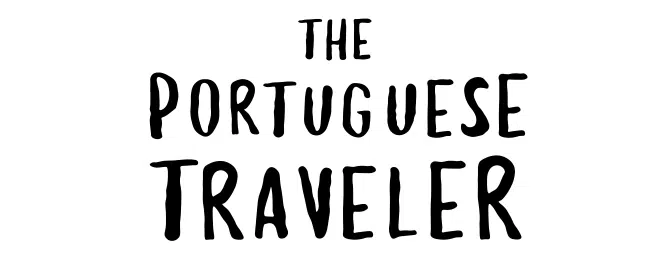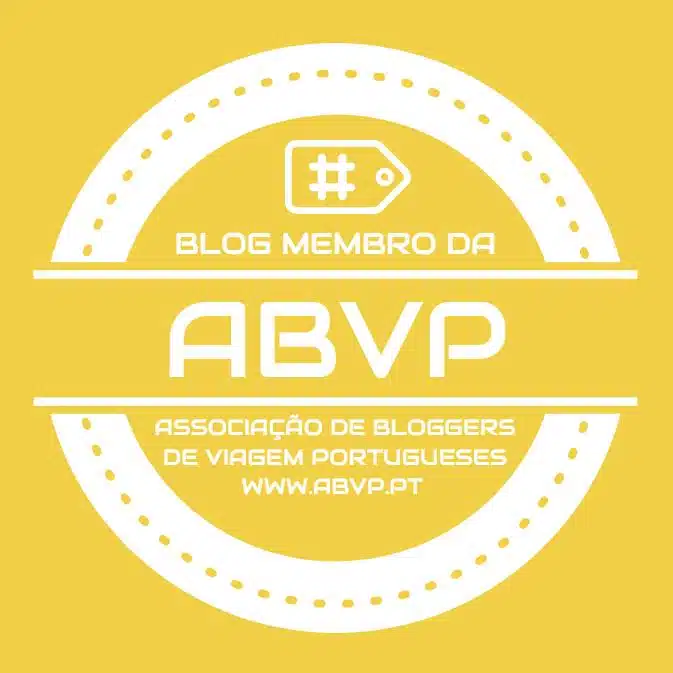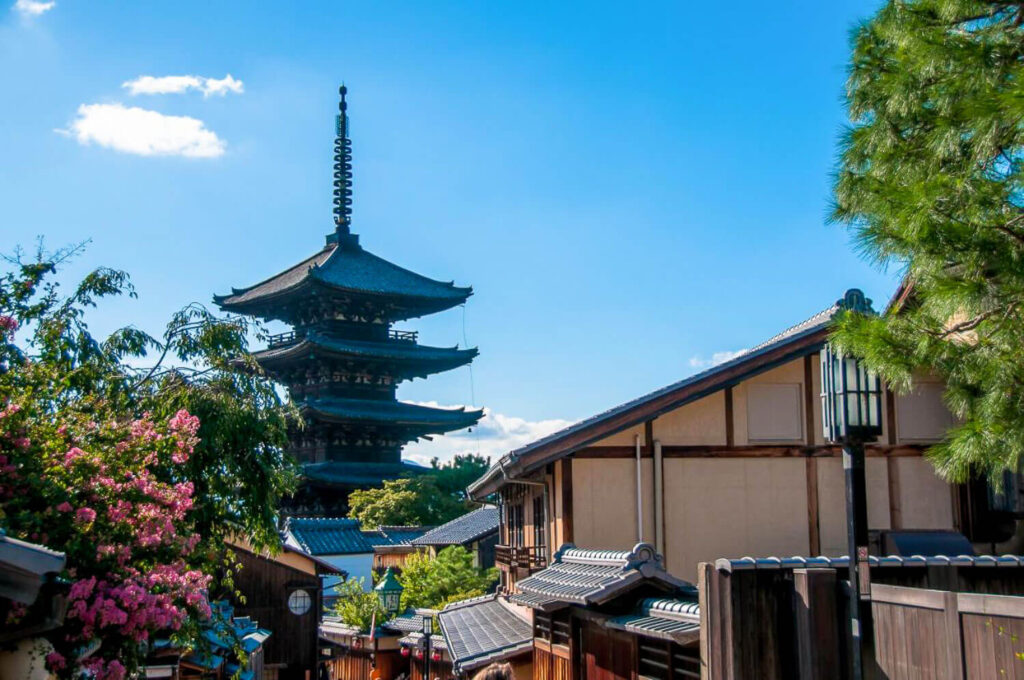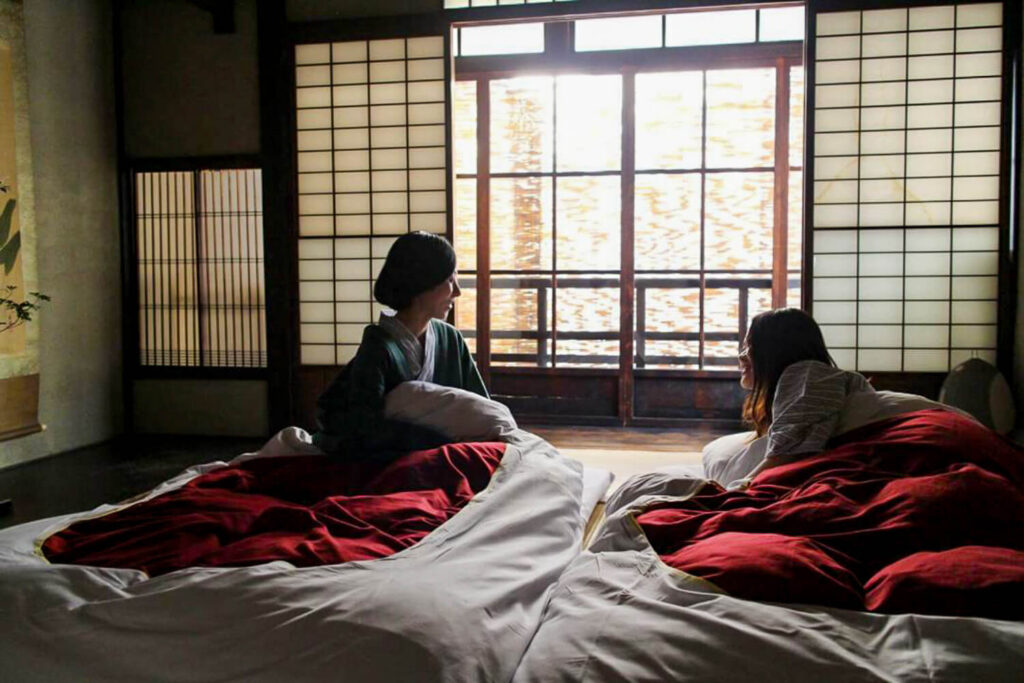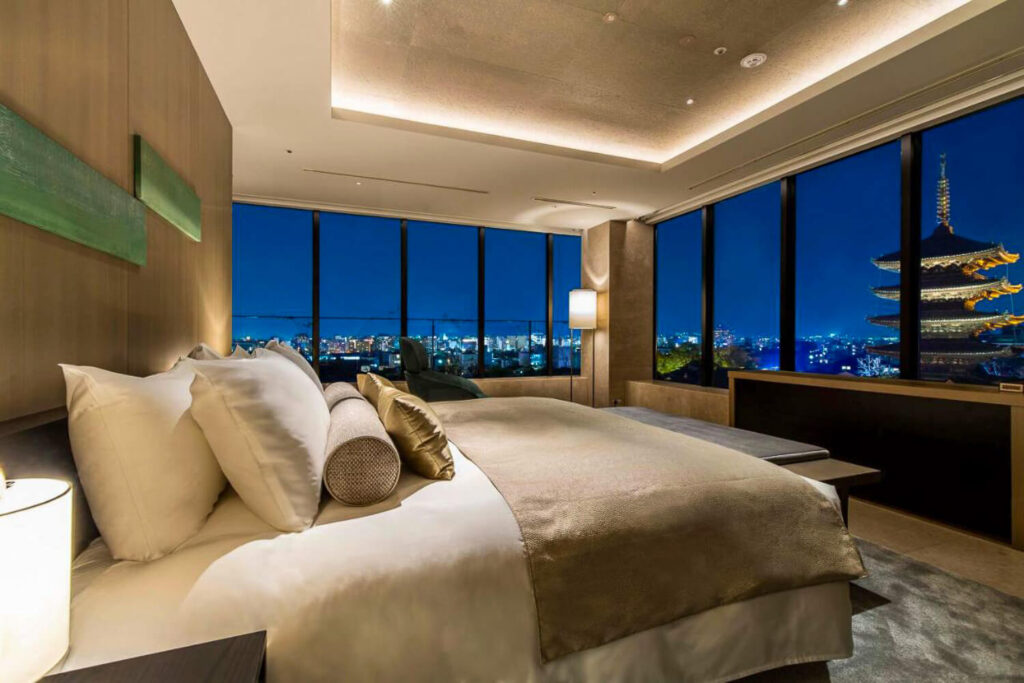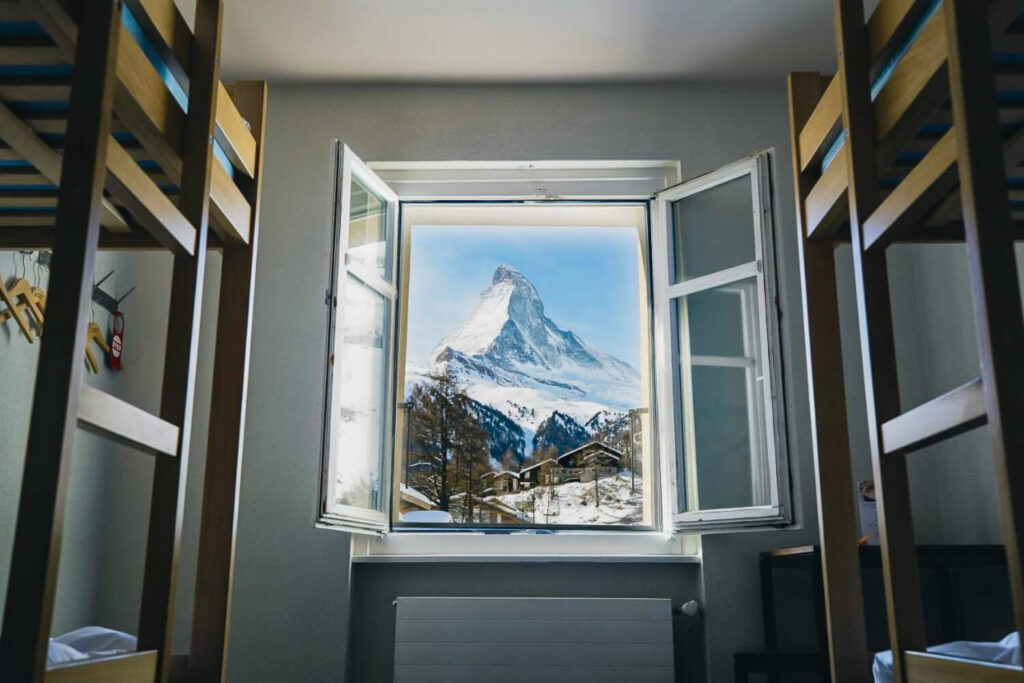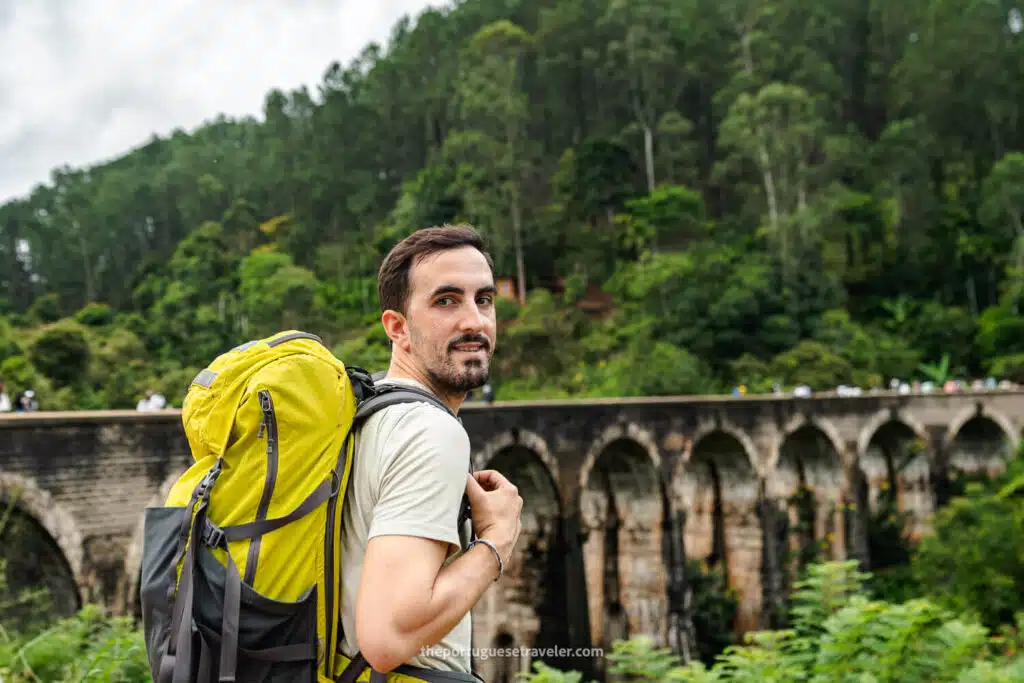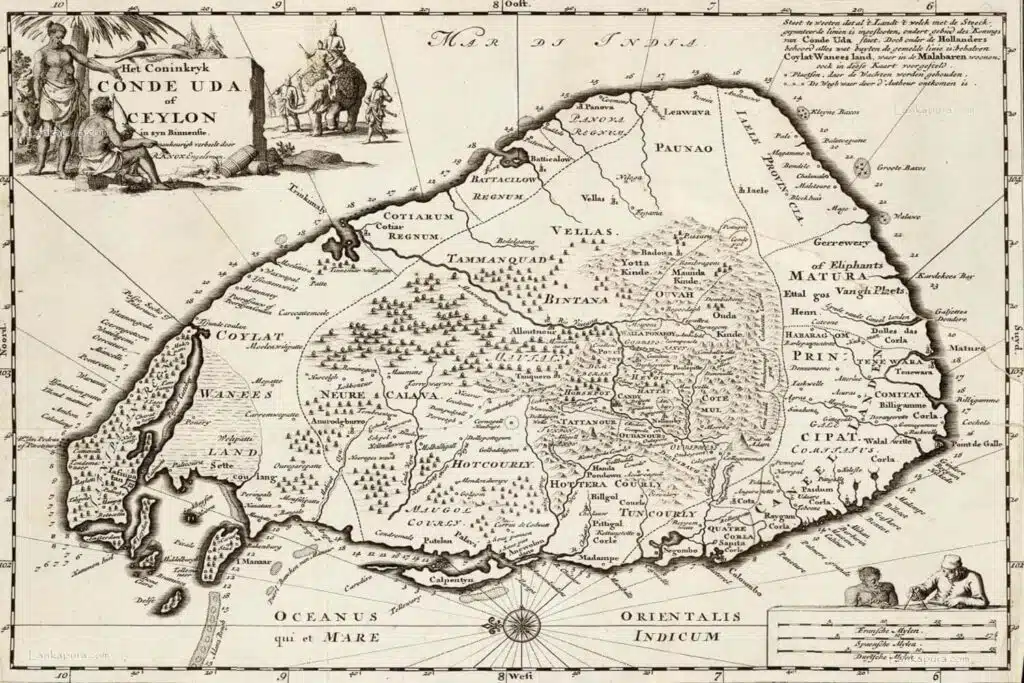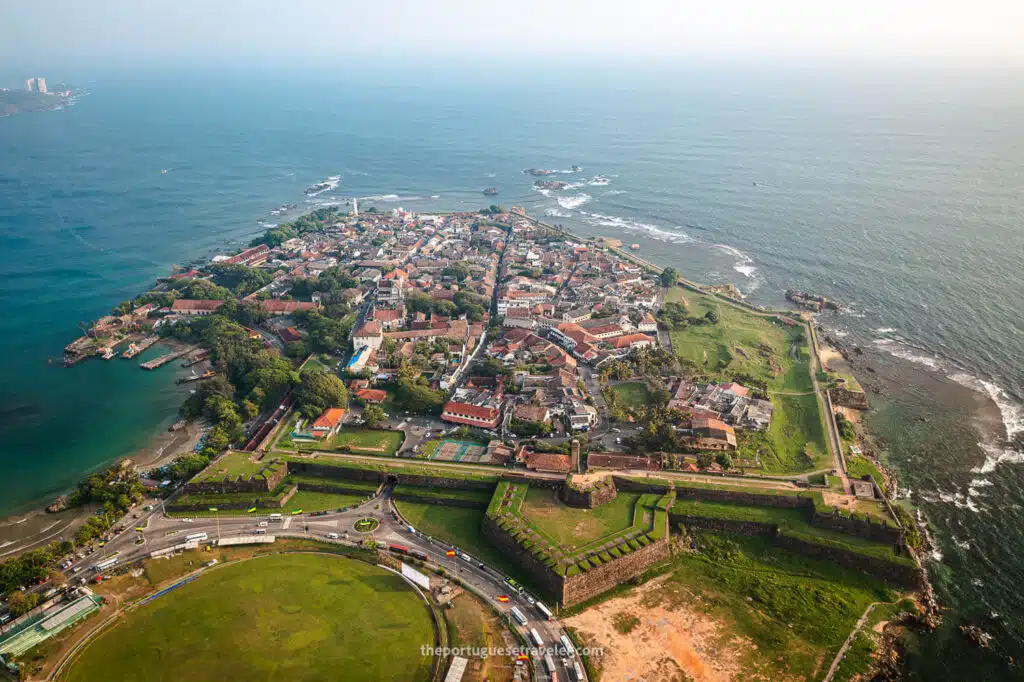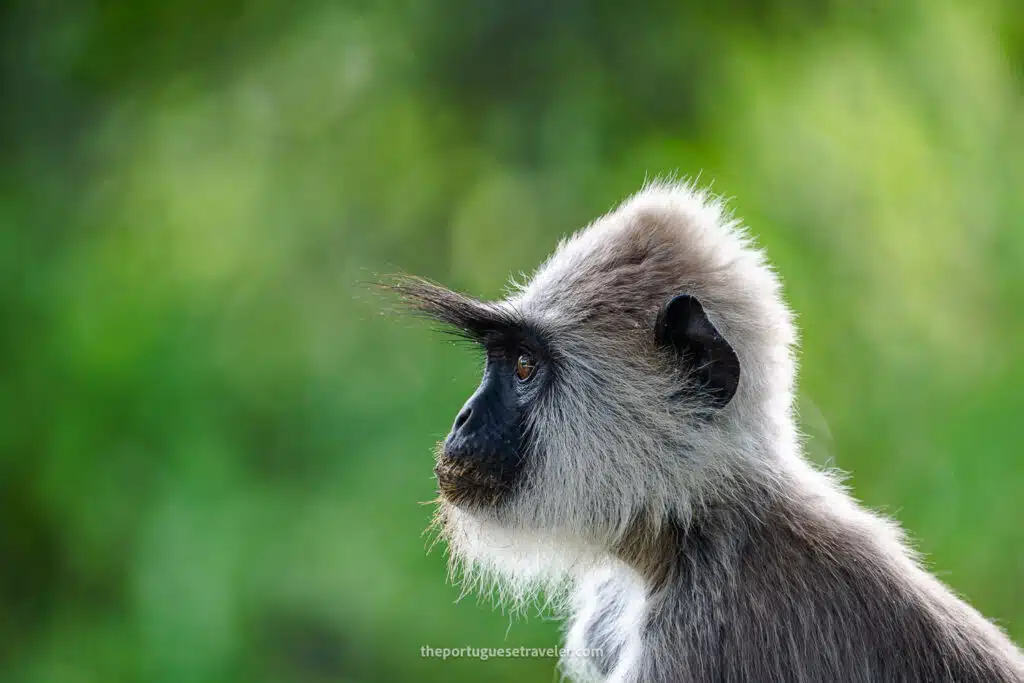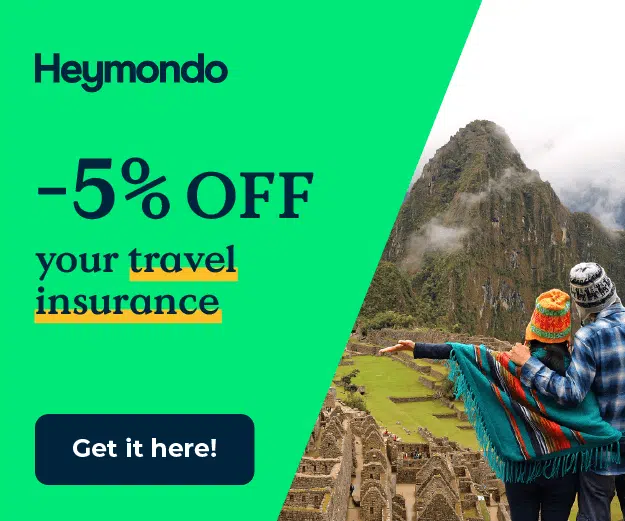Colombo, Sri Lanka - City Guide (2025)
All You Need to Know – From Stays to Attractions
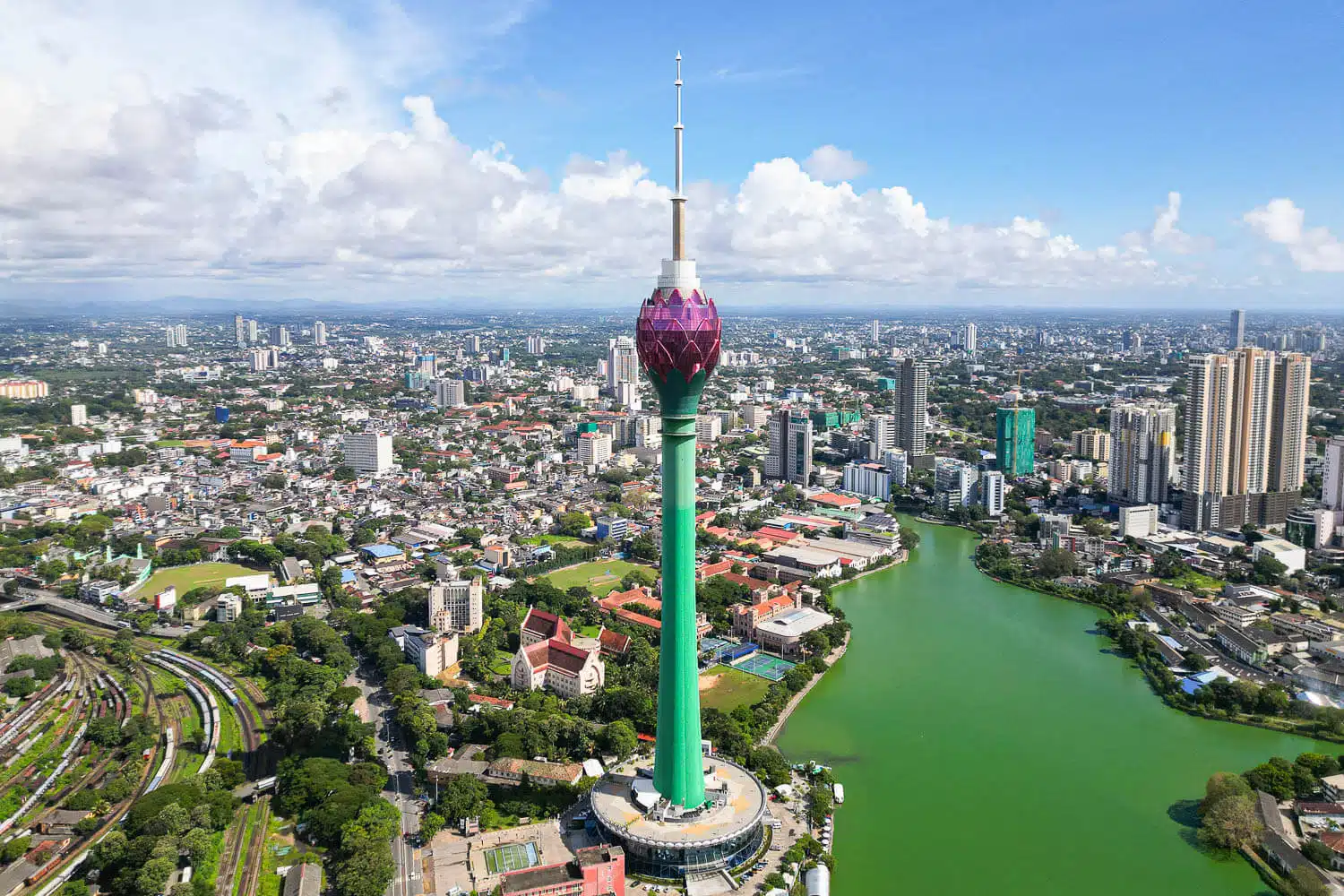
Colombo, the bustling capital of Sri Lanka, offers an intriguing mix of historical landmarks, vibrant street markets, and modern attractions. Whether you’re here for a short stop or a more extended stay, this guide has everything you need to know. From the best places to eat, stay, and shop, to recommendations on how to get around and the must-see sights, we’ll help you navigate the city and make the most of your time in Colombo. Explore its lively neighborhoods, stunning beaches, and fascinating history, and find insider tips to enjoy this captivating city at its best.
Whether it’s your first or last stop, every Sri Lanka itinerary should carve out time for Colombo. It’s the pulse of the country – full of contrast, energy, and stories waiting to unfold.
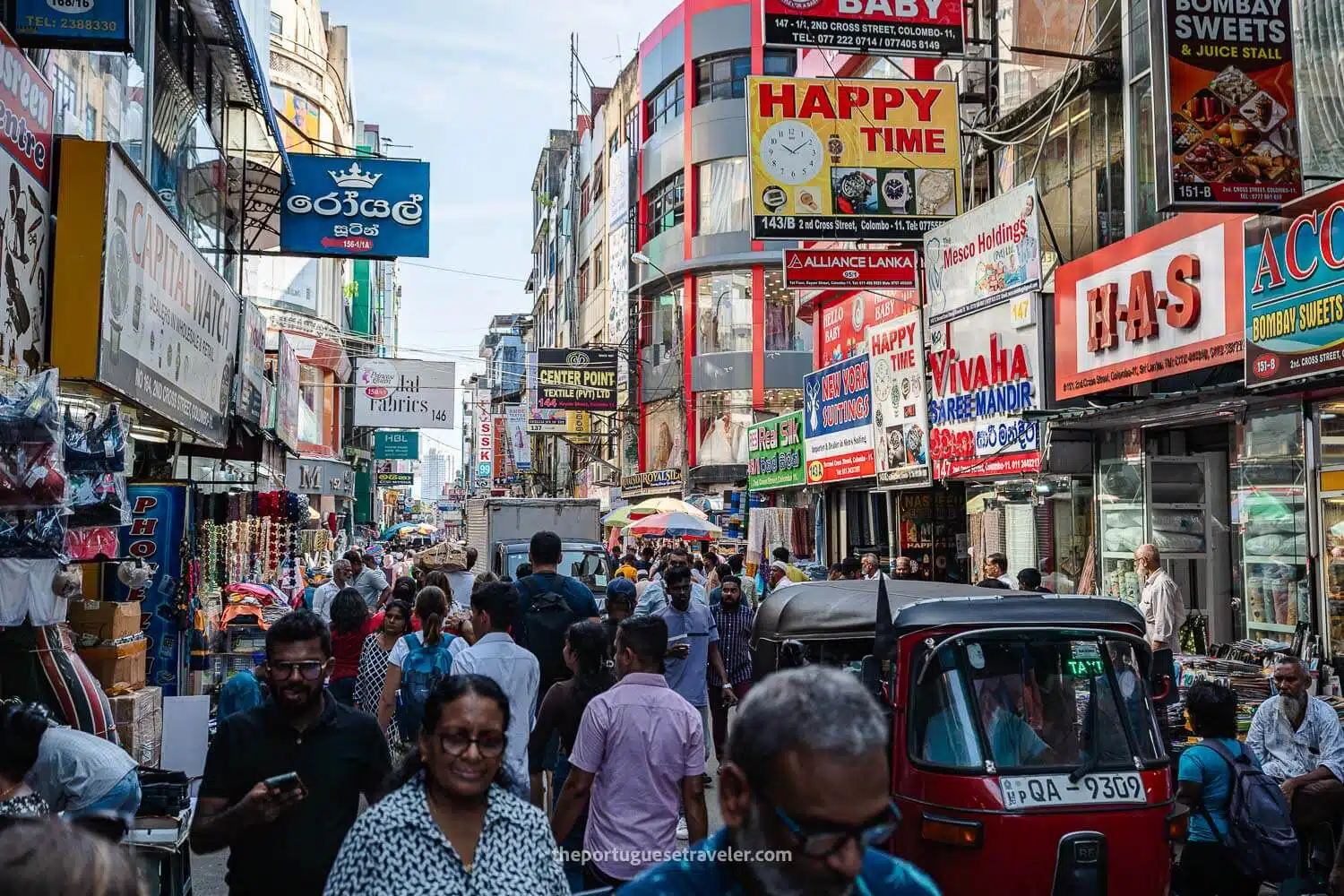
Table of Contents
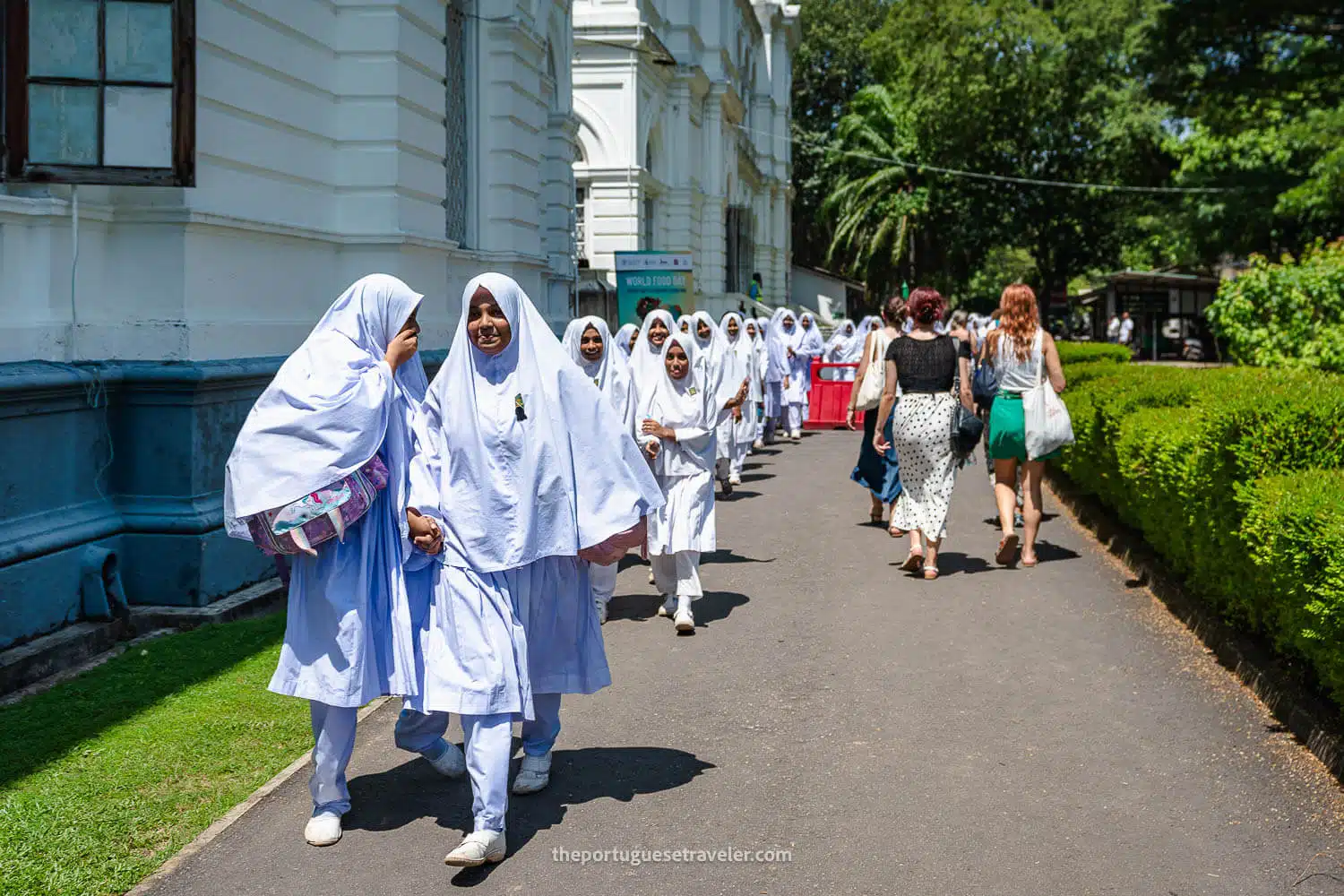
Sri Lanka: General Details
Planning a trip to Sri Lanka? Here’s a quick overview of the essential information you need to know before you go. From local currency to language and time zones, these practical details will help you navigate the country with ease:
- Currency: Sri Lankan Rupee (LKR)
- Population: Approximately 23.2 million (2025)
- Religions: Buddhism: 70.2%, Hinduism: 12.6%, Islam: 9.7%, Christianity: 7.4%
- Timezone: Sri Lanka Standard Time (GMT +5:30)
- Official Languages: Sinhala and Tamil (English is widely spoken)
- Voltage and Plugs: 230V, Type D, M, and G plugs.
- Emergency Number: 119 (Police), 110 (Ambulance)
- Driving: Left-hand side of the road
- Best Time to Visit: December to April (West and South coasts), May to September (East coast)
- Main International Airport: Bandaranaike International Airport (CMB) in Colombo
For more information please get in touch with the official tourism board at:
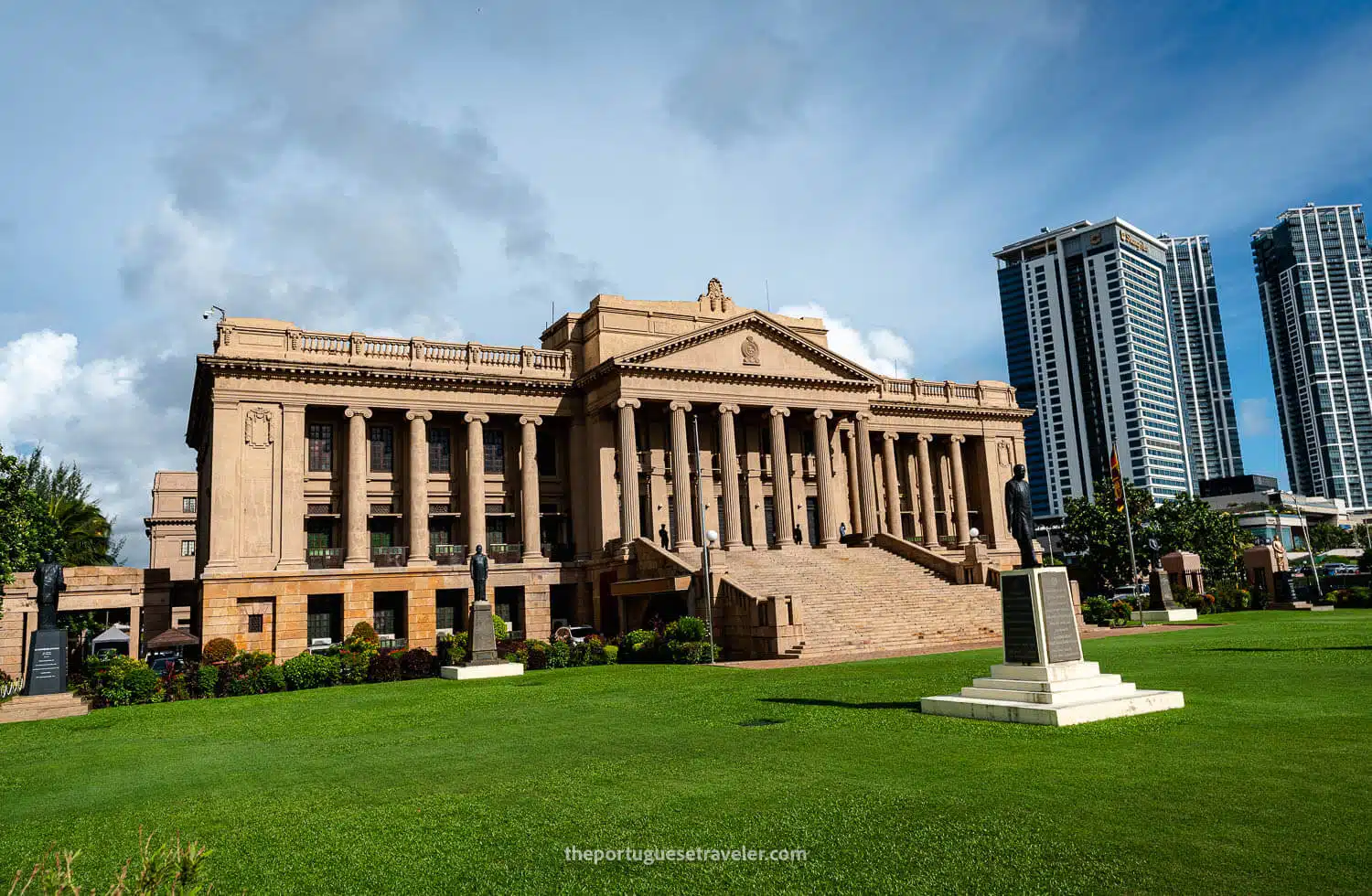
Why Visit Colombo, Sri Lanka?
Colombo isn’t just a stopover – it’s a city that pulses with life and character. As Sri Lanka’s capital, it blends ancient heritage, diverse cultures, and modern energy. A night or two here reveals the heart of the country in ways no quick visit can.
Wander through the lively Pettah Market, where the streets hum with vendors, colors, and aromas. Explore temples and mosques standing side by side, reflecting Colombo’s rich multicultural fabric. As the sun sets, head to Galle Face Green, where families gather, kites fly, and the ocean breeze sets the perfect scene.
History comes alive at the National Museum, where artifacts trace Sri Lanka’s journey from ancient dynasties to colonial rule. Meanwhile, the city’s evolving food scene serves everything from spicy street snacks to gourmet fusion dishes.
When night falls, Colombo lights up. From sleek rooftop bars to intimate lounges, the city’s nightlife is thriving. Wrap up your visit with a trip to the Lotus Tower for sweeping views of the skyline.
Colombo is more than a gateway – it’s a destination full of stories, flavors, and experiences waiting to be discovered.
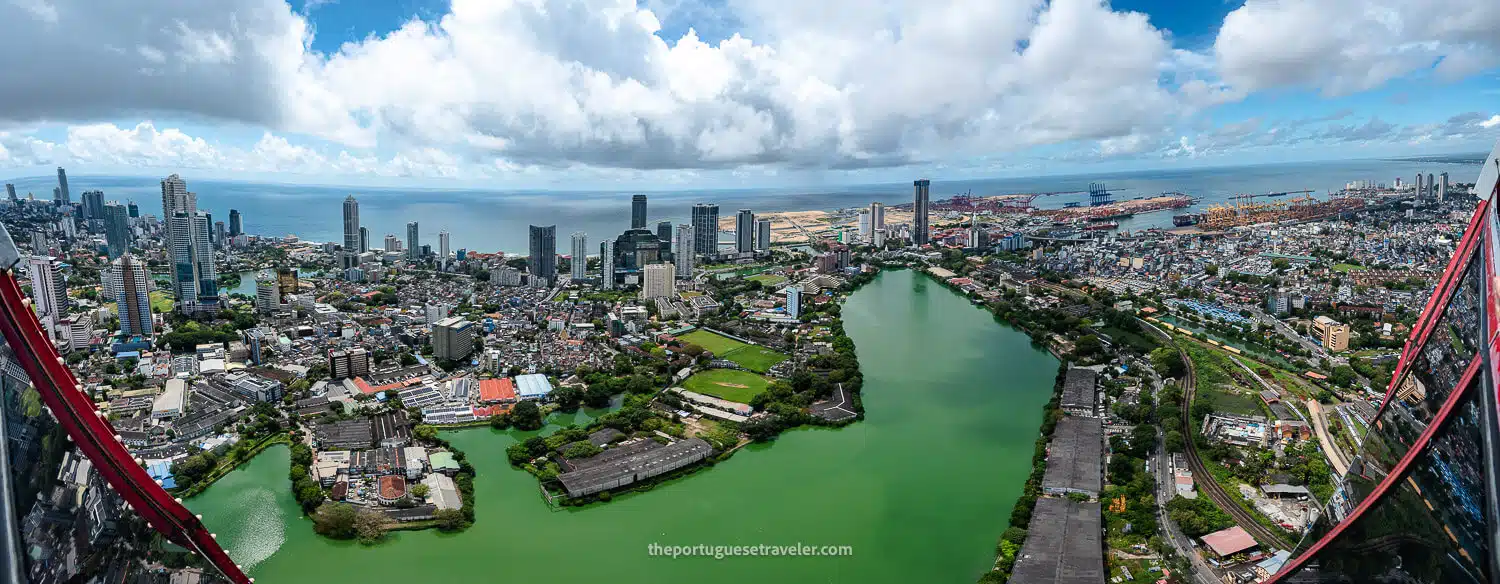
When is The Best Time to Visit Colombo?
The best time to visit Colombo is between December and April, when the weather is dry, sunny, and perfect for exploring the city. From May to September, the southwest monsoon brings short bursts of rain, but mornings and evenings are often clear. October to November can be unpredictable, with occasional thunderstorms.
Colombo’s festivals add to its charm. In February, the Navam Perahera lights up the city with grand processions. April brings the Sinhala and Tamil New Year, celebrated with feasts and fireworks. Vesak in May fills the streets with lanterns, while Deepavali in October or November brings vibrant displays for the Hindu festival of lights.
For the best experience, visit during the dry season or around these festive times to see Colombo at its liveliest.
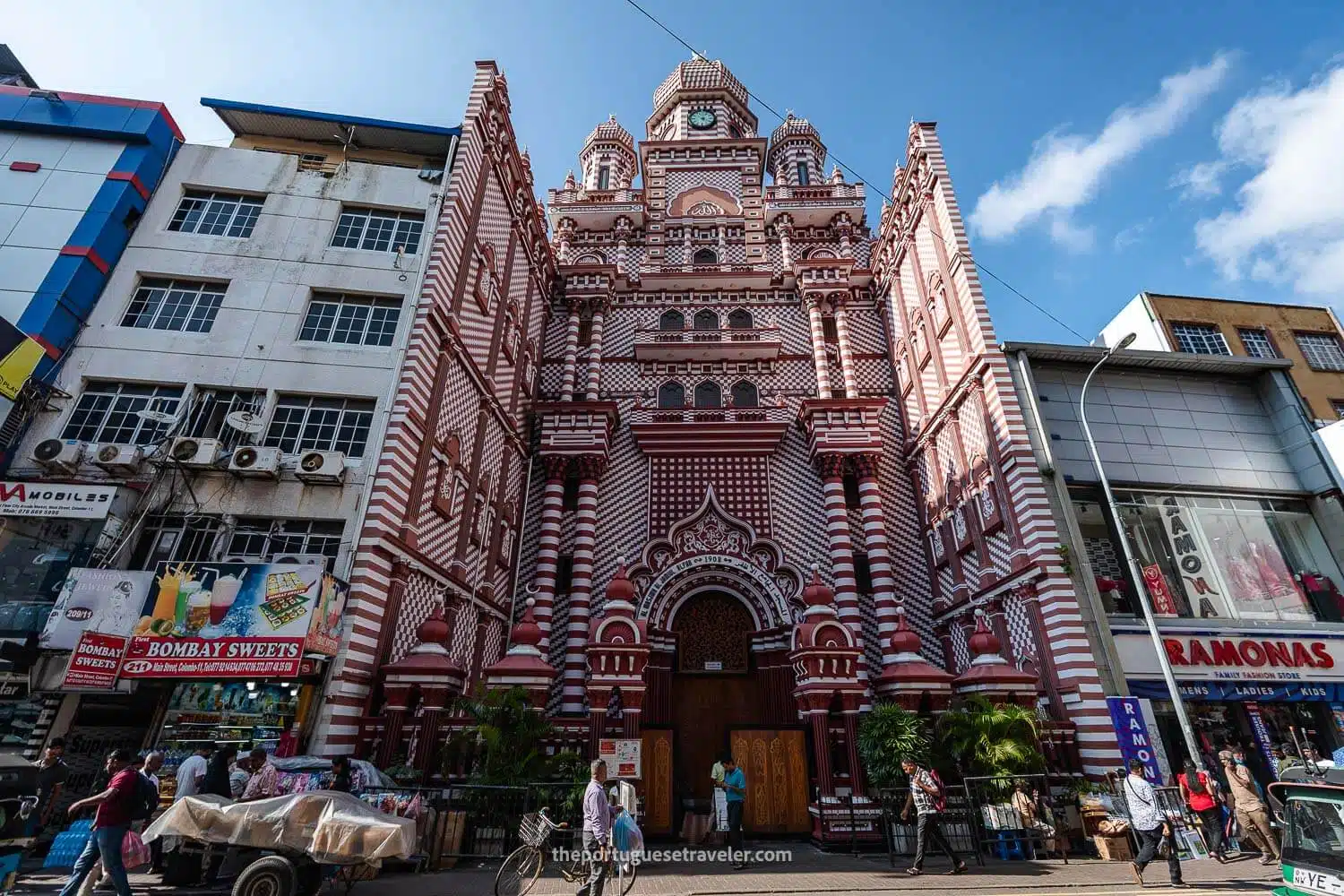
Should i Change Money Before Going to Colombo?
When visiting Sri Lanka, it’s best to bring a mix of US dollars and a travel-friendly debit/credit card like Revolut. While you can sometimes exchange Sri Lankan Rupees (LKR) at home, the rates are often better locally. If you can’t get rupees before your trip, bring dollars – they are widely accepted for exchange at banks or authorized money changers.
In Sri Lanka, US dollars are generally easier to exchange than euros and often get a better exchange rate. Dollars are widely accepted at currency exchange counters, banks, and even some hotels. If you already have euros, they can still be exchanged, but dollars are preferred and may offer more favorable rates.
For convenience, bring US dollars in smaller denominations ($20, $50) and make sure the bills are clean and undamaged, as some places may refuse old or torn notes.
Travel cards, like Revolut, on the other hand are invaluable, as they allow you to withdraw cash without extra fees and at the official exchange rate. Use them for direct payments or cash withdrawals at ATMs. Look for ATMs at secure locations, like One Galle Face Mall, to avoid unnecessary charges. Some ATMs in Colombo don’t apply withdrawal fees, so finding the right one can save you money.
It’s advisable to carry some local cash for small purchases, street food, and markets, as many vendors don’t accept cards. If card payments are possible, Revolut is ideal since it doesn’t charge foreign transaction fees.
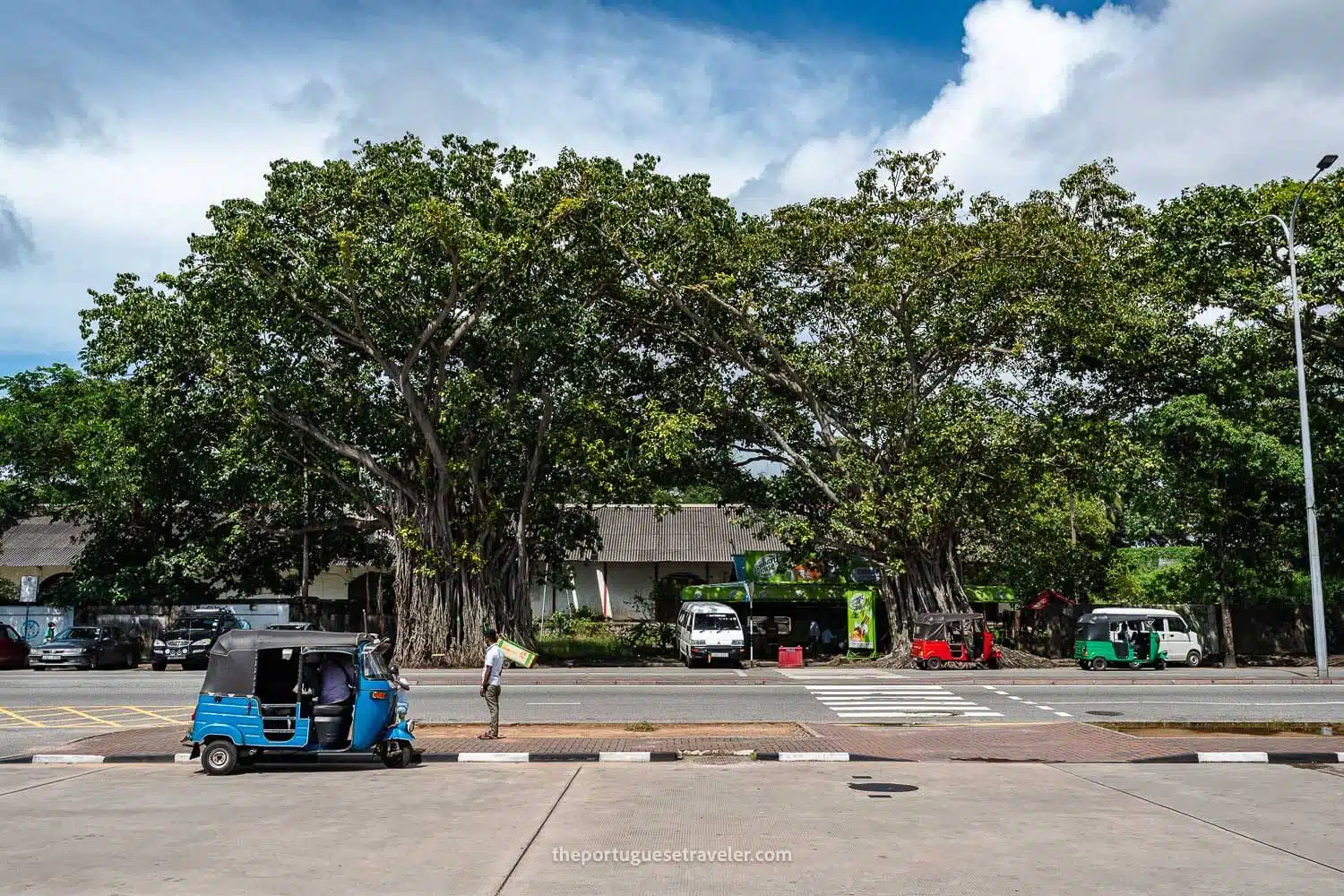
How to Get from Colombo Airport to City Center?
The best way to get from Colombo’s Bandaranaike International Airport (CMB) to the city center is by Uber, which offers convenience and comfort, especially if you have luggage. The journey typically takes 30-45 minutes depending on traffic, costing around LKR 2,500-4,000 (approximately $8-12 USD).
Alternatively, if you’re on a budget, you can take the Airport Express Bus, which is cheaper (around LKR 150-250 or $1-2 USD) but may take longer due to multiple stops along the way. The bus service runs regularly and connects the Airport to Colombo Fort and Pettah, key areas in the city center.
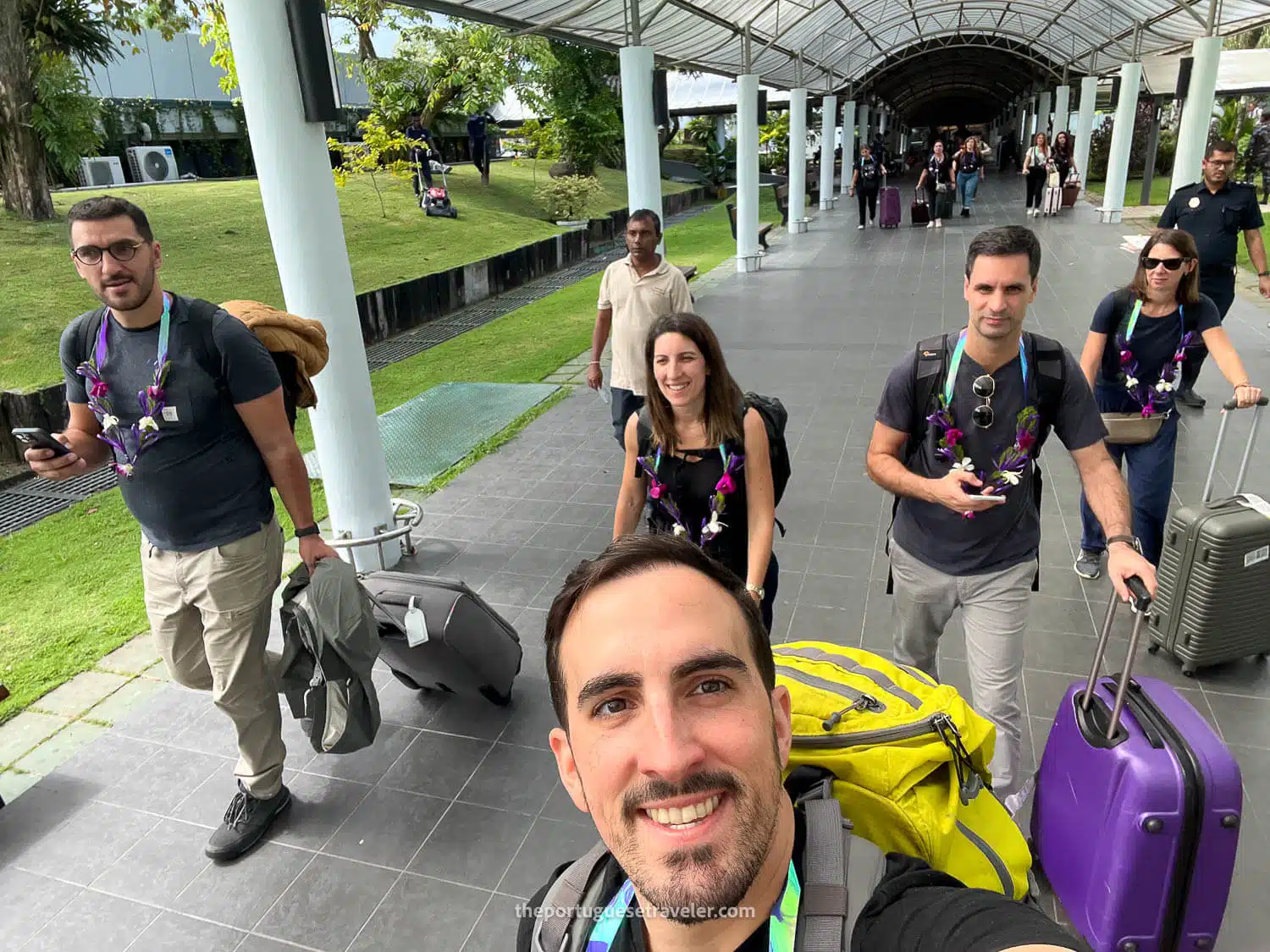
How to Get Around Colombo, Sri Lanka?
Getting around Colombo is relatively easy, with several transportation options available. Tuktuks are a popular and fun way to explore the city, offering quick access to most areas. You can easily find one by hailing them on the street or using rideshare apps like Uber and PickMe for a more convenient option.
For a slower pace, you can explore the city on foot, especially in areas like Galle Face Green and Colombo Fort, where many attractions are within walking distance. If you’re heading to nearby neighborhoods, buses are an affordable option, though they can get crowded.
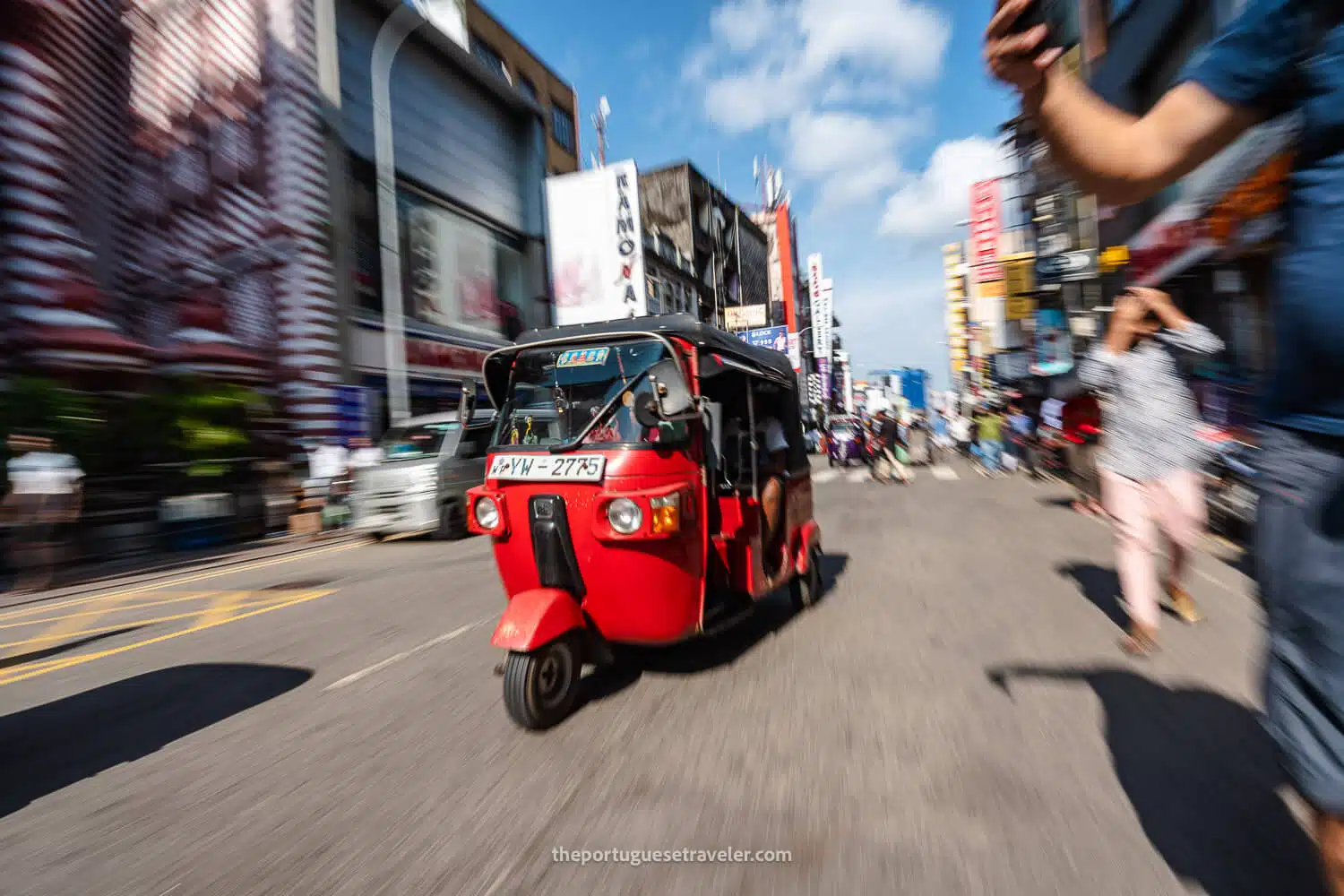
Is Colombo, Sri Lanka Safe for Tourists?
When I arrived in Colombo, I heard the popular opinion that Sri Lanka is often described as India’s “safe and clean” version, with even nicer people. From my experience, Colombo is generally a safe city for tourists. Like any major city, it’s important to stay aware of your surroundings and take common-sense precautions, but overall, I felt comfortable exploring.
The locals are incredibly welcoming and eager to help, which adds to the city’s charm. While it’s a bustling capital, Colombo has a calm vibe compared to other major cities in South Asia. Of course, as with any travel destination, it’s wise to avoid poorly lit areas at night and be cautious of your belongings, especially in crowded markets and bus stations.
In short, Colombo is considered safe for tourists, and many travelers, including myself, have enjoyed its friendly atmosphere and vibrant culture without any issues. Just keep a few basic safety tips in mind, and you’ll have a great time exploring this beautiful city. To stay extra prepared, I always recommend booking travel insurance with Heymondo – it’s a simple way to have peace of mind in unexpected situations.
Is Colombo Expensive?
Compared to India or Southeast Asia, Colombo can be slightly more expensive, though still affordable. Street food and local restaurants are reasonably priced, but dining at international restaurants or staying in high-end hotels can be costlier. Public transport and tuk-tuks remain inexpensive, and activities are often affordable, though luxury experiences may be pricier than in countries like Thailand or Vietnam. Overall, if you’re used to budget-friendly travel in the region, Colombo may feel a bit more expensive, but it’s still accessible for most travelers.
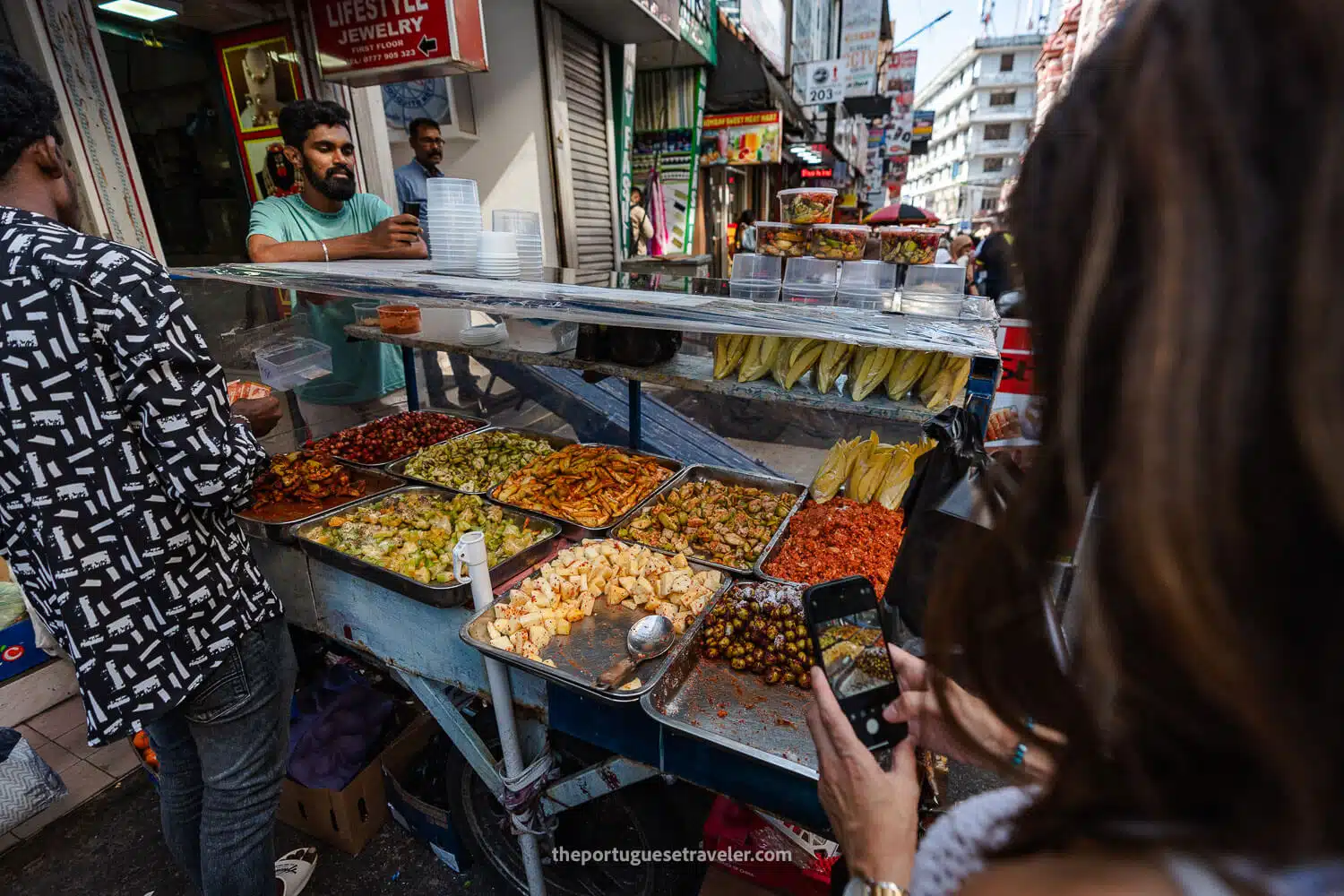
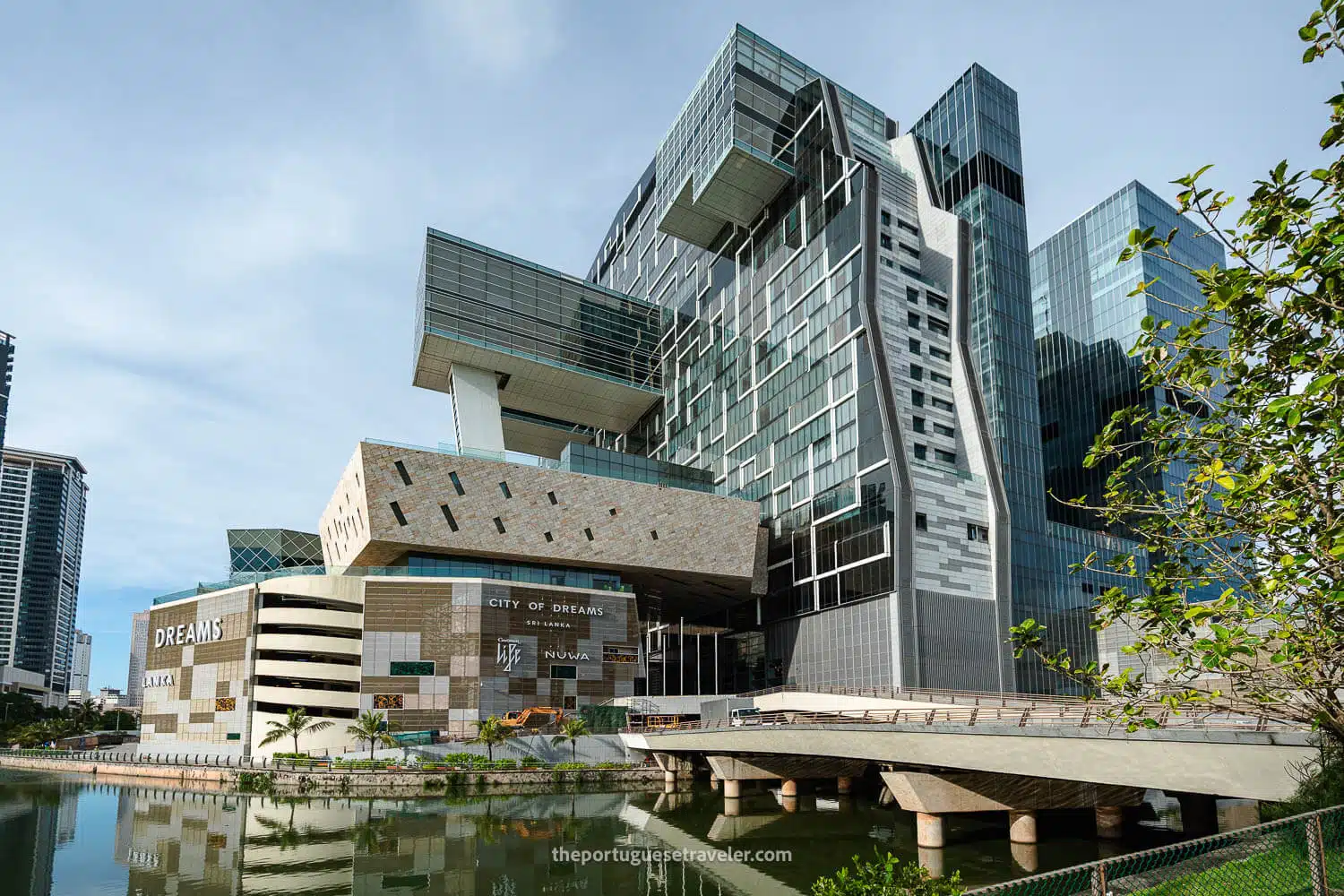
Best Things to See in Colombo, Sri Lanka
Although I’ve only had the chance to visit a handful of the places on this list, the ones I did explore were absolutely thrilling. Based on information from the tourism board and other bloggers I met during my trip, as well as the places I was able to visit, I can confidently recommend the following. I only wish I had more time in town to experience the rest. Below is my list of the best things to see in Colombo:
The tallest self-supported structure in South Asia, shaped like a blooming lotus, offering stunning views of Colombo from its observation deck. It’s a hub for telecommunications, entertainment, and shopping. The tower lights up beautifully at night.
Lotus Tower
The tallest self-supported structure in South Asia, shaped like a blooming lotus, offering stunning views of Colombo from its observation deck. It’s a hub for telecommunications, entertainment, and shopping. The tower lights up beautifully at night.
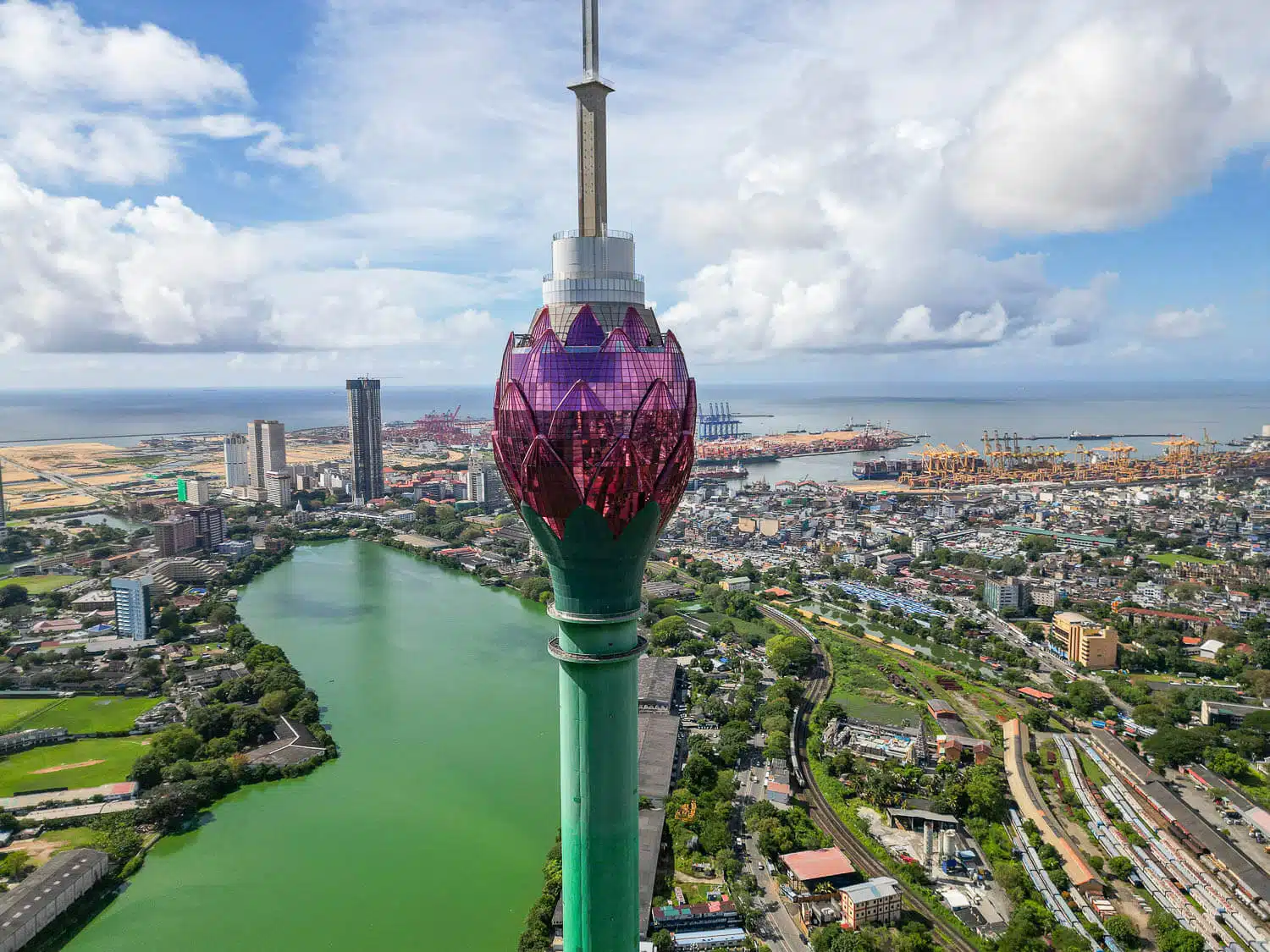
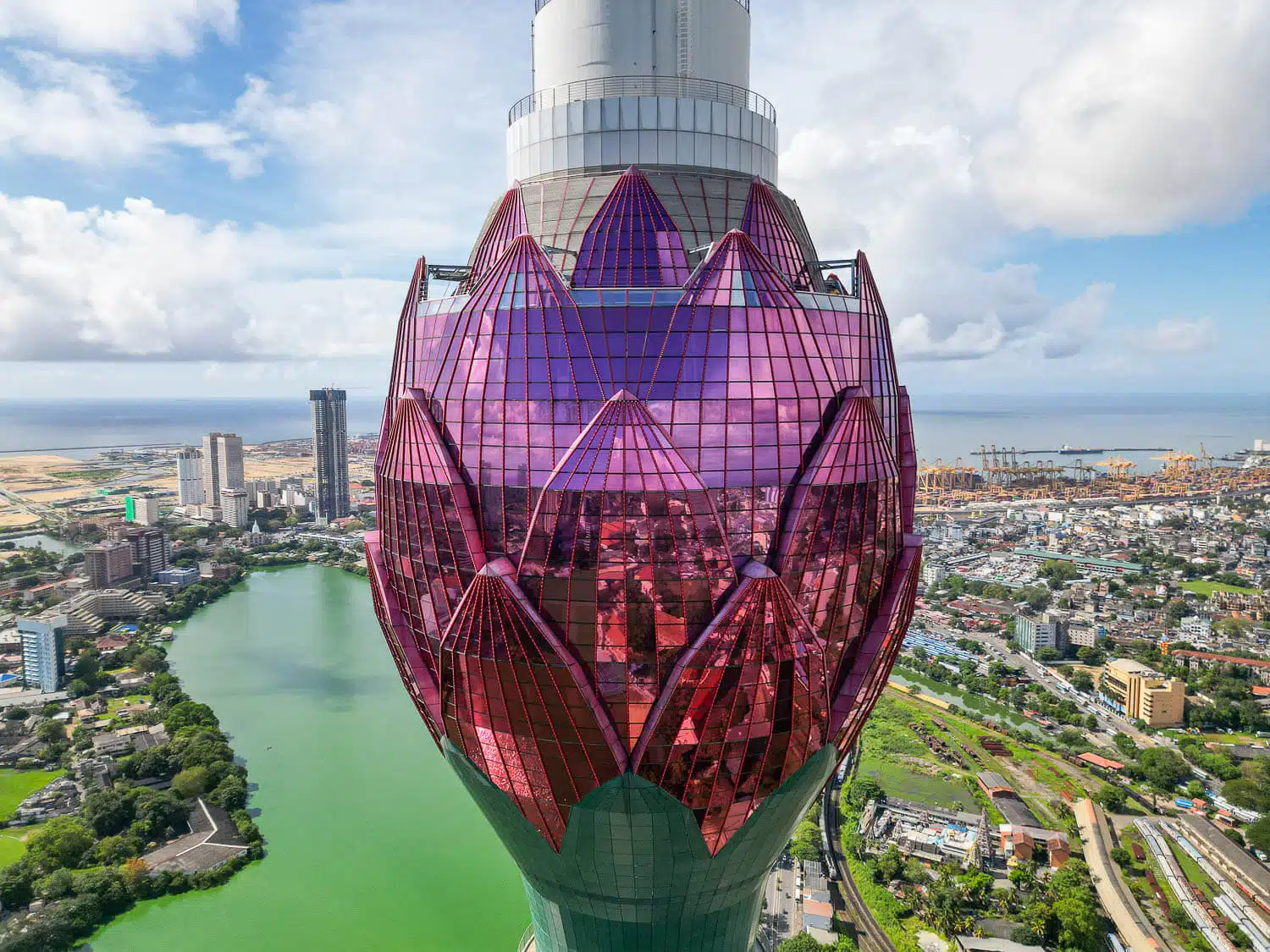
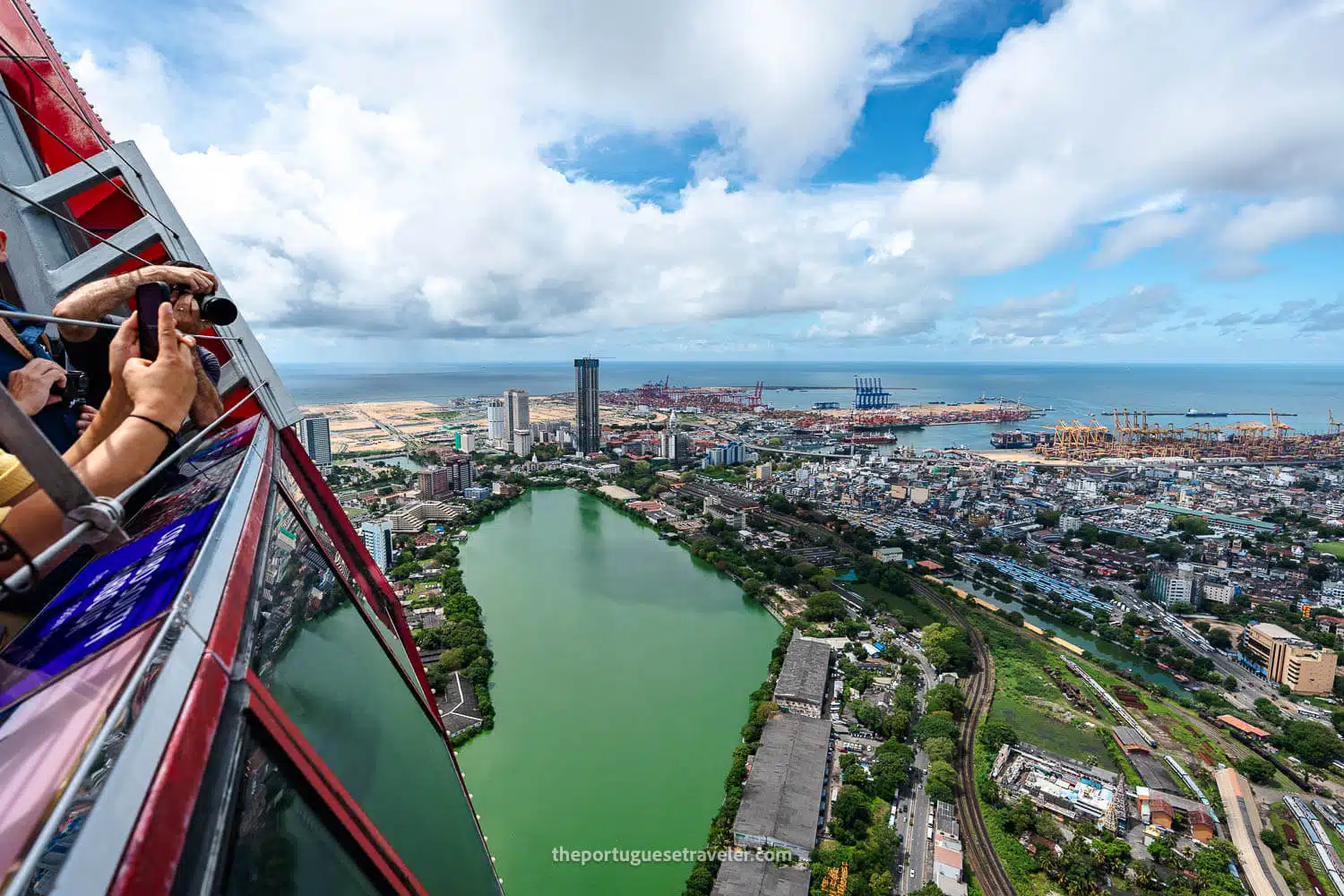
Colombo National Museum
The largest museum in Sri Lanka, with a collection of royal regalia, Buddhist art, and colonial artifacts. The museum offers a deep dive into Sri Lanka’s cultural and historical past, including the crown and throne of the Kandyan monarchs.
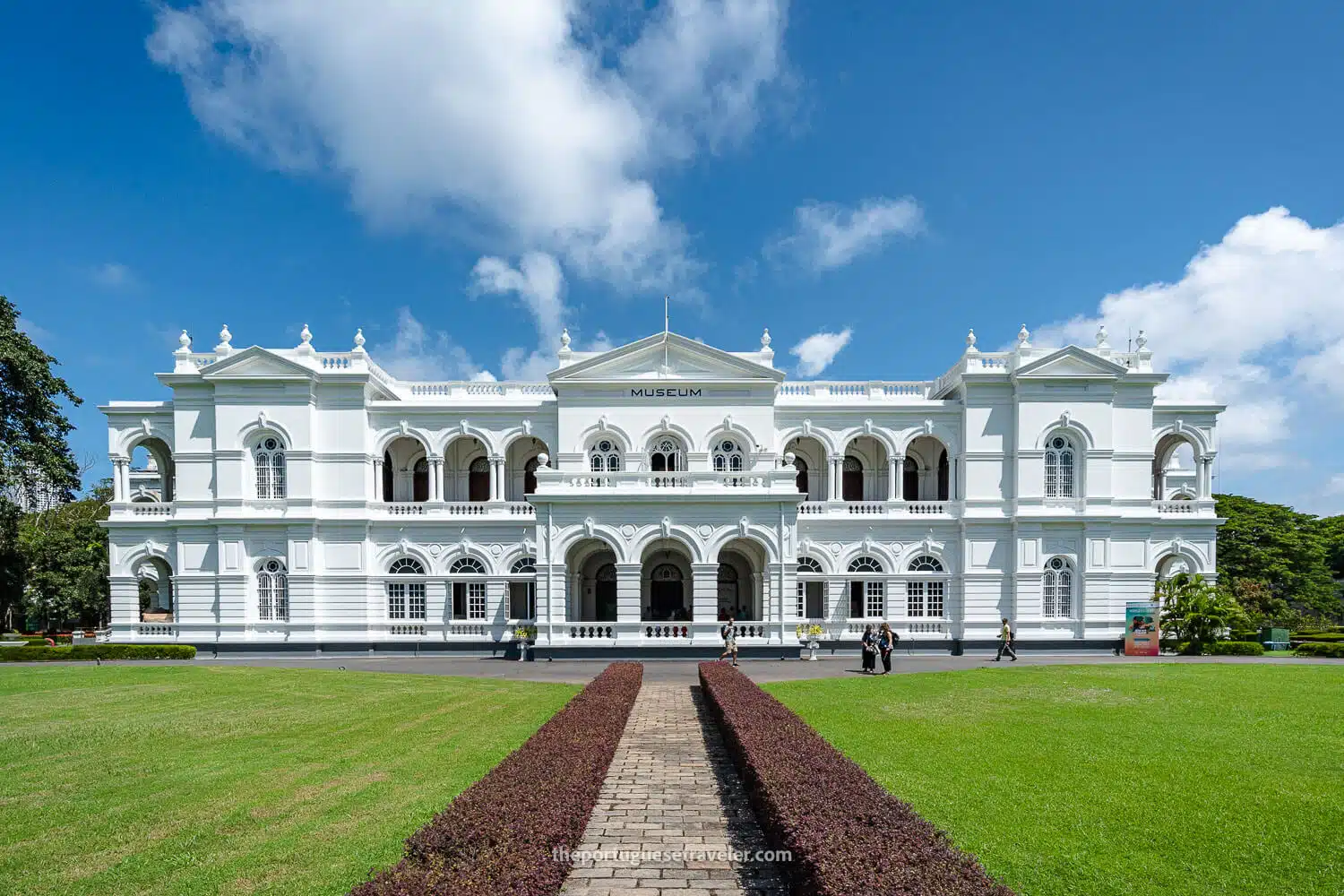
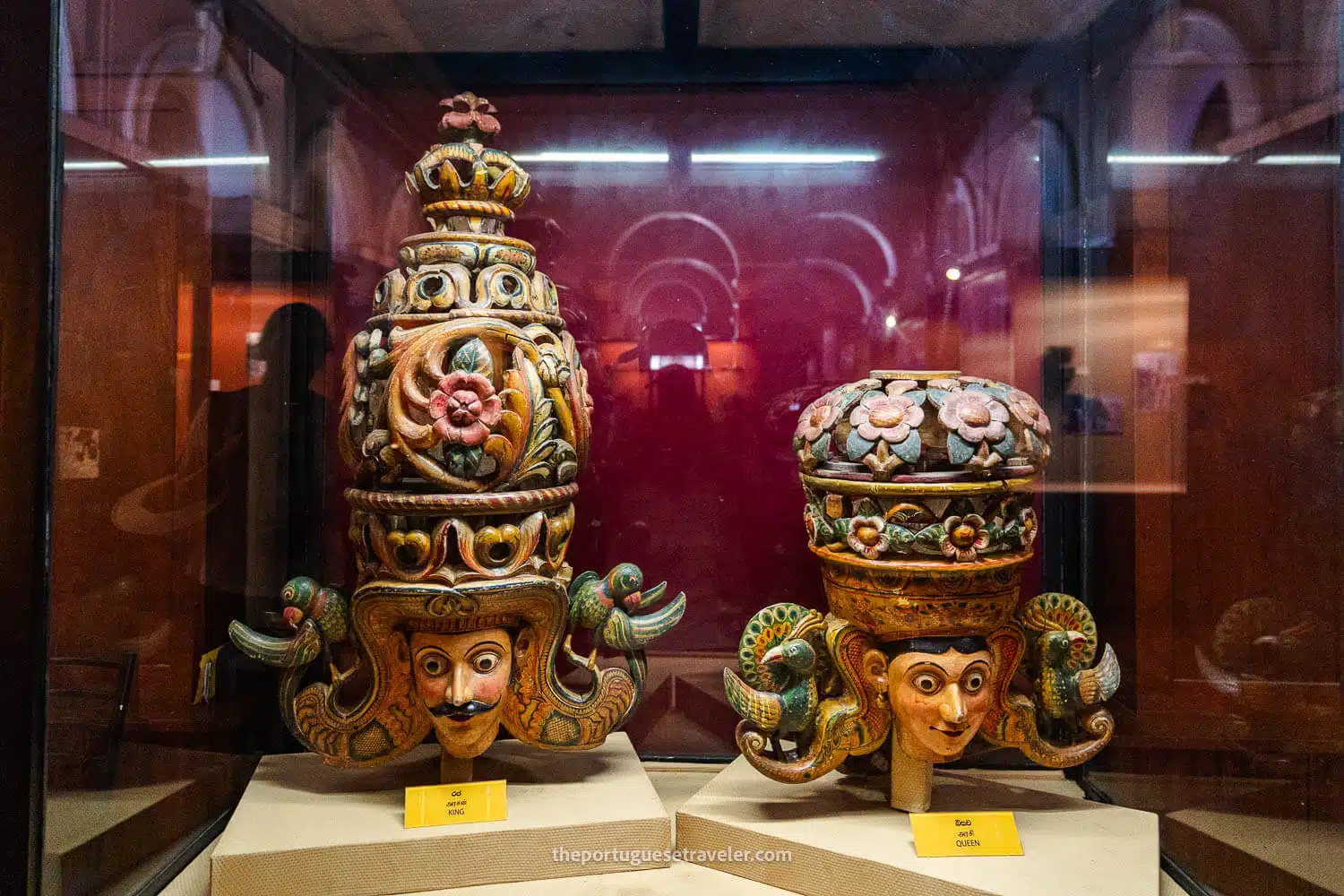
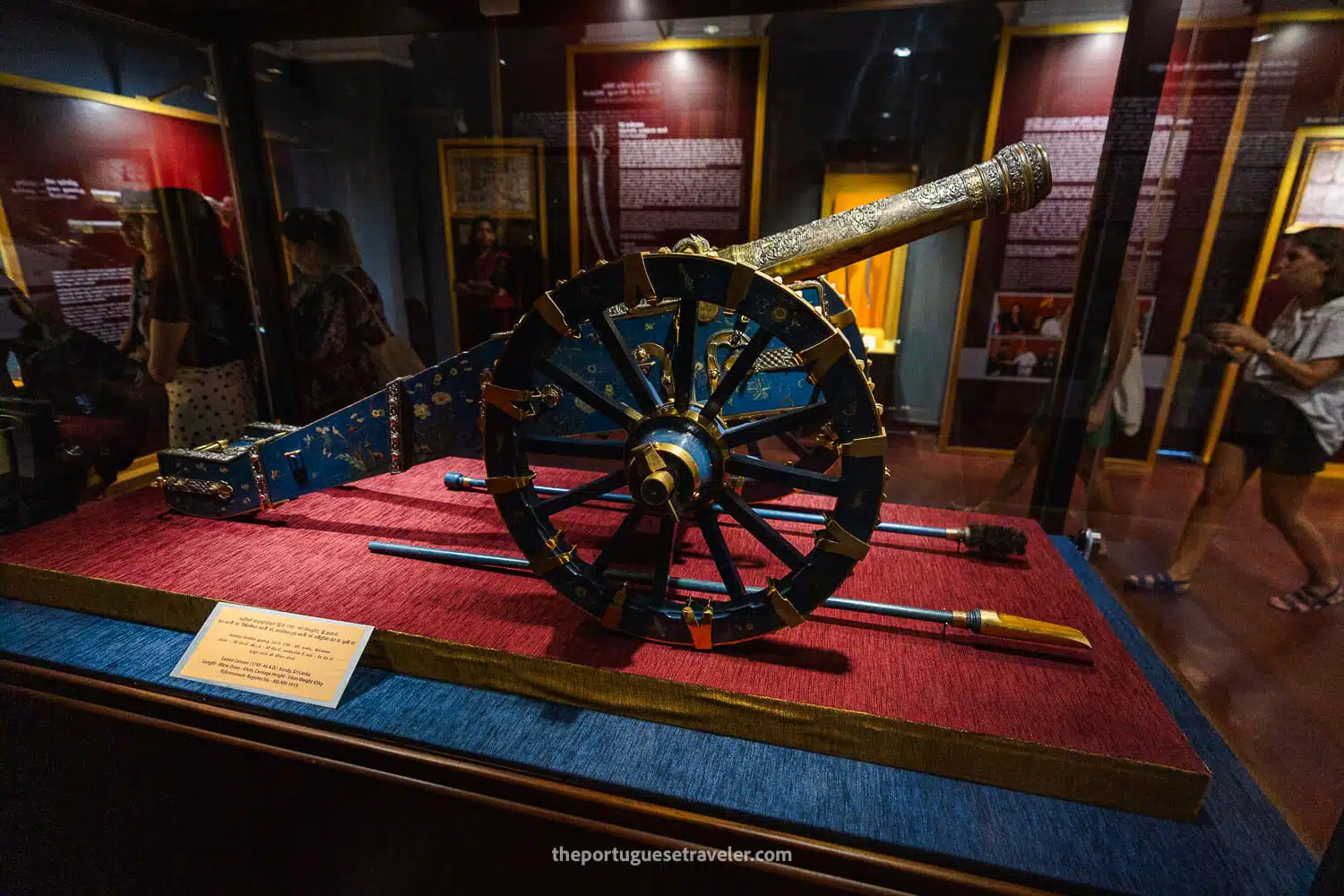
Pettah Market & Floating Market
A vibrant, bustling market full of fresh produce, spices, textiles, and electronics. It’s an immersive experience where you can haggle with local vendors and explore narrow alleyways filled with energy and color. If you want a less packed experience and more tranquil vibes, try the floating market, located about a 10-minute walk from the main part of Pettah Market. This scenic section by the water offers a relaxing contrast to the bustling energy of the main market.
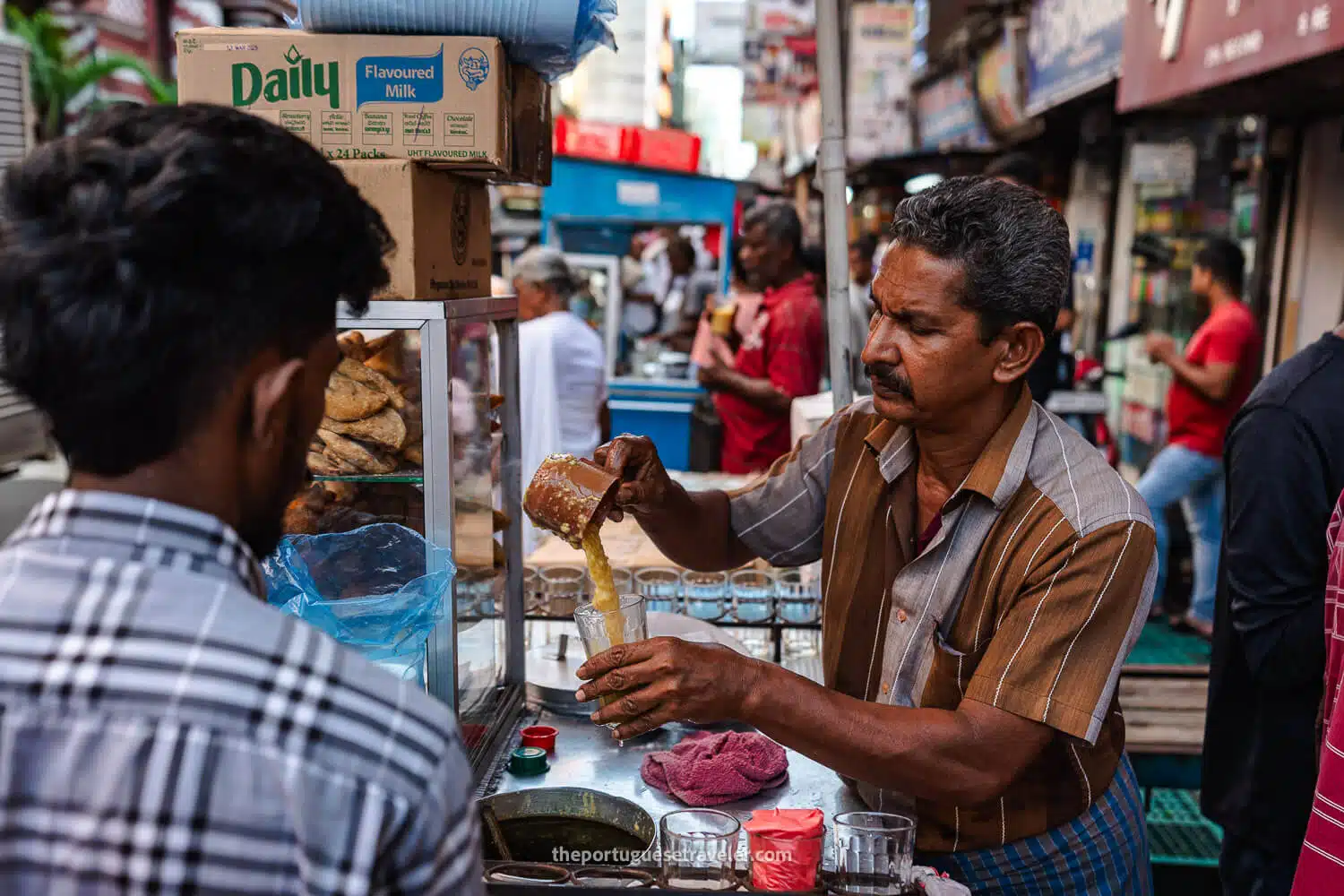
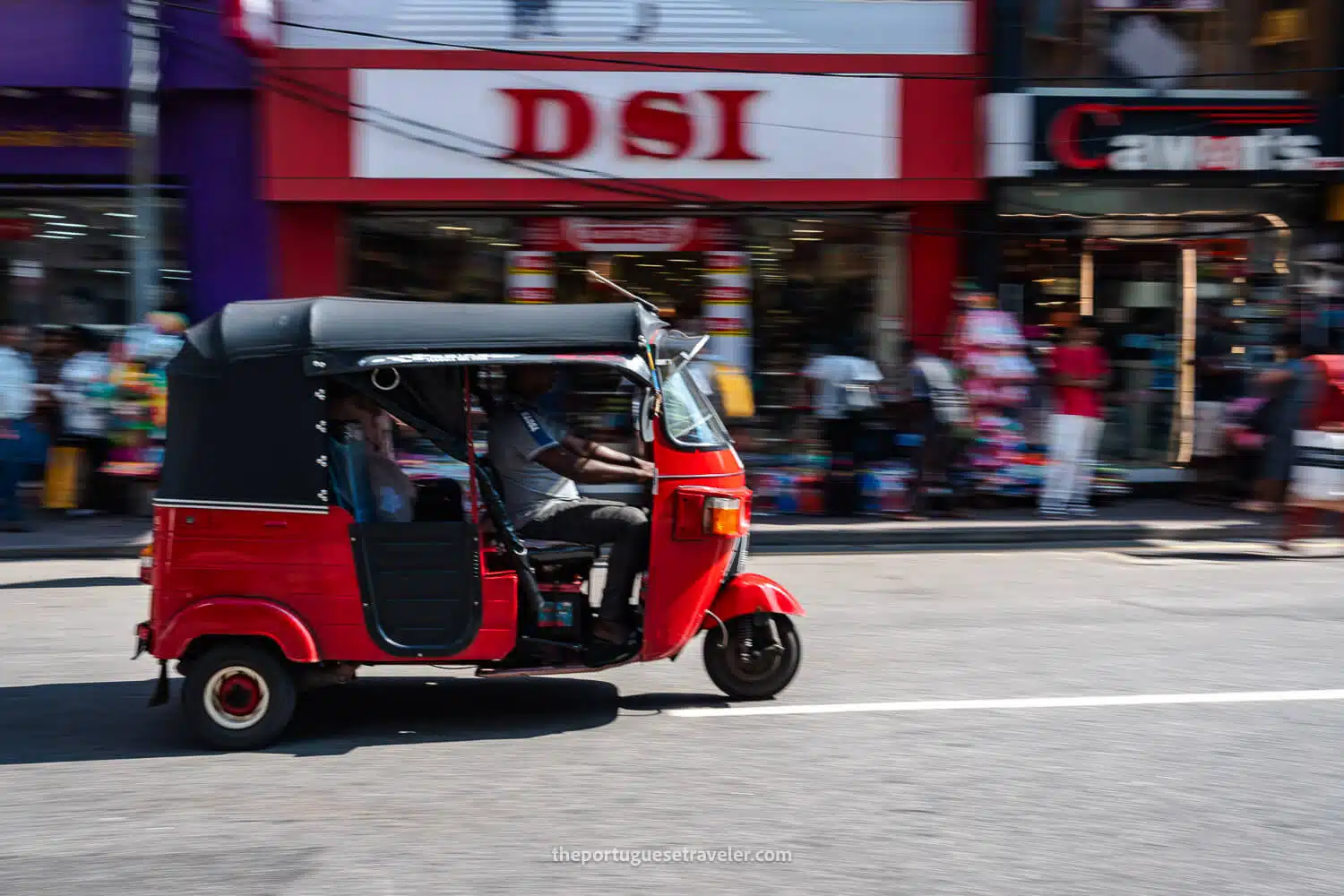
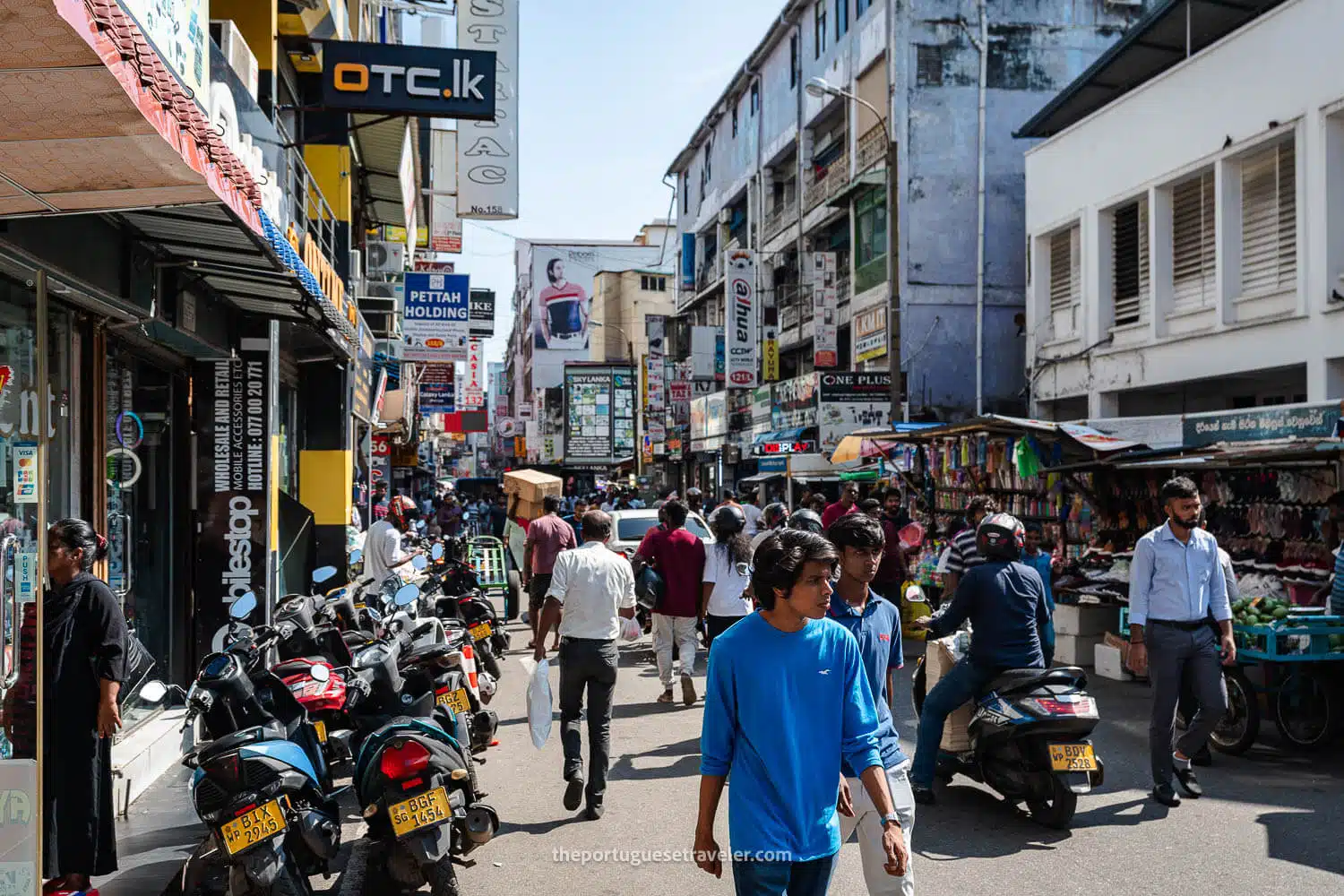
Mount Lavinia Beach
A beautiful beach just outside Colombo, ideal for a relaxing time by the ocean. It’s famous for its historic Mount Lavinia Hotel, offering a colonial atmosphere and excellent dining options, perfect for a laid-back afternoon.
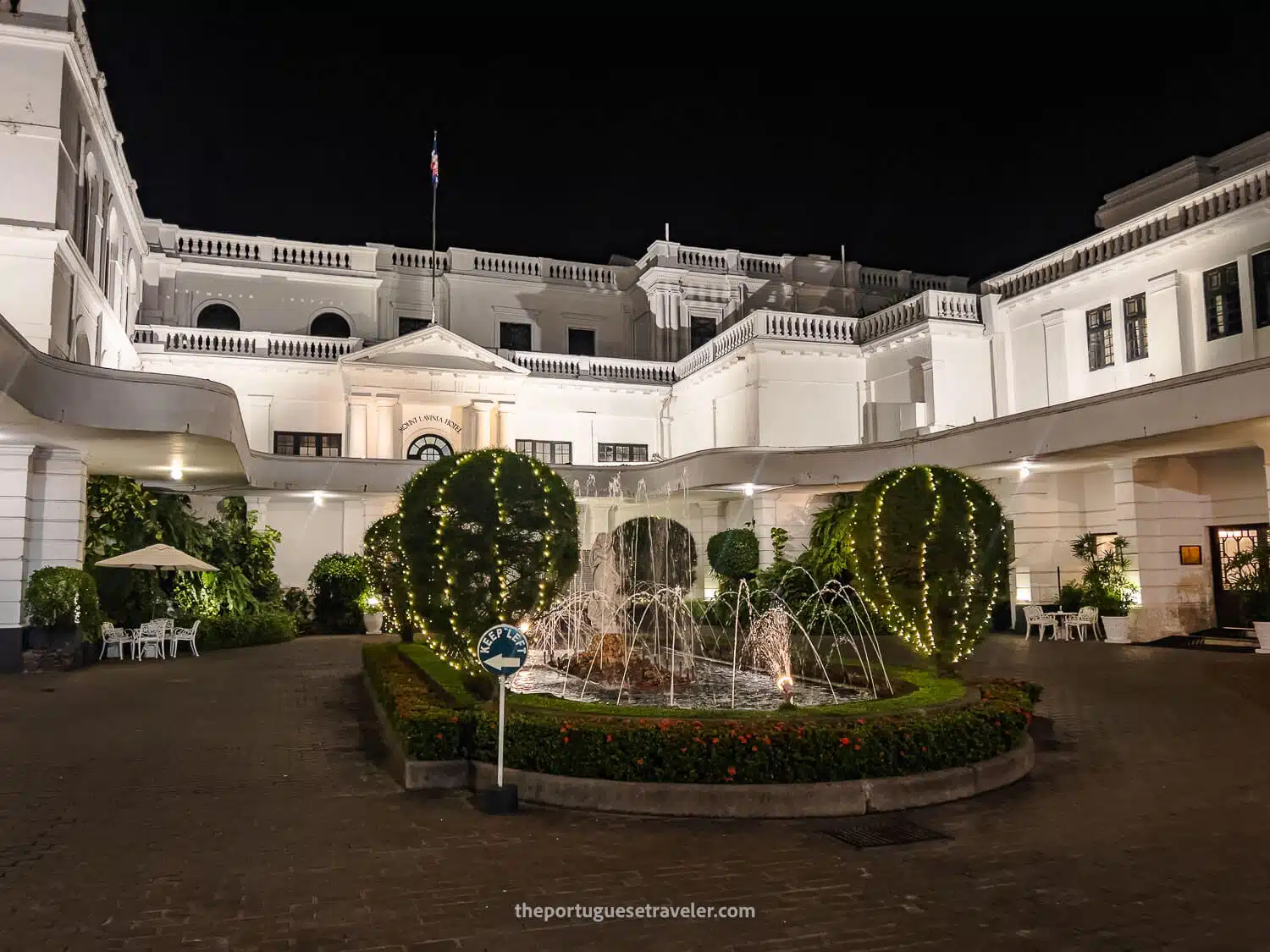
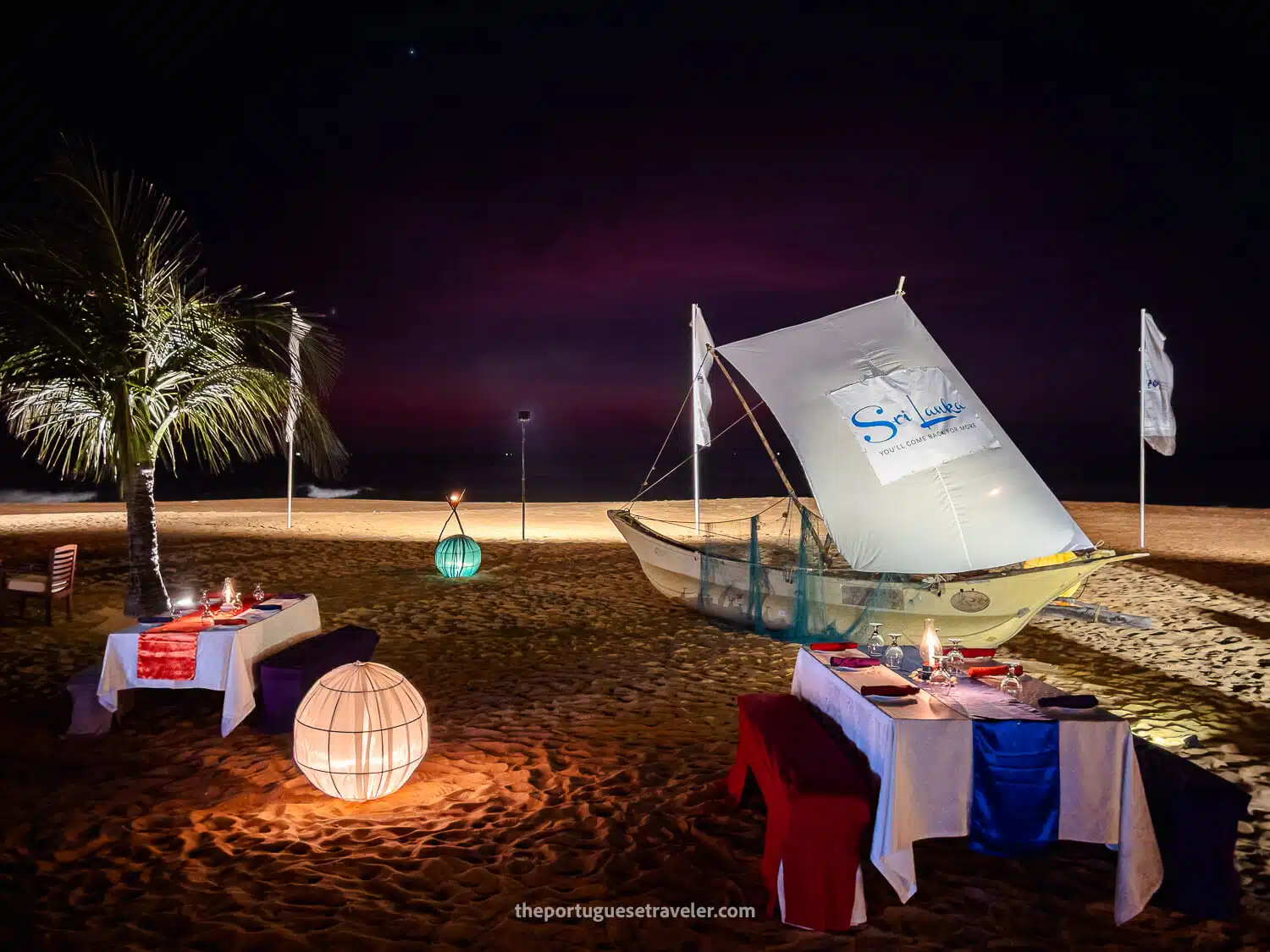
Jami Ul-Alfar Masjid (Red Mosque)
A striking candy-striped mosque in the Pettah district, distinguished by Indo-Islamic and Gothic revival architectural elements. Its colorful exterior and intricate interior carvings make it a unique landmark.
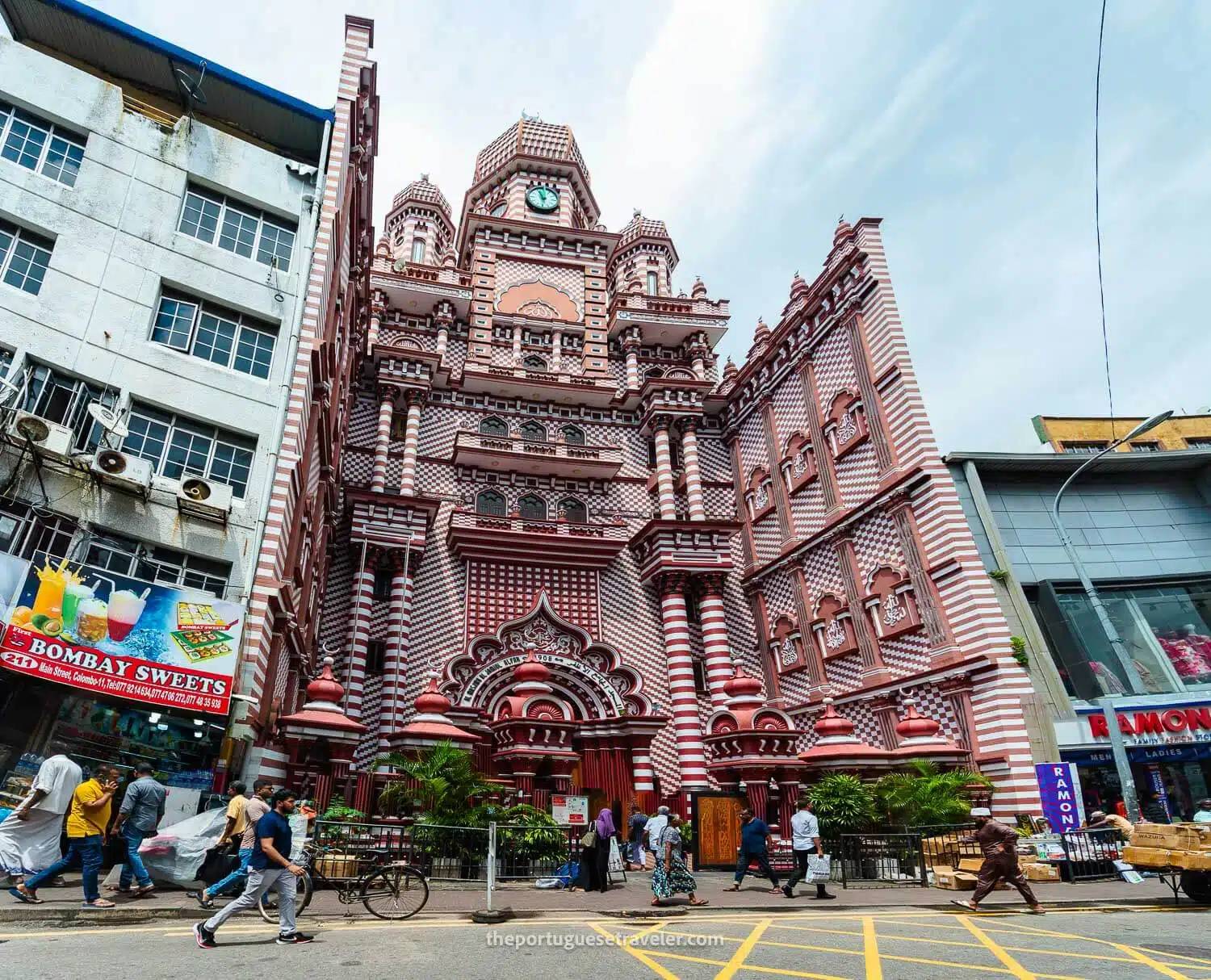
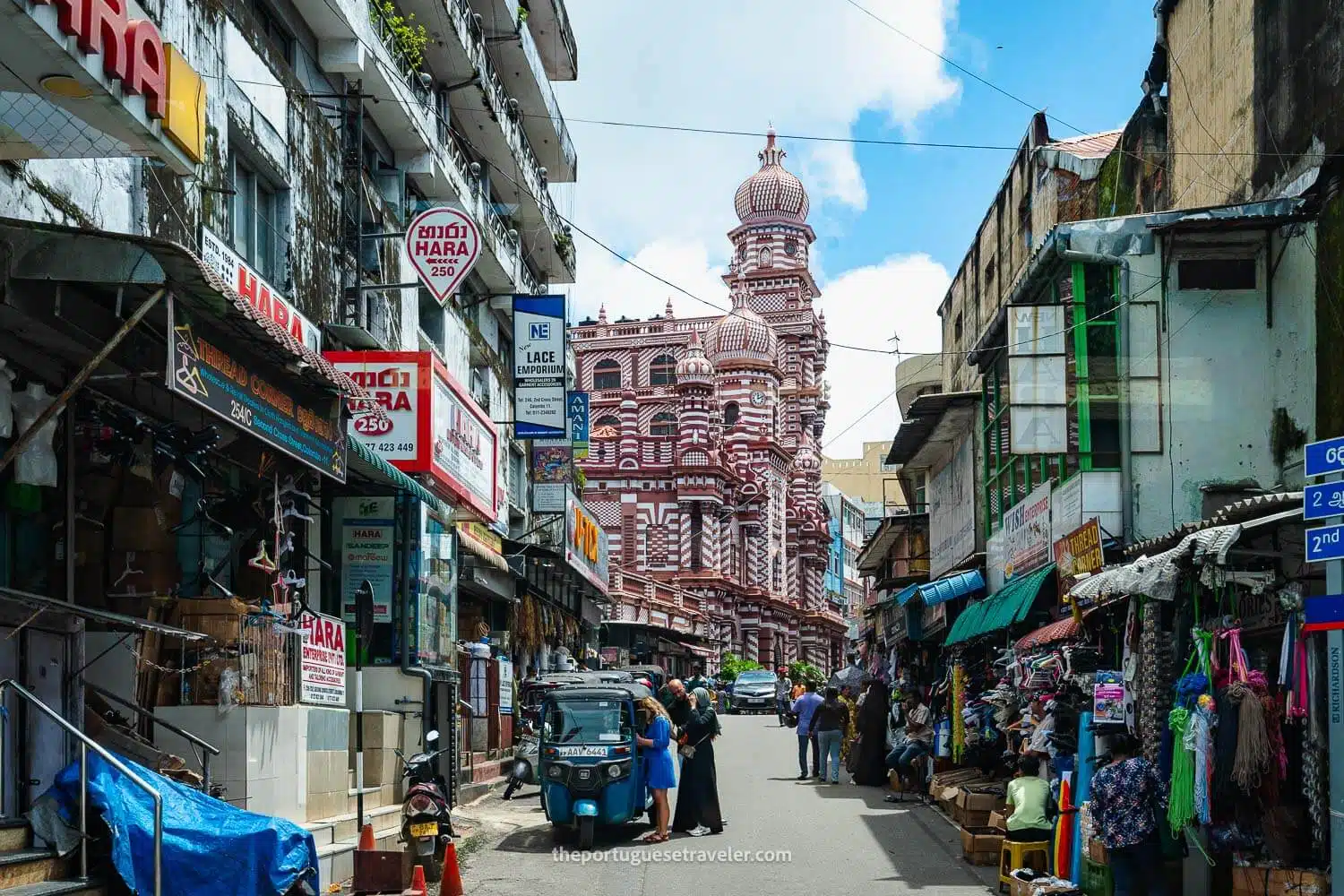
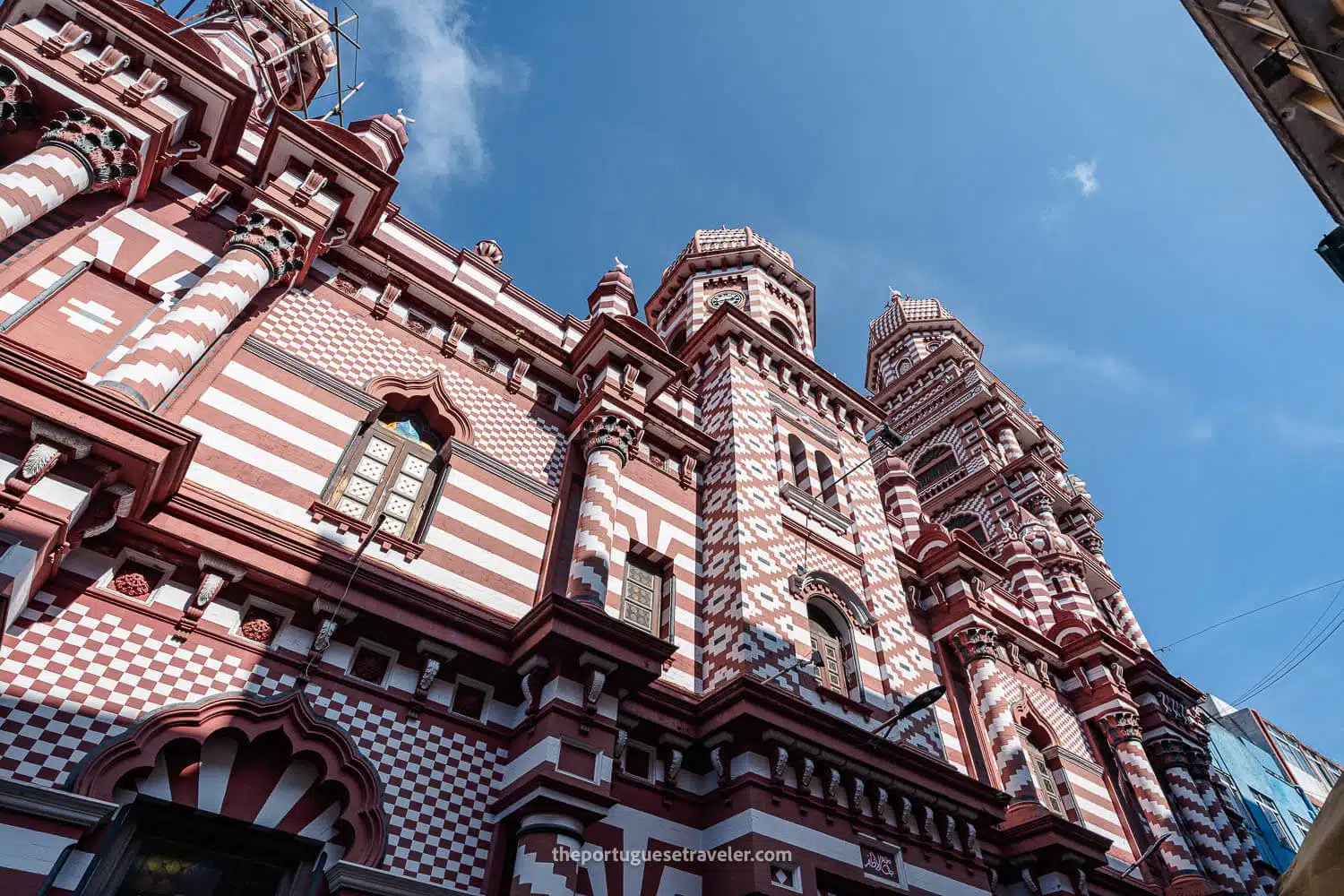
Old Parliament Building
A grand Neo-Baroque building from the 1930s, which once housed the Ceylon Parliament. Now serving as the Presidential Secretariat, it’s an architectural marvel located near Galle Face Green.
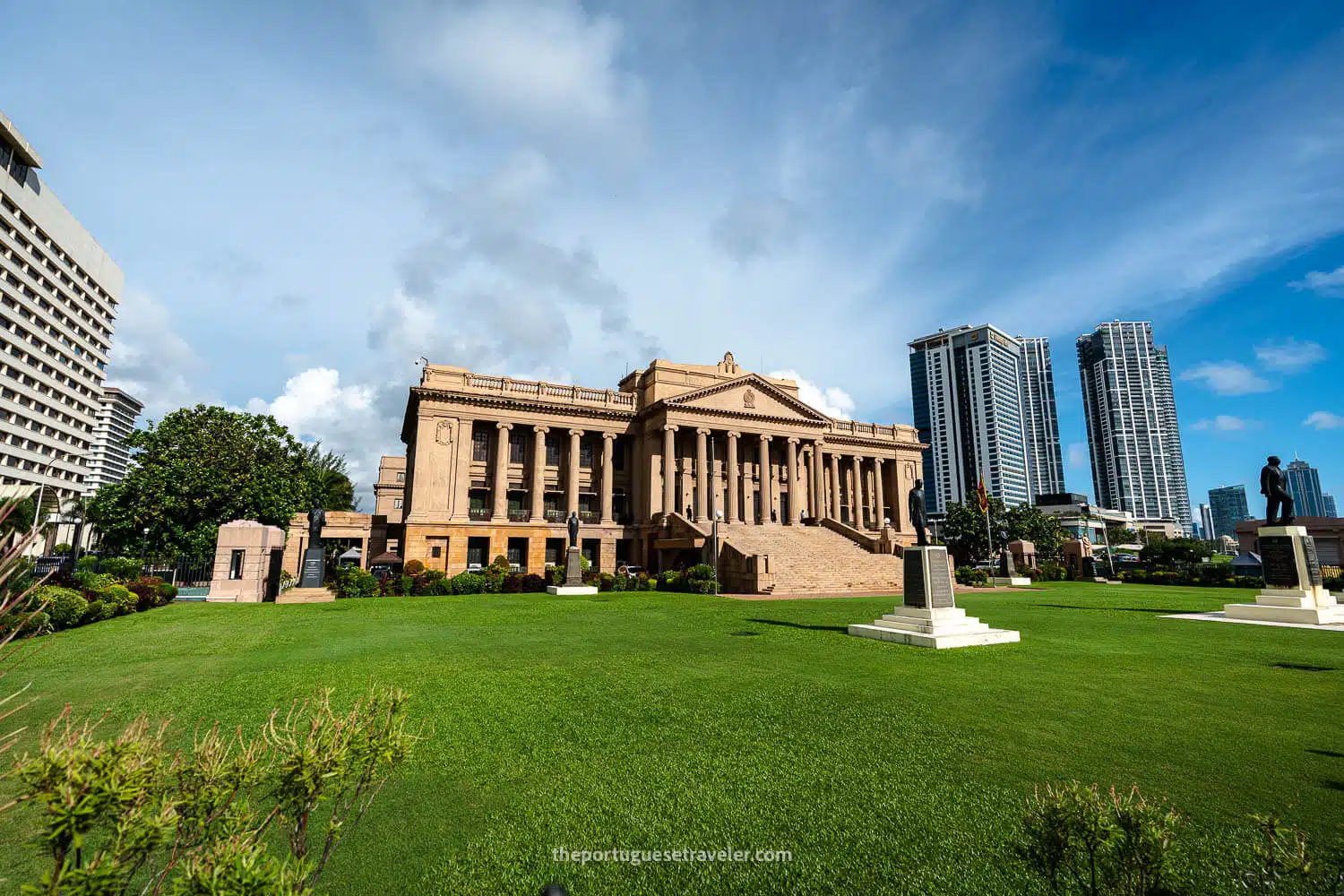
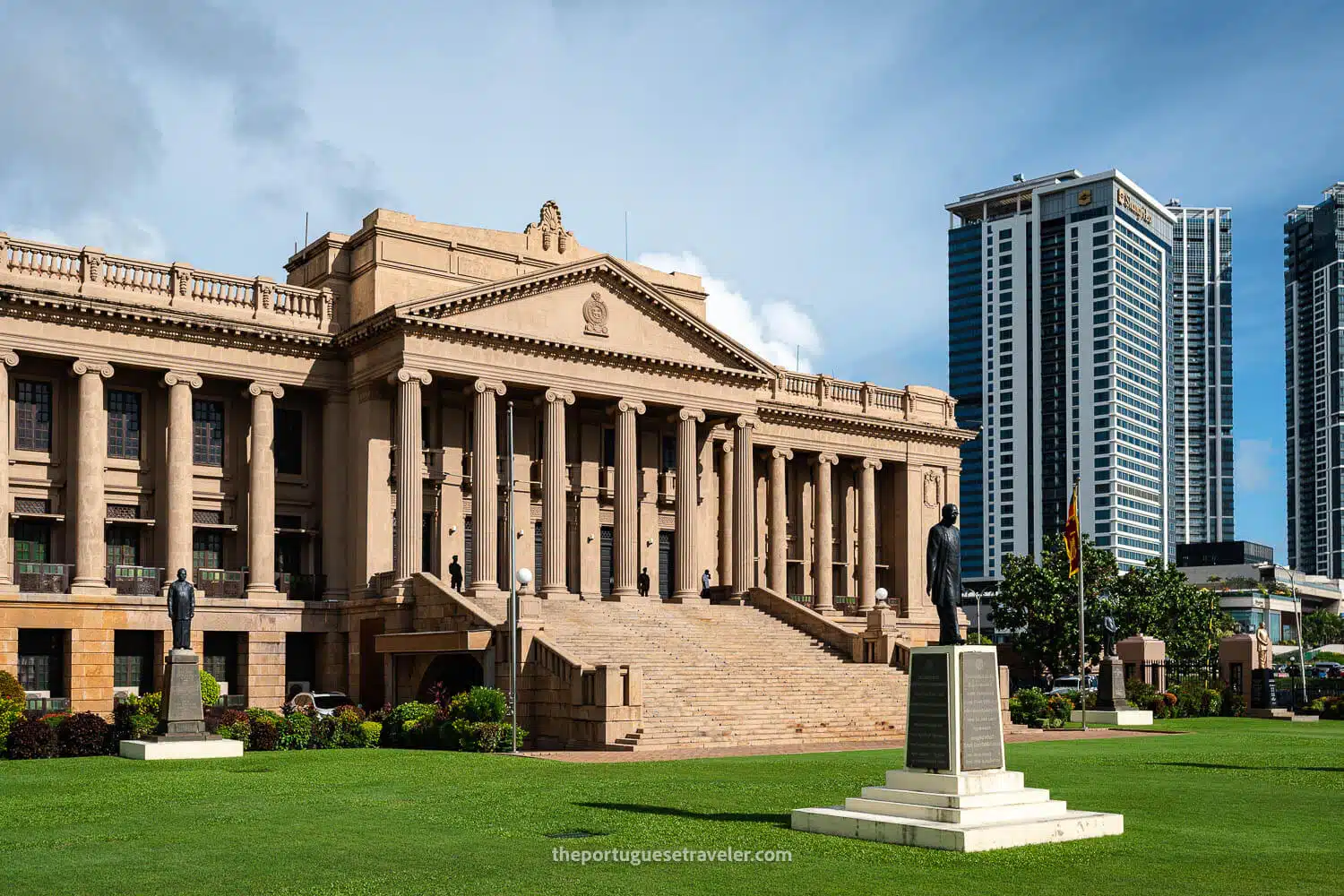
Galle Face Green
A large urban park along the coastline, perfect for a stroll, picnic, or kite flying. It’s a popular spot to enjoy street food and traditional snacks, especially at sunset when the area comes alive with vendors and visitors.
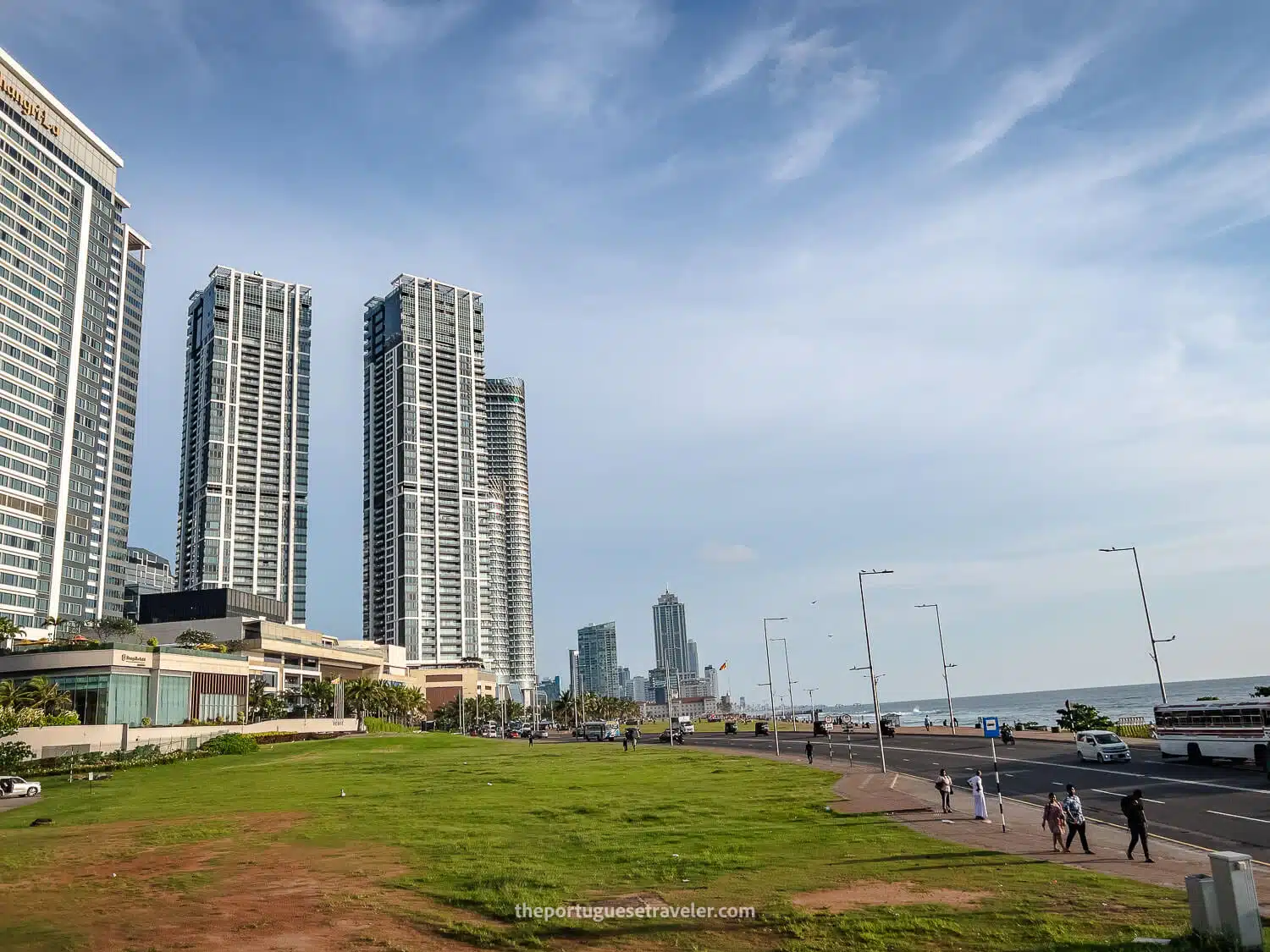
Beira Lake & Seema Malaka
A tranquil lake in the heart of Colombo, with a small island housing the Gangarama Seema Malaka temple. It’s a peaceful spot for a short escape from the city, with serene surroundings and beautiful views.
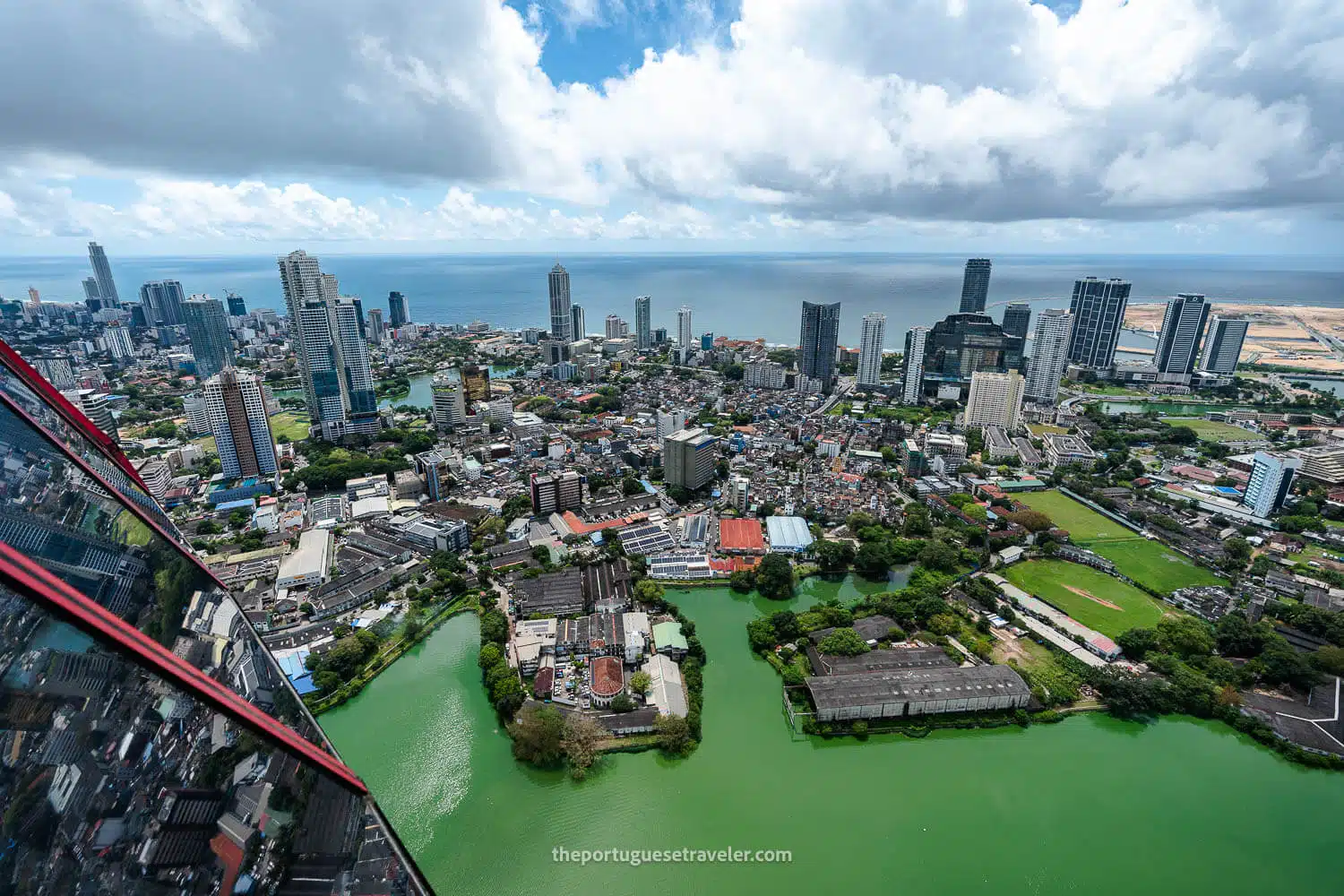
Gangaramaya Temple
A serene Buddhist temple that blends Sri Lankan, Thai, Indian, and Chinese architectural styles. The temple features a vihara, pagoda, bodhi tree, and a museum filled with fascinating relics, including antique cars and a skeleton of an elephant.
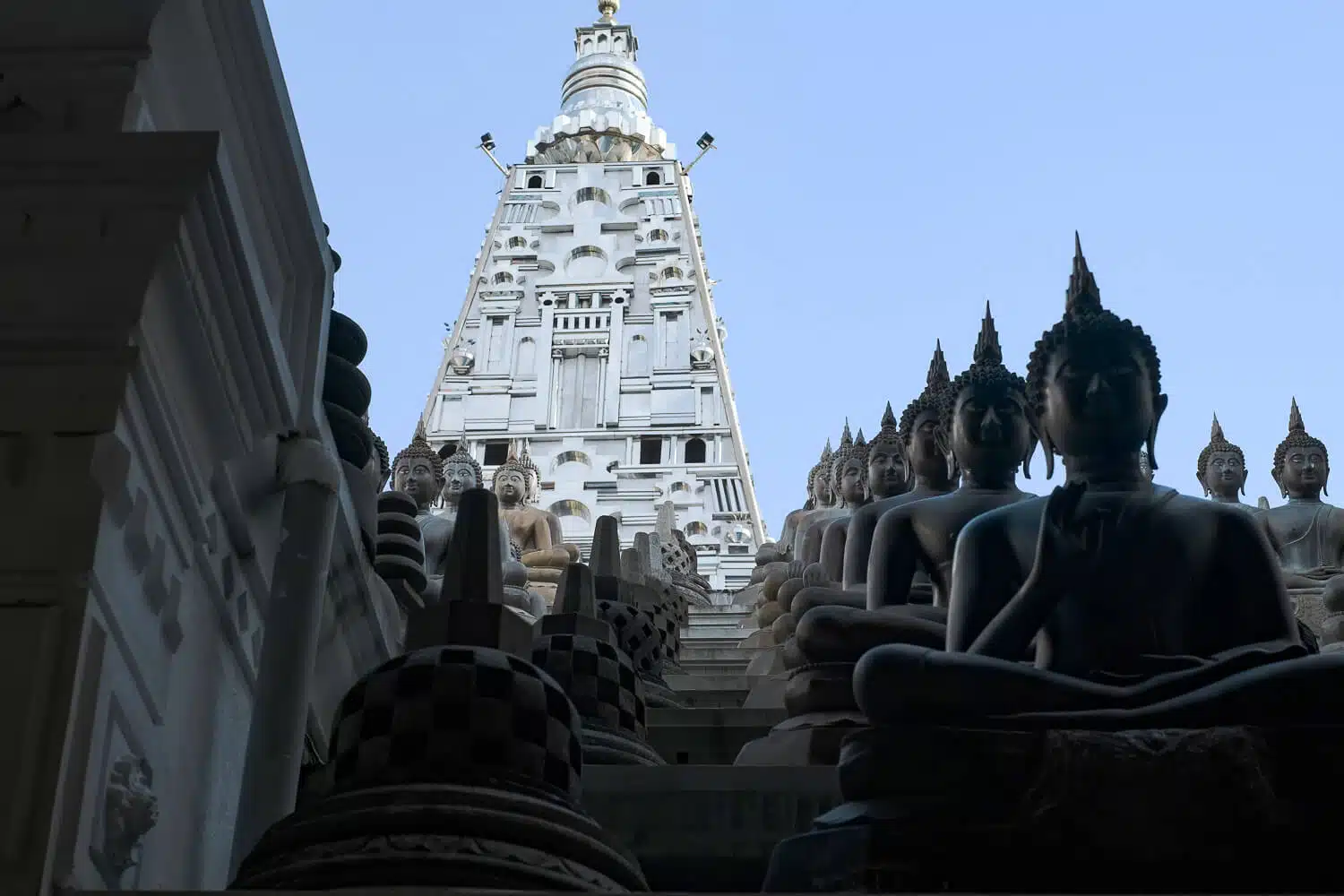
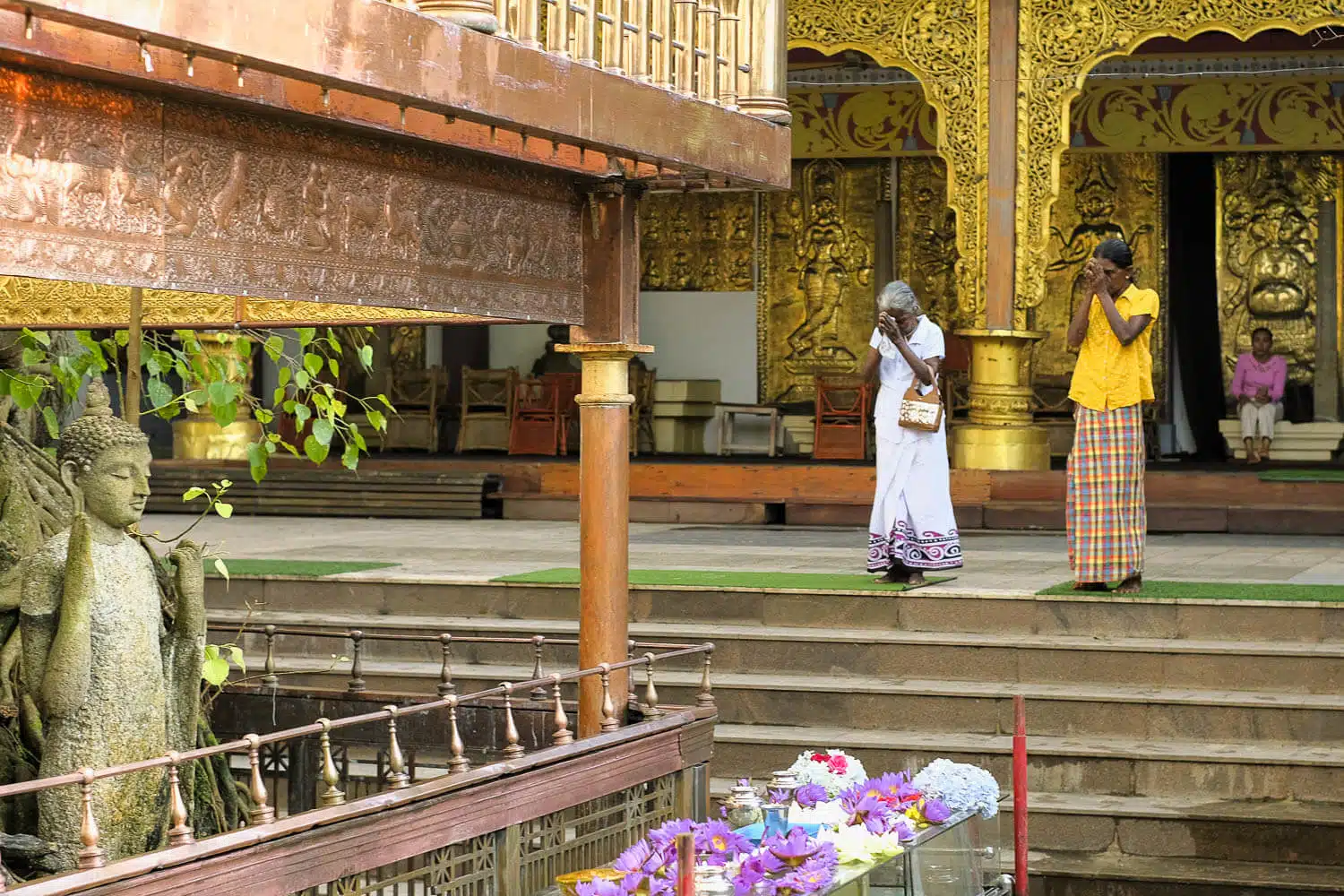
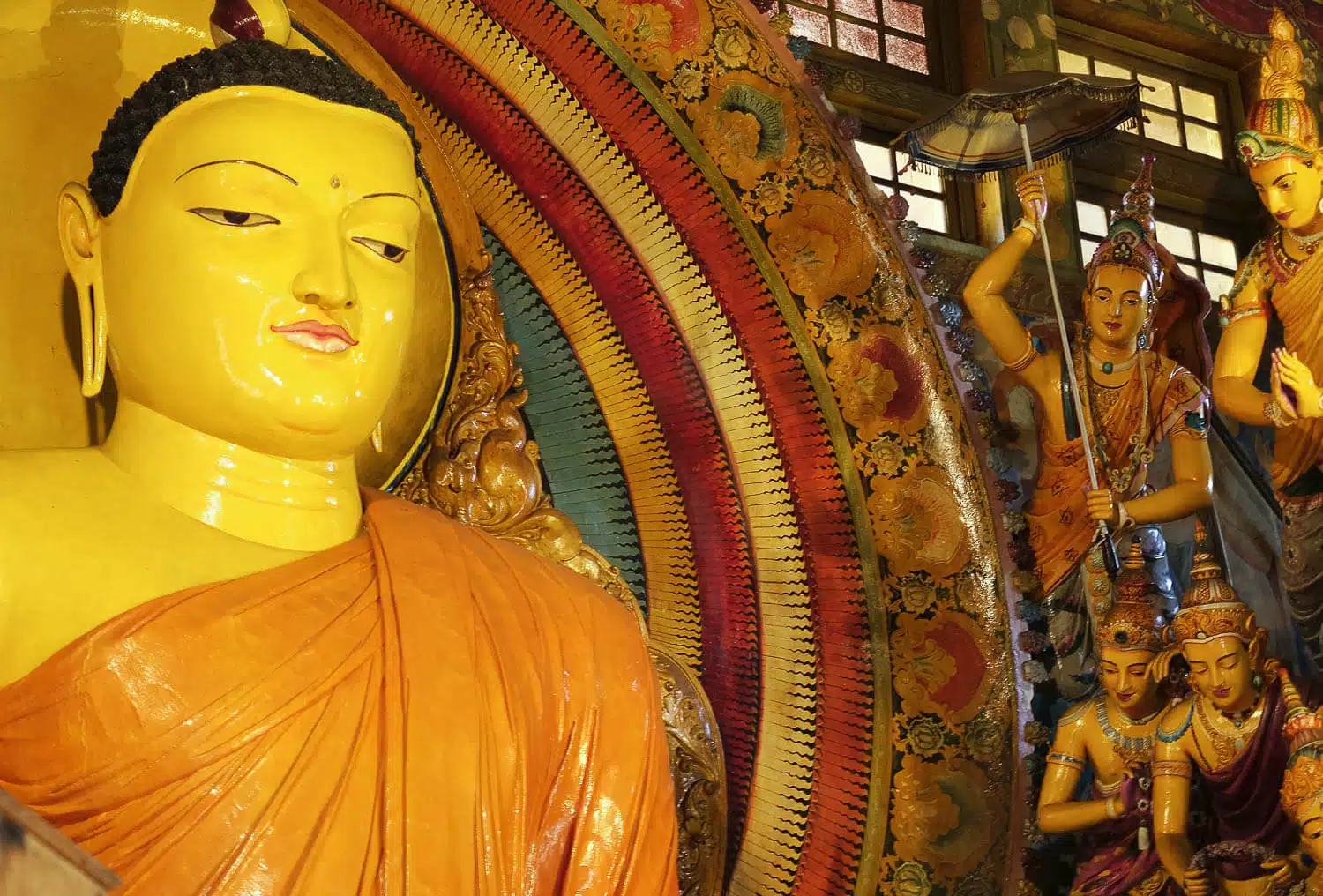
Independence Square
A significant historical site commemorating Sri Lanka’s independence from British rule, featuring a memorial hall surrounded by gardens. The square is a peaceful place for walks and relaxation, with statues celebrating national heroes.
Kelaniya Viharaya
A revered Buddhist temple located a short drive from Colombo, with a rich history dating back to the Buddha’s visits to Sri Lanka. The temple’s murals depicting the Buddha’s life make it an important cultural site.
Sri Kaliawasanathar Swami Devasthanam Temple
A colorful Hindu temple dedicated to Shiva and Ganesha, featuring intricate carvings and vibrant murals that depict stories from Hindu mythology.
Art Galleries and Cultural Shows
Colombo is home to several art galleries and cultural venues like the National Art Gallery and Nelum Pokuna Mahinda Rajapaksa Theatre, showcasing a mix of traditional and contemporary art, as well as cultural performances.
Local Cuisine
Colombo offers a wide range of dining experiences, from street food stalls to upscale restaurants. Try Sri Lankan staples like hoppers, kottu, and curry, as well as seafood and traditional desserts like watalappan.
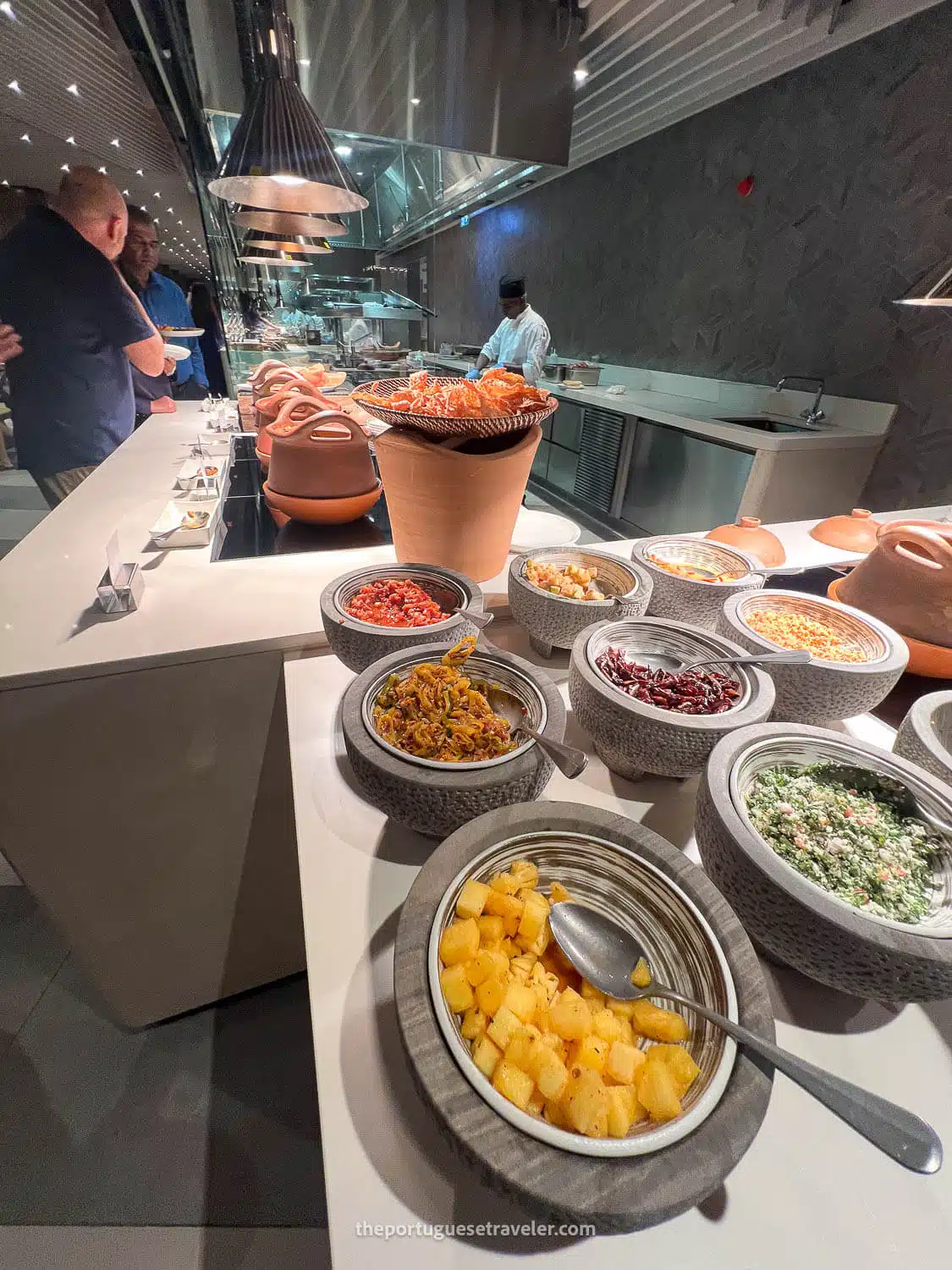
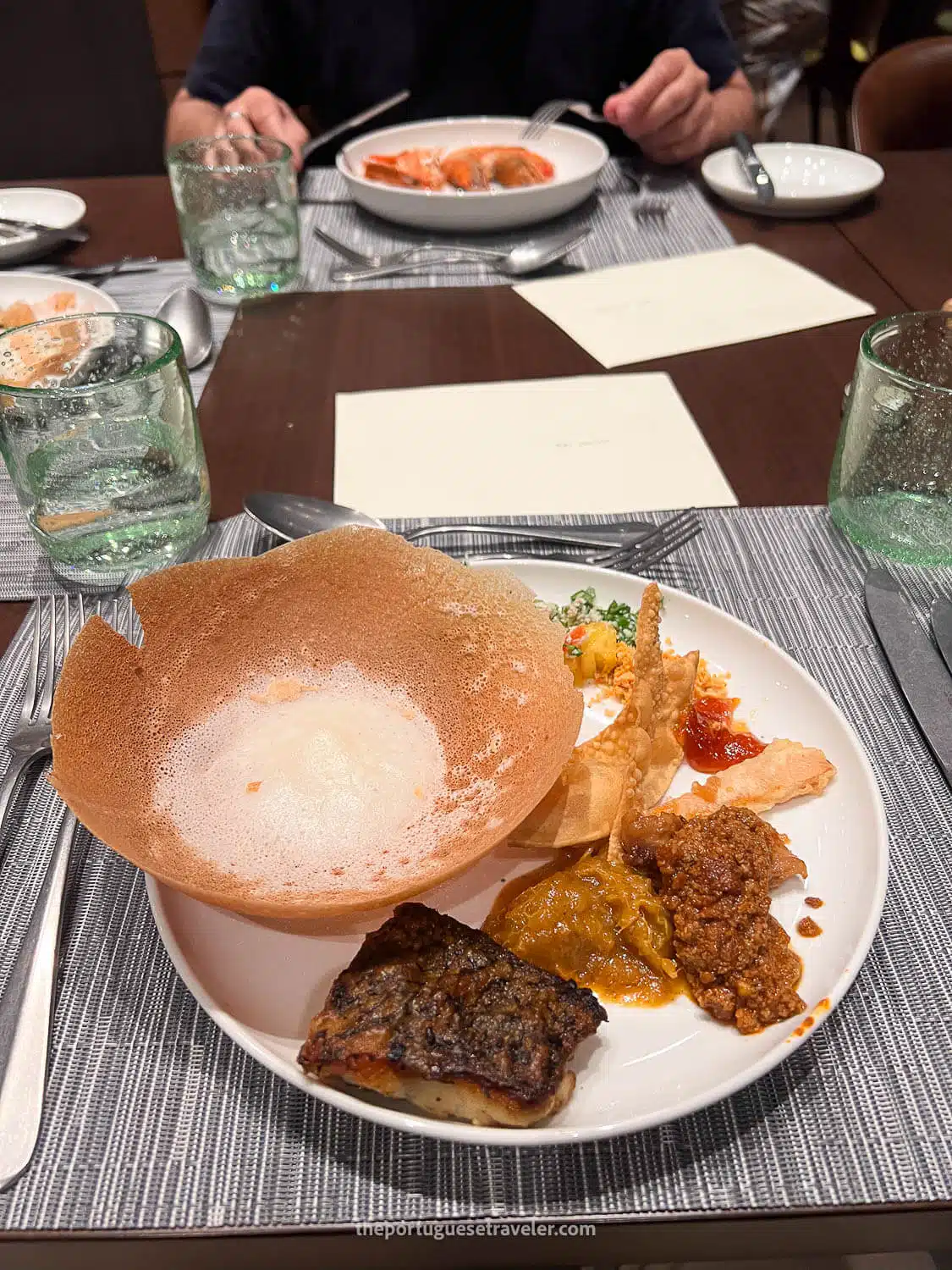
Best Things To Do near Colombo, Sri Lanka
Sri Lanka is a relatively small island, which means you’re never too far from amazing attractions, no matter where you’re based. While Colombo itself offers plenty to explore, you can easily venture to nearby destinations for a diverse mix of natural beauty and cultural landmarks.
For a refreshing escape, head to Ella, a charming hill town known for its breathtaking waterfalls, including the famous Ravana Falls, and its impressive Nine Arches Bridge. If you’re a fan of hiking and nature, the Sinharaja Forest Reserve is a UNESCO-listed rainforest that’s home to diverse wildlife and lush greenery.
For more adventure, consider a trip to Yala National Park, where you can go on safari to see elephants, leopards, and other wildlife in their natural habitat. You can also visit Ratnapura, known as the “City of Gems”, and explore the gemstone mines or take in the scenic views of the surrounding hills.
To the north, you’ll find Sigiriya, the iconic rock fortress with incredible views, ancient ruins, and frescoes that tell stories of Sri Lanka’s rich past. Whether you go east, west, or south, Sri Lanka’s compact size makes it easy to reach incredible attractions, making it the perfect base for exploring diverse landscapes and cultural gems.
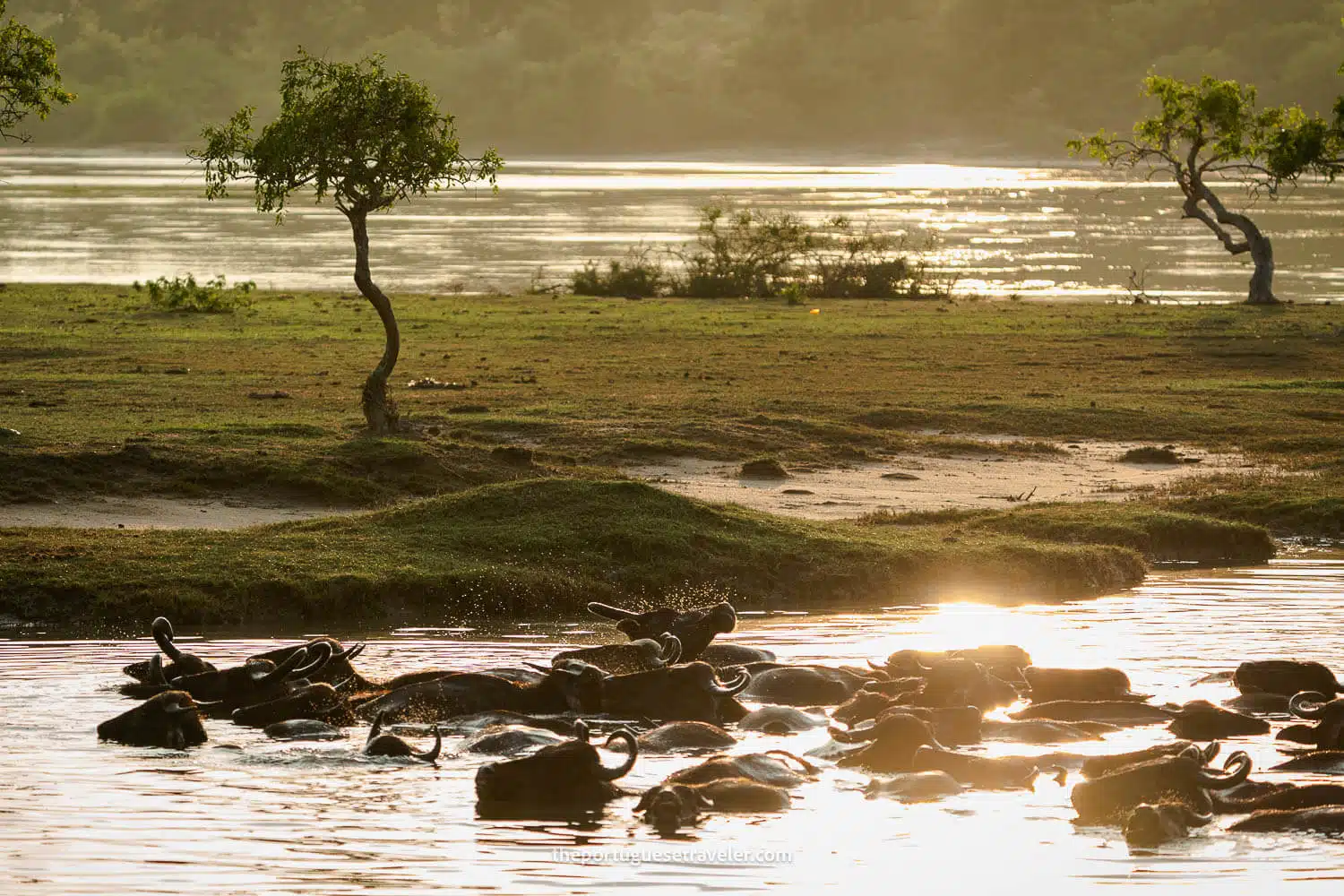
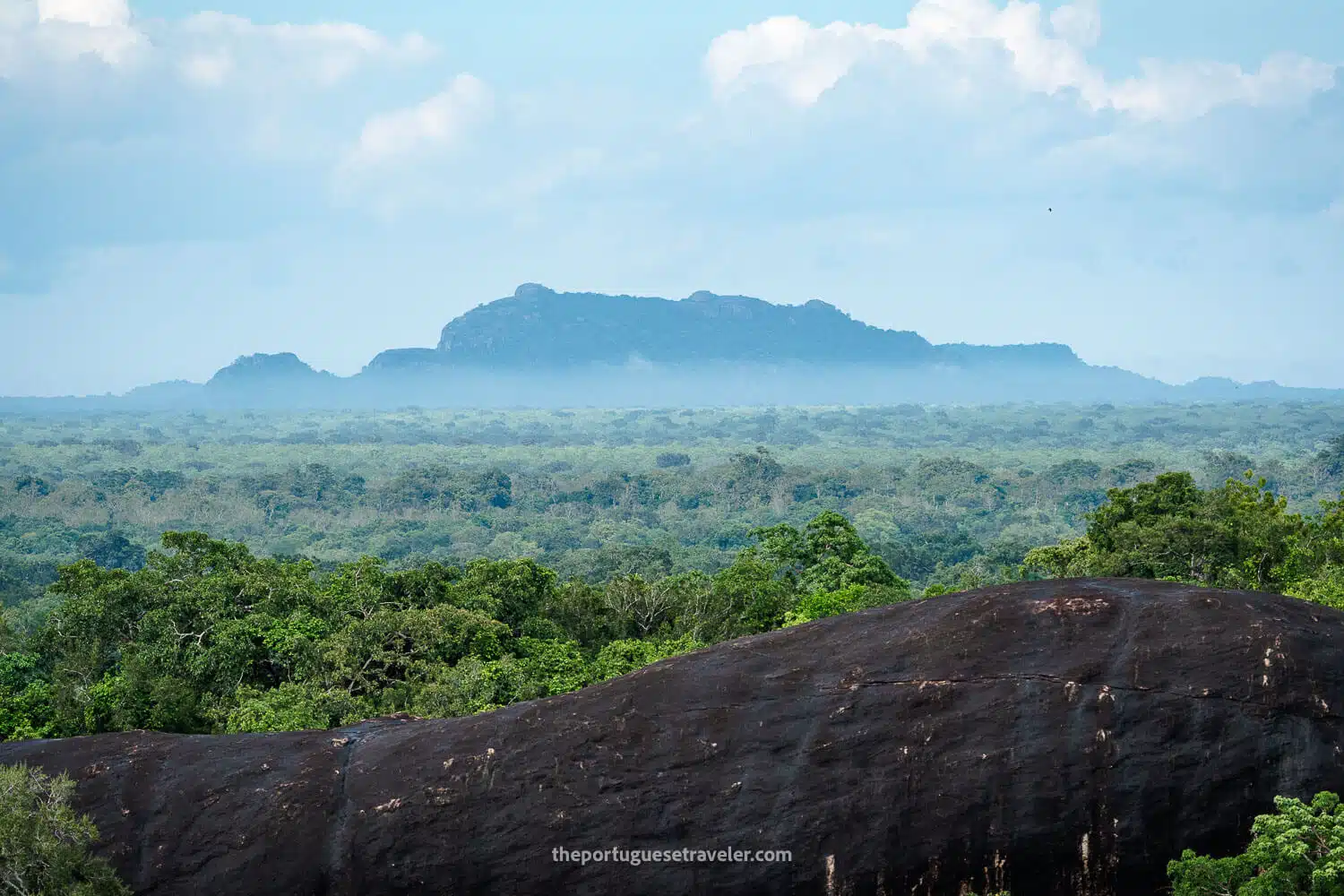
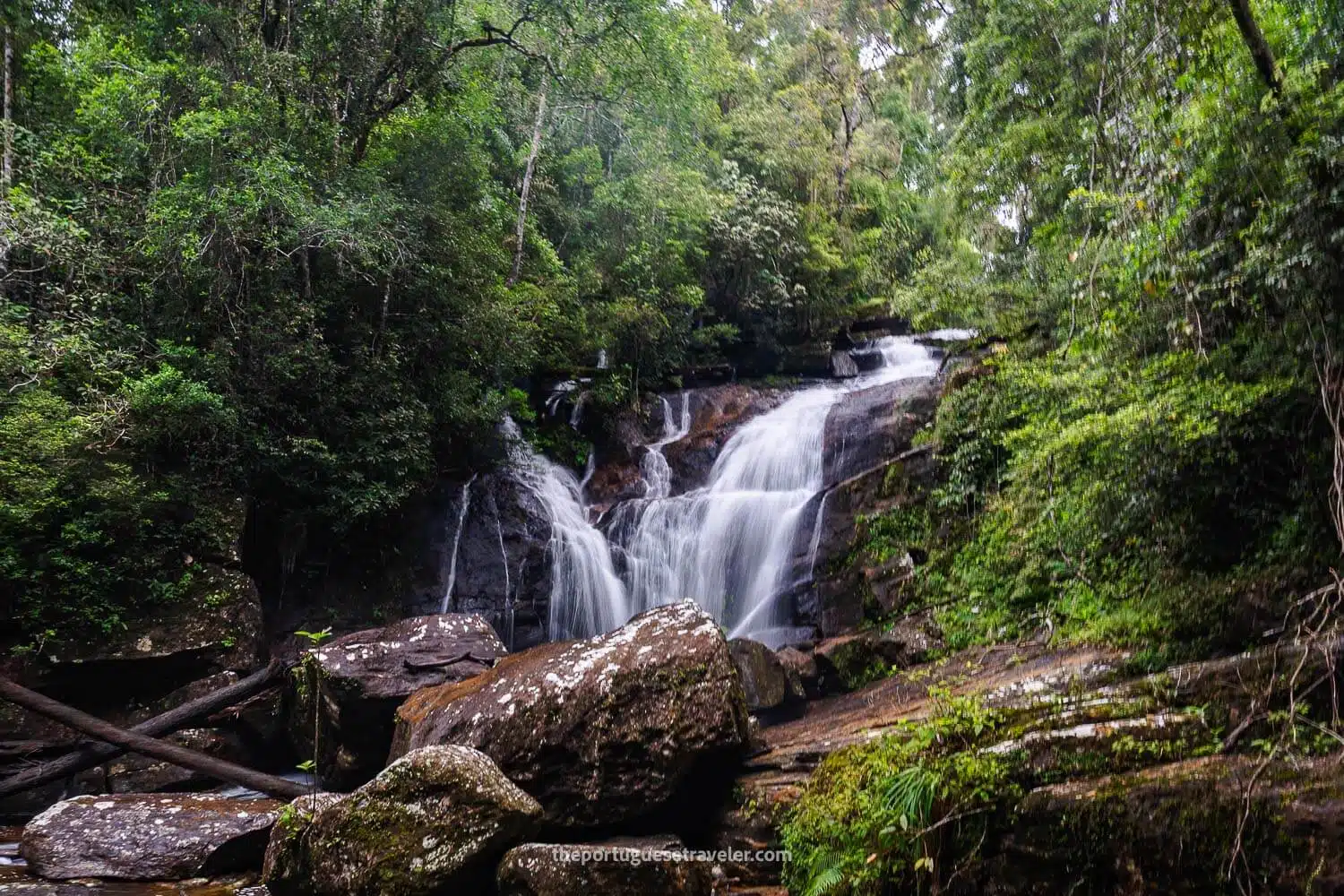
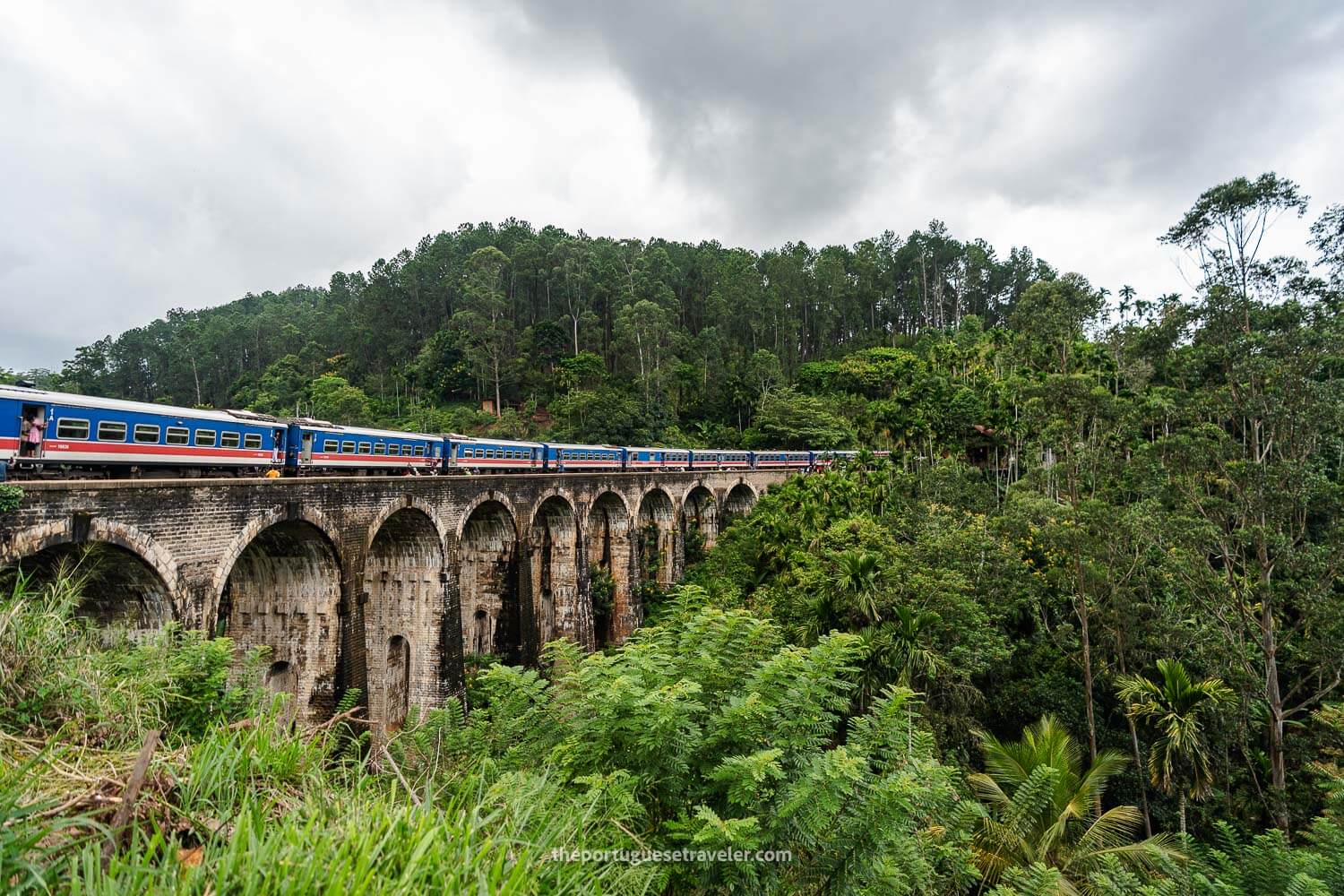
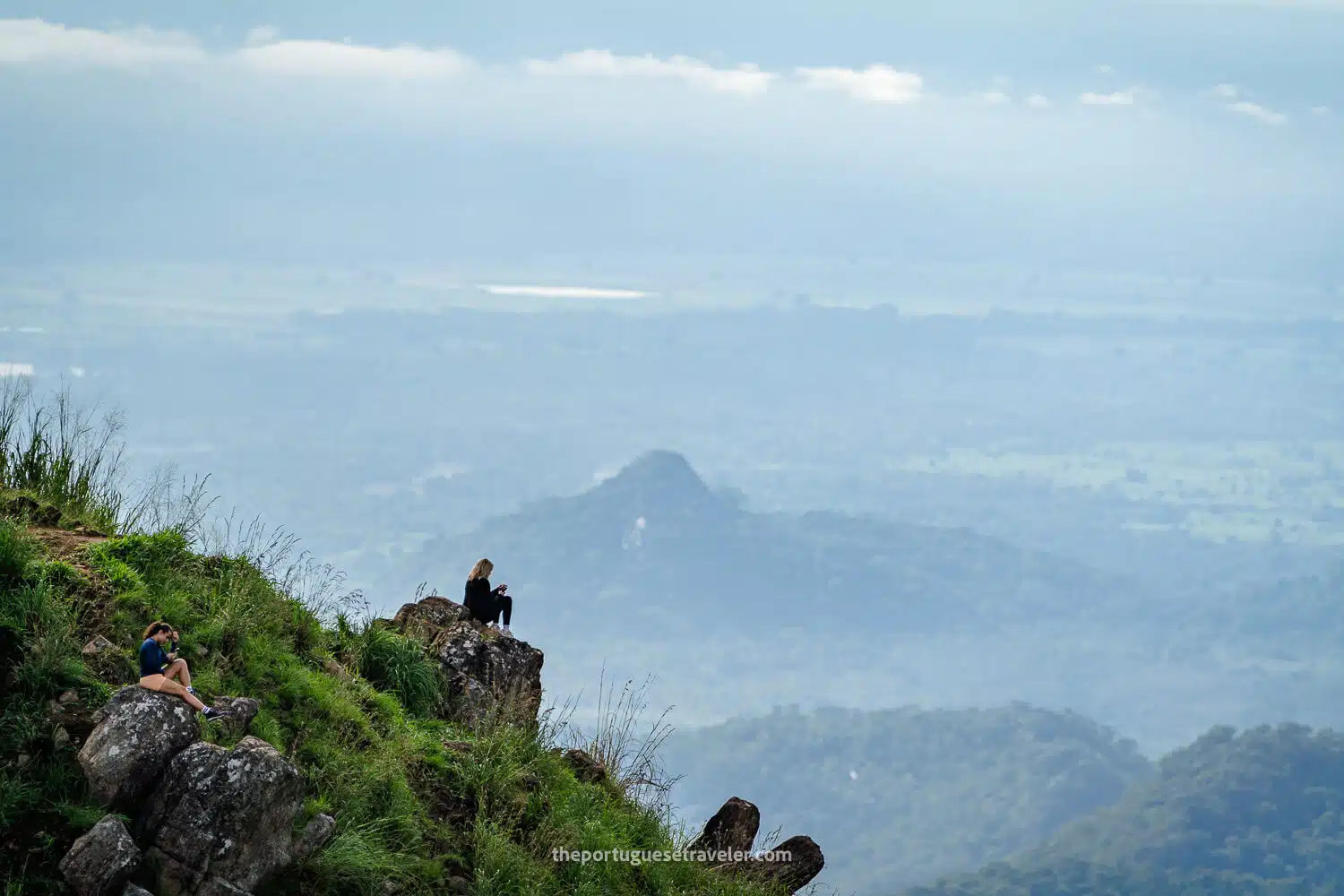
Where to Eat and Drink in Colombo?
For a taste of authentic Sri Lankan cuisine in Colombo, start at Galle Face Green. This iconic spot by the ocean is known for street food like isso wade (prawn fritters), achcharu (spicy pickled fruits), and kottu roti – perfect for a sunset snack. For a deeper dive into Sri Lankan flavors, try local must-tries like hoppers (crispy bowl-shaped pancakes), lamprais (rice and curry wrapped in banana leaves), and string hoppers served with spicy sambols.
When exploring Pettah Market, enjoy the bustling atmosphere but avoid eating at the street food stands. While tempting, hygiene can be inconsistent, and it’s best to stick to packaged snacks or visit nearby eateries instead.
For authentic dining, Nuga Gama at Cinnamon Grand offers traditional village-style dishes, while Ministry of Crab is famous for its mouthwatering crab curries and seafood. If you’re in the mood for a quick rice and curry lunch, Upali’s by Nawaloka is a popular spot.
For a proper rice and curry experience, Gami Gedara Kotte is highly recommended by locals. Their black pork curry and chicken curry are packed with flavor, with generous portions at affordable prices. Another homey option is Spicy Mango, known for rice and curry that feels like a Sri Lankan mother’s lunch parcel – slightly oily but full of love.
If you’re craving kottu, head to Jetwing Colombo Seven. Their freshly made kottu, served with a quarter chicken, is a standout. It’s worth the wait, but if you’re short on time, Coco Verandah offers a quicker BBQ chicken kottu that’s equally satisfying.
For snacks, visit Perera and Sons, Caravan Fresh, or Fab for short eats like fish buns and egg rolls. Even Keells supermarkets have bakeries that stock local pastries.
For drinks, Botanik is a top-rated bar, known for its excellent cocktails and stunning city views, making it the perfect place to relax after a day of sightseeing. If you’re looking to try something different, the Gatz Bar at Cinnamon Life Hotel offers amazing cocktails, great views, and a fantastic vibe!
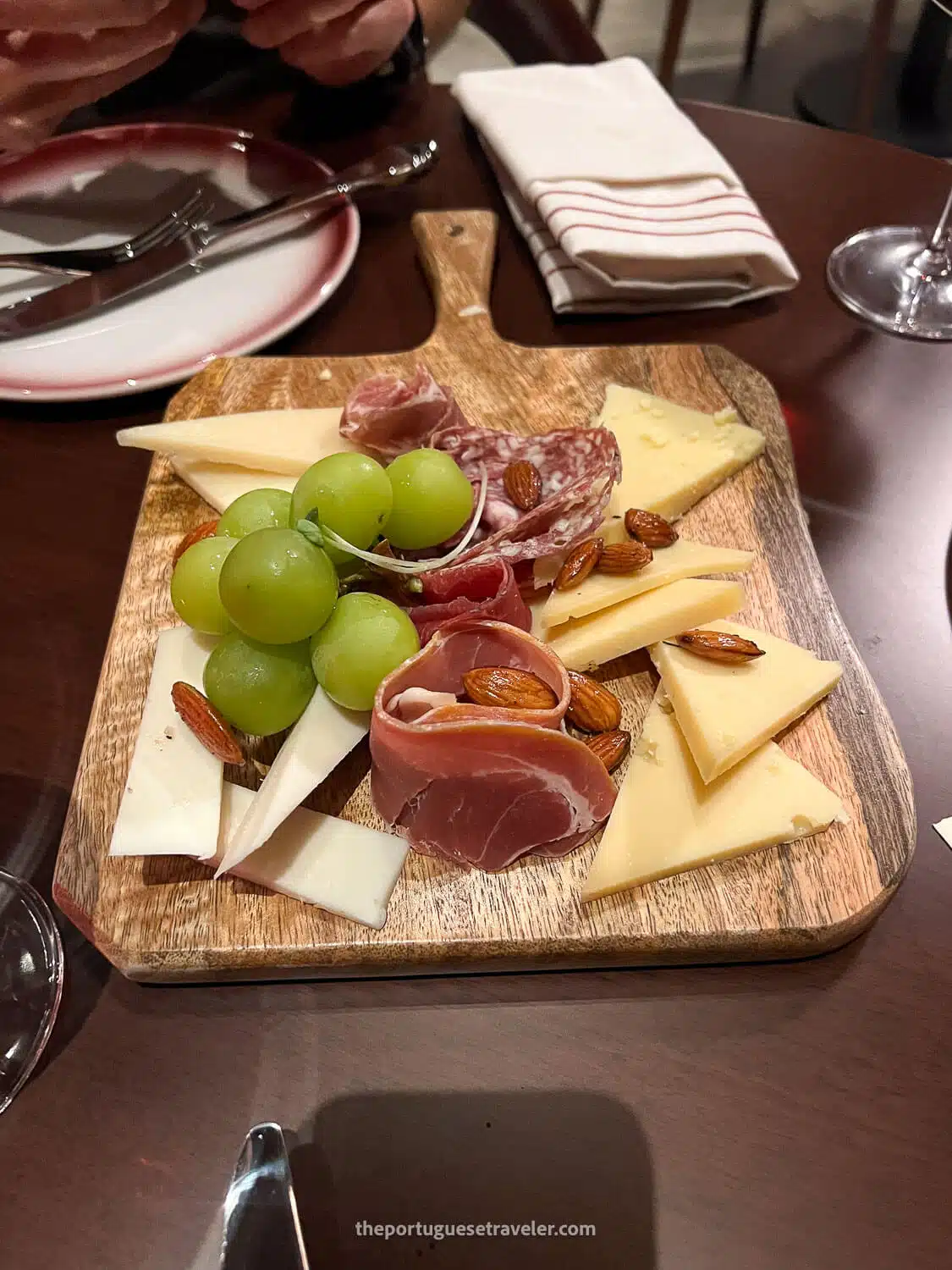
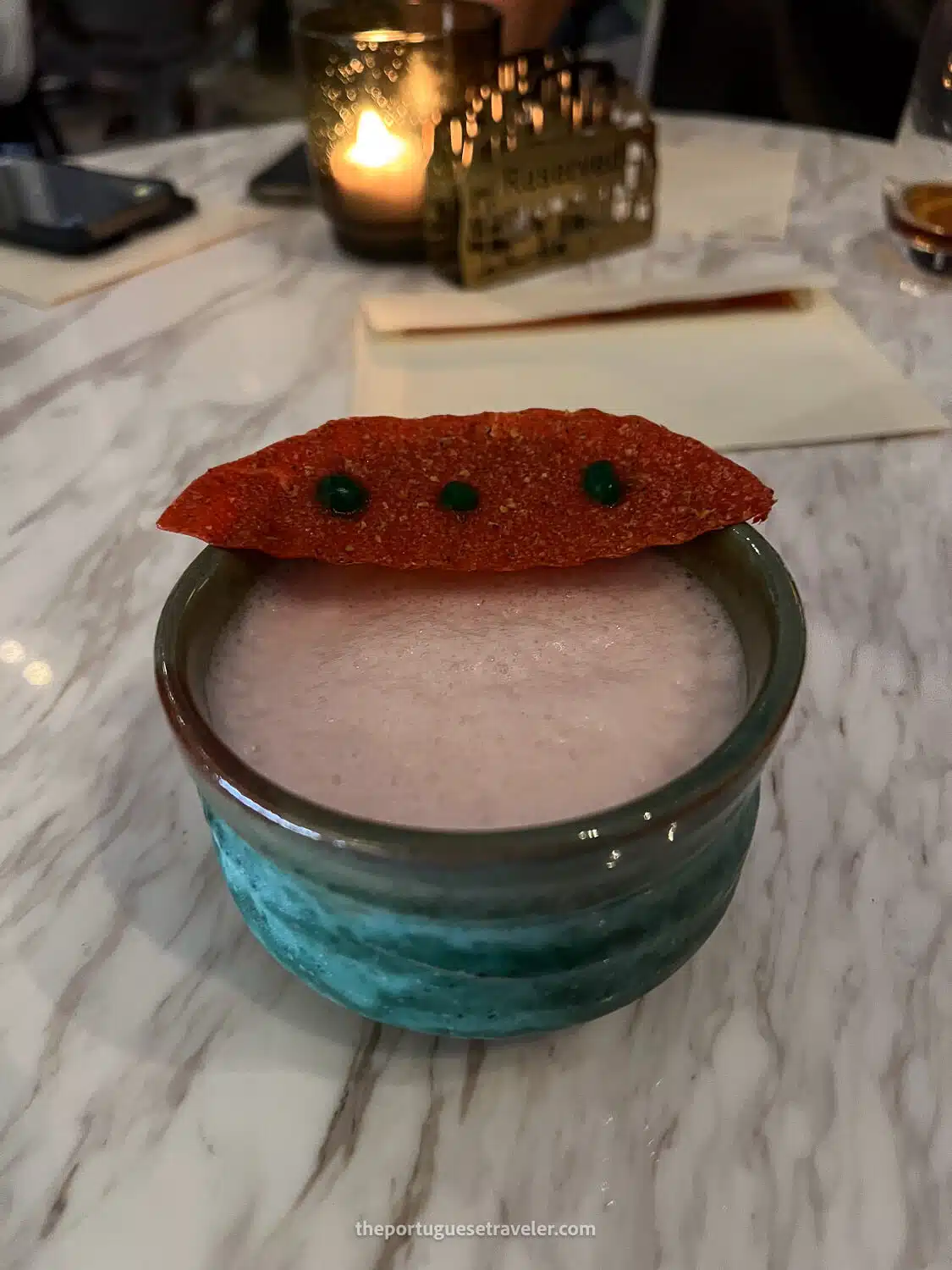
Where to Stay in Colombo, Sri Lanka?
Colombo offers a variety of neighborhoods, each with its own charm:
- Galle Face: Is known for its coastal views, luxury hotels, and vibrant nightlife.
- Colombo Fort: It’s the historic heart of the city, ideal for cultural sites and easy transportation.
- Kollupitiya (Colpetty): Is a central area with shopping, restaurants, and attractions like Gangaramaya Temple.
- Cinnamon Gardens: Offers a serene, upscale environment near cultural spots like the National Museum.
- Bambalapitiya: Is lively, well-connected, and close to Mount Lavinia Beach.
- Wellawatte: Provides a local, bustling vibe with markets and street food.
- Dehiwala-Mount Lavinia: Offers a beachside retreat just south of Colombo.
We stayed at Cinnamon Life at City of Dreams as part of a press trip organized by the Sri Lankan Tourism Board. It was a luxurious experience worth the stay. For more accommodation options across Sri Lanka, check out my articles on The 20 Best Hotels in Sri Lanka, The 10 Best Luxury Hotels in Sri Lanka, and The 10 Best Hostels in Sri Lanka.
Where to go Shopping in Colombo?
For shopping in Colombo, you can find something for every taste. For luxury brands and international shopping, head to Crescat Boulevard or Colombo City Centre. Odel and Barefoot are great for souvenirs and local handicrafts, while Laksala offers traditional Sri Lankan items.
If you’re after electronics or bargains, Pettah Market is the place to go, though it can be busy. For everyday essentials, supermarkets are available at Crescat Boulevard and Colombo City Centre. For a more relaxed experience, the Dutch Hospital Precinct and One Galle Face Mall offer a mix of shopping and dining in a pleasant atmosphere.
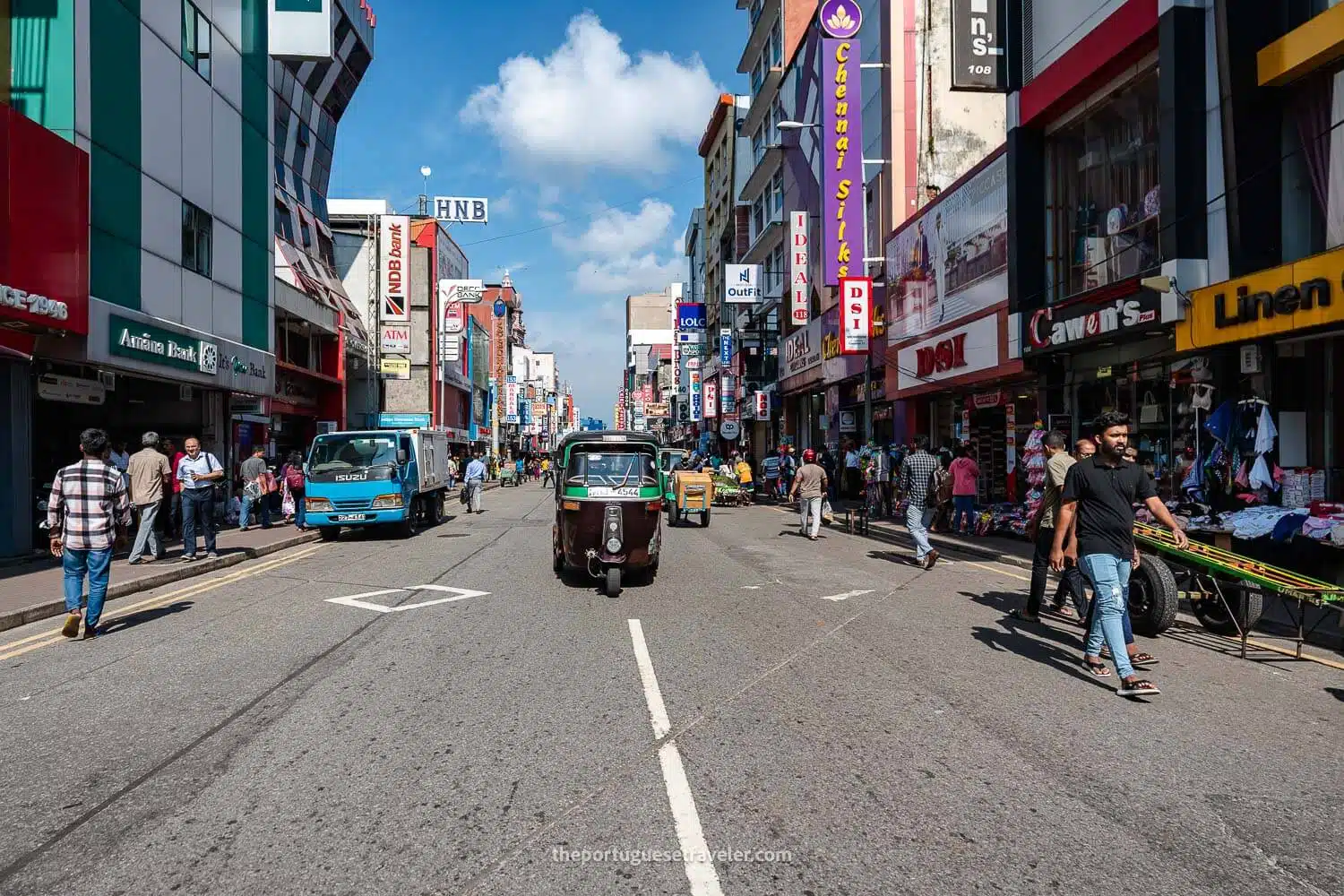
Best Tours in Colombo, Sri Lanka?
If you’re looking to make the most of your time in Colombo, I’ve handpicked some of the best-rated and most interesting activities in town with GetYourGuide.
These experiences are a great way to explore the city and its surroundings in a more meaningful way. With options that allow you to pay later and cancel if needed, it’s easy and convenient to book these unforgettable adventures.
My Experience in Colombo
This was my first time in Sri Lanka and also the 50th country I have ever visited. It was a special trip because it marked the first time I traveled internationally as a travel blogger on a press trip. Everything was arranged through a collaboration between ABVP (Associação de Bloggers de Viagens de Portugal) and the Sri Lankan Tourism Board.
I flew from Lisbon to Dubai and then from Dubai to Colombo, Sri Lanka. Fortunately, the second leg of the flight was upgraded to business class, making our arrival in Colombo even more enjoyable. Upon landing, a welcoming committee greeted us, took some photos, and gathered the group to depart for the accommodation chosen by the tourism board.
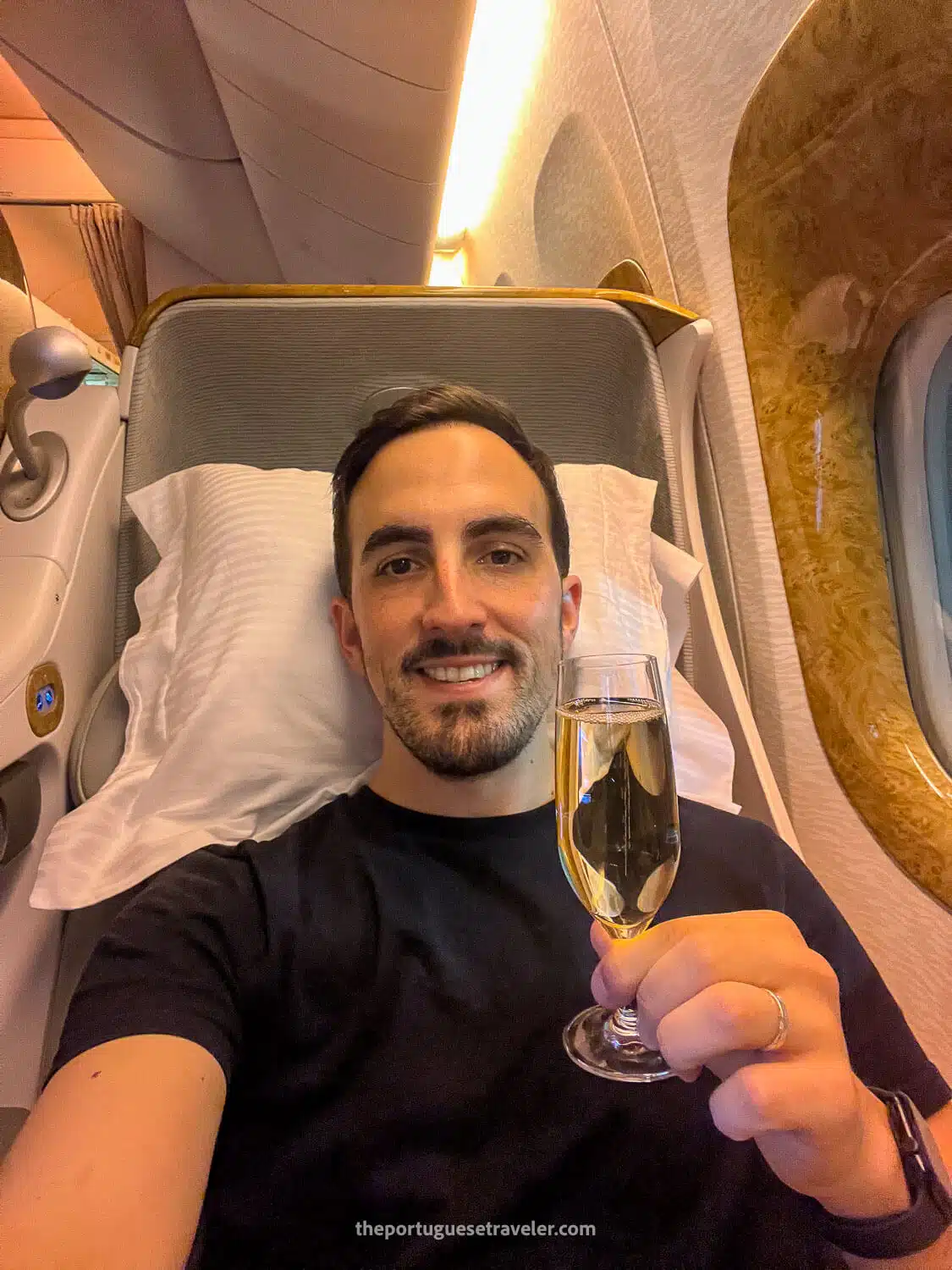
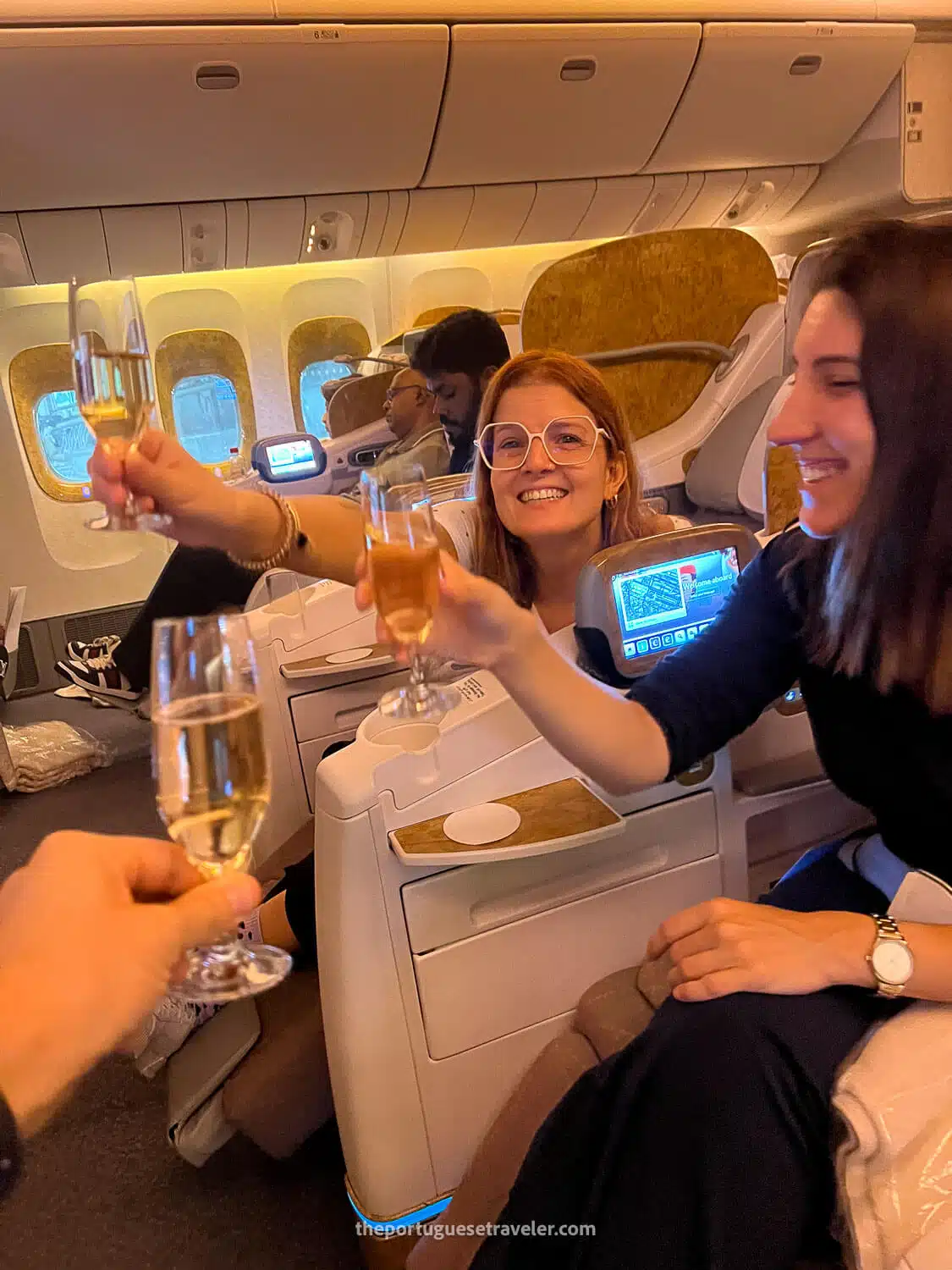
This press trip was unlike my usual exploration-based adventures, as the itinerary was pre-organized by the tourism board, which is typical for these types of trips. From the airport, we were driven by shuttle to the city center, enjoying the Lotus Tower shining in the background as we approached. Our first destination was Cinnamon Life at City of Dreams, a newly opened 7-star hotel where we stayed for the first two nights. I could hardly believe the luxury—what a treat and an incredible way to start the trip!
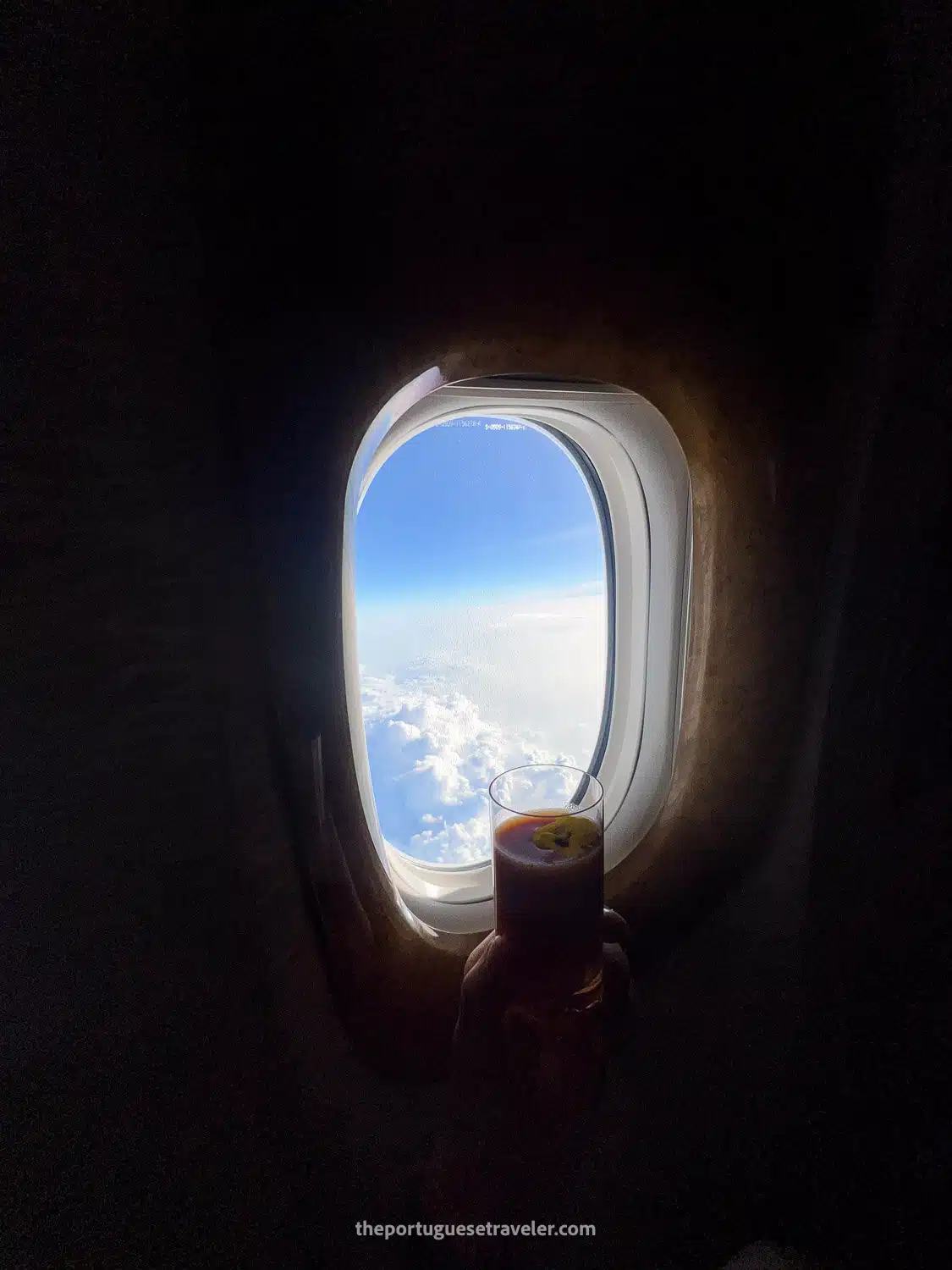
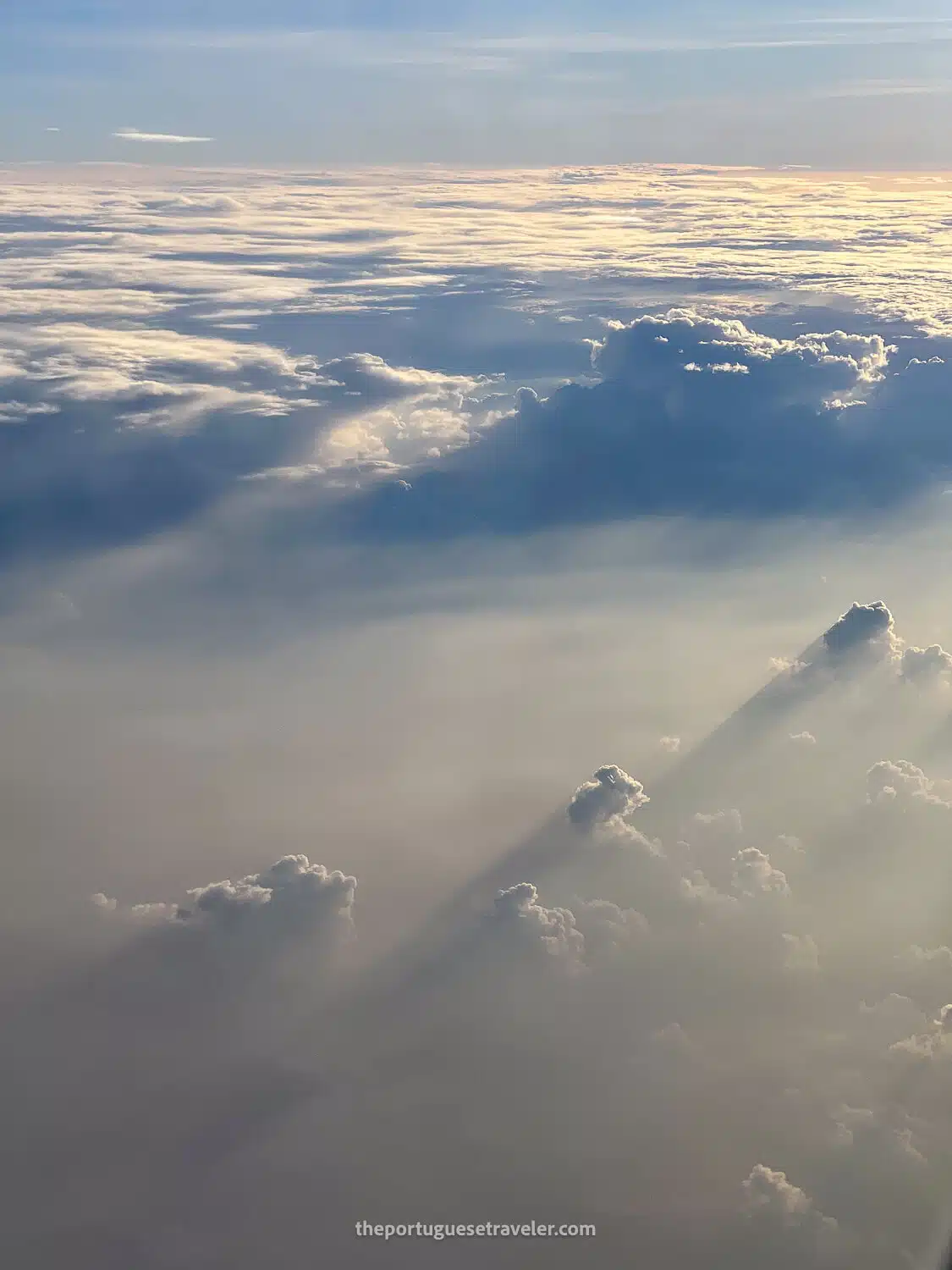
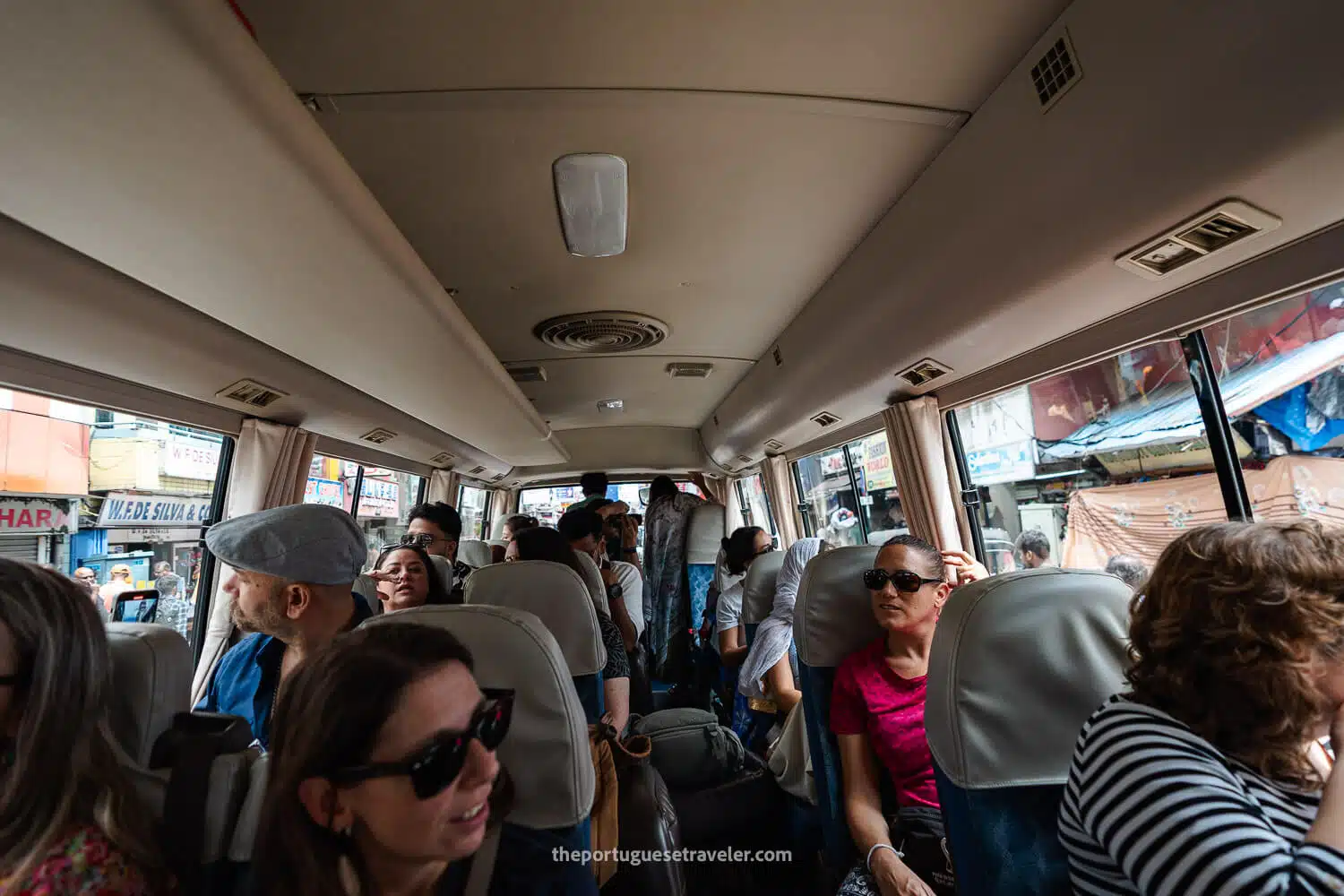
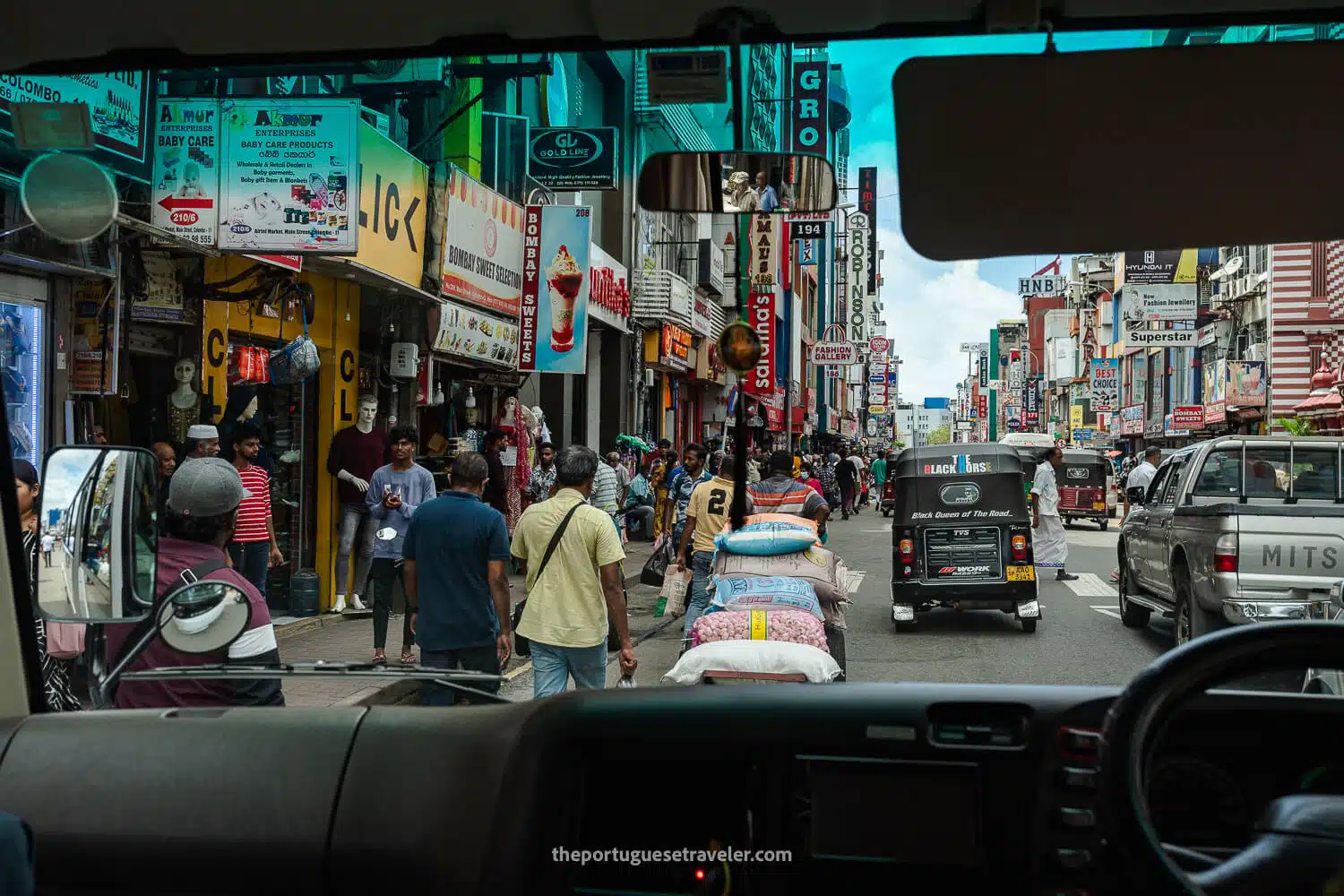
City Views and First Impressions
After freshening up from the long journey, we joined the group for our first visit—the Lotus Tower. At the entrance, we received a brief introduction, learning that it is the tallest tower in South Asia. When we reached the top, the panoramic view was breathtaking. From up there, we could see the ocean, lakes, temples, mosques, beaches, and modern skyscrapers. I had my Sony 200-600mm lens with me and managed to capture detailed shots of the temples and cityscape.
Following the tower visit, we went for lunch and then walked to One Galle Face Mall to get SIM cards and enjoy the seaside. Along the way, we passed by landmarks such as the Dutch Hospital, now transformed into a shopping and dining area, the Fort Sambuddhaloka Temple, and the Old Parliament Building. I also spotted storks, herons, and crows, and once again pulled out my 200-600mm lens to capture some epic shots of the wildlife.
In the evening, we returned to the hotel to prepare for a welcome event organized for the bloggers and media creators. The night began with a tour of the hotel, followed by cocktails at the Gatsby bar. We received formal invitations to the official welcome party scheduled for the next day. The night ended with a cheese and wine tasting at the wine bar, and finally, a luxurious dinner. When it was time to sleep, the comfort was beyond anything I had experienced. The hotel staff even prepared the bed with wine, cookies, and dried fruits before nightfall. Pure luxury.
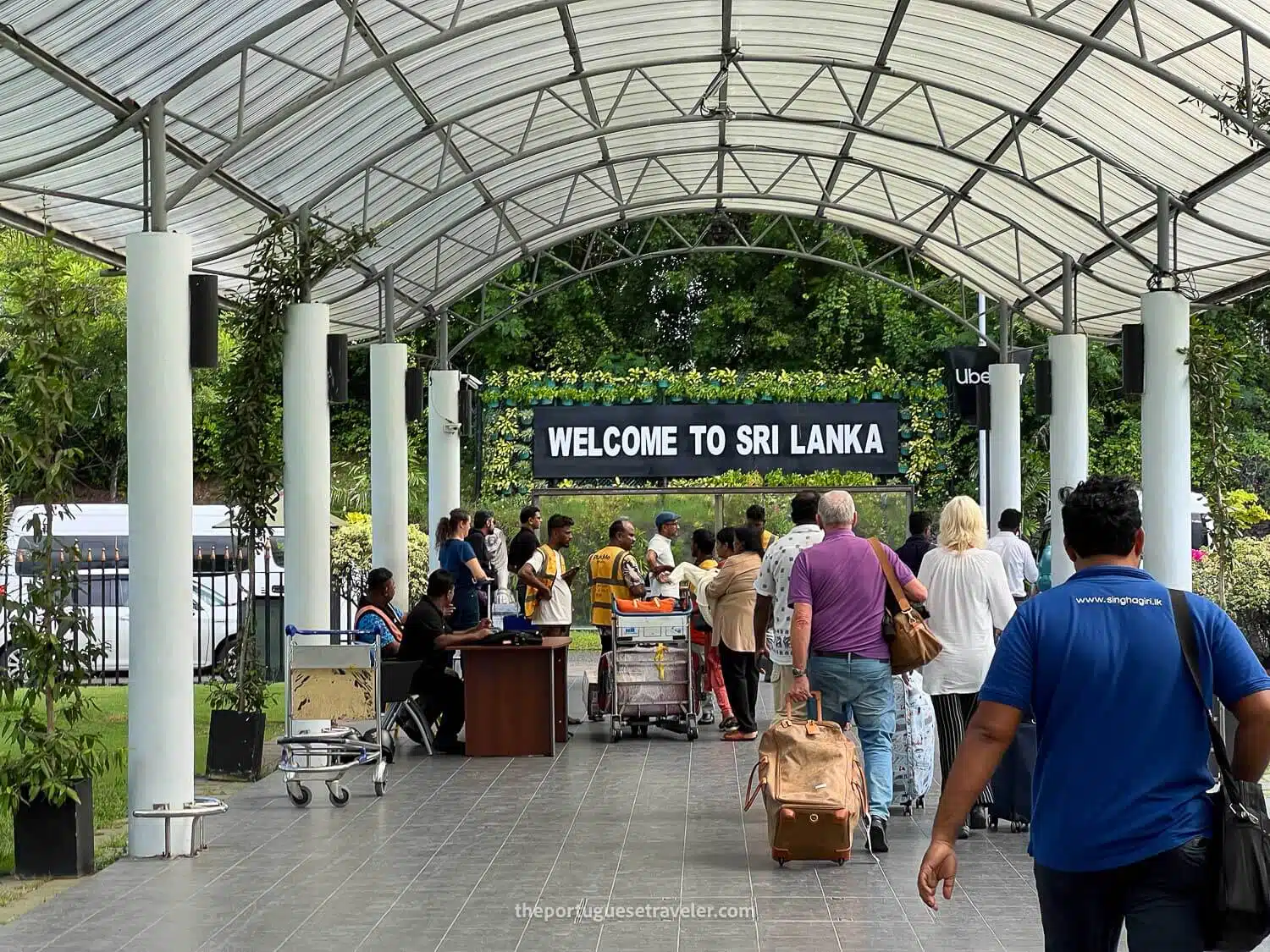
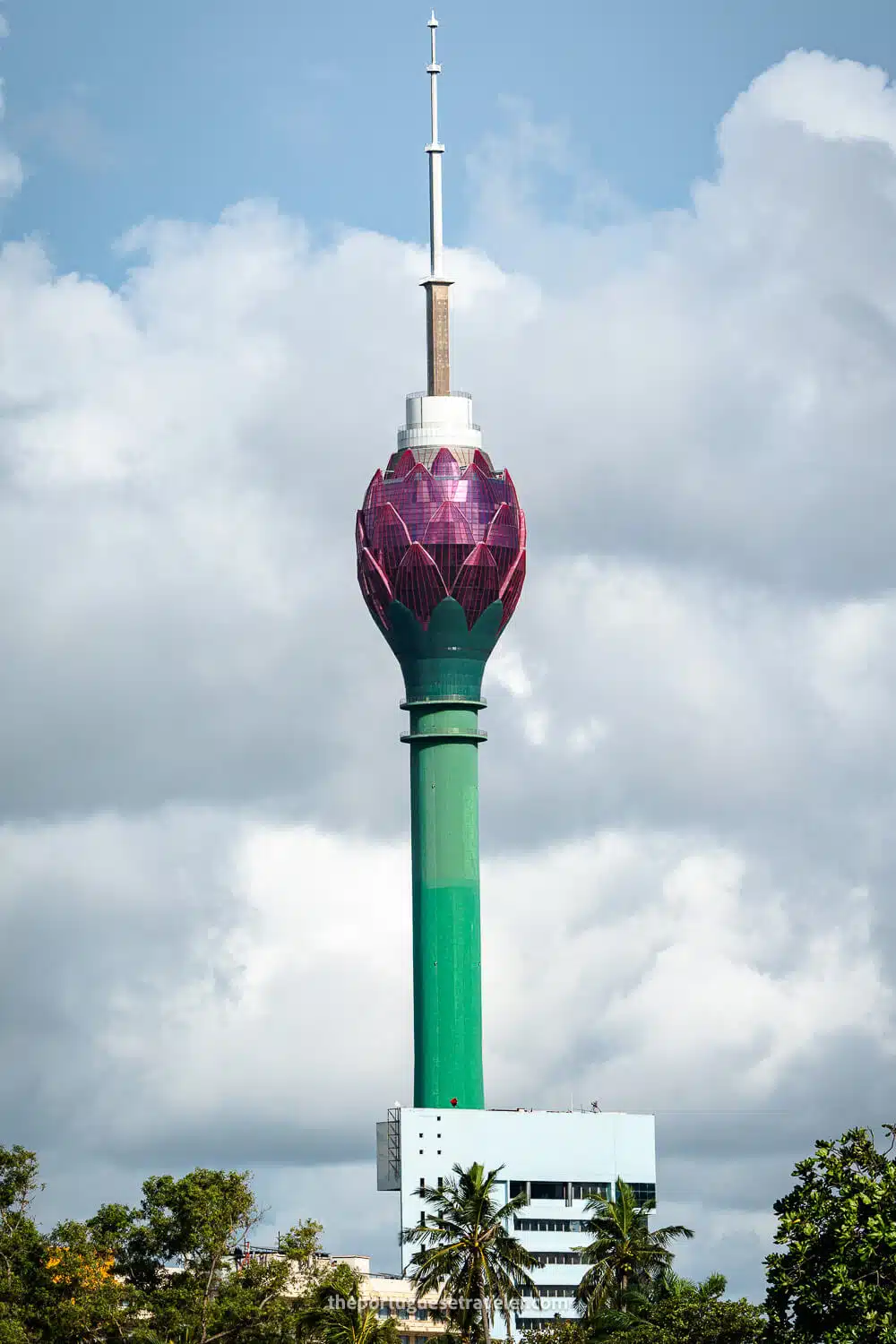
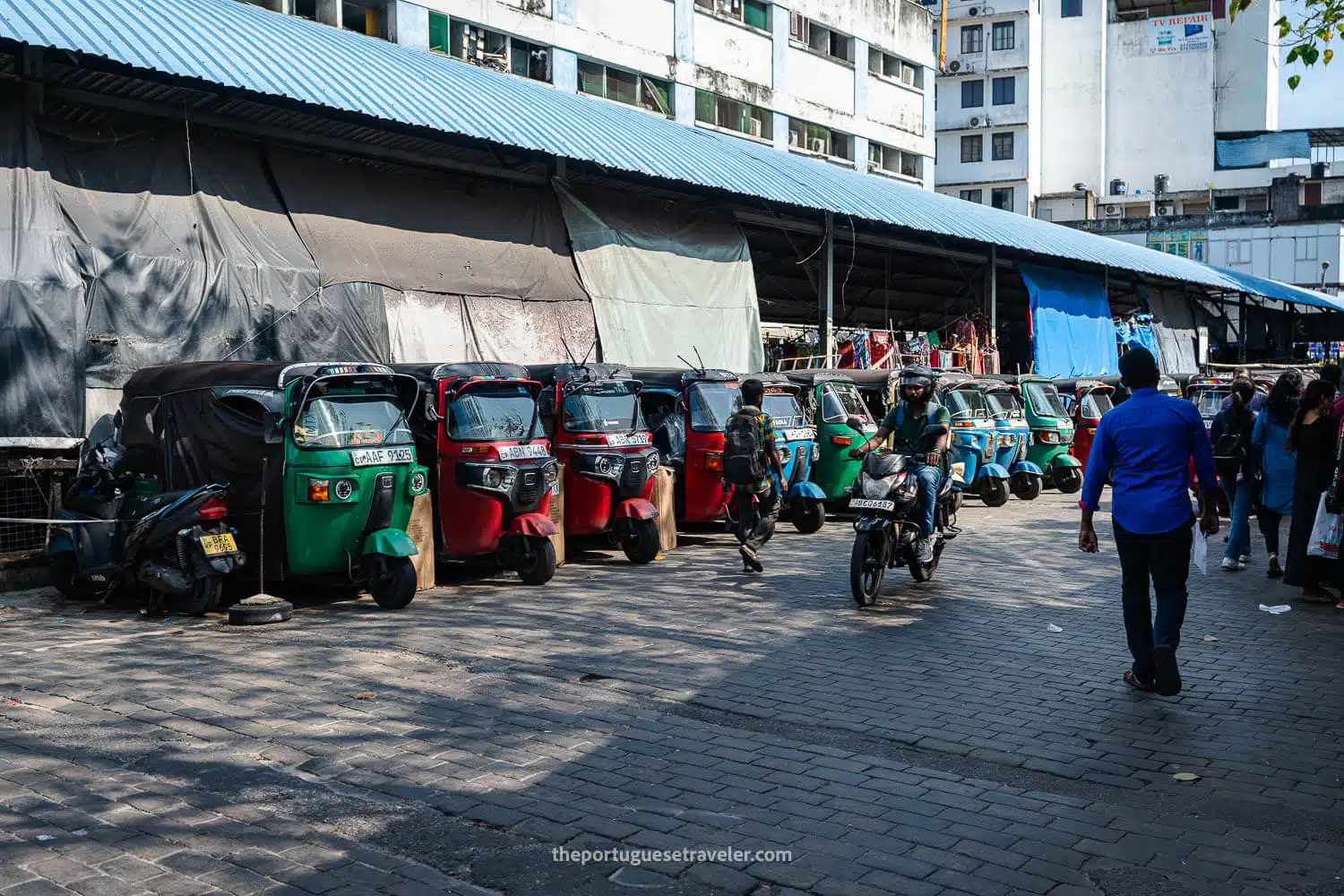
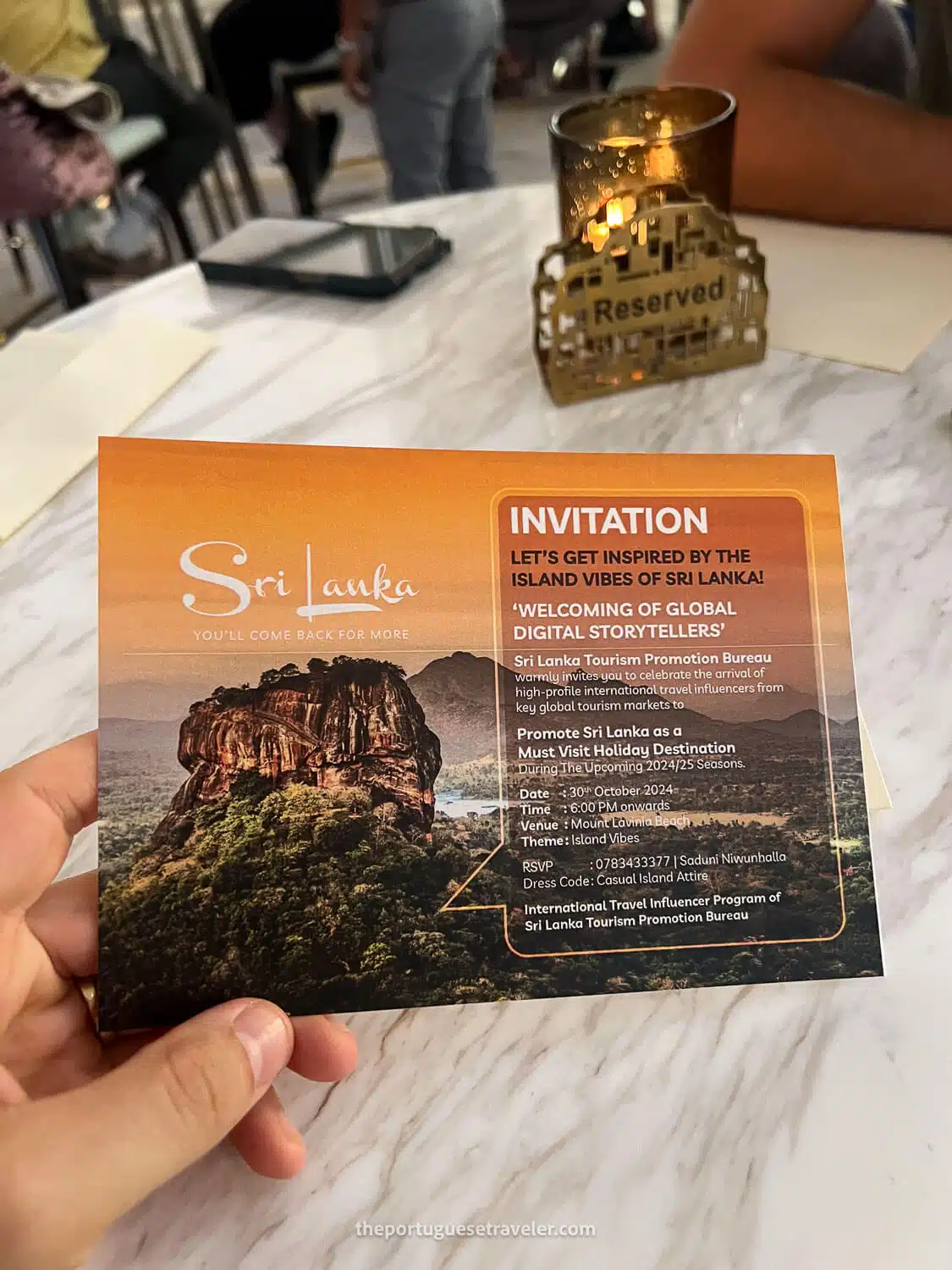
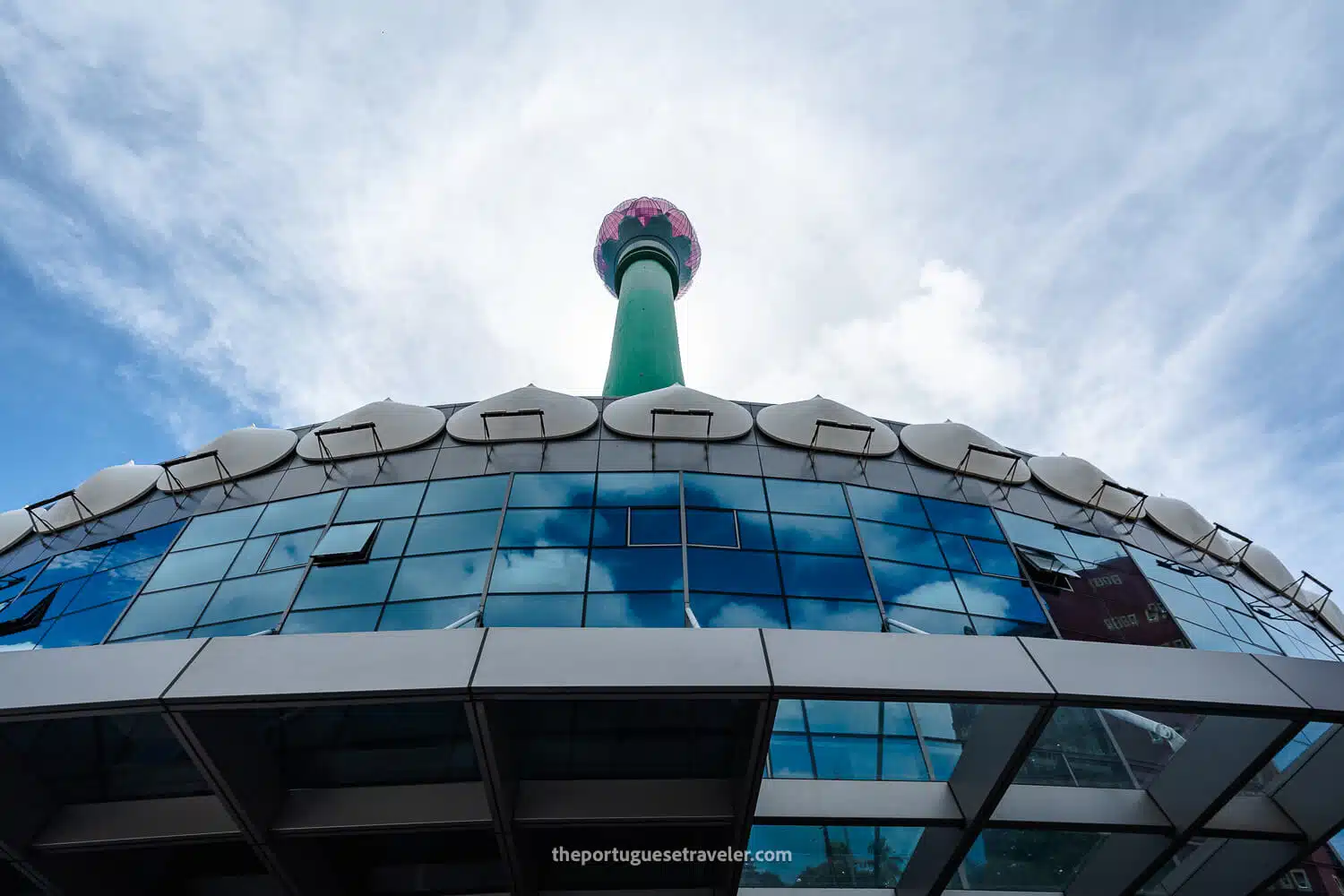
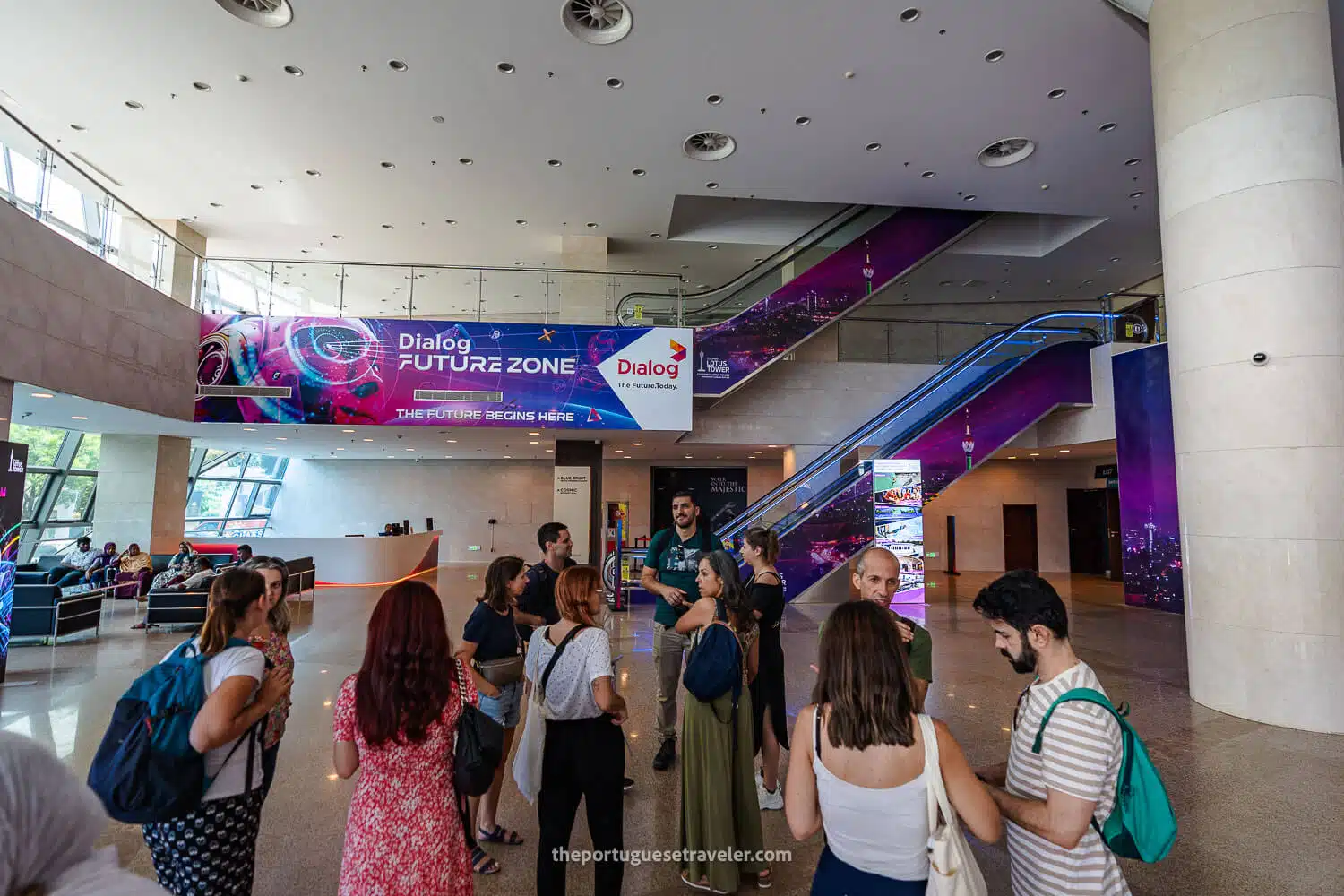
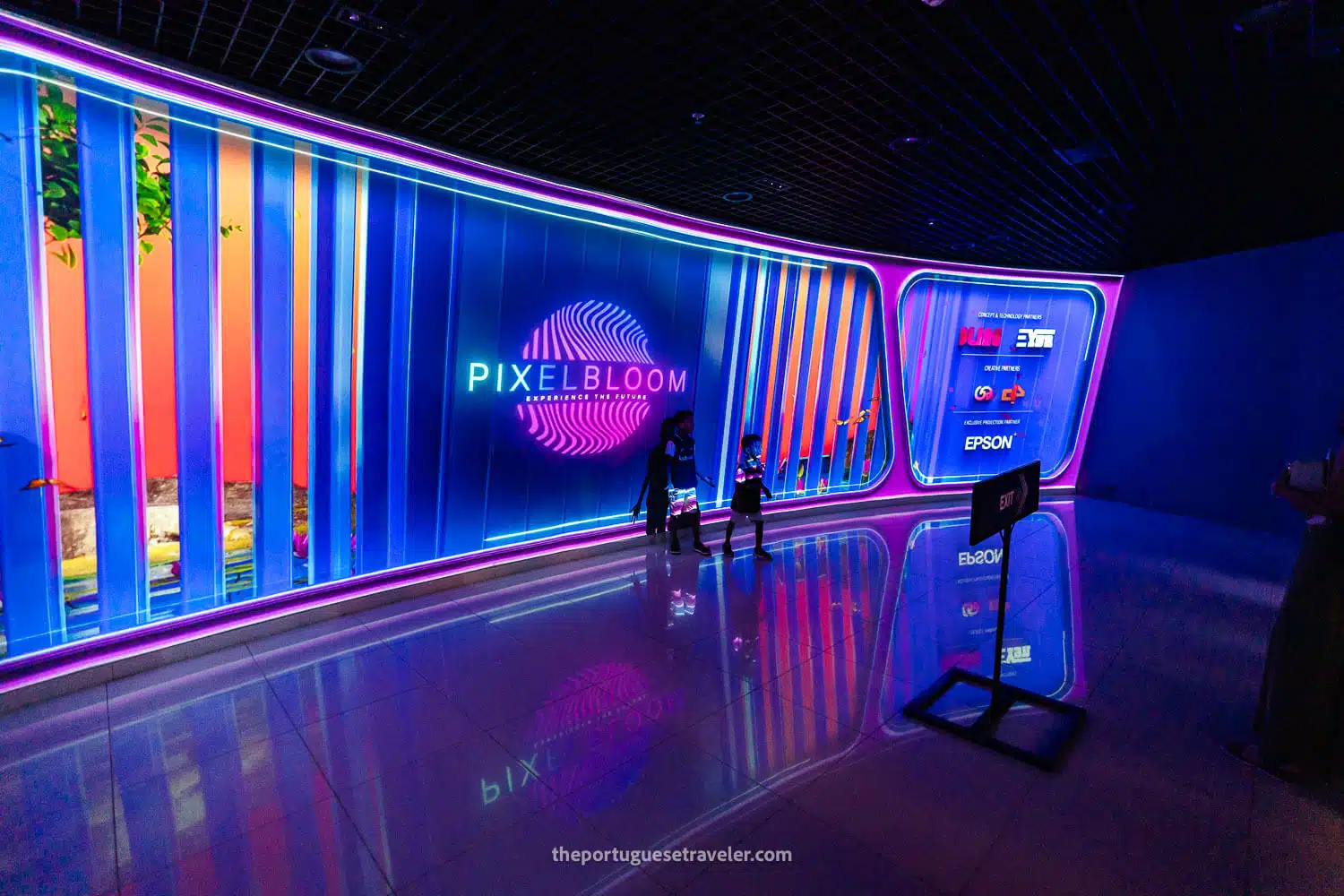
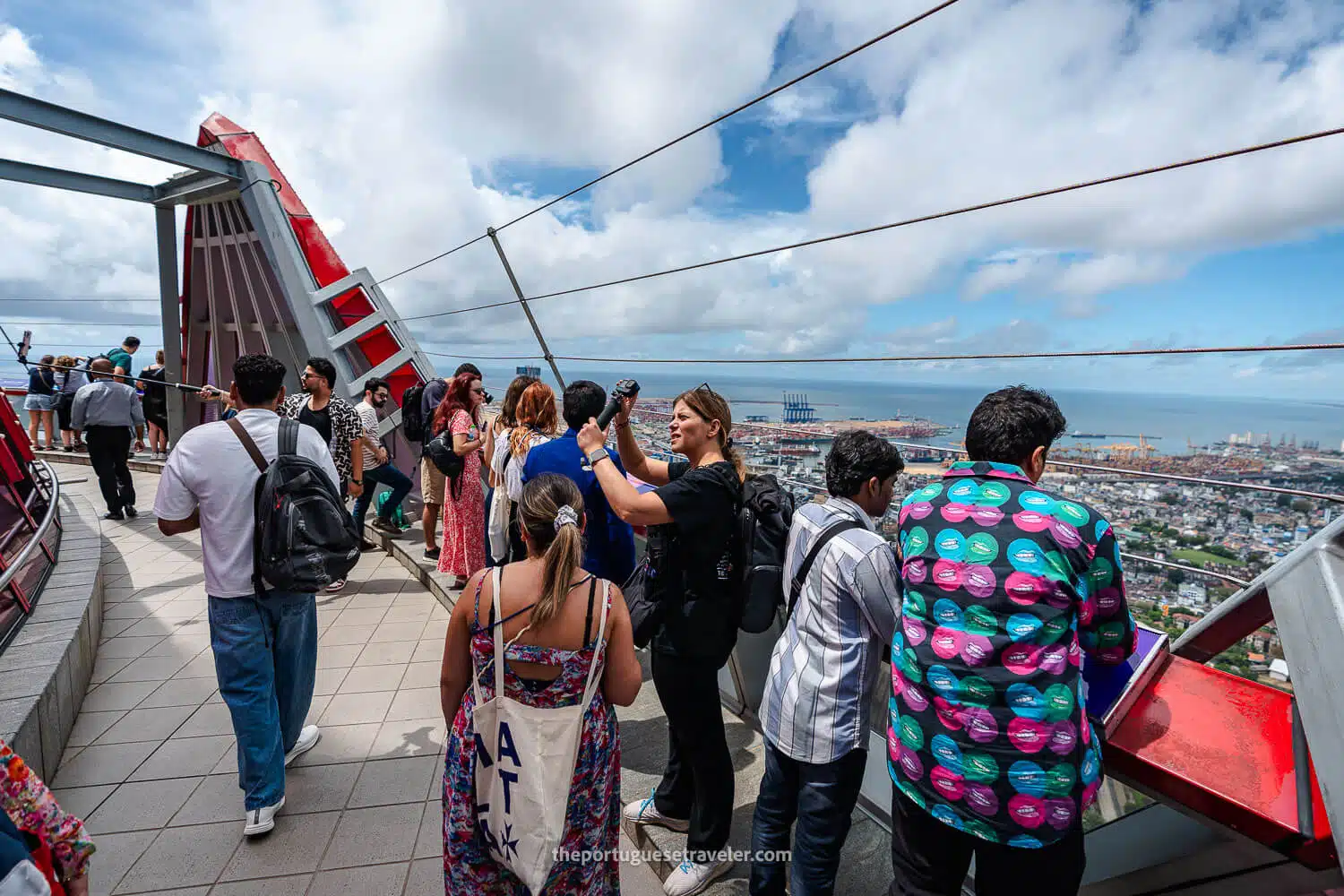
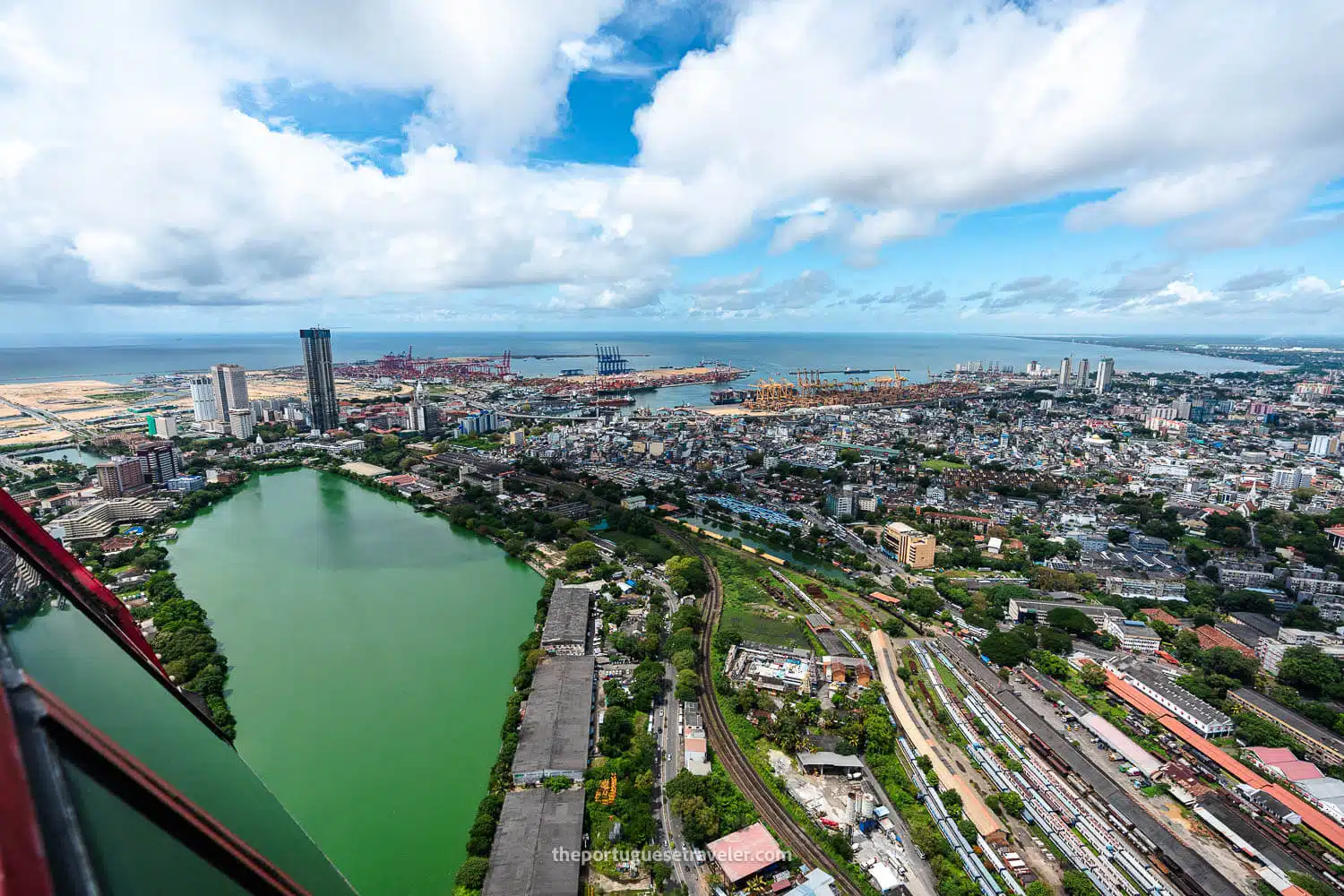
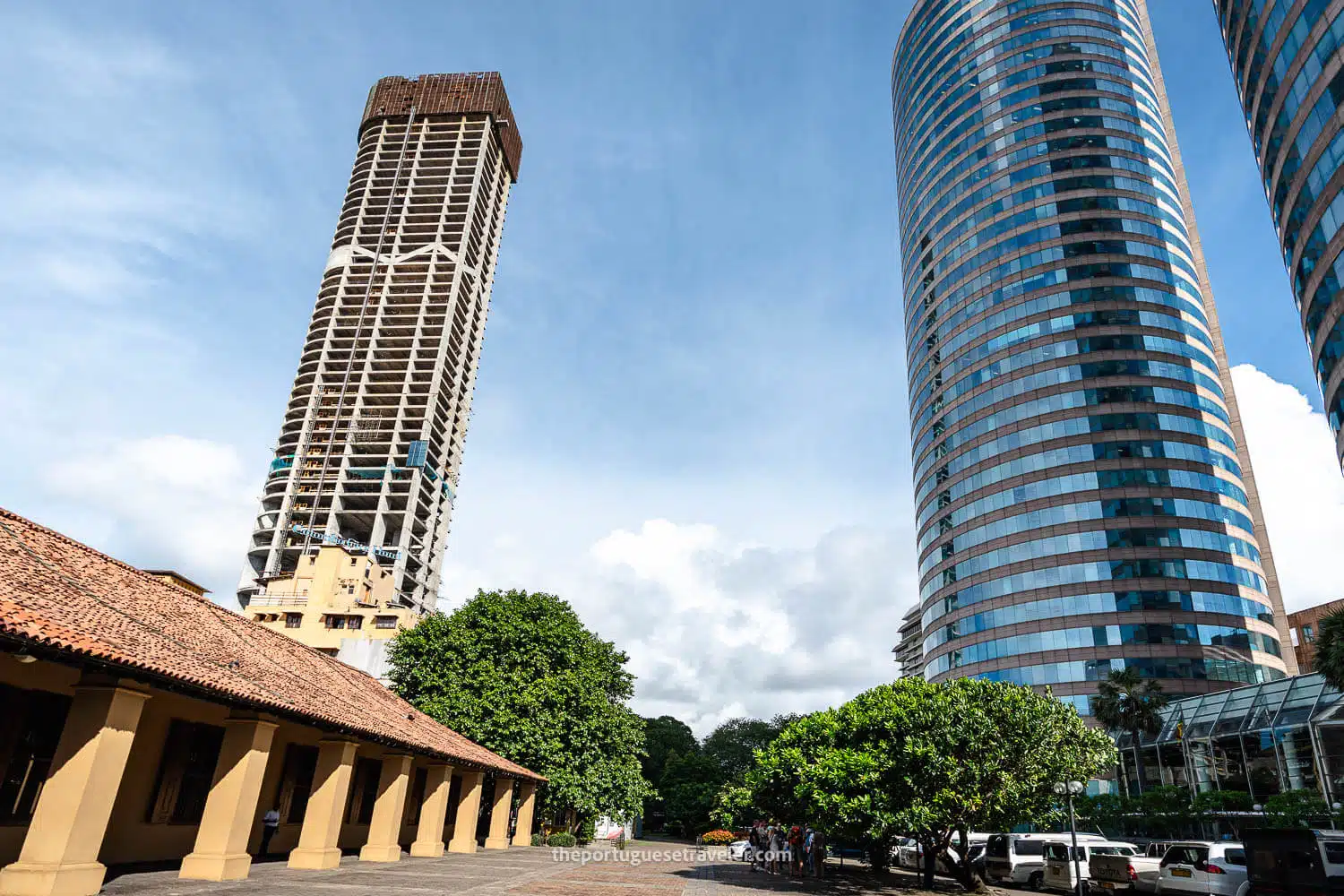
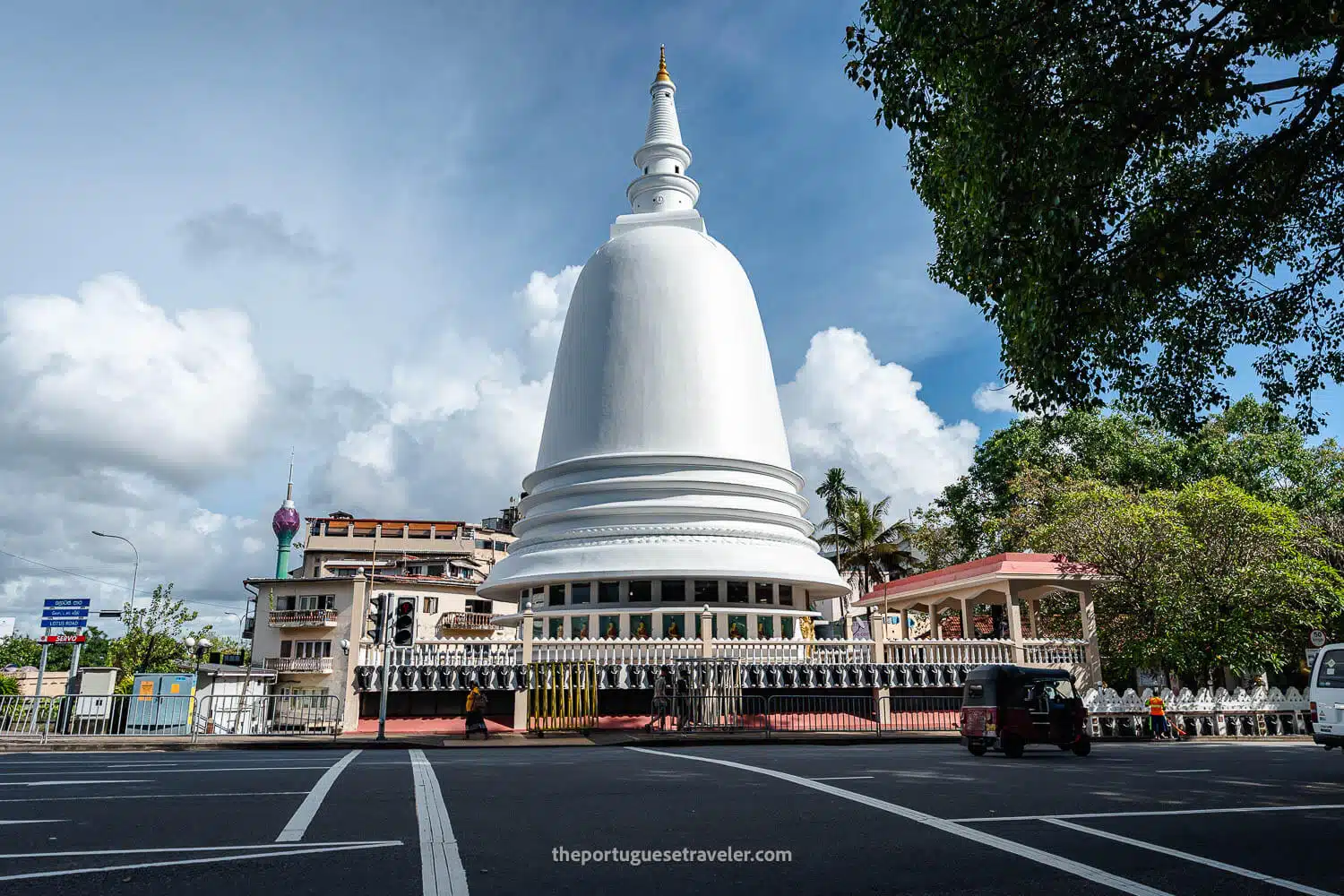
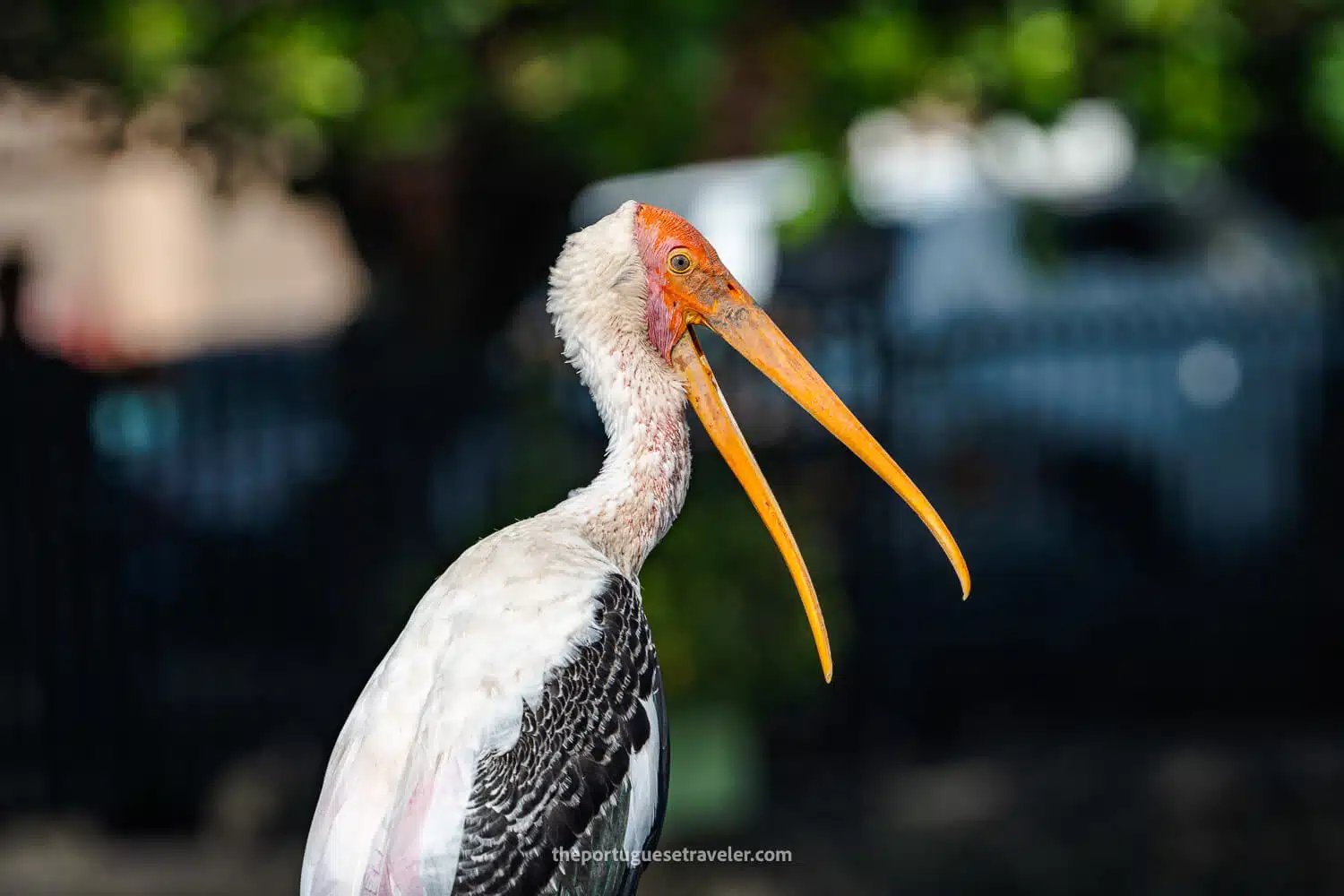
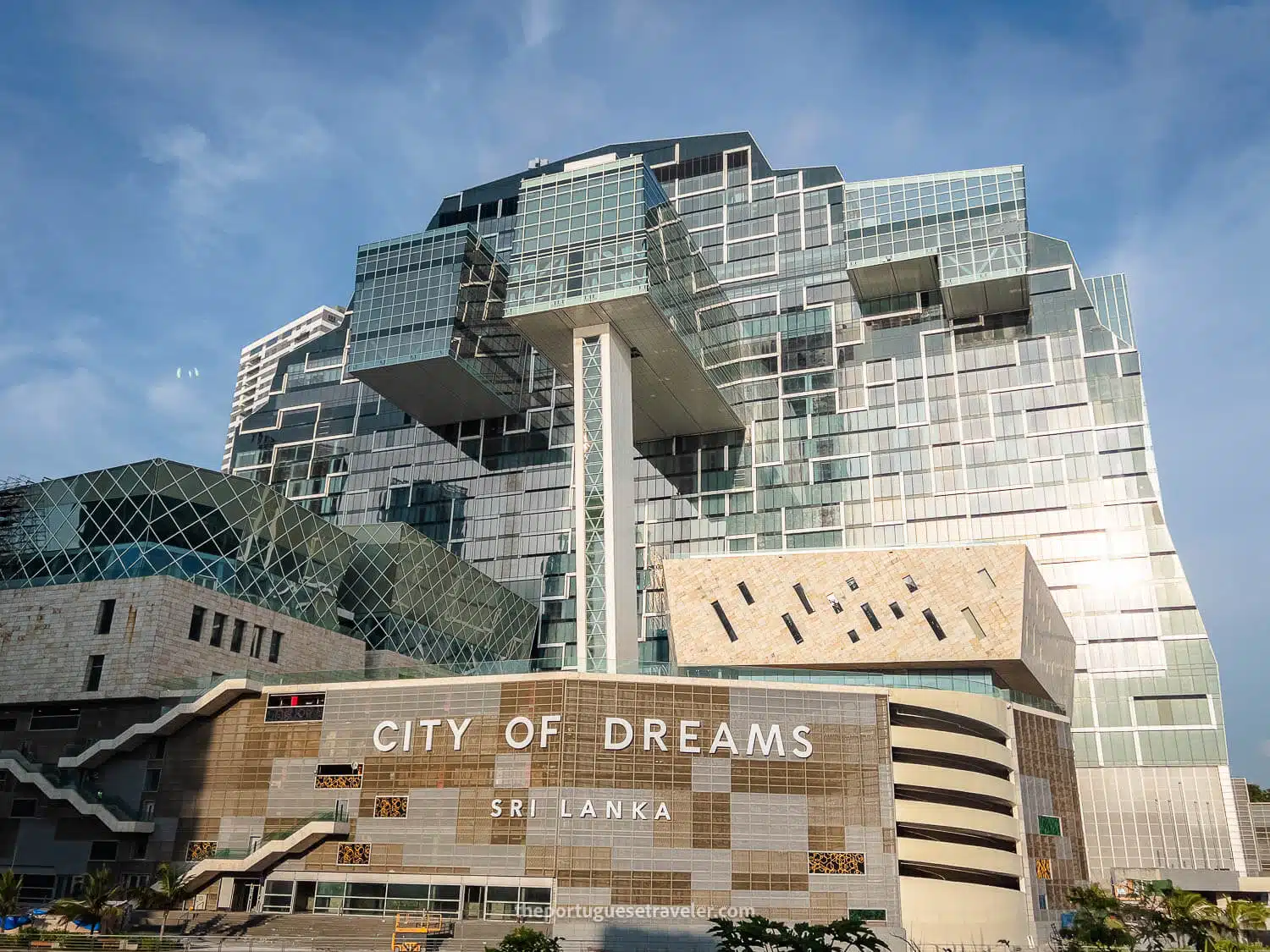
Exploring Colombo: Markets and Street Photography
The next morning, we had an incredible breakfast buffet with a variety of options. Afterward, we visited the National Museum, where we attended a fascinating presentation on Portuguese influence in Sri Lanka. The museum also showcased the broader history of the country, spanning from ancient times to its colonial past. A visit to this museum is a must for anyone interested in Sri Lankan history.
Post-museum, we had lunch and proceeded to the bustling Pettah Market, passing the Khan Clock Tower along the way. The market was vibrant and chaotic, with vendors, tuk-tuks, and people from diverse backgrounds. It was a feast for the senses and a paradise for street photographers. I experimented with new photography techniques, capturing the lively scenes in motion.
While some in the group opted to stay at the hotel’s infinity pools, I chose to explore the market and capture more of the city’s cultural side. It felt like the right choice—the city vibe was too captivating to pass up.
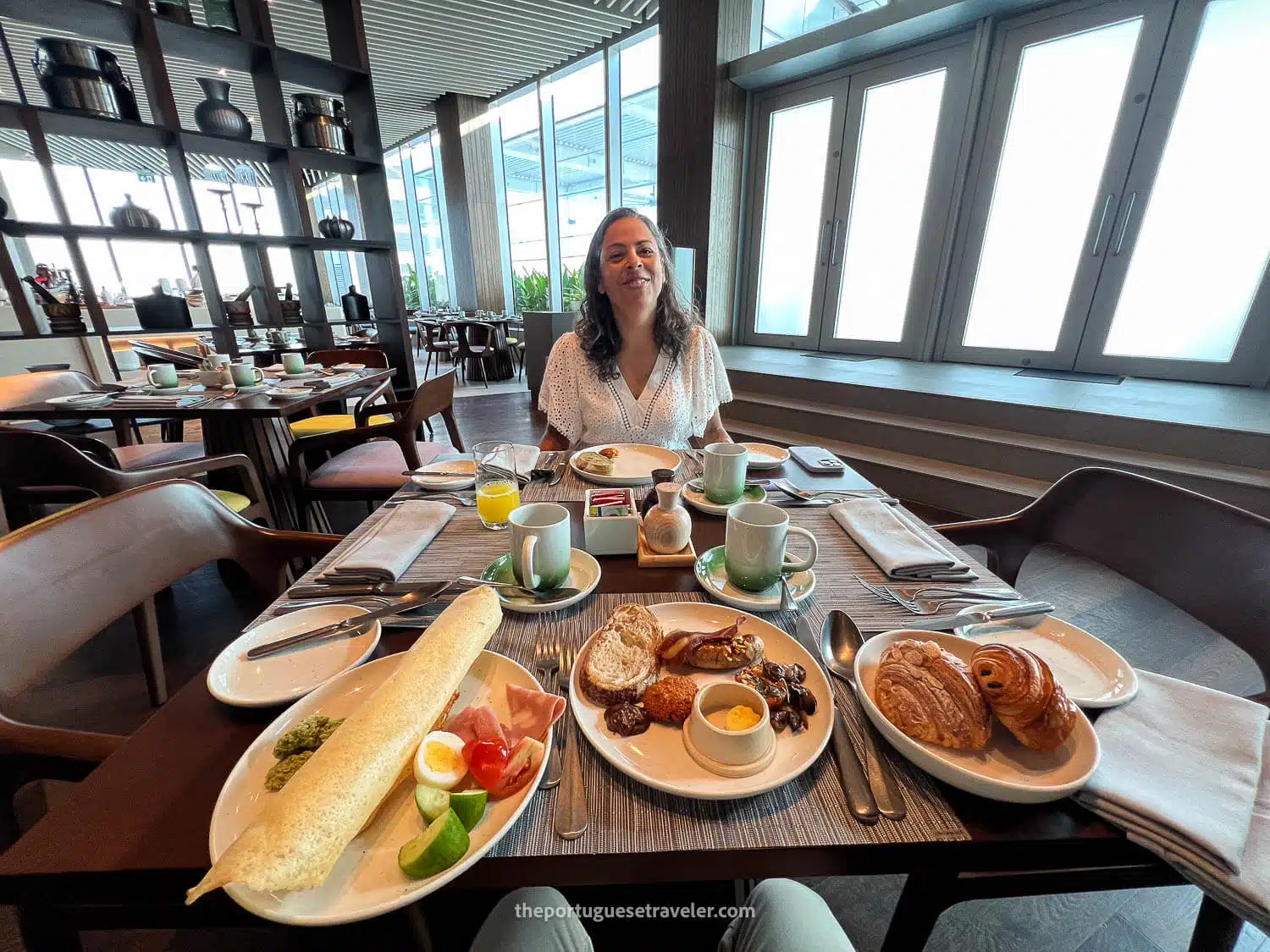
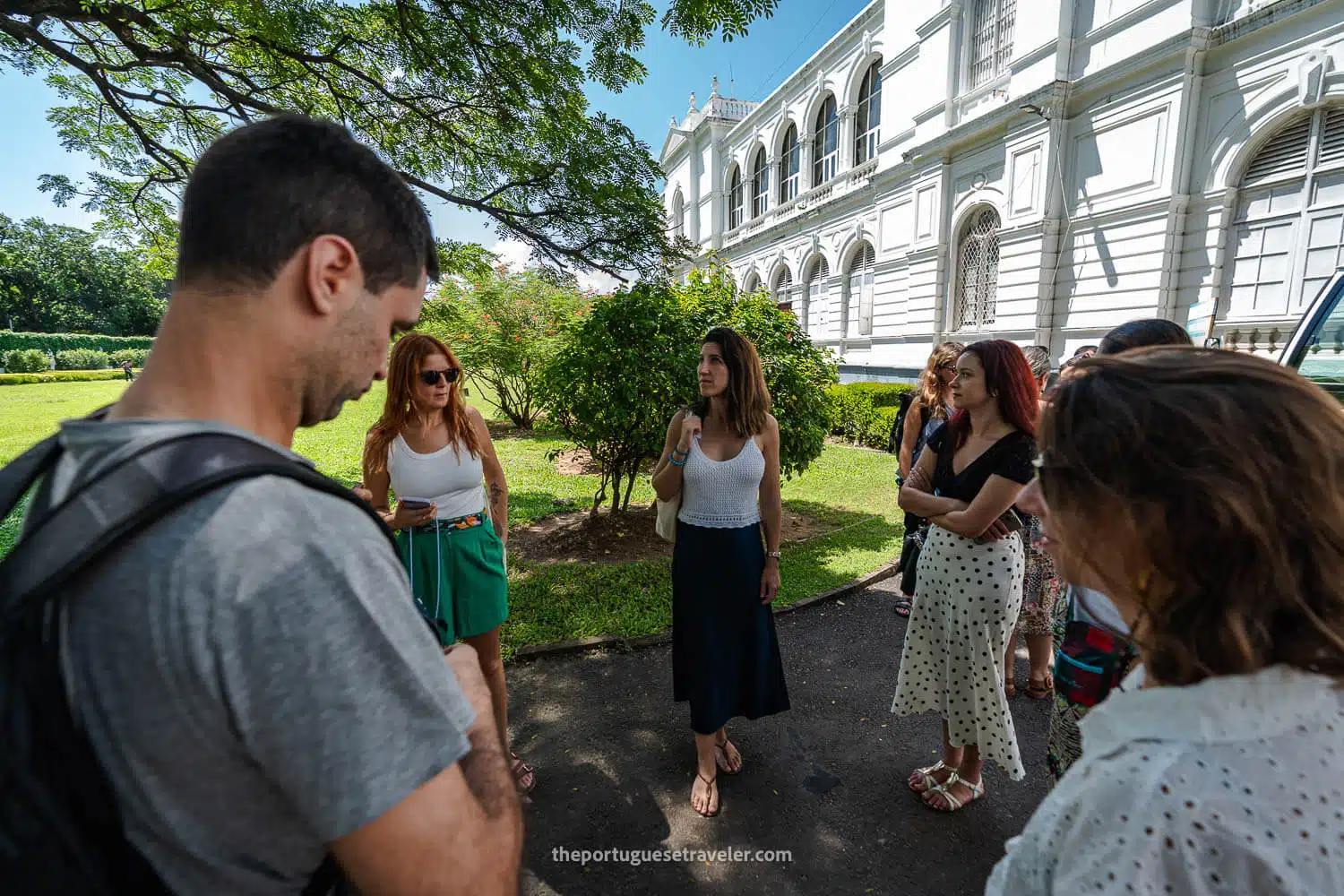
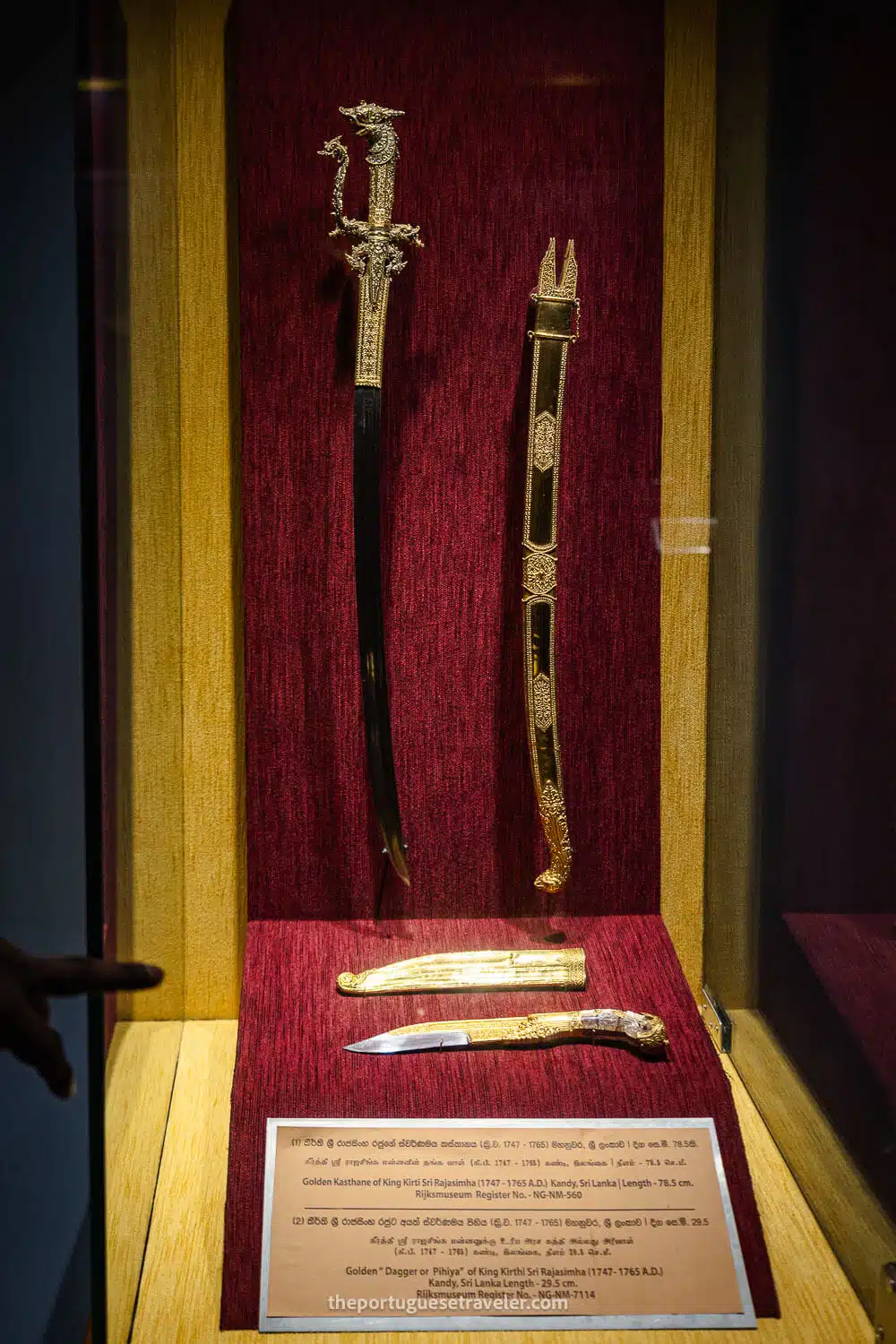
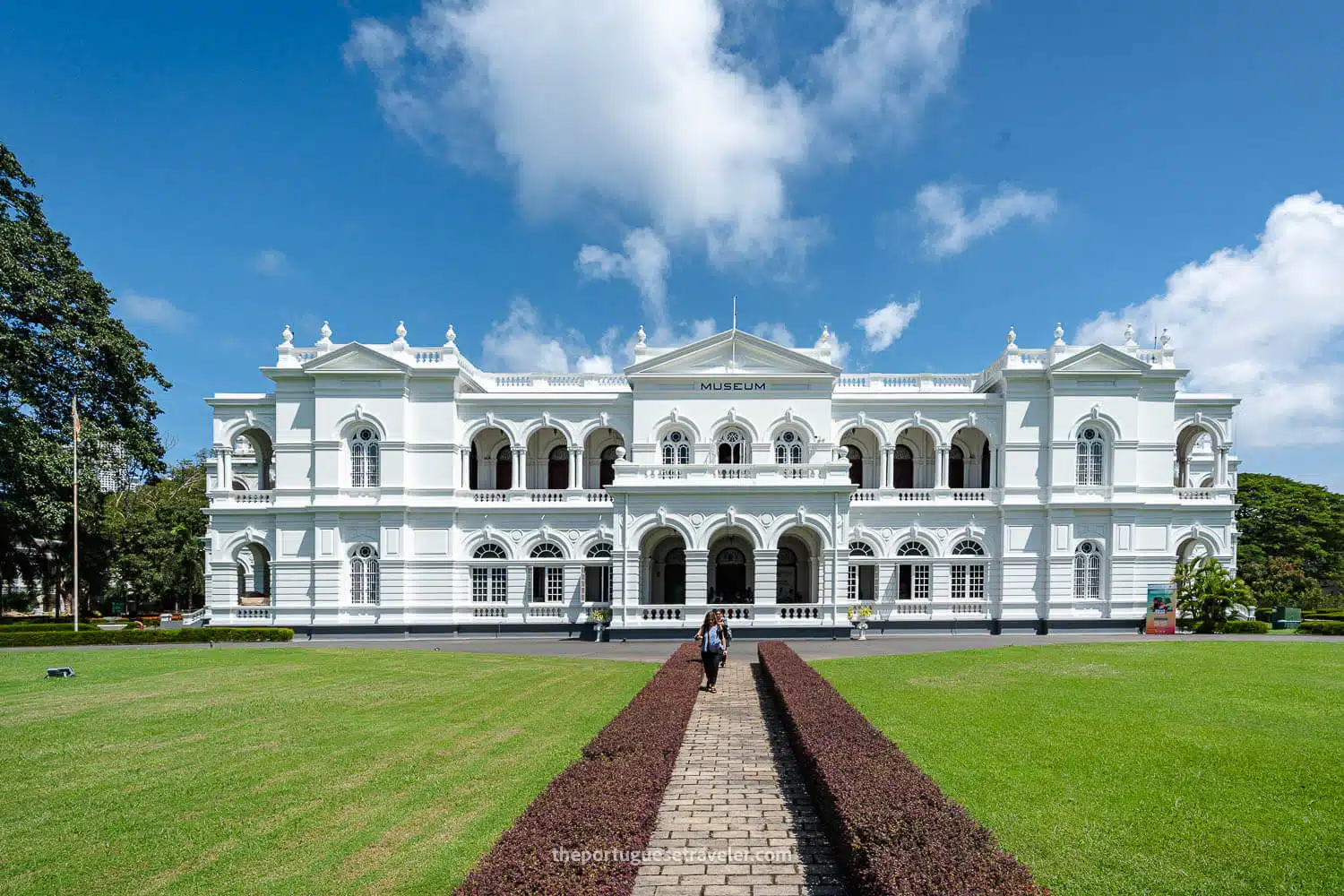
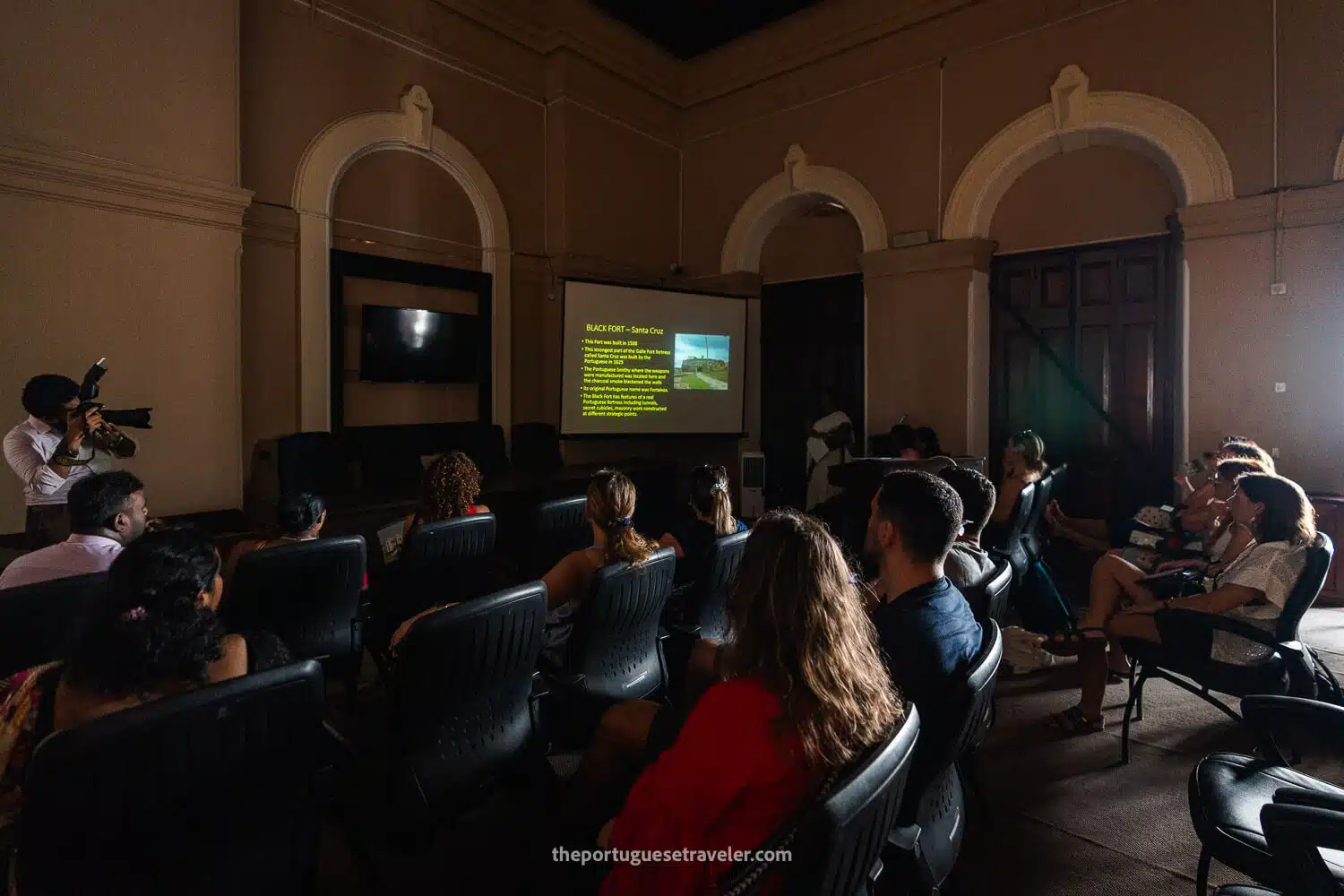
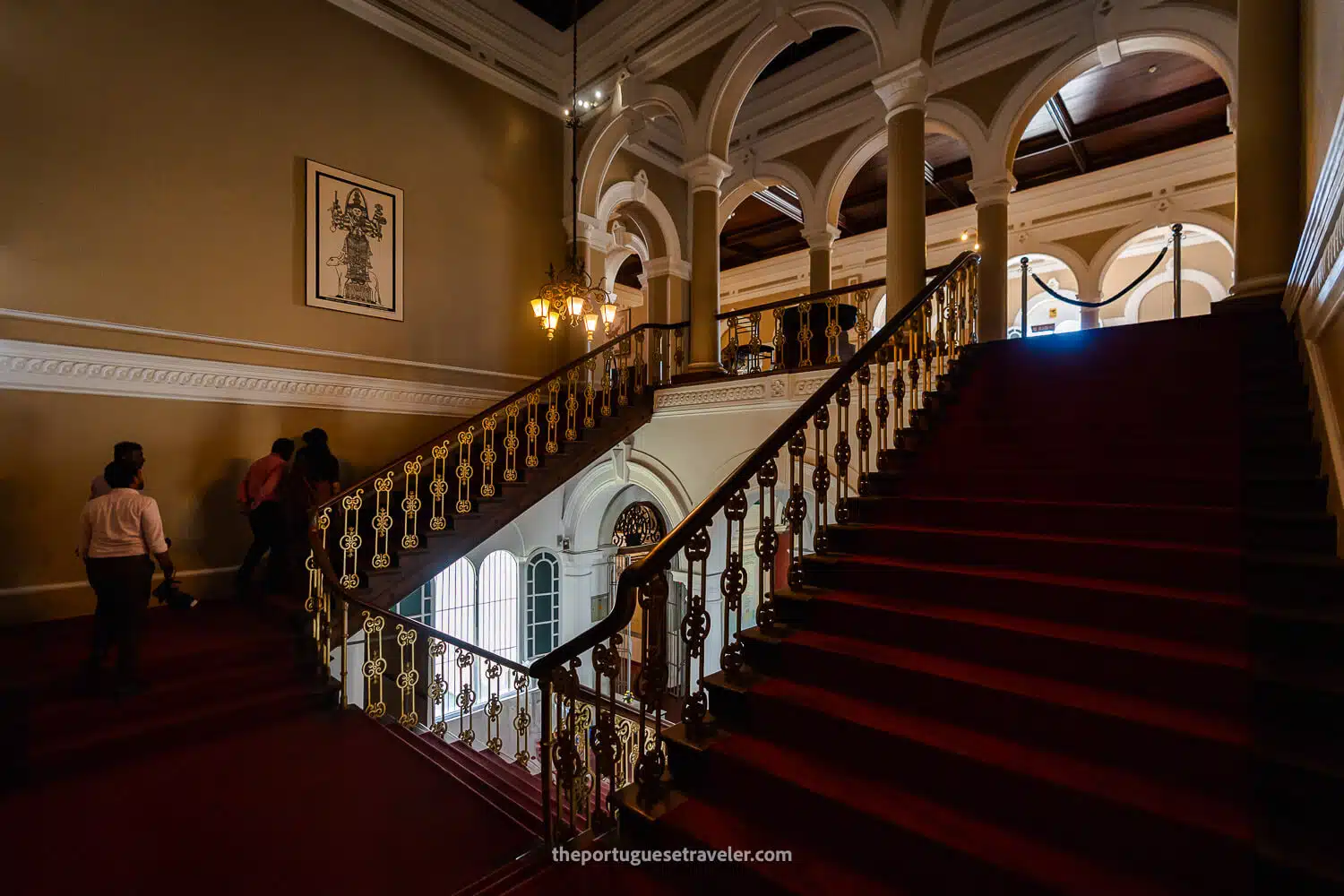
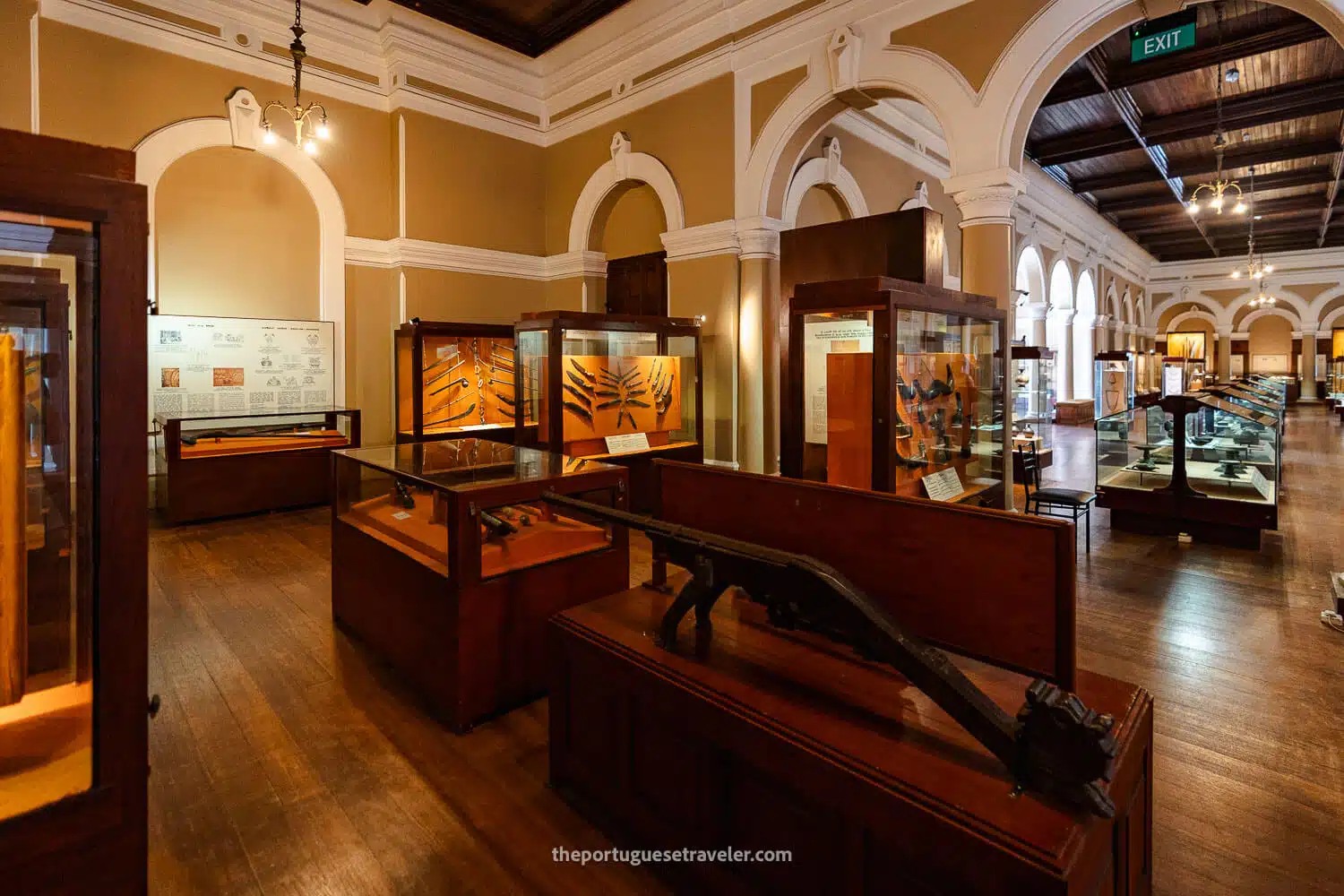
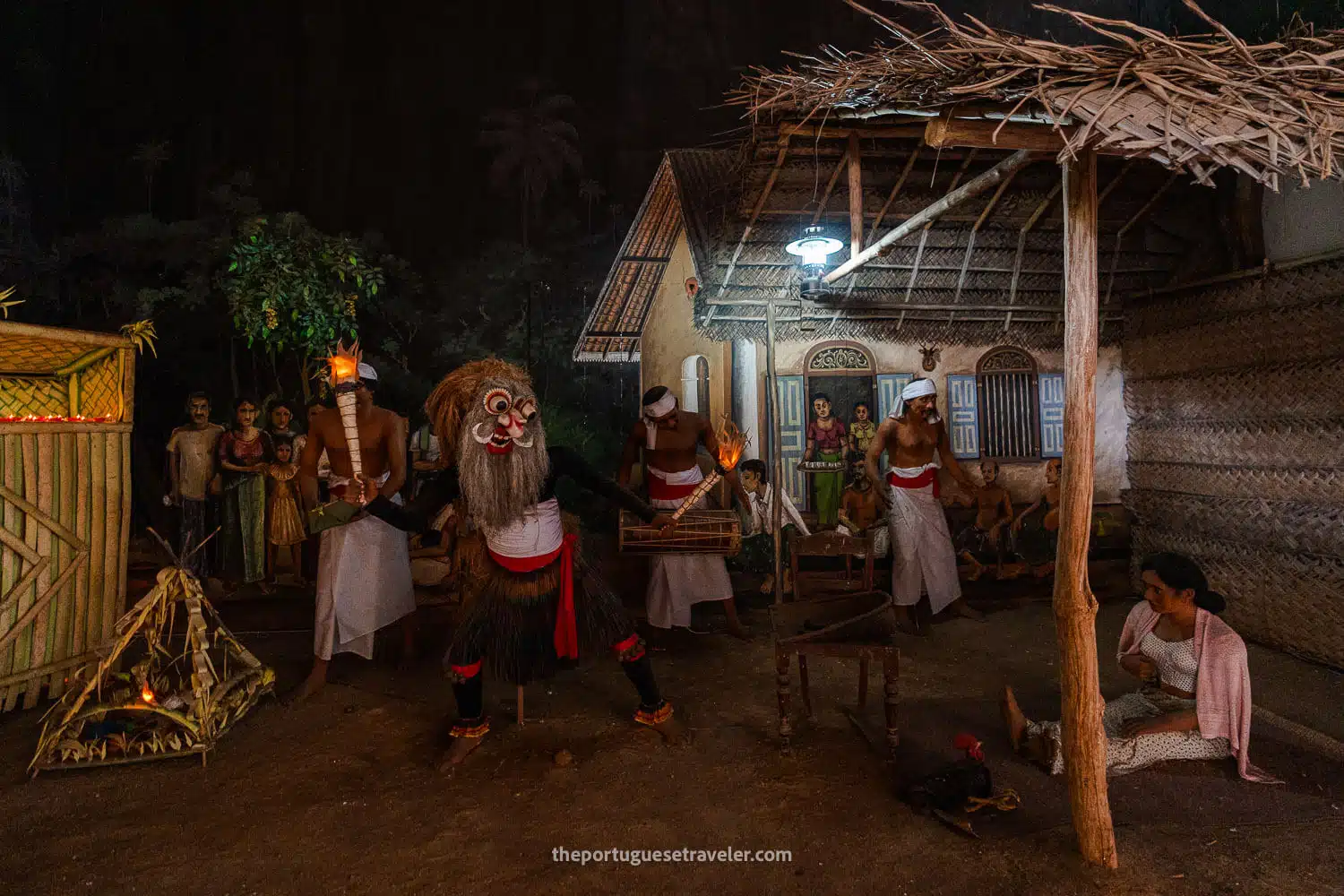
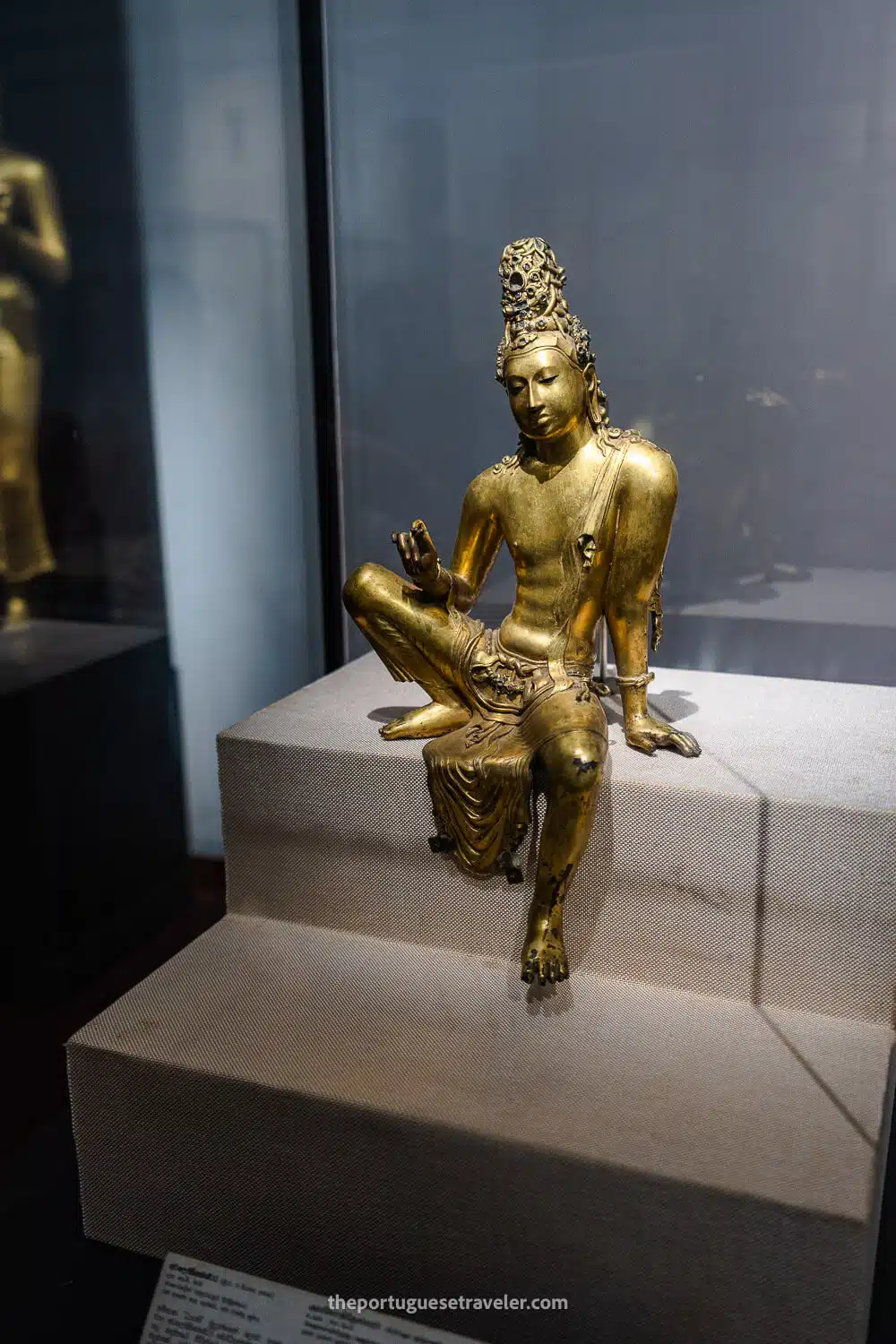
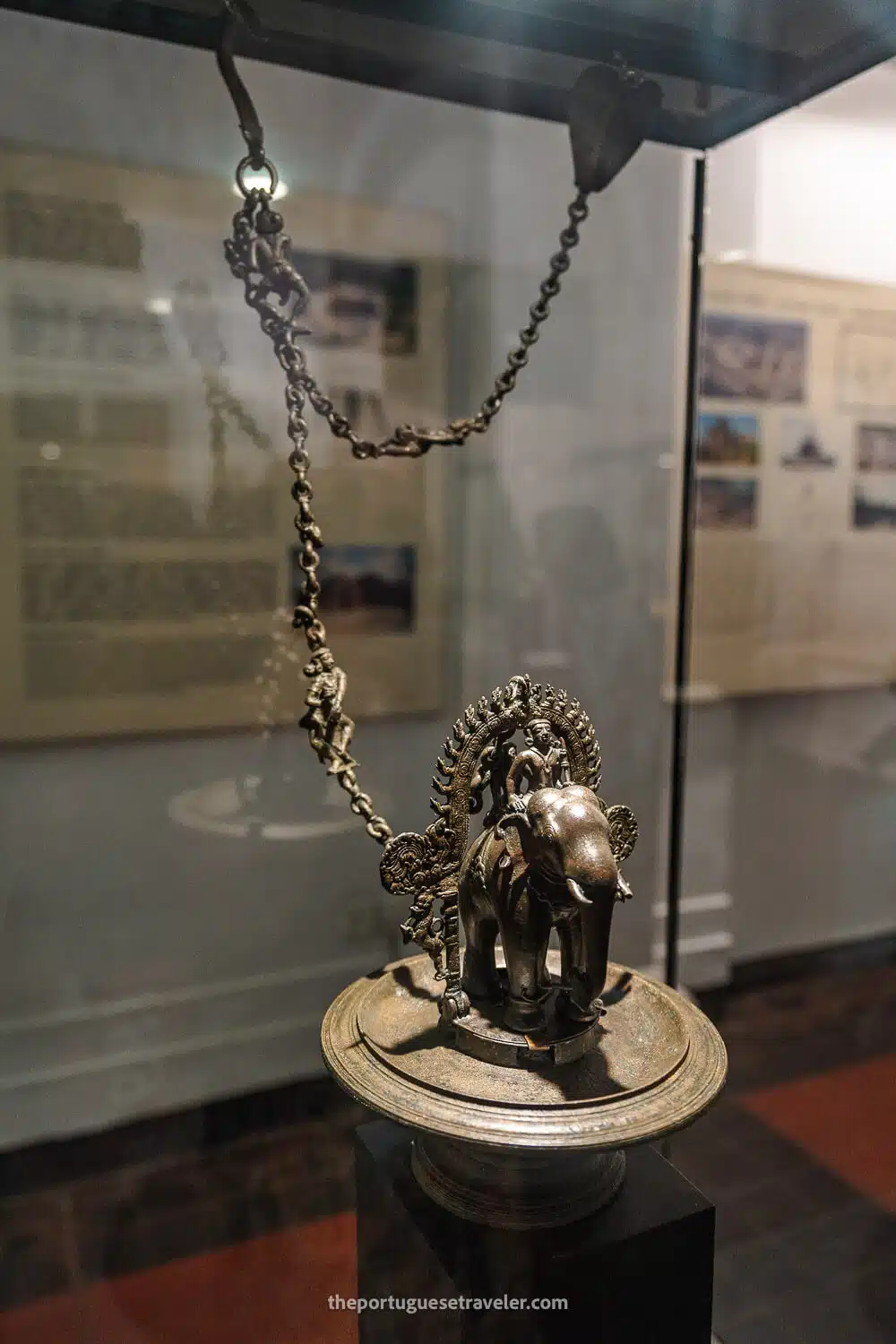
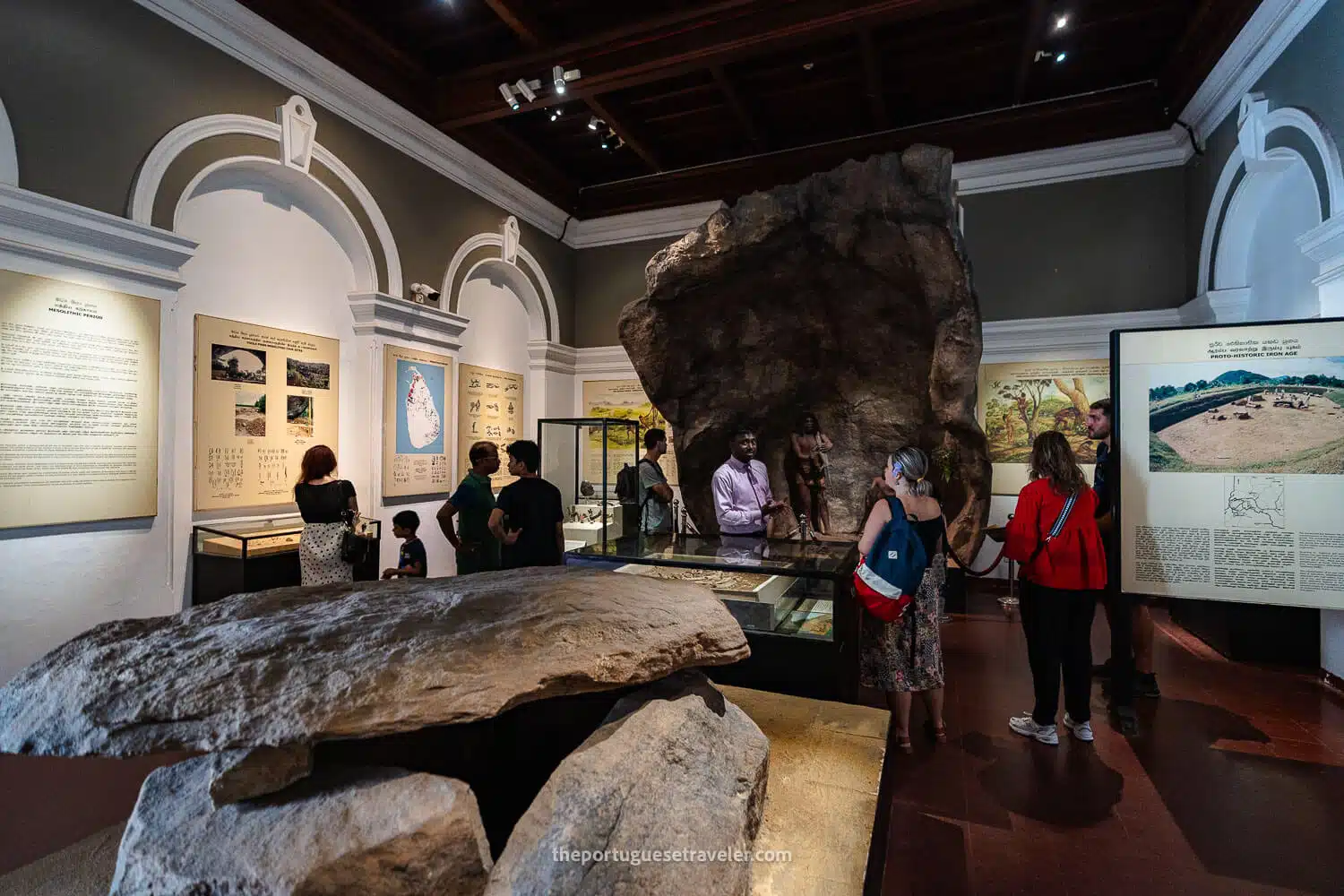
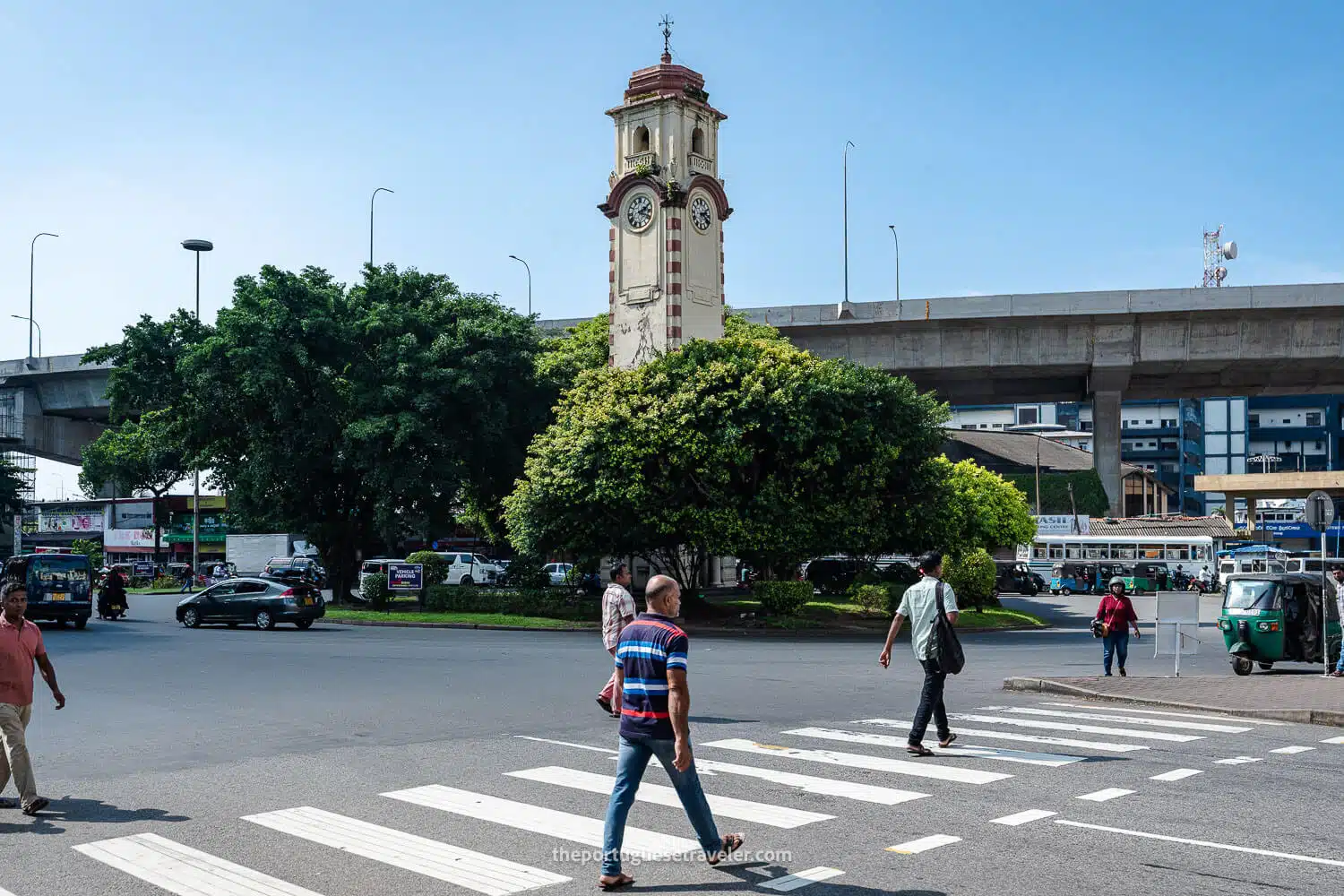
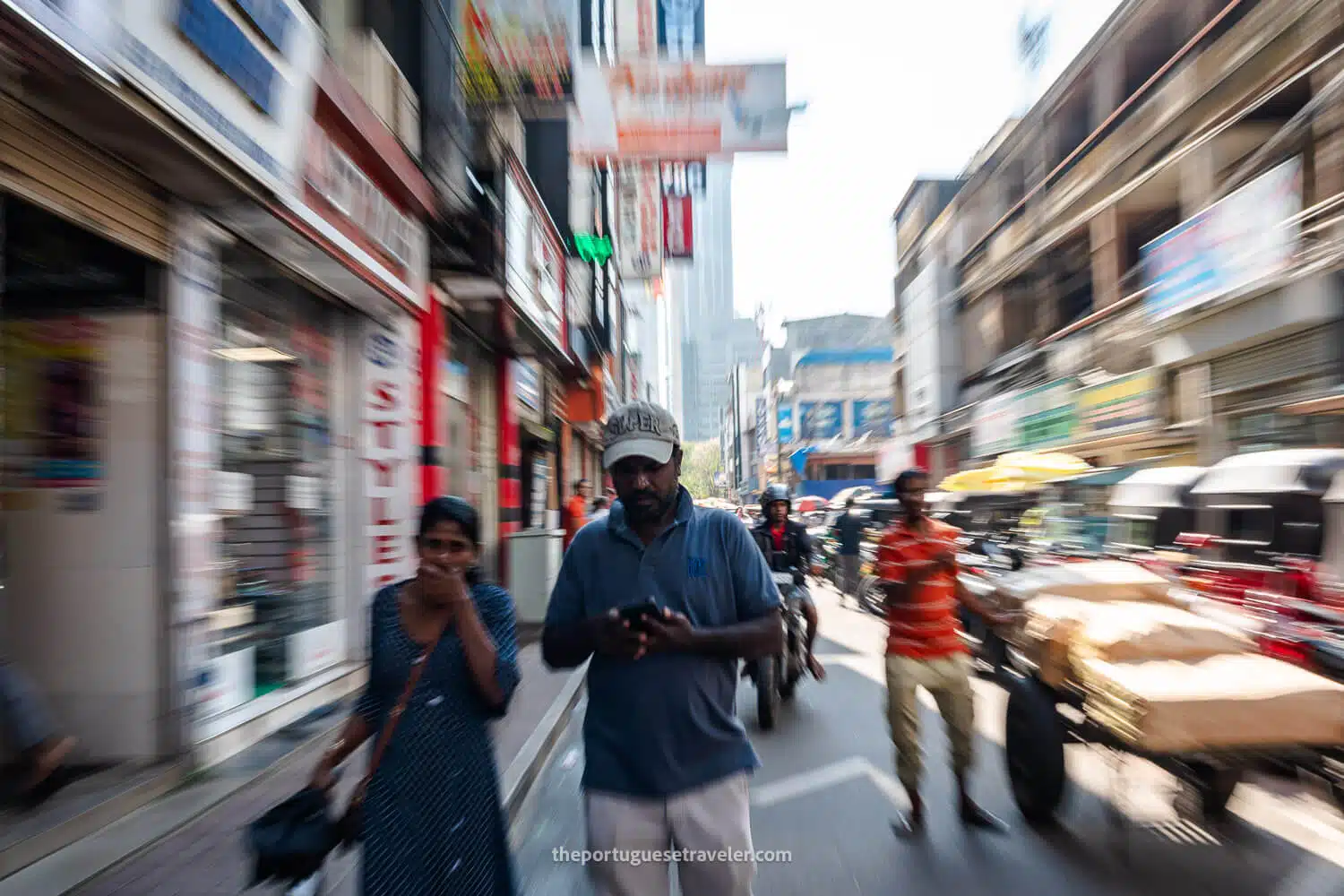
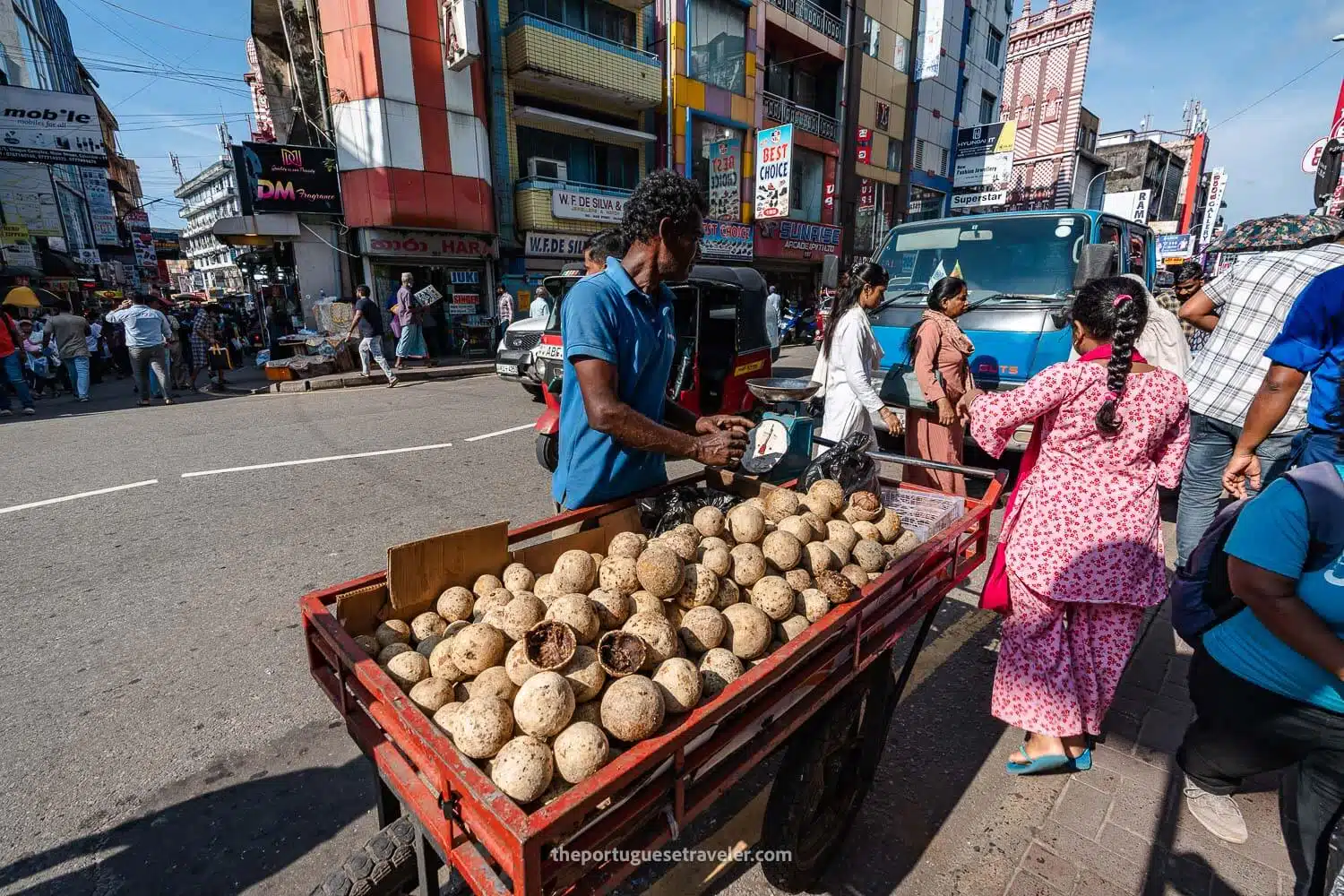
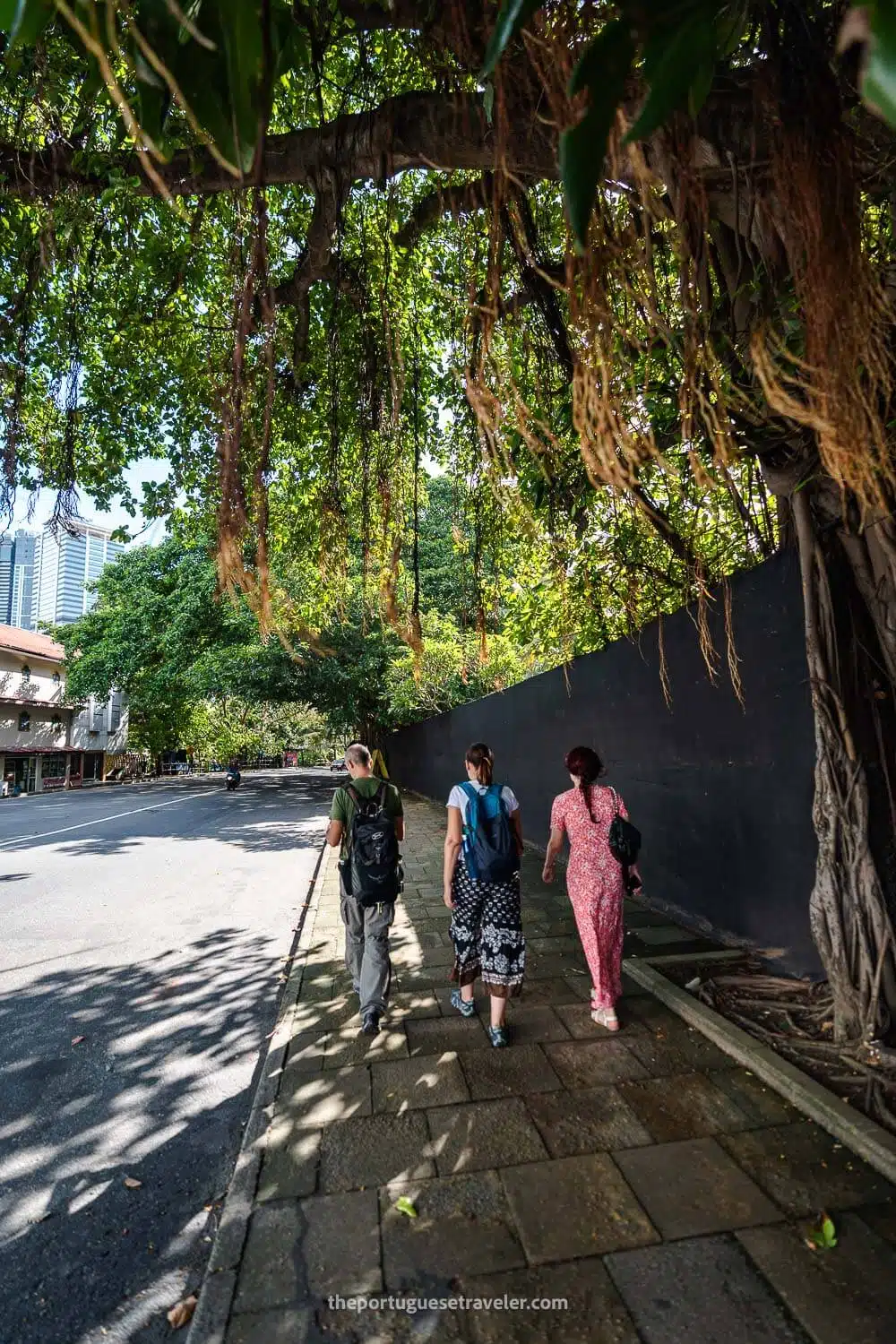
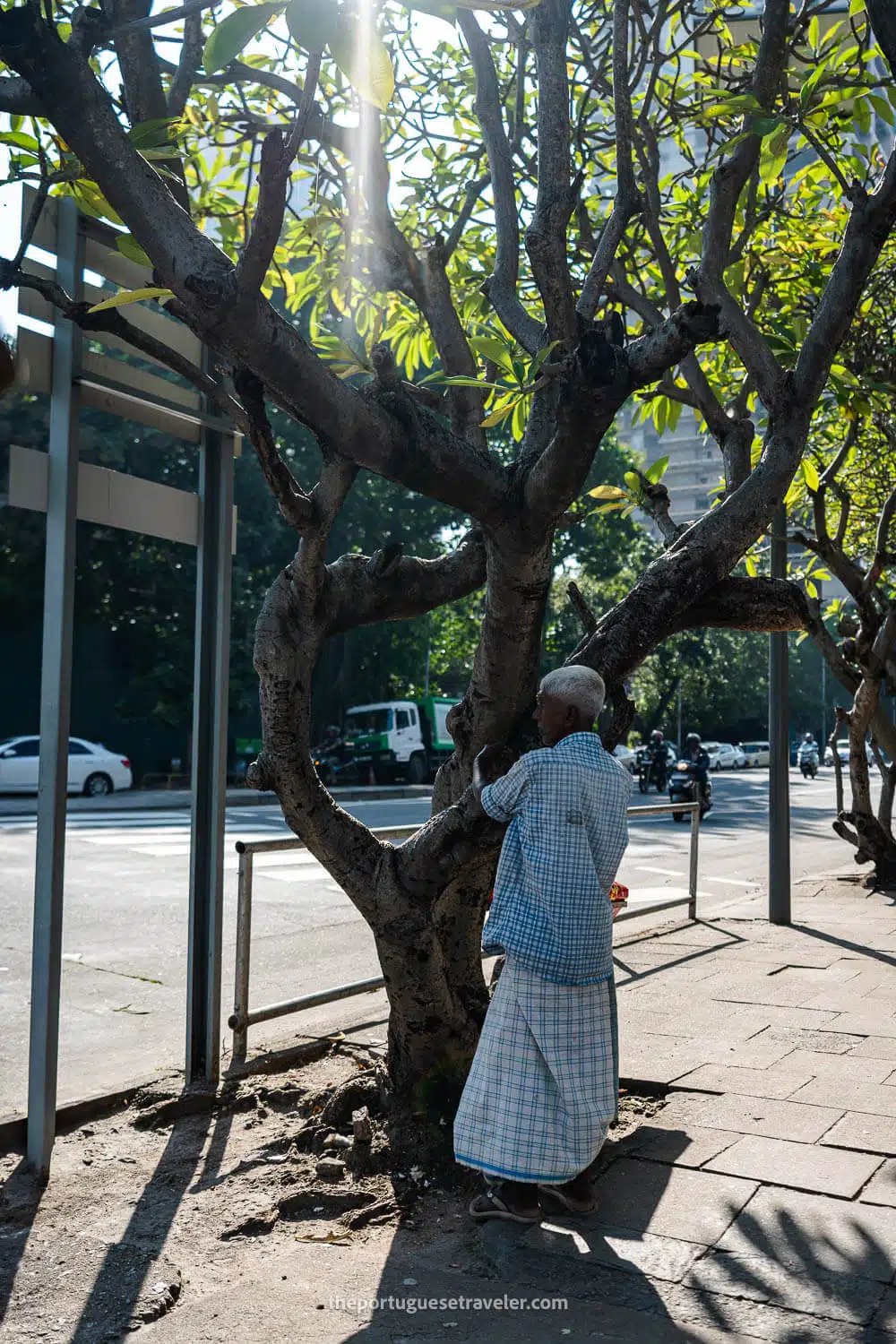
VIP Welcome Party: A Night to Remember
After returning to the hotel to change out of sweaty clothes (Colombo is quite humid), I dressed up for the evening. We boarded a double-decker bus to the highly anticipated welcome party. Upon boarding, we were given floral necklaces and king coconuts. Our group of ten Portuguese bloggers was joined by two Greeks, contributing to a total of 30 international influencers, bloggers, and travel creators.
The bus tour passed by landmarks like the Sambodhi Pagoda Temple and the Colombo Galbokka Lighthouse, where we paused for a group photo. As we drove along the coast, we witnessed a stunning sunset before arriving at Mount Lavinia Hotel, the venue for the party. The ride was amusing, with tree branches and power cables occasionally brushing against the bus.
Upon arrival, photographers captured our entrance on a red carpet, where we were greeted by performers in traditional warrior attire. The beach setting was magical, with live music, torches, and tables by the sea. A traditional Sri Lankan boat was also part of the decor. The tourism board had arranged performances showcasing dances from different regions of the country.
Monica, the president of ABVP, addressed the crowd on behalf of our group. The evening ended with fireworks, dinner, and drinks by the beach. I spent most of the night chatting with Pedro, a cool Brazilian influencer, and Alex Chacon, a well-known YouTuber I had admired since 2014. Meeting Alex felt surreal, as he had been one of the people who inspired me to pursue a life of travel and exploration.
That night, we returned to the hotel for one final luxurious sleep. The next day, after breakfast, we set off for the UNESCO-listed Sinharaja Forest Reserve.
Colombo left an incredible impression on me, and I am grateful to the Sri Lankan Tourism Board and ABVP for such an unforgettable start to this press trip!
What about you, have you already been to Colombo or Sri Lanka? Tell me all about it in the comments below!
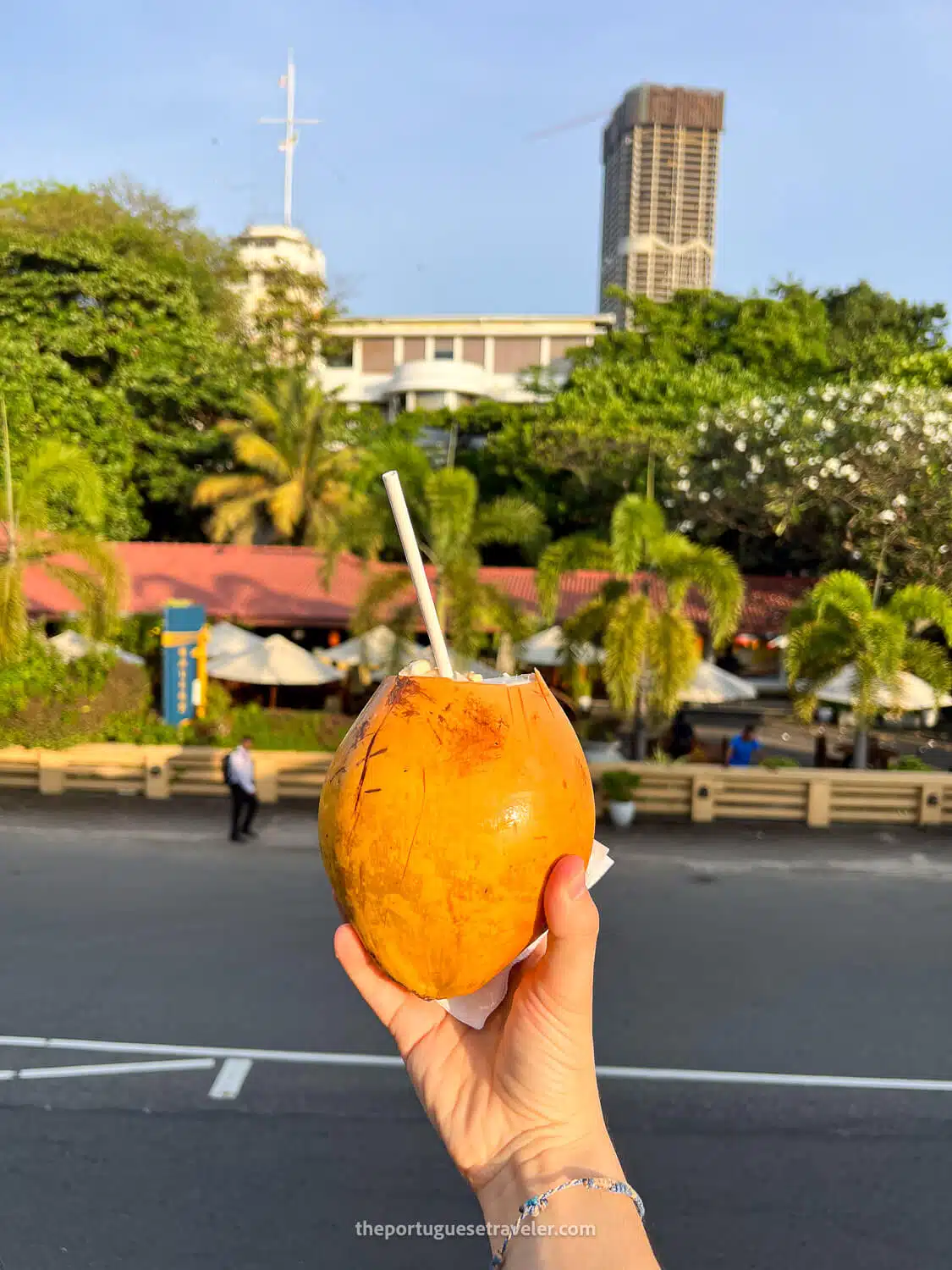
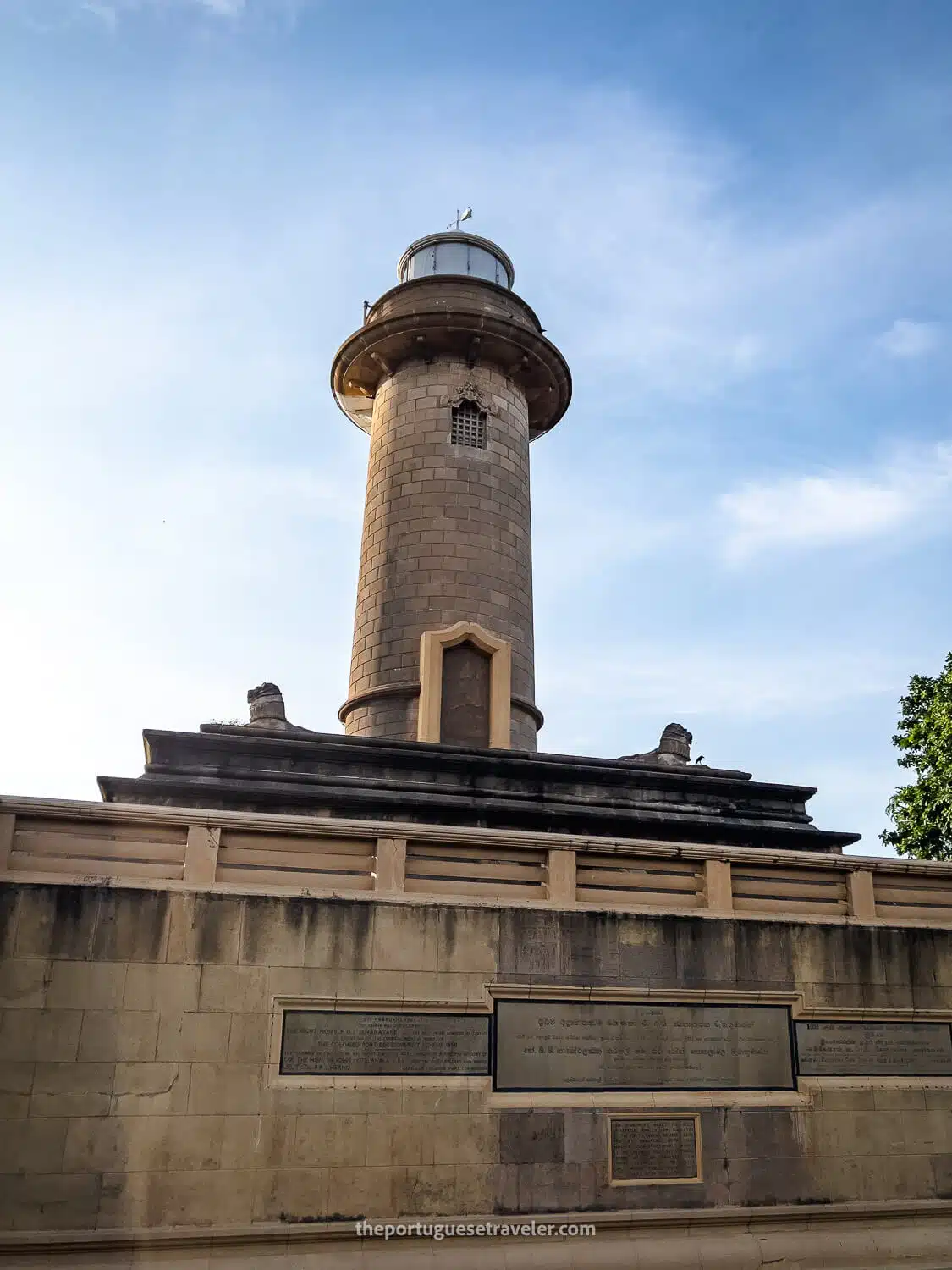
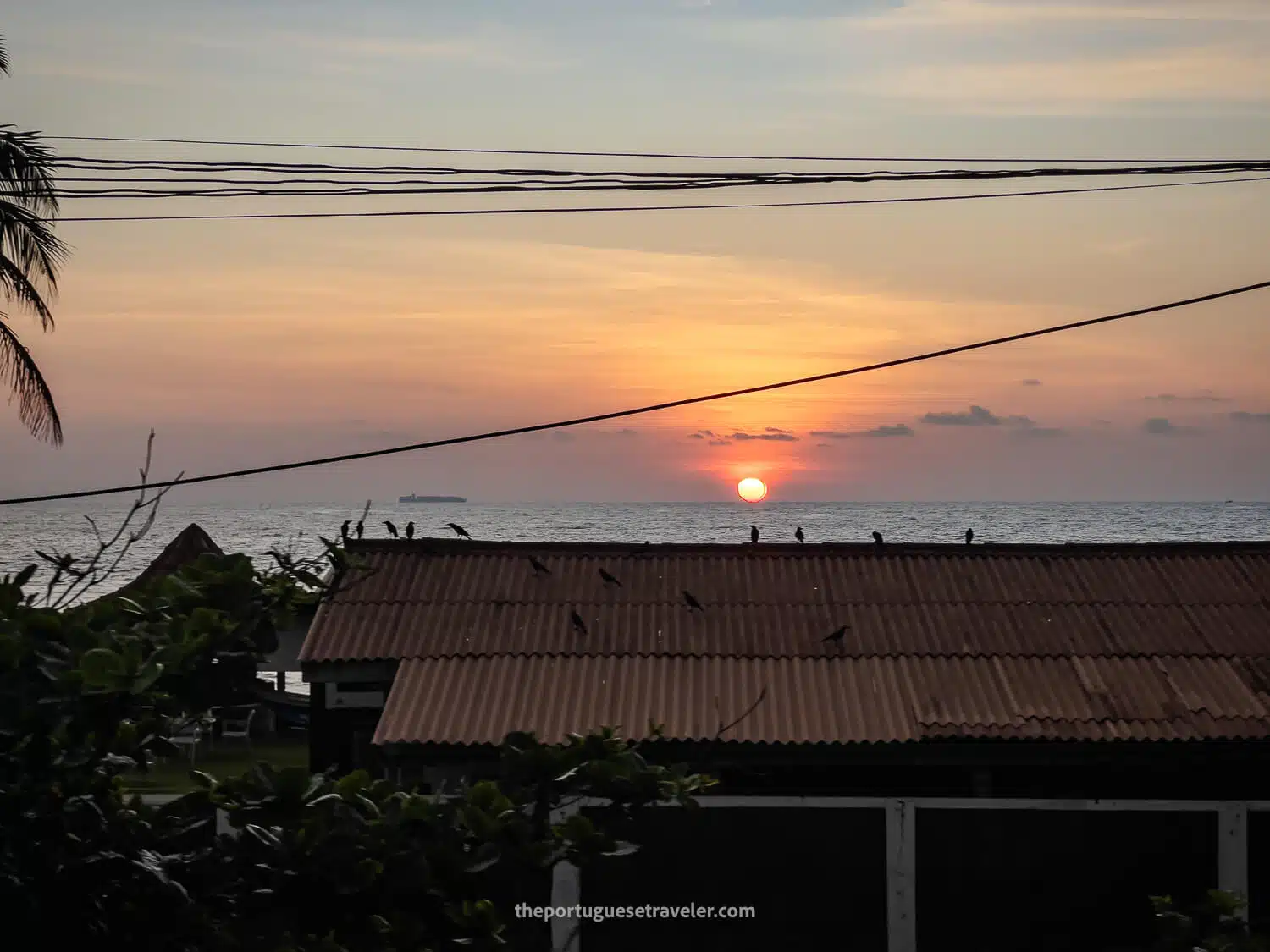
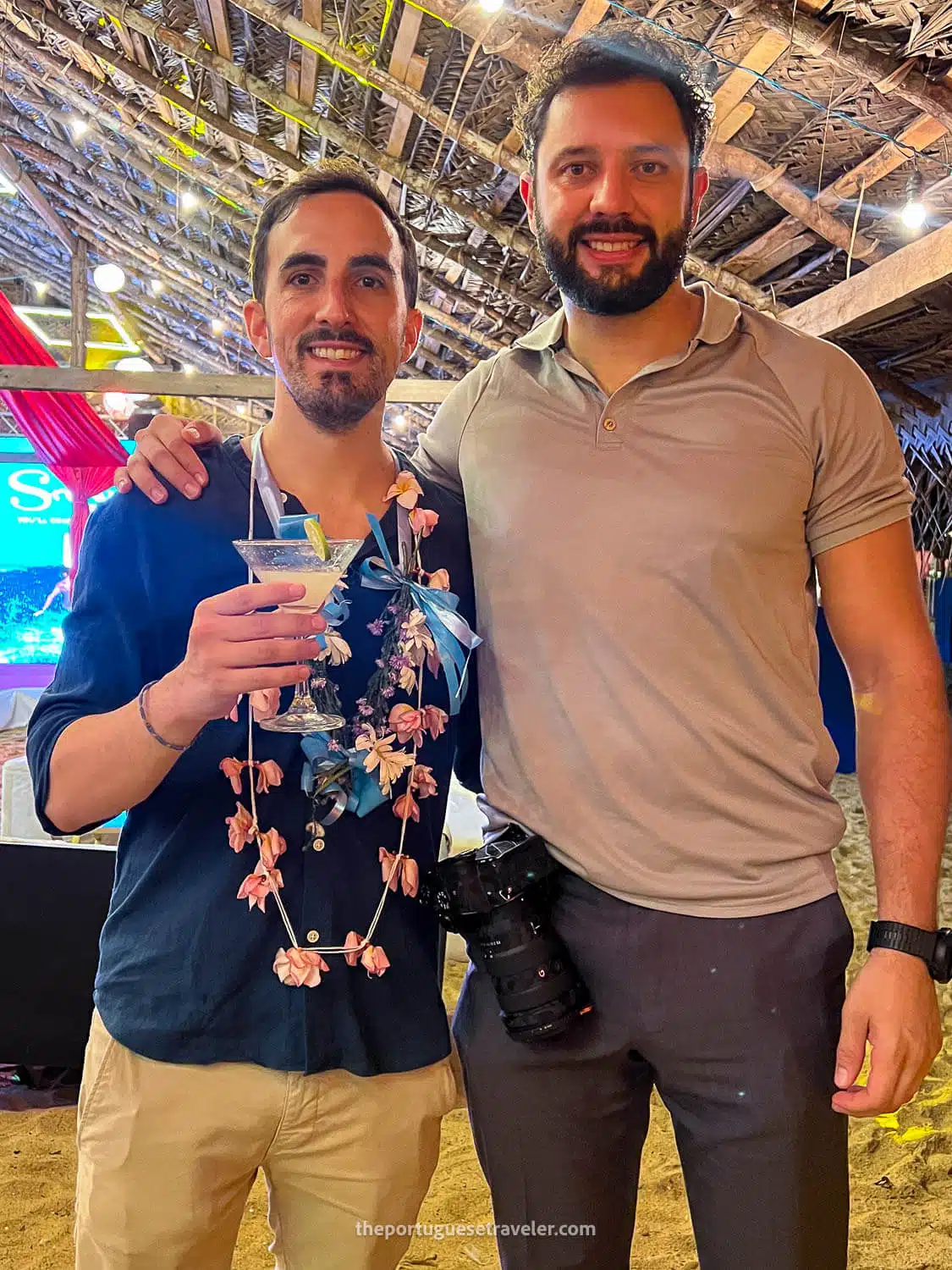
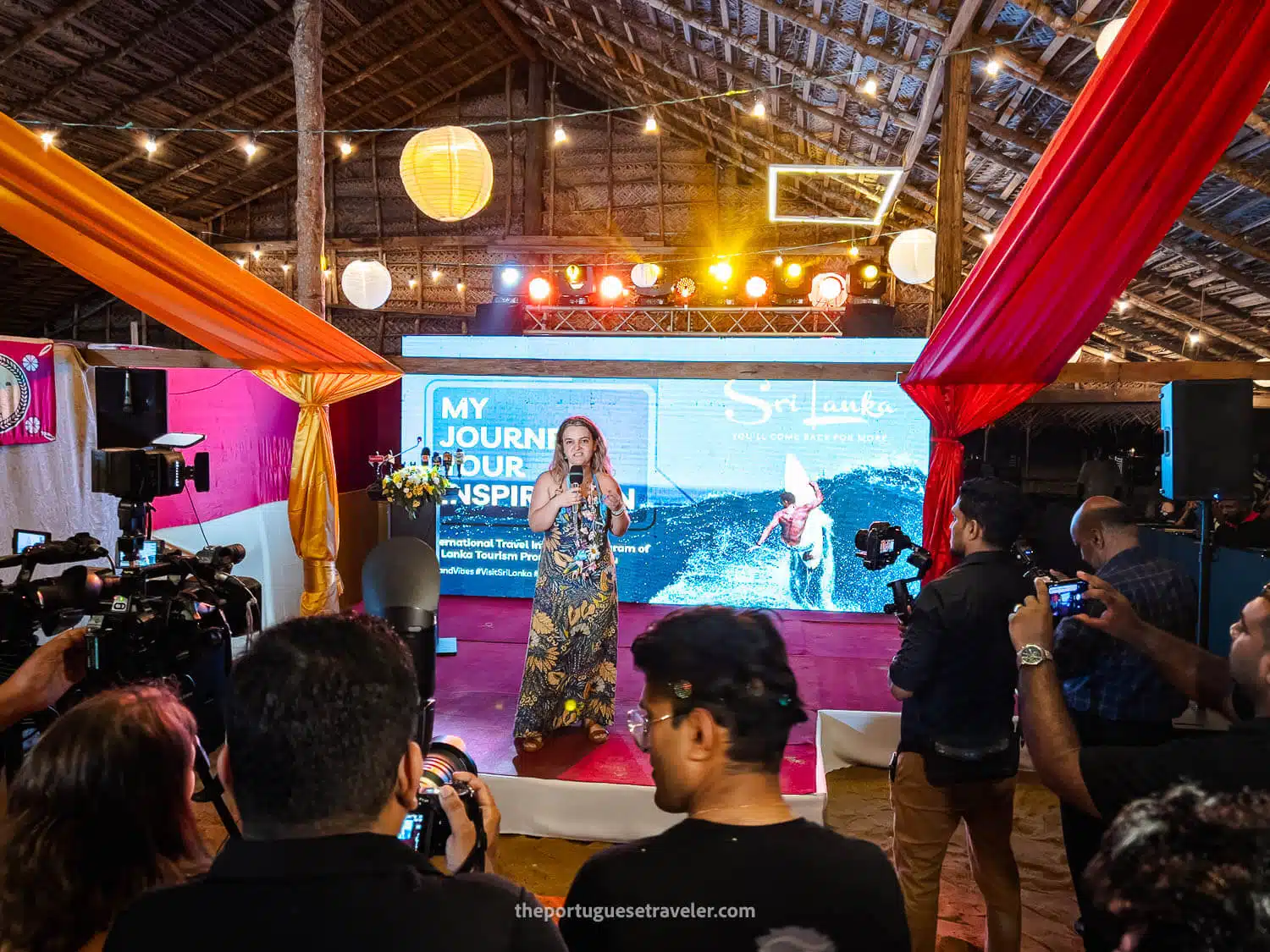
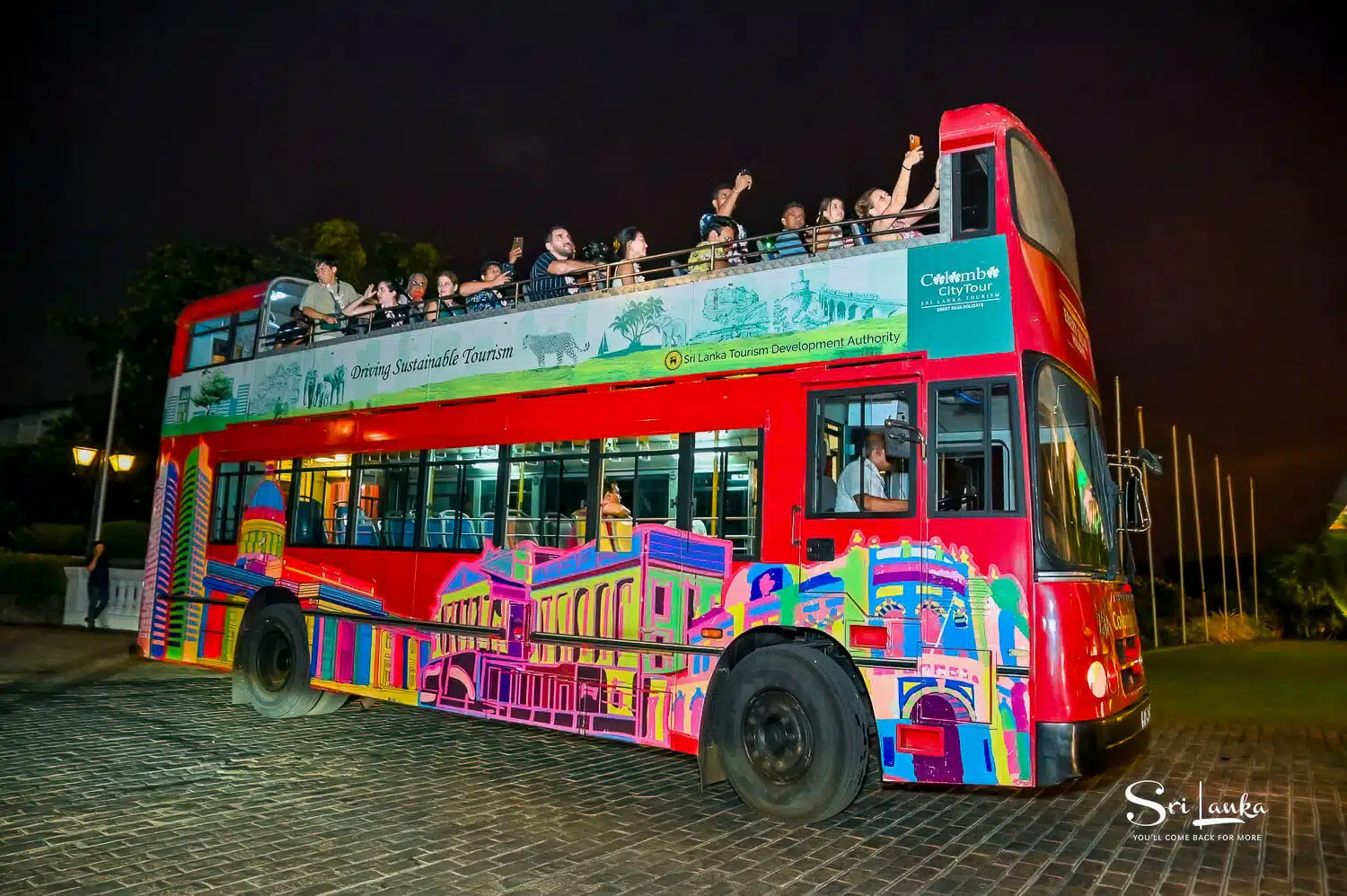
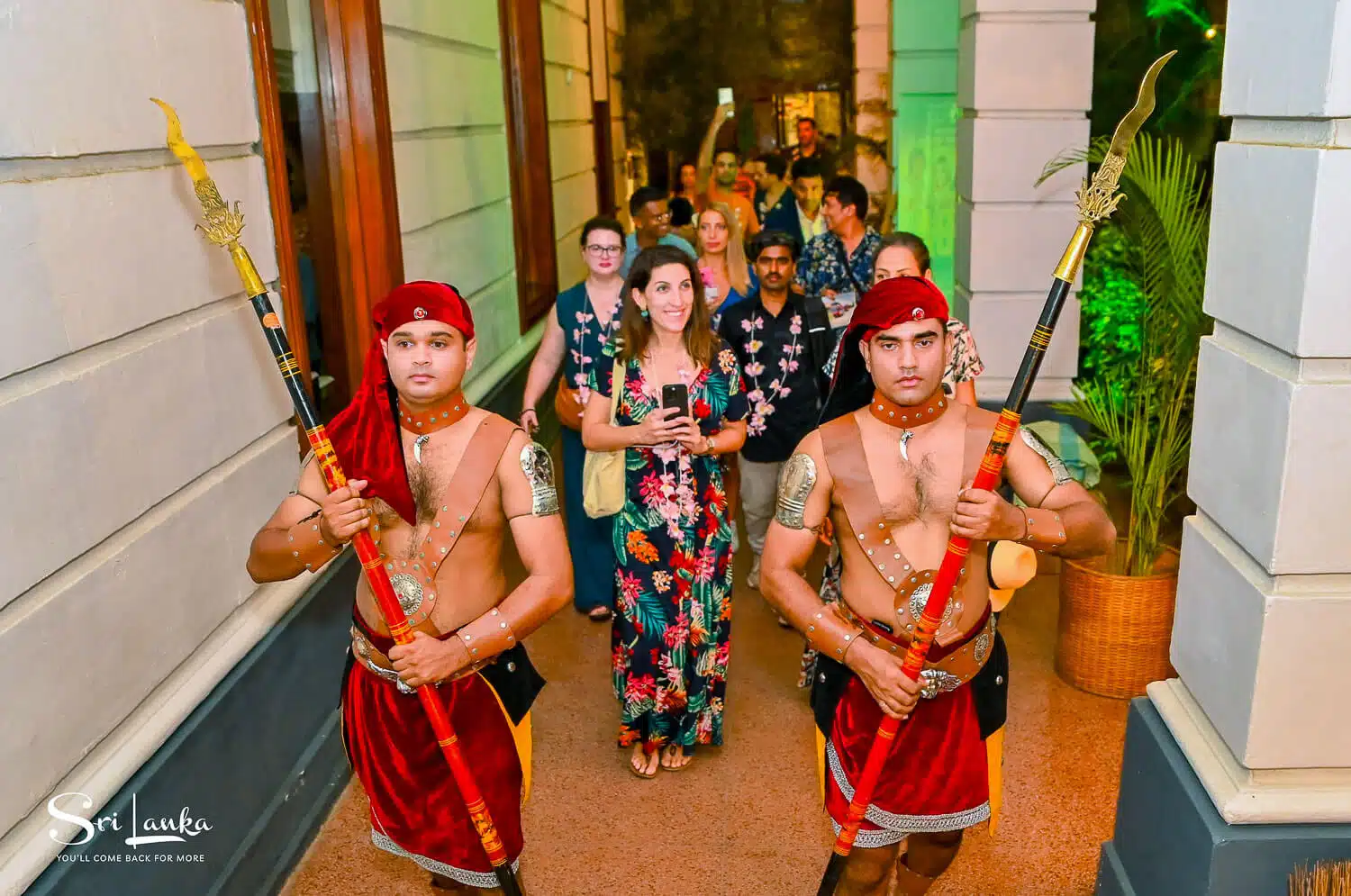
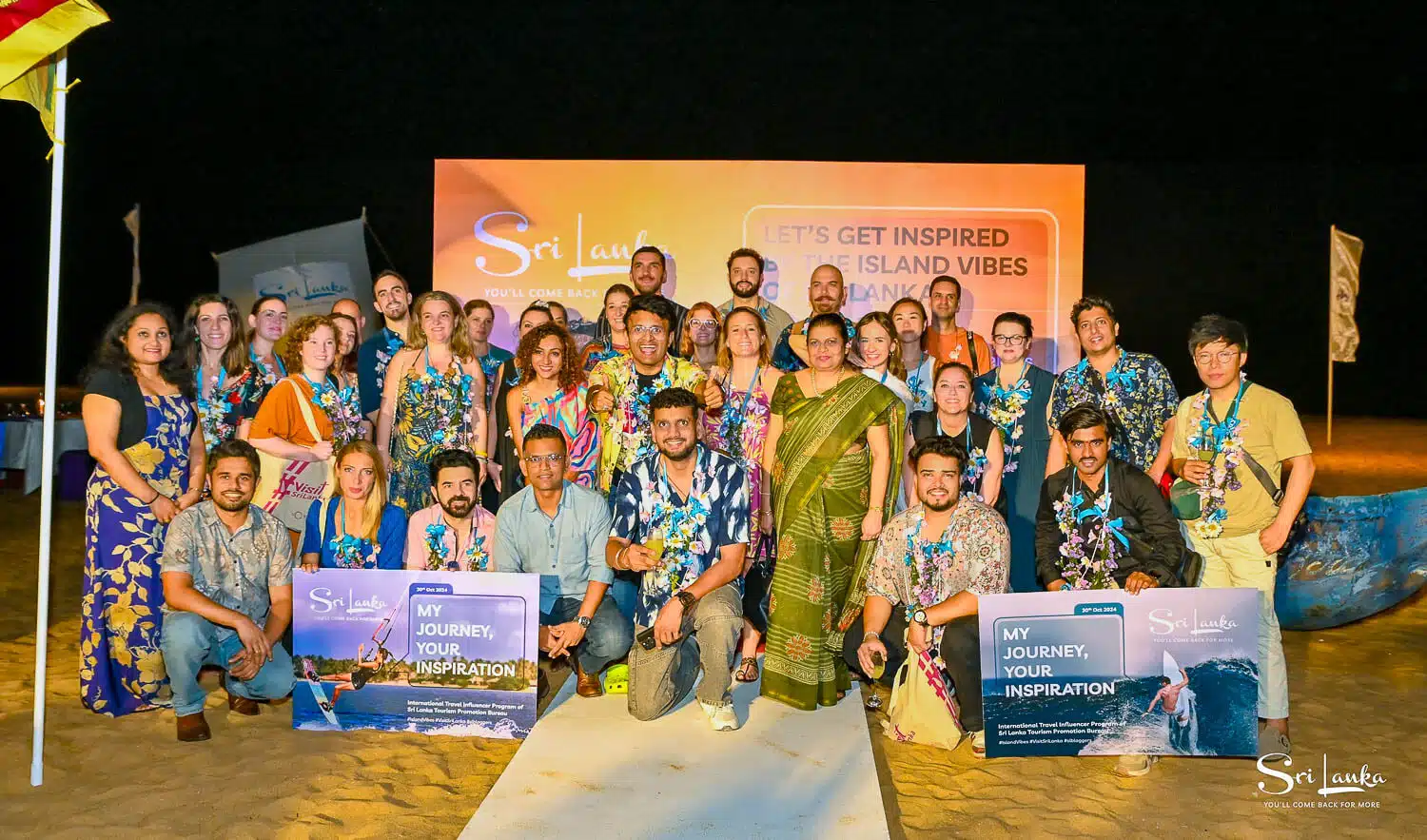
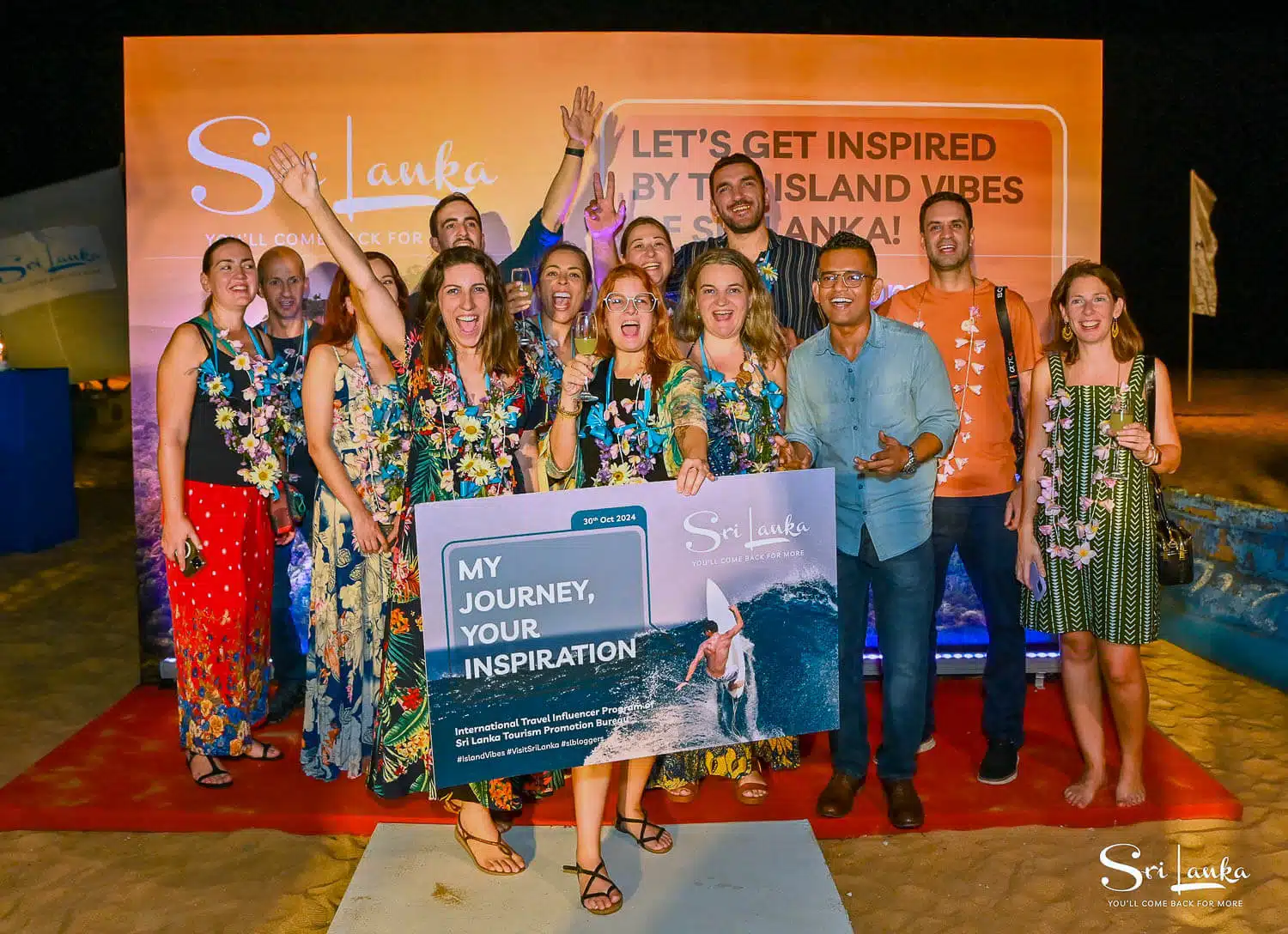
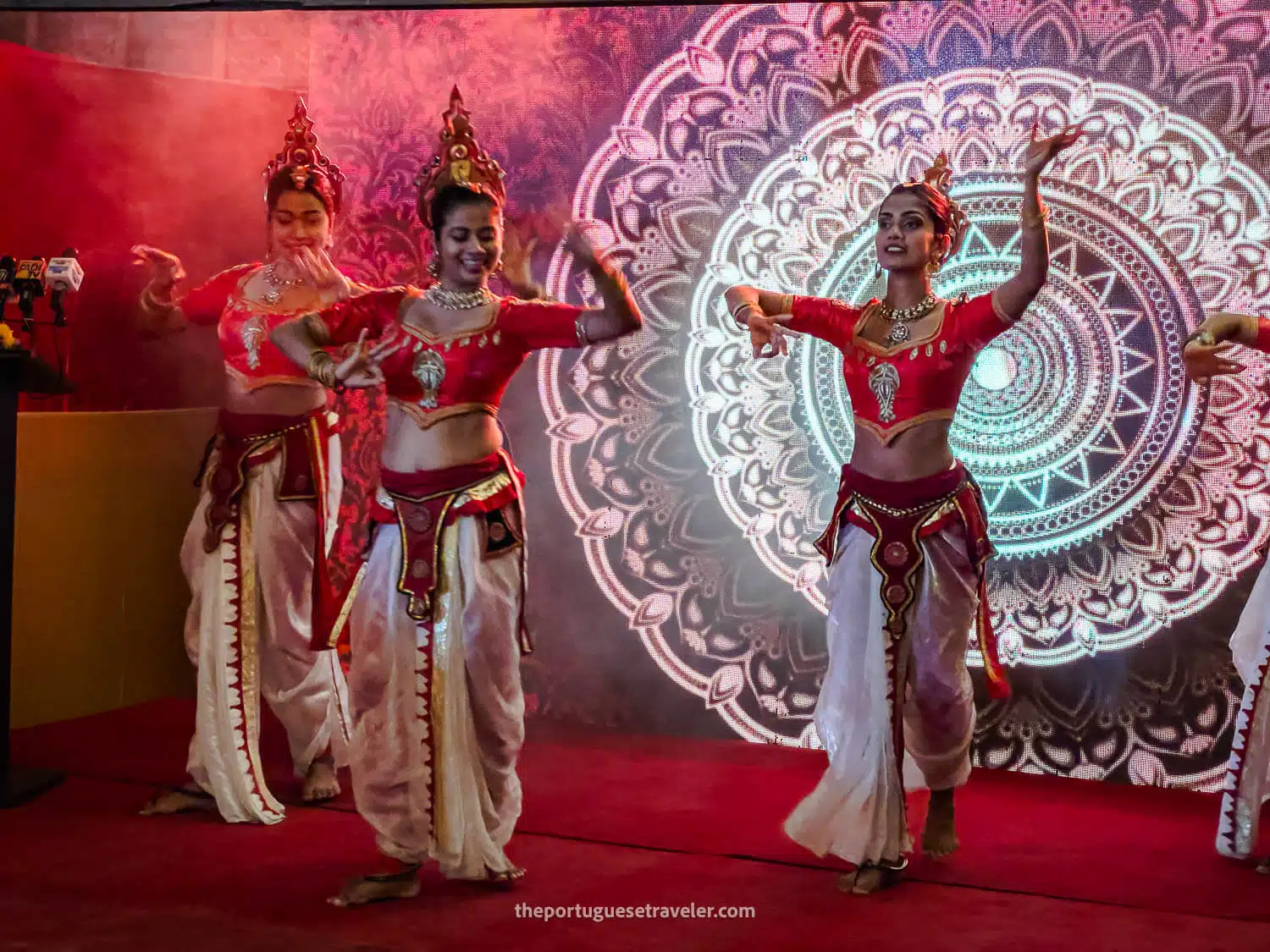
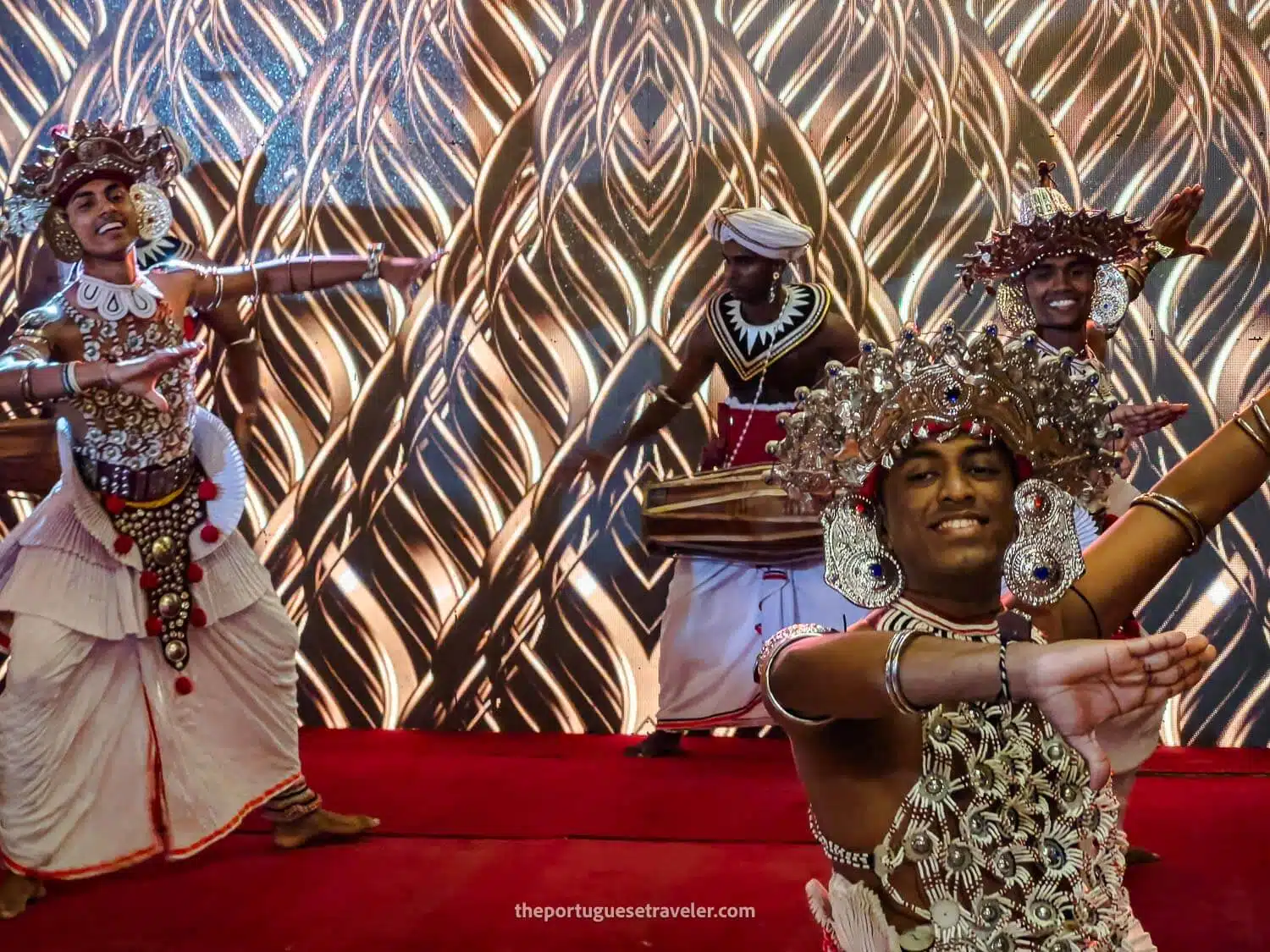
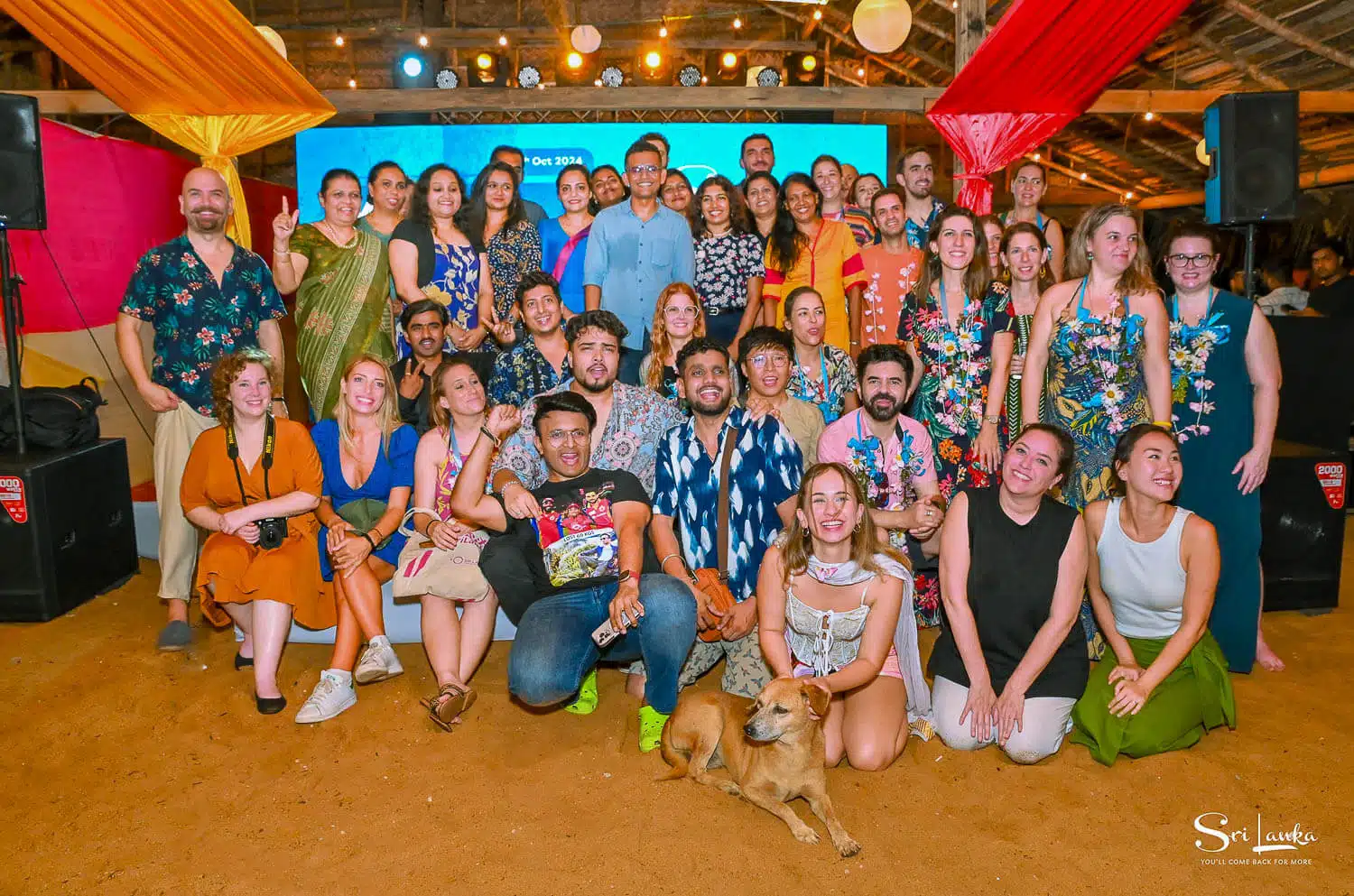
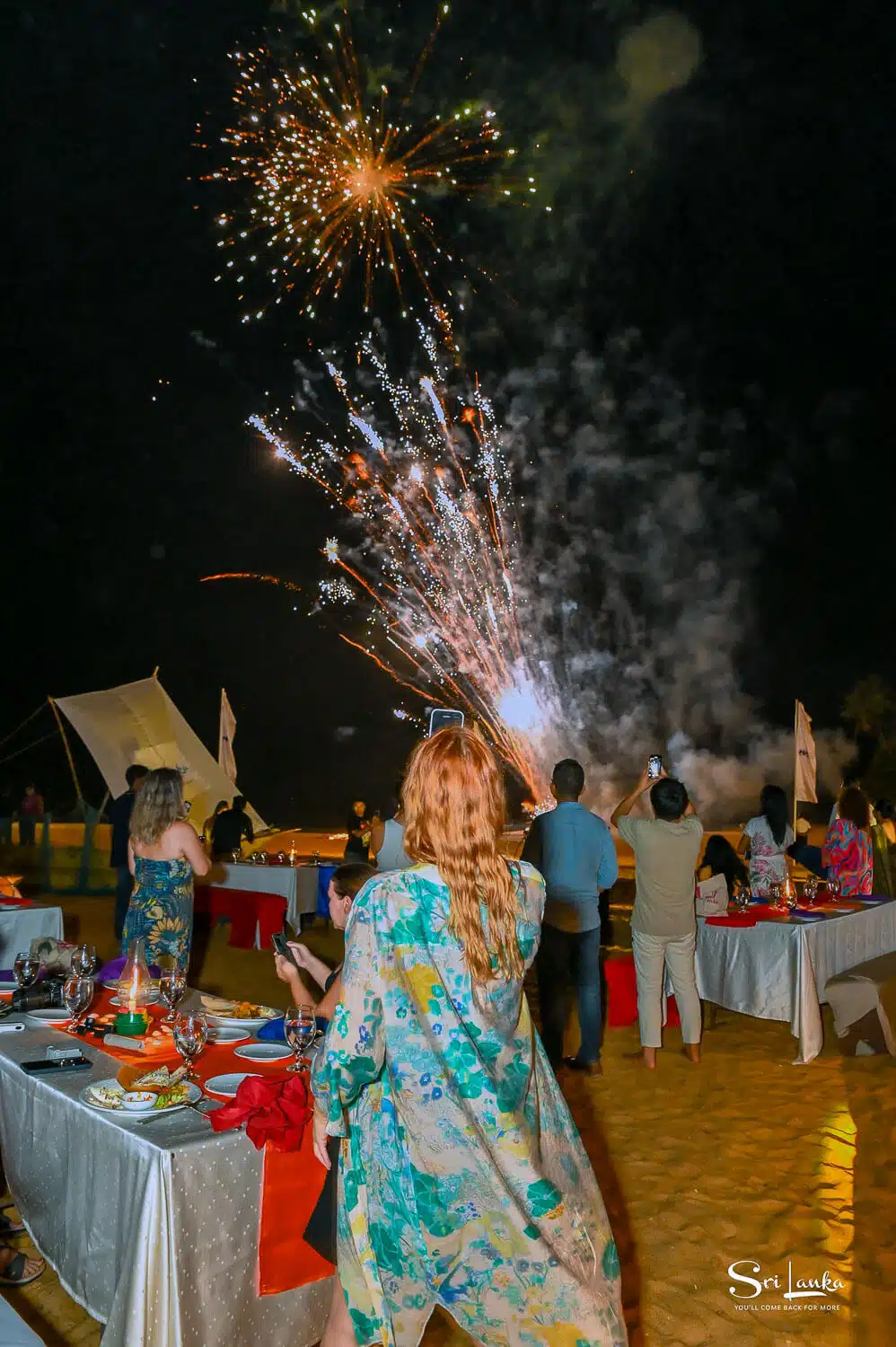
Photo Gallery
City Views and First Impressions
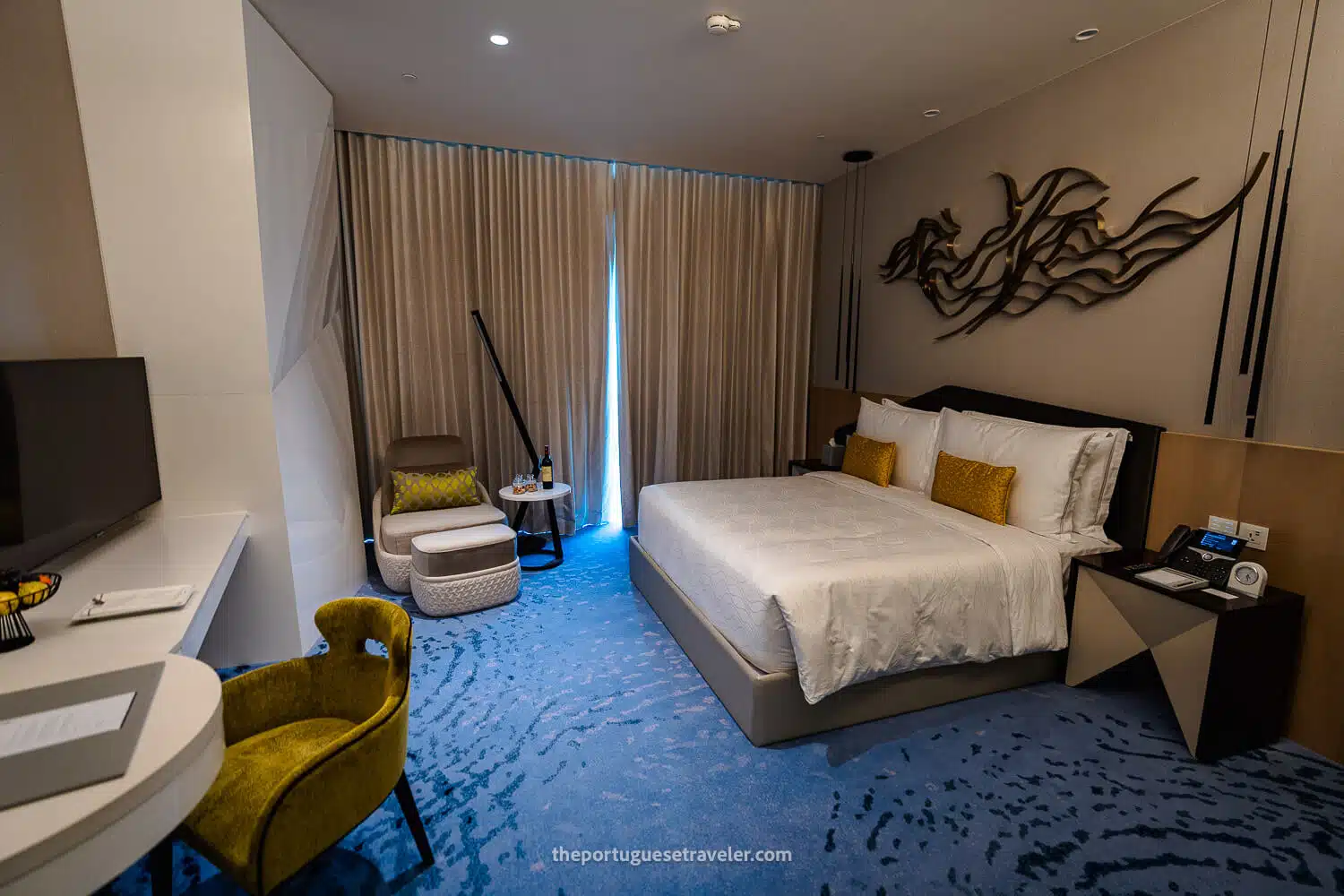
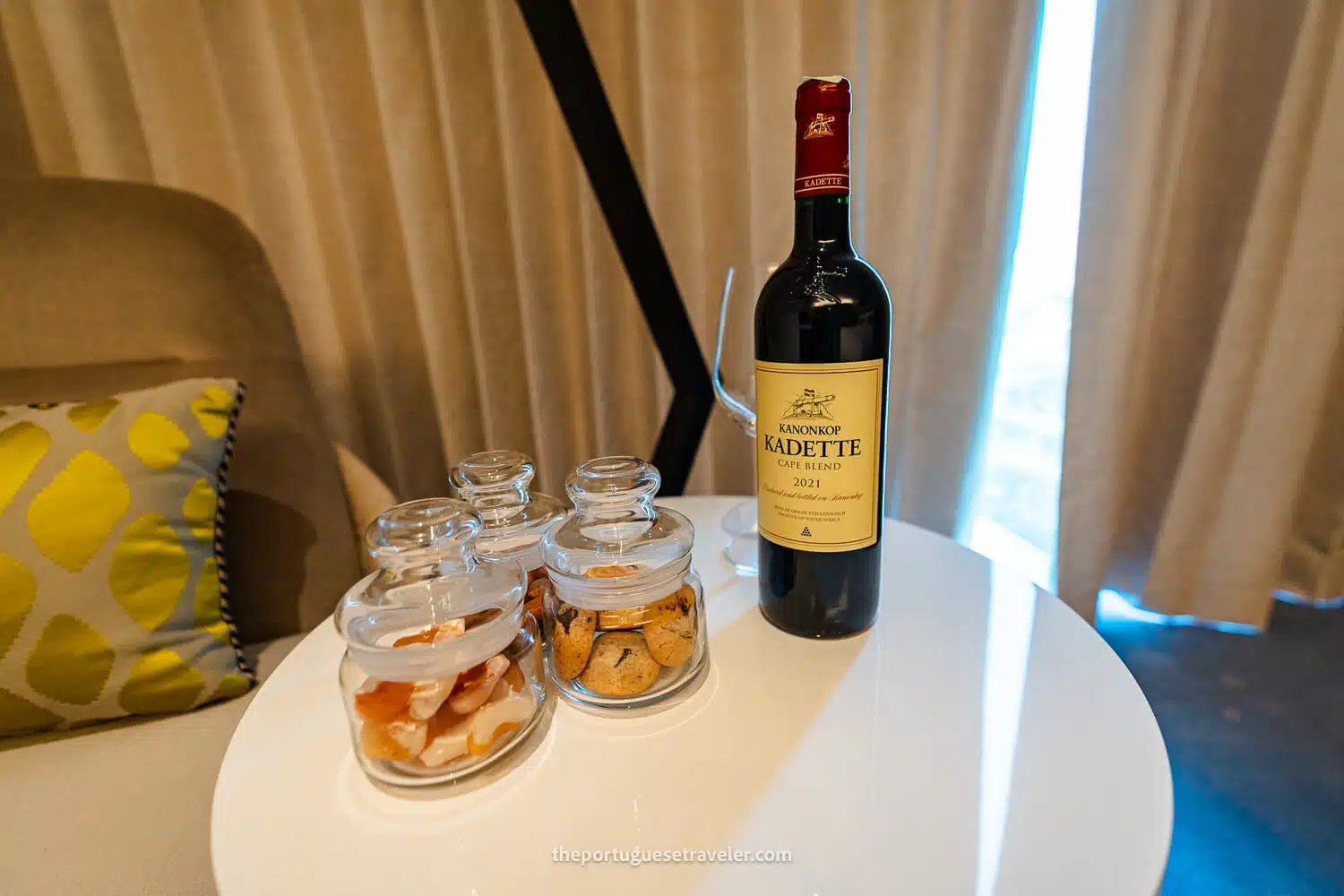
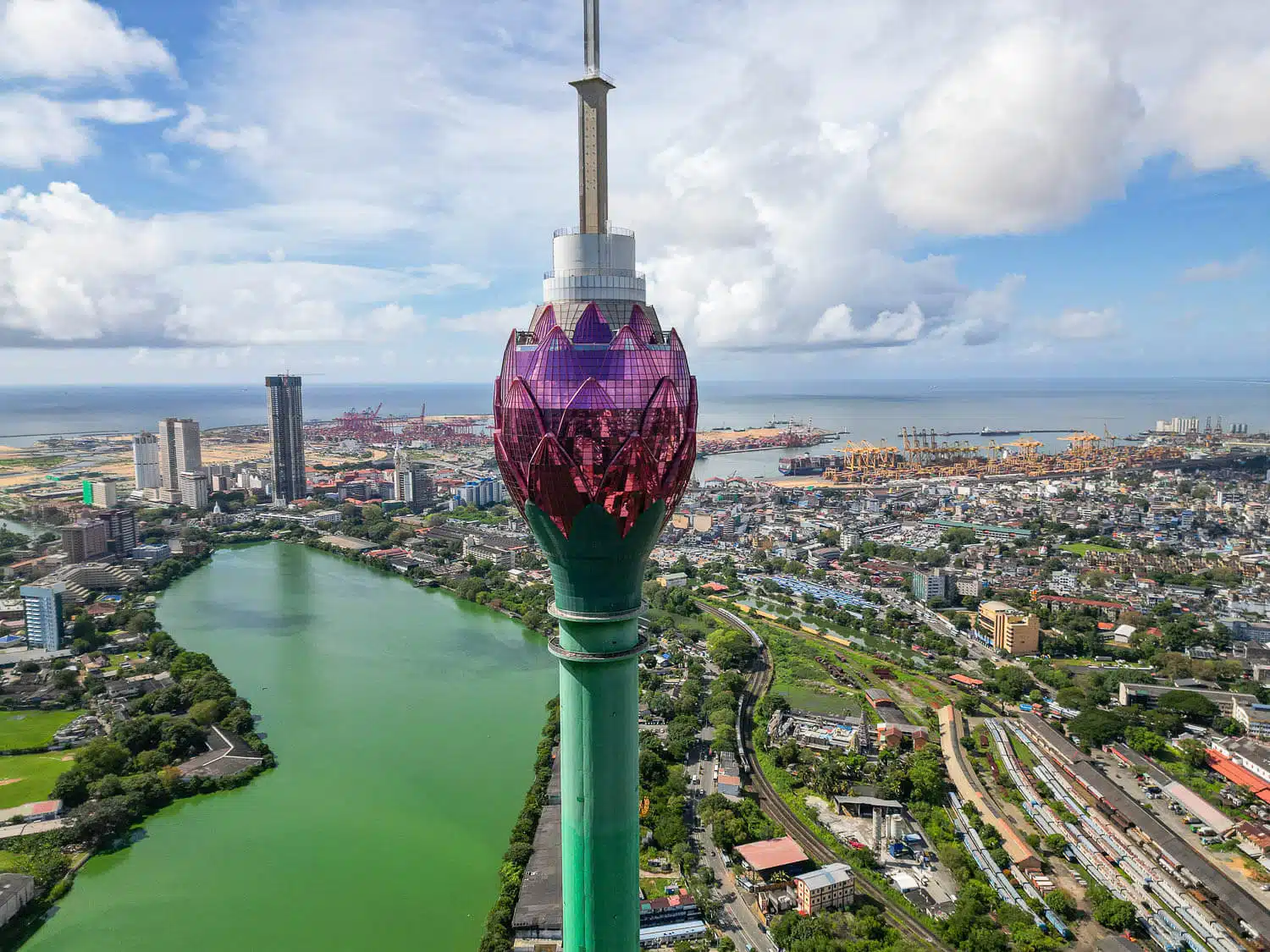
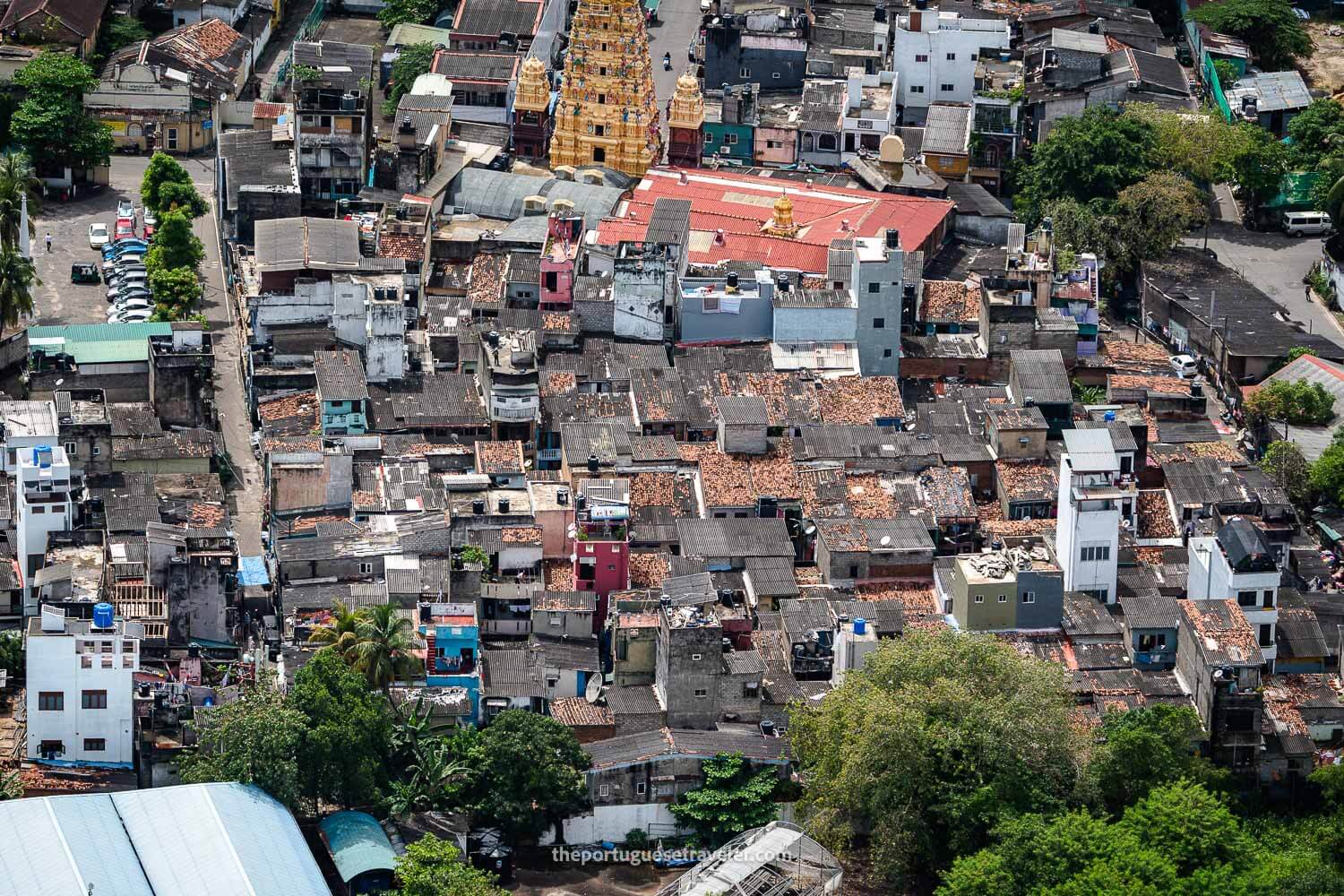
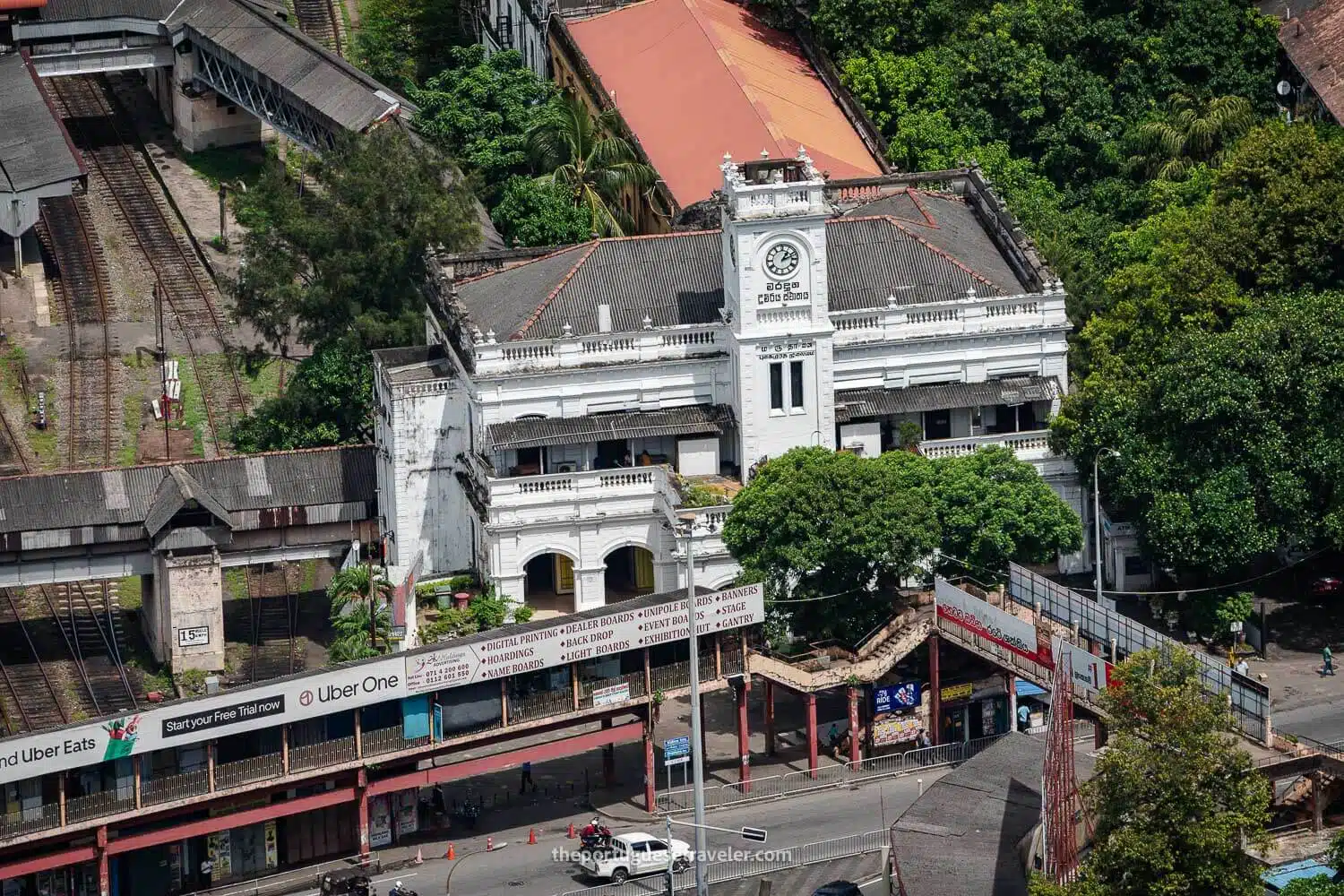
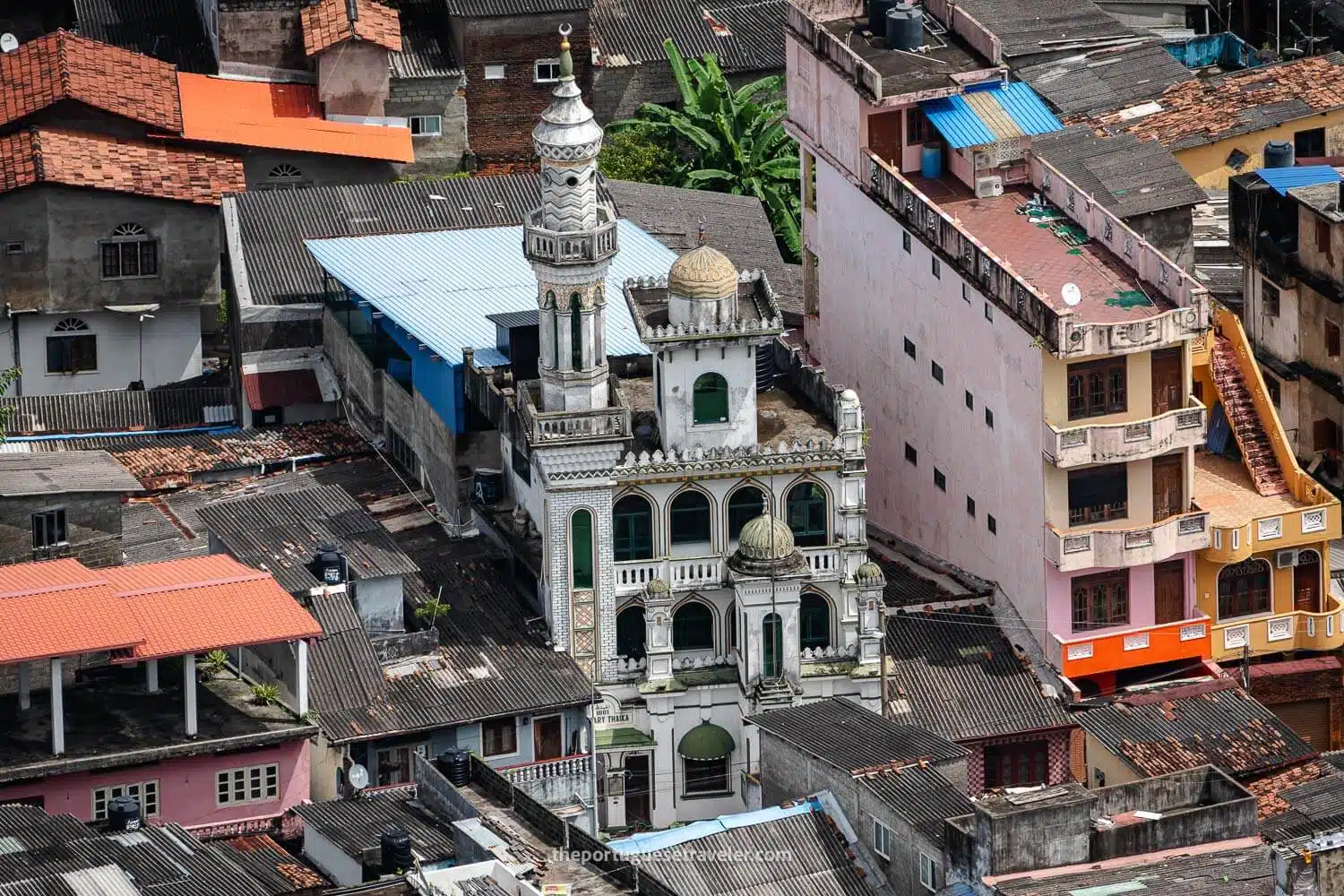
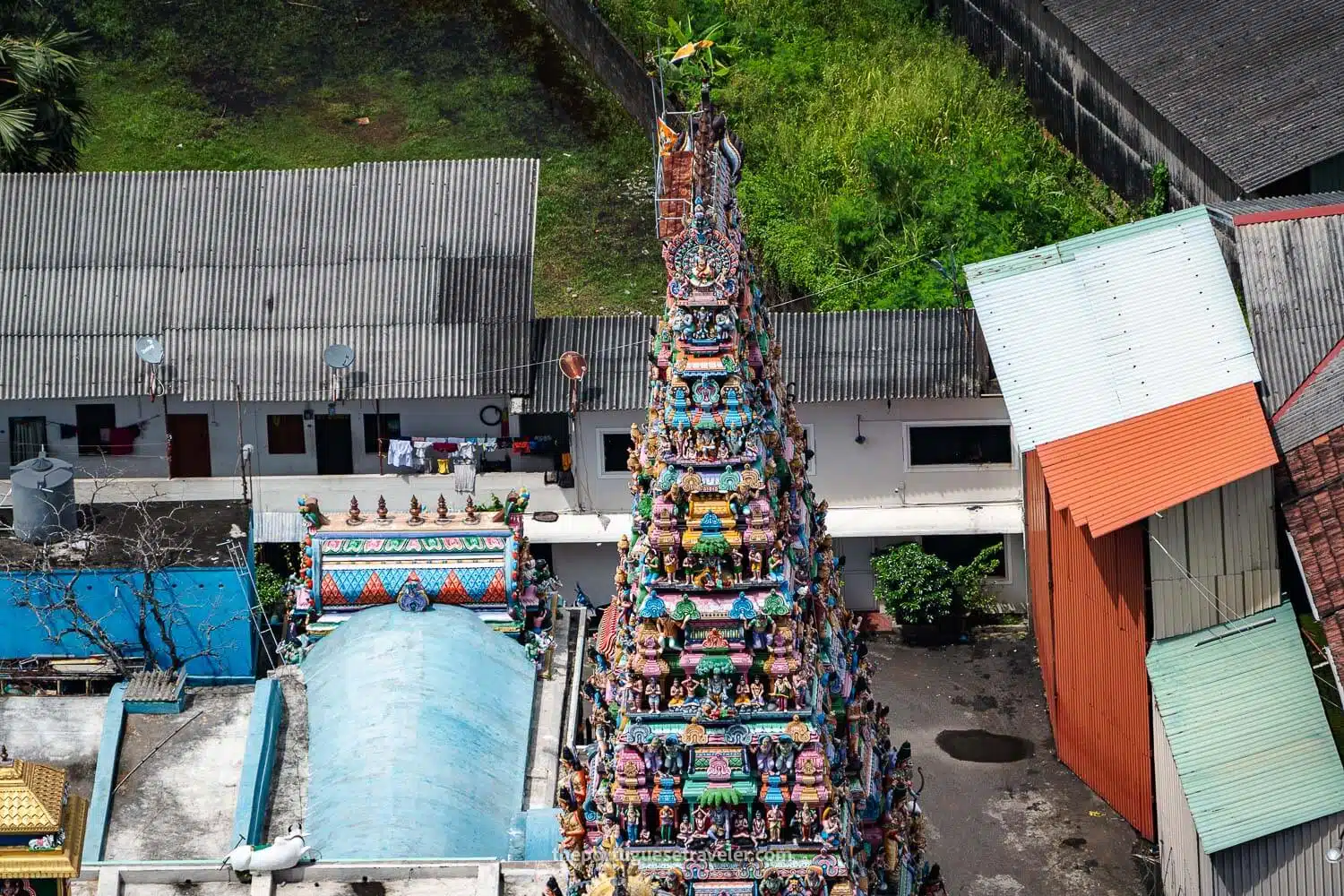
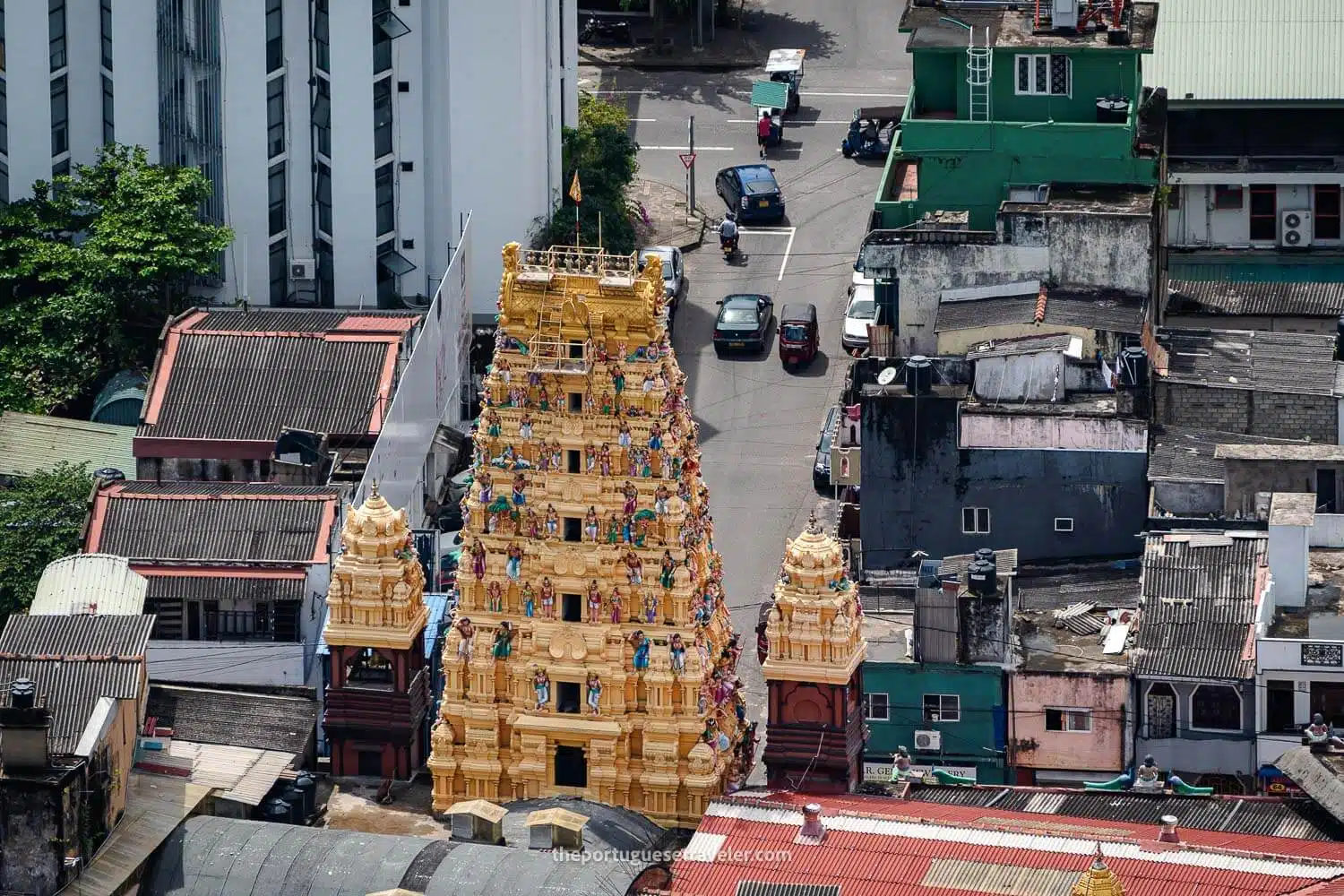
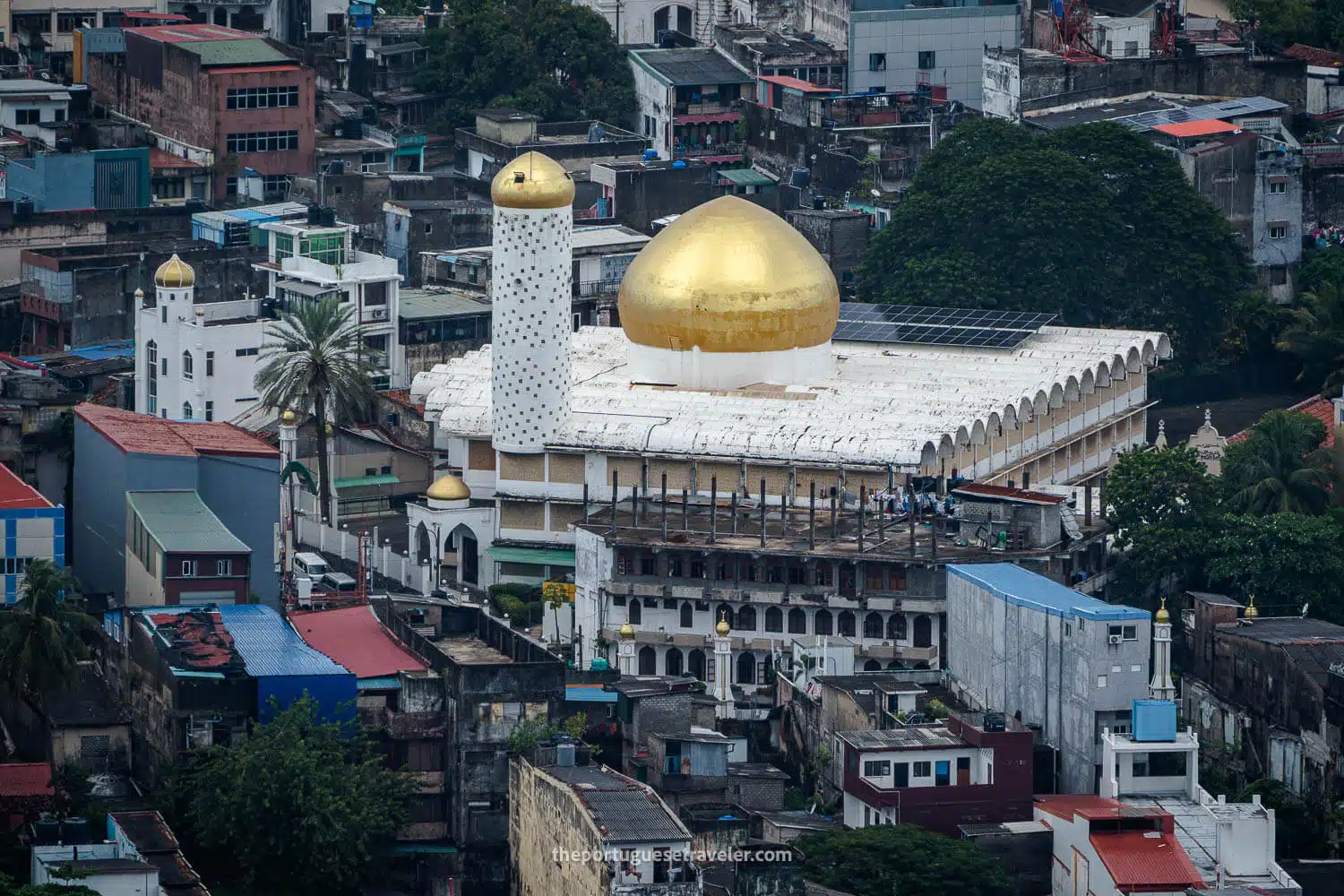
Exploring Colombo: Markets and Street Photography
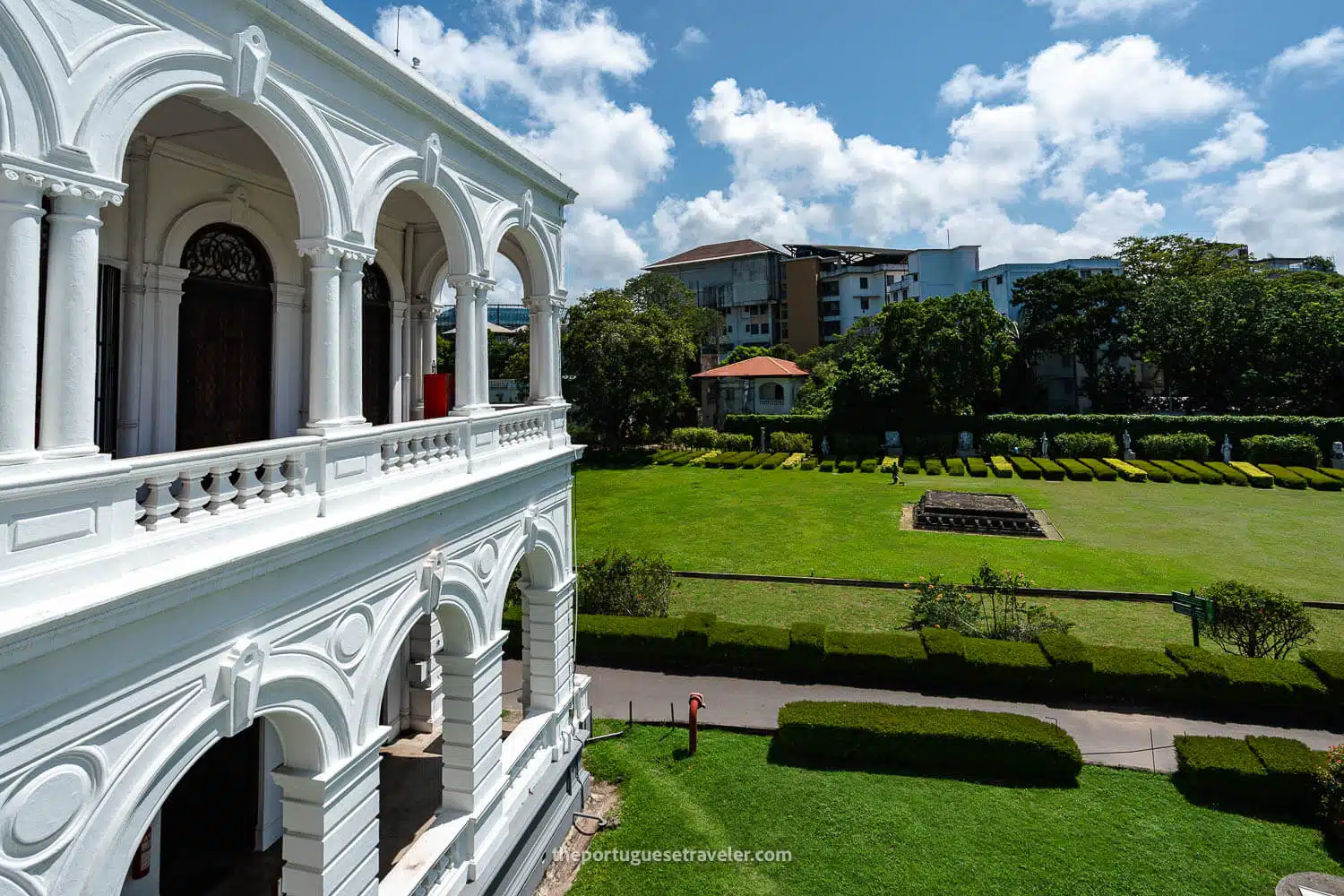
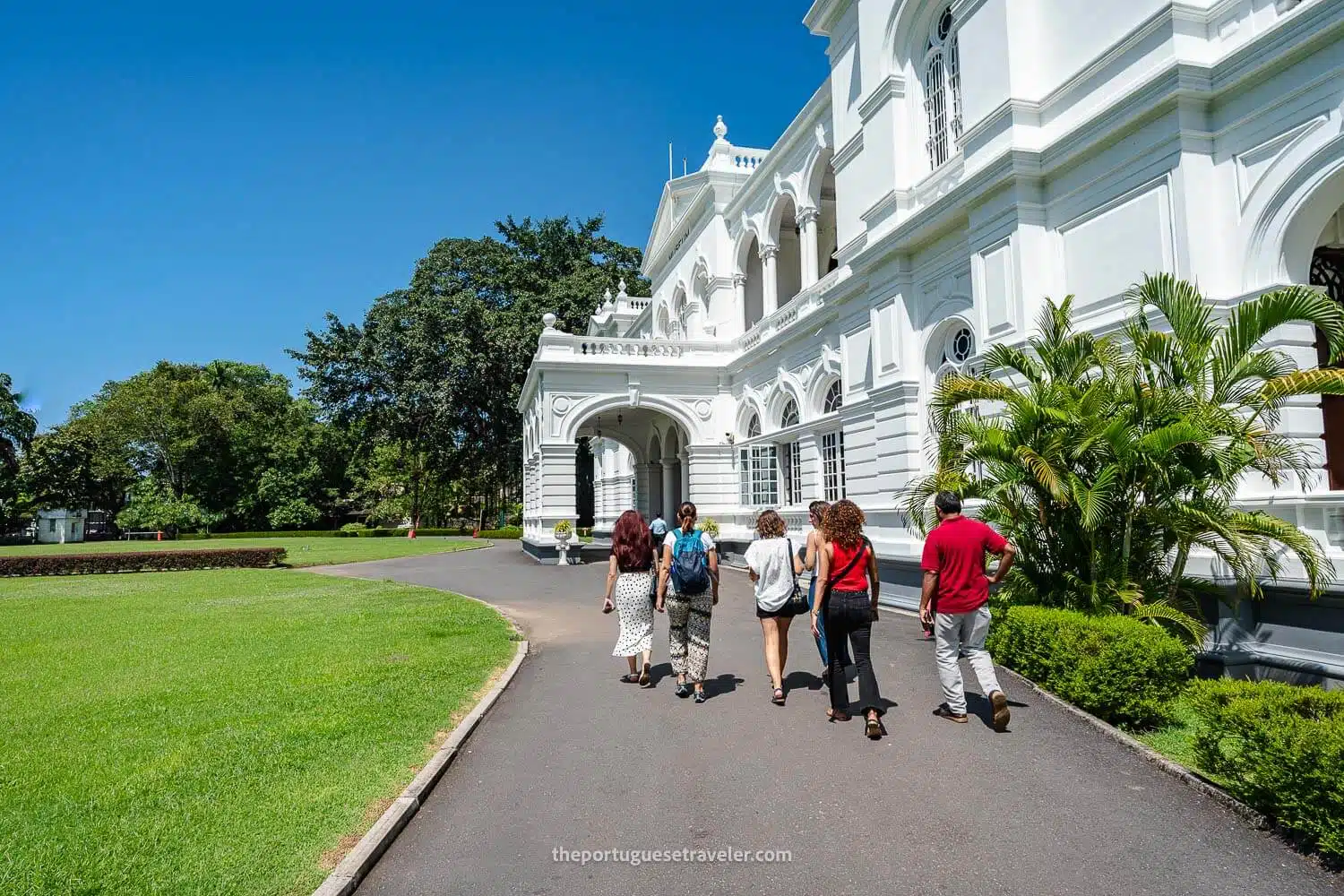
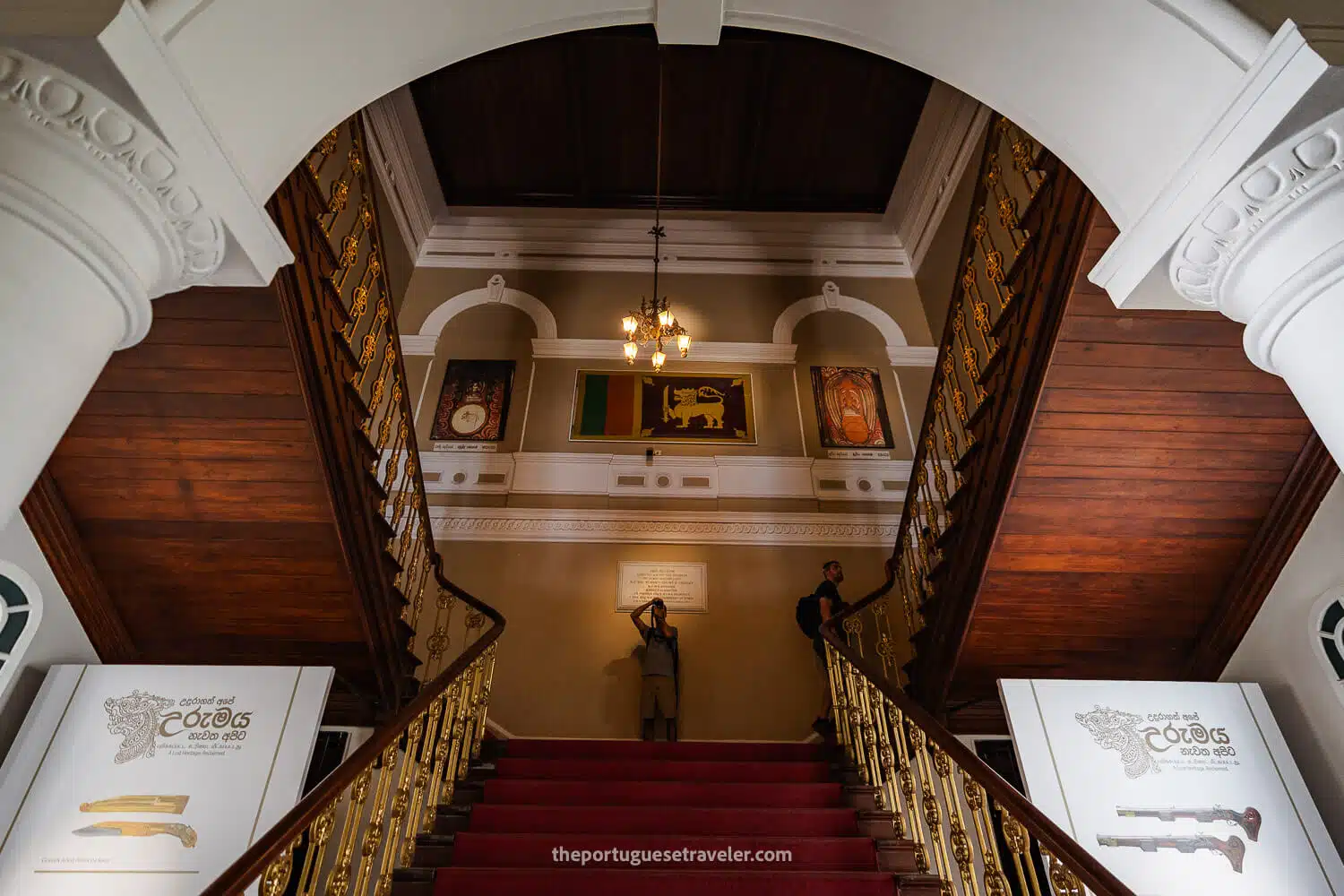
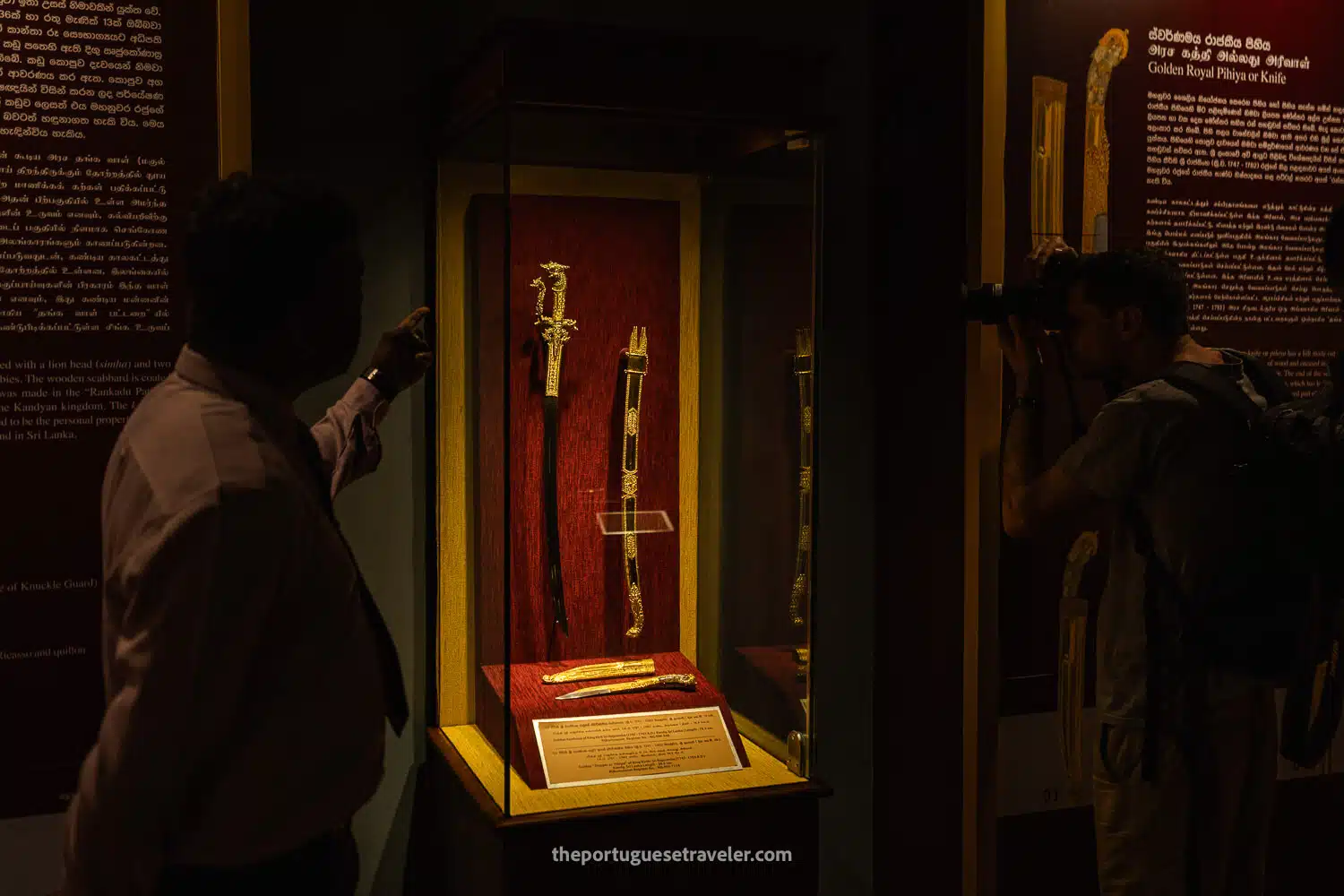
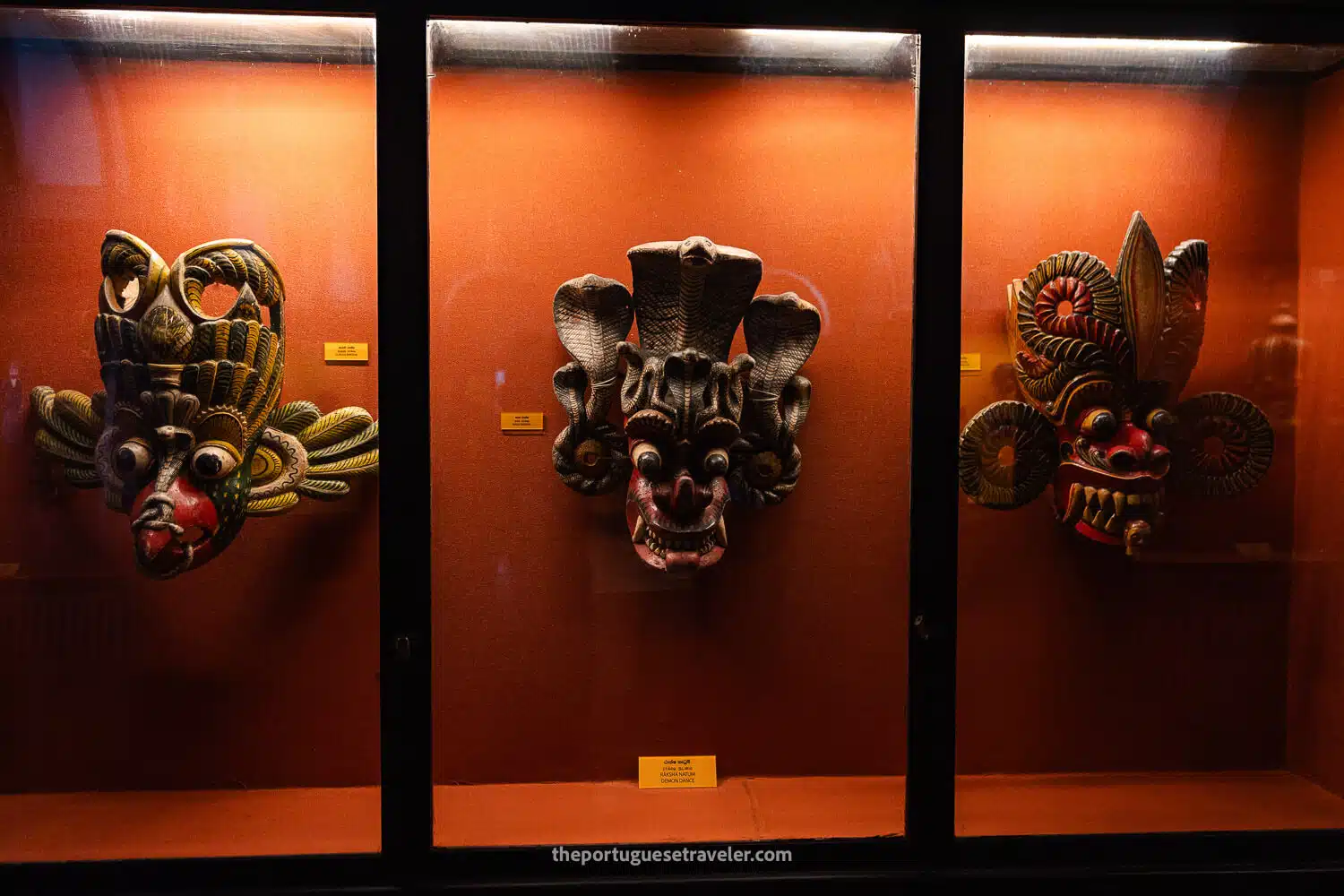
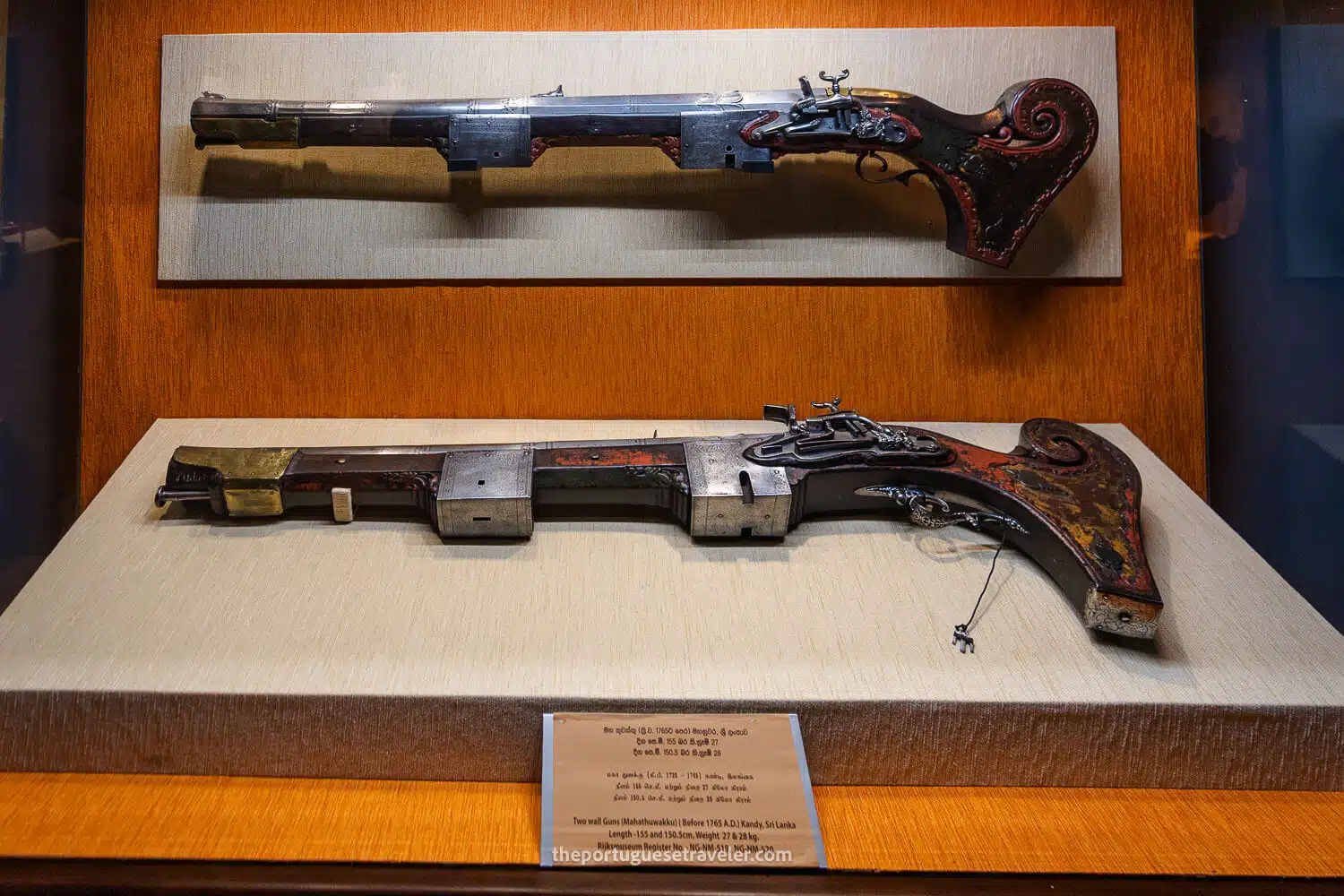
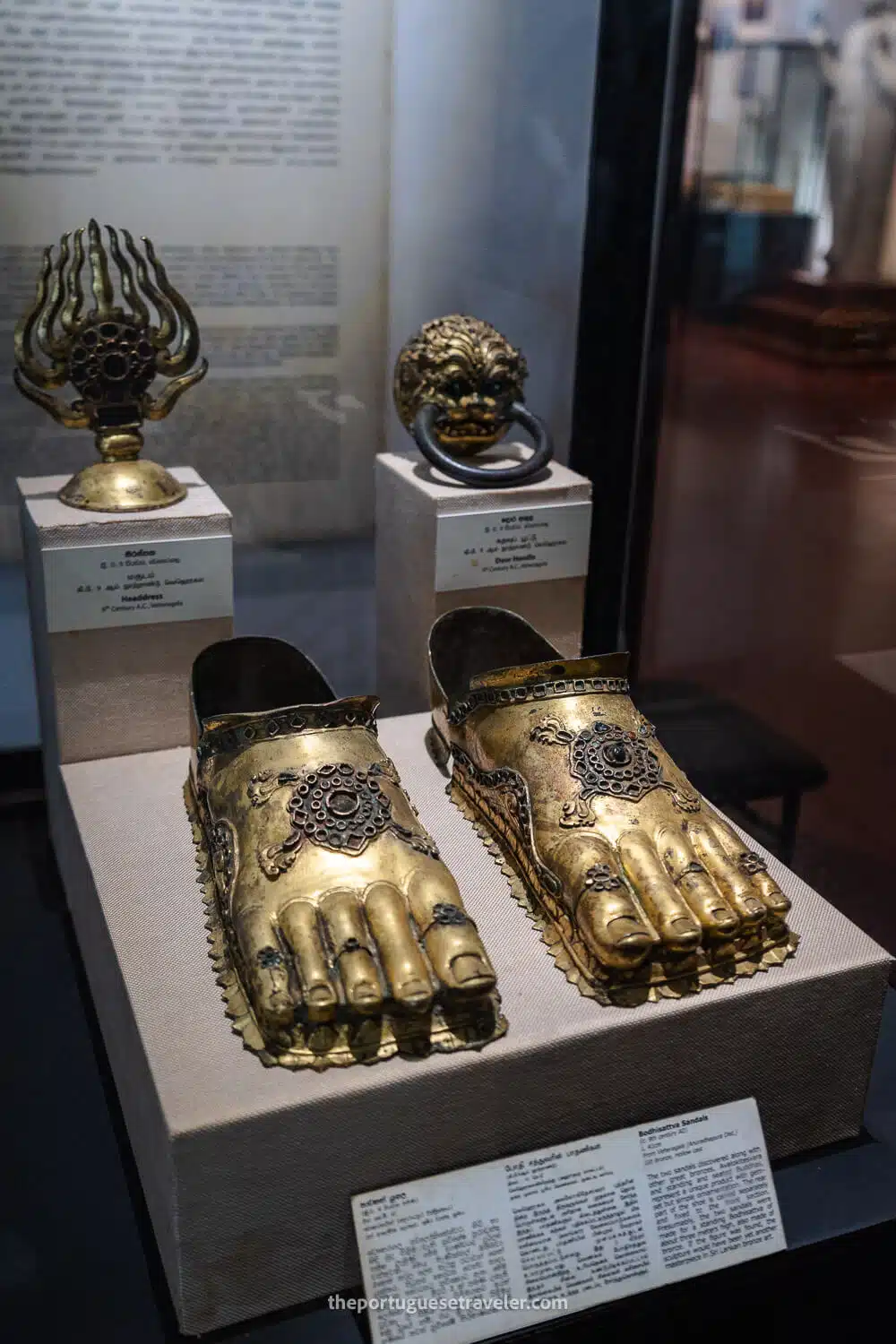
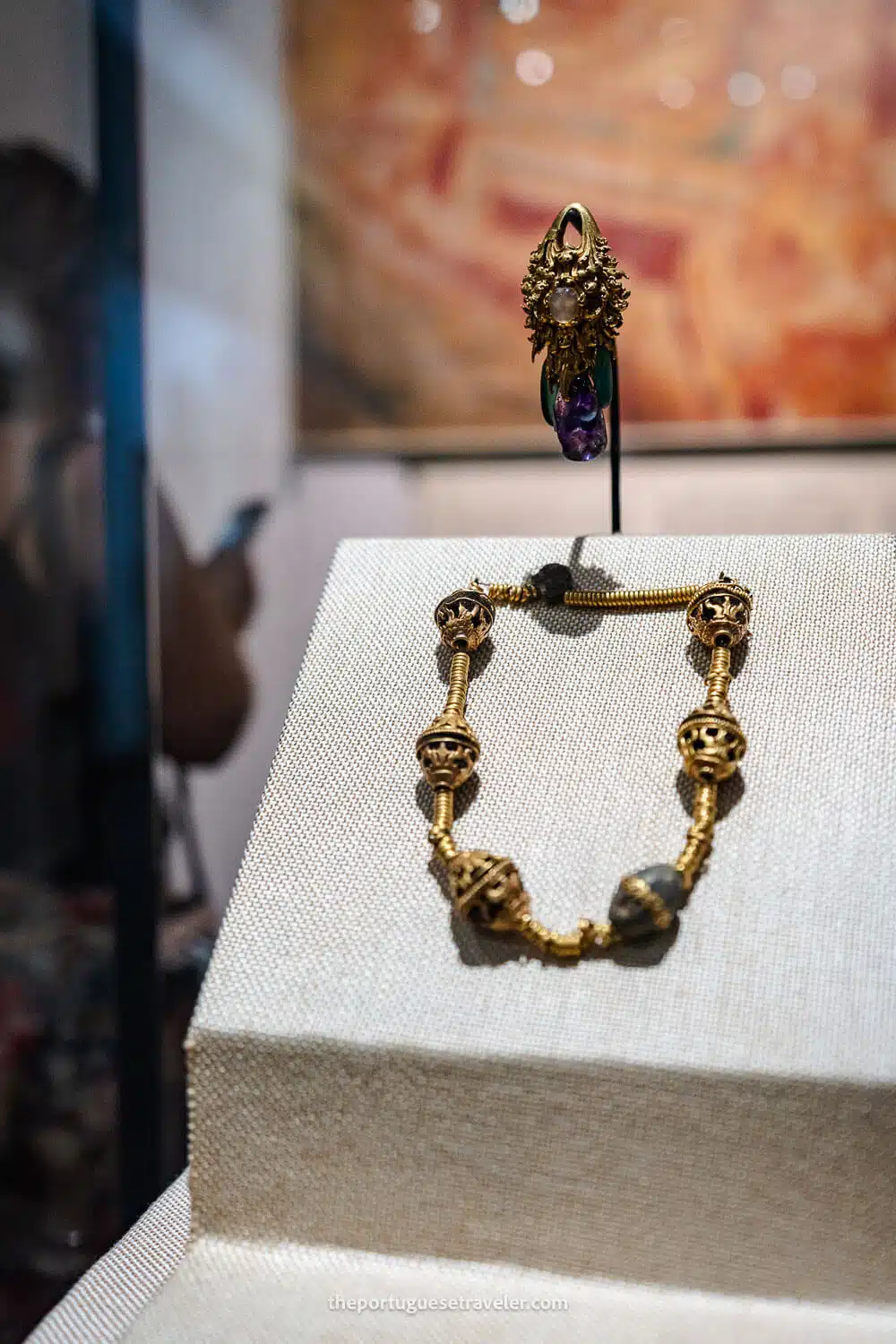
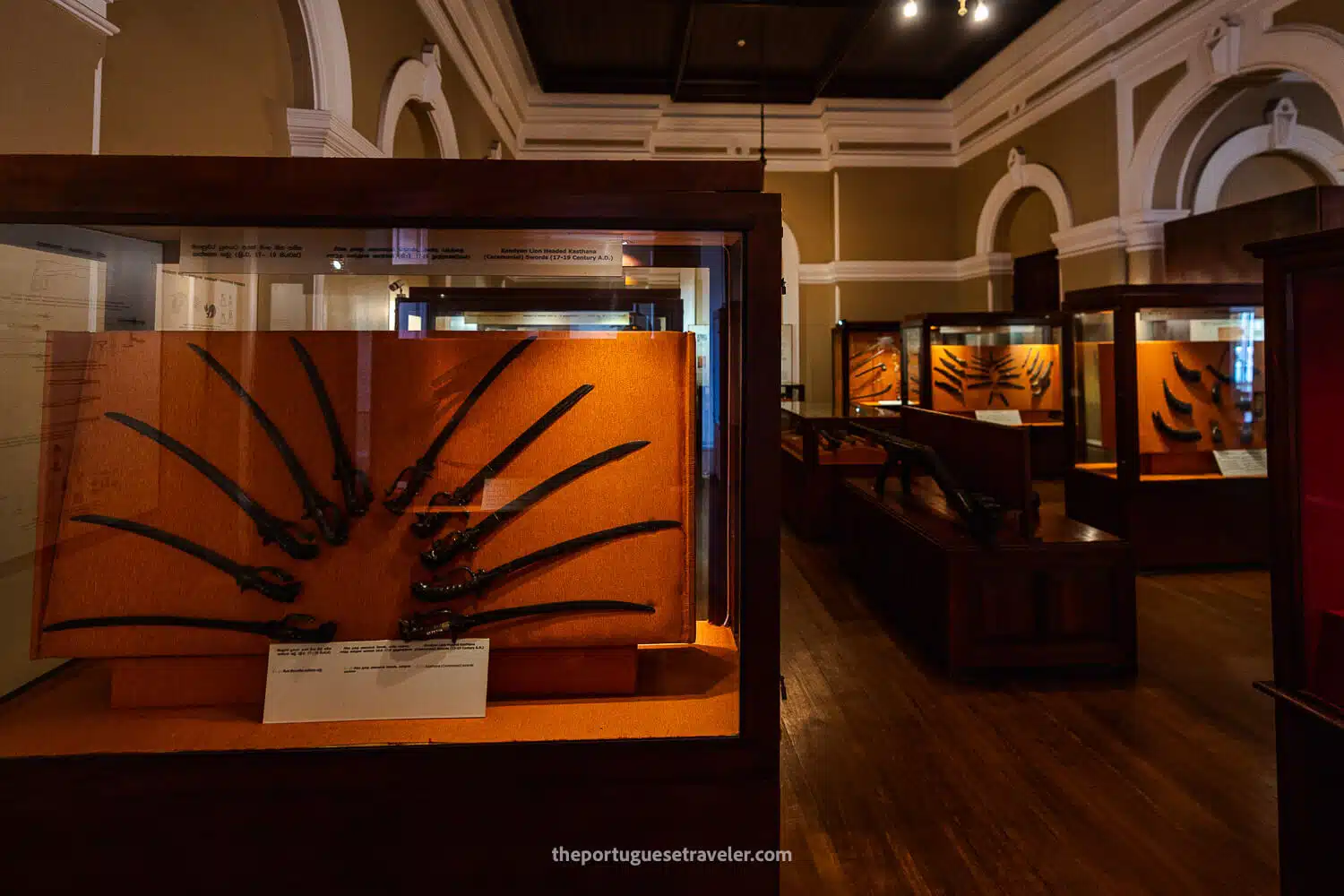
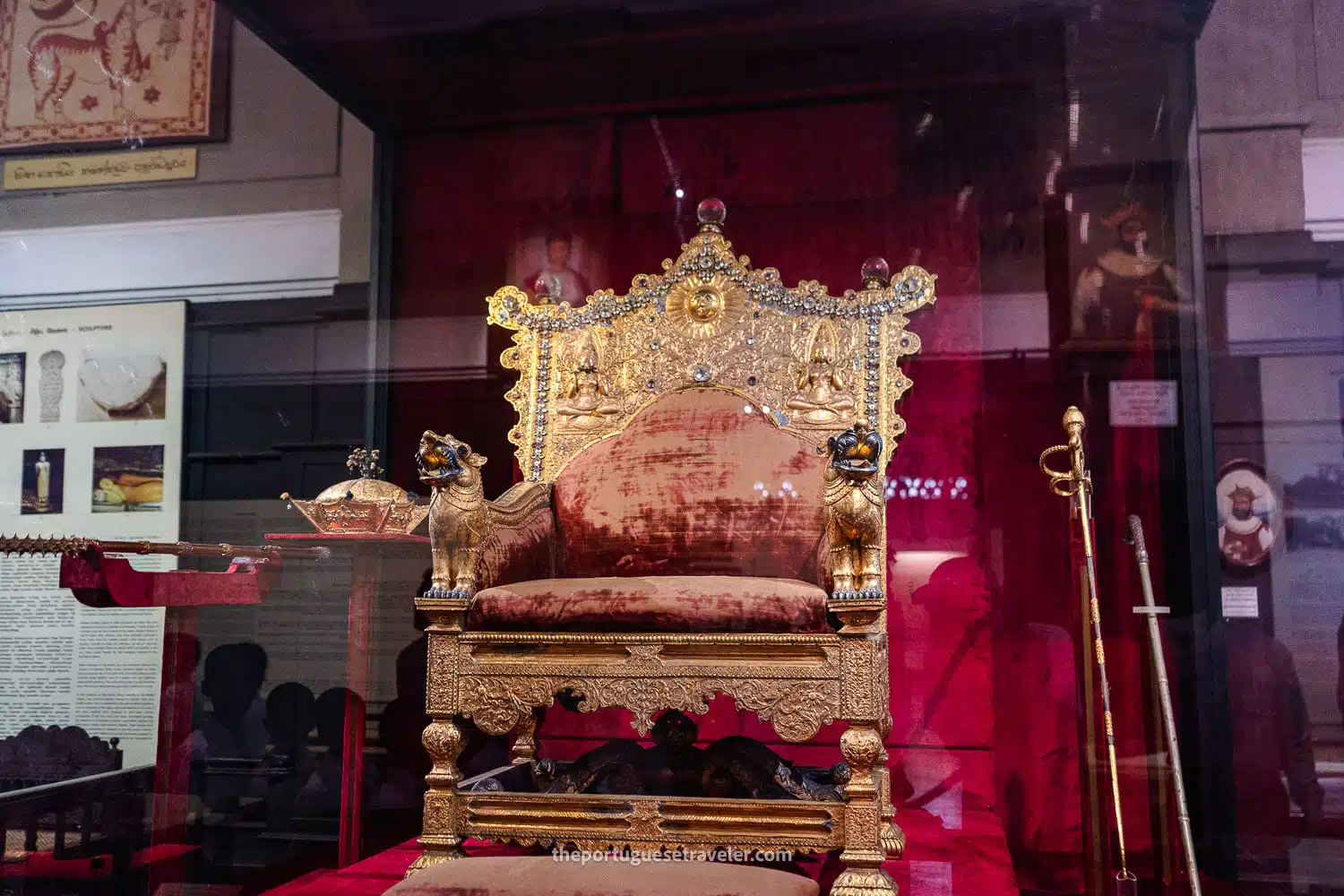
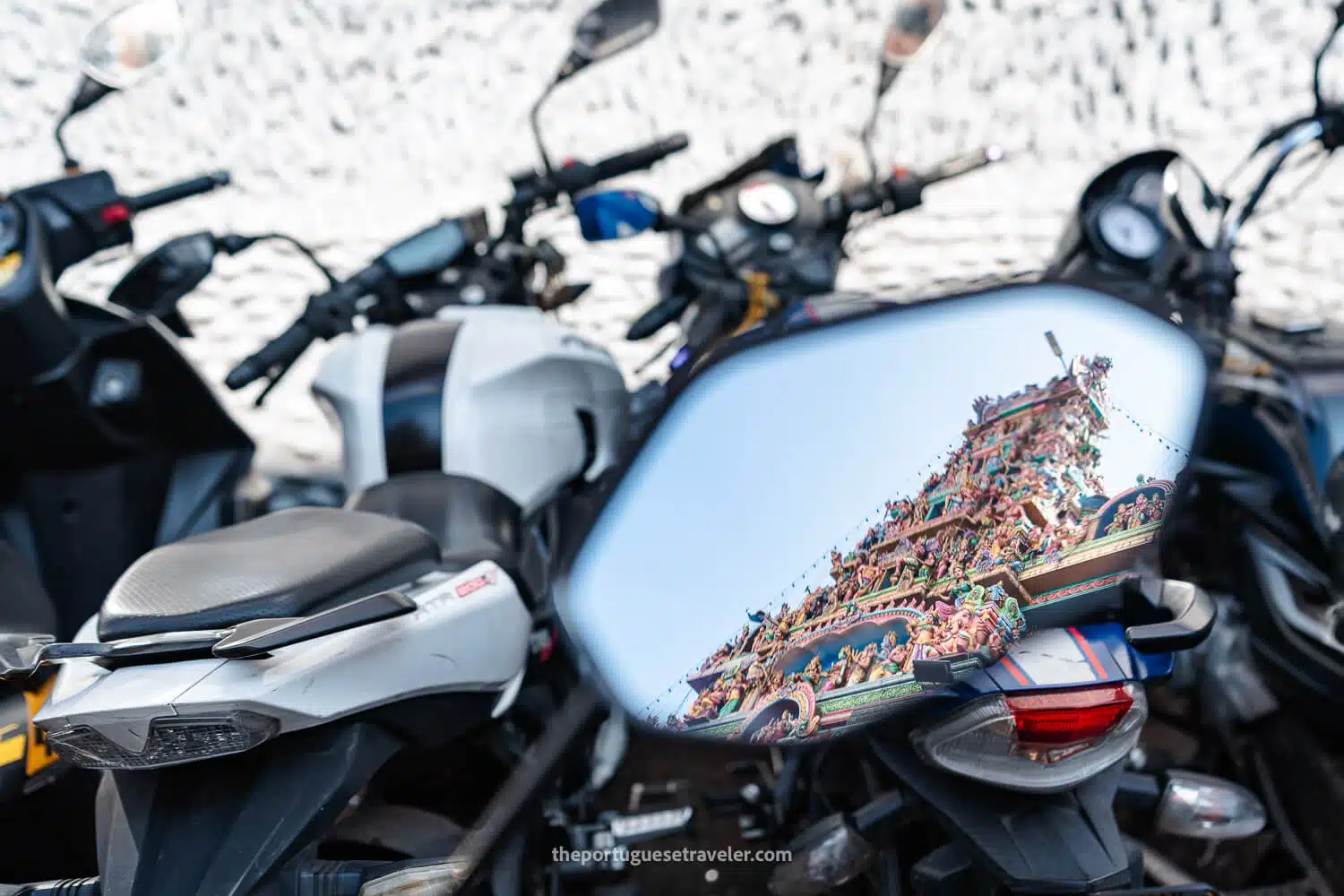
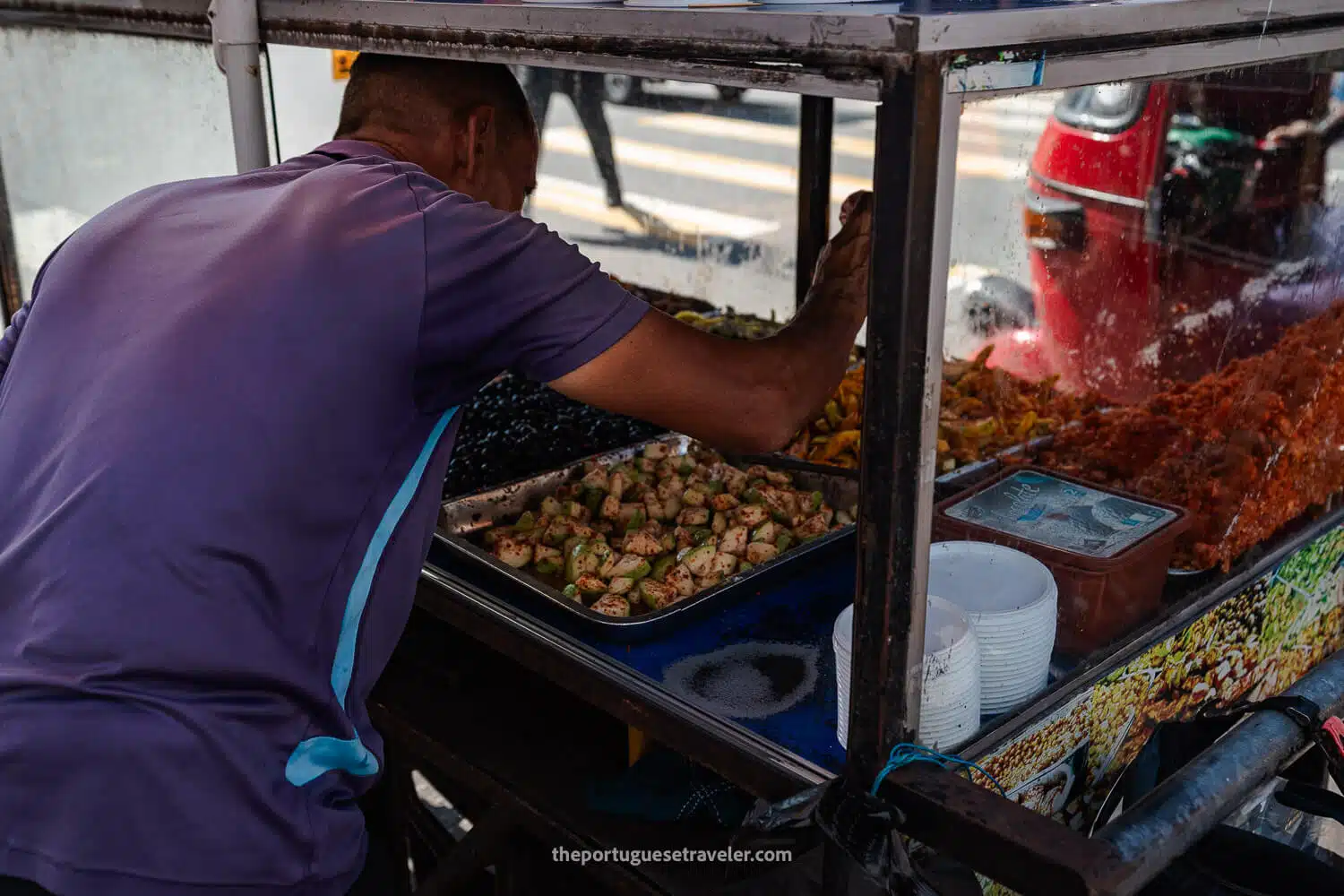
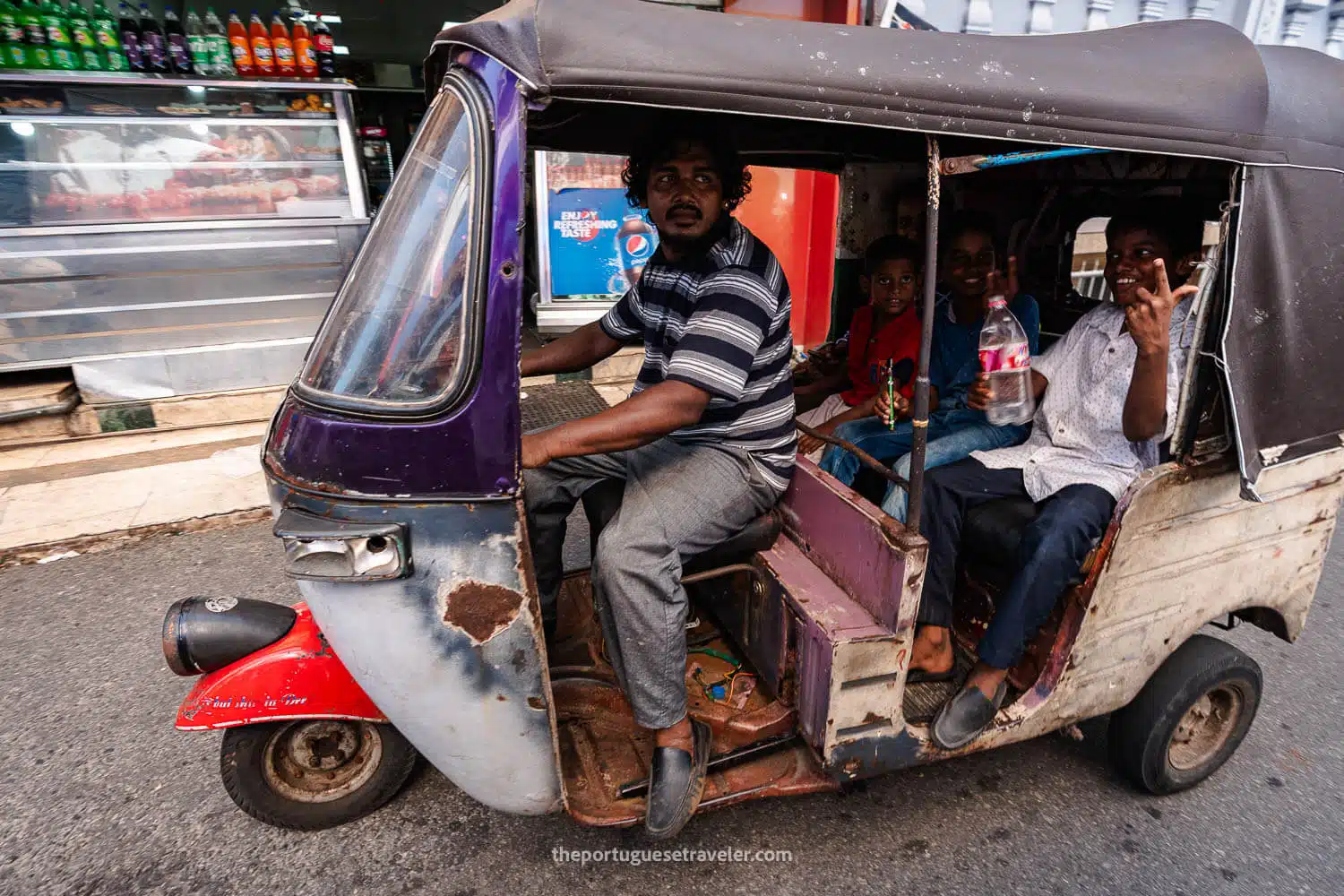
VIP Welcome Party: A Night to Remember
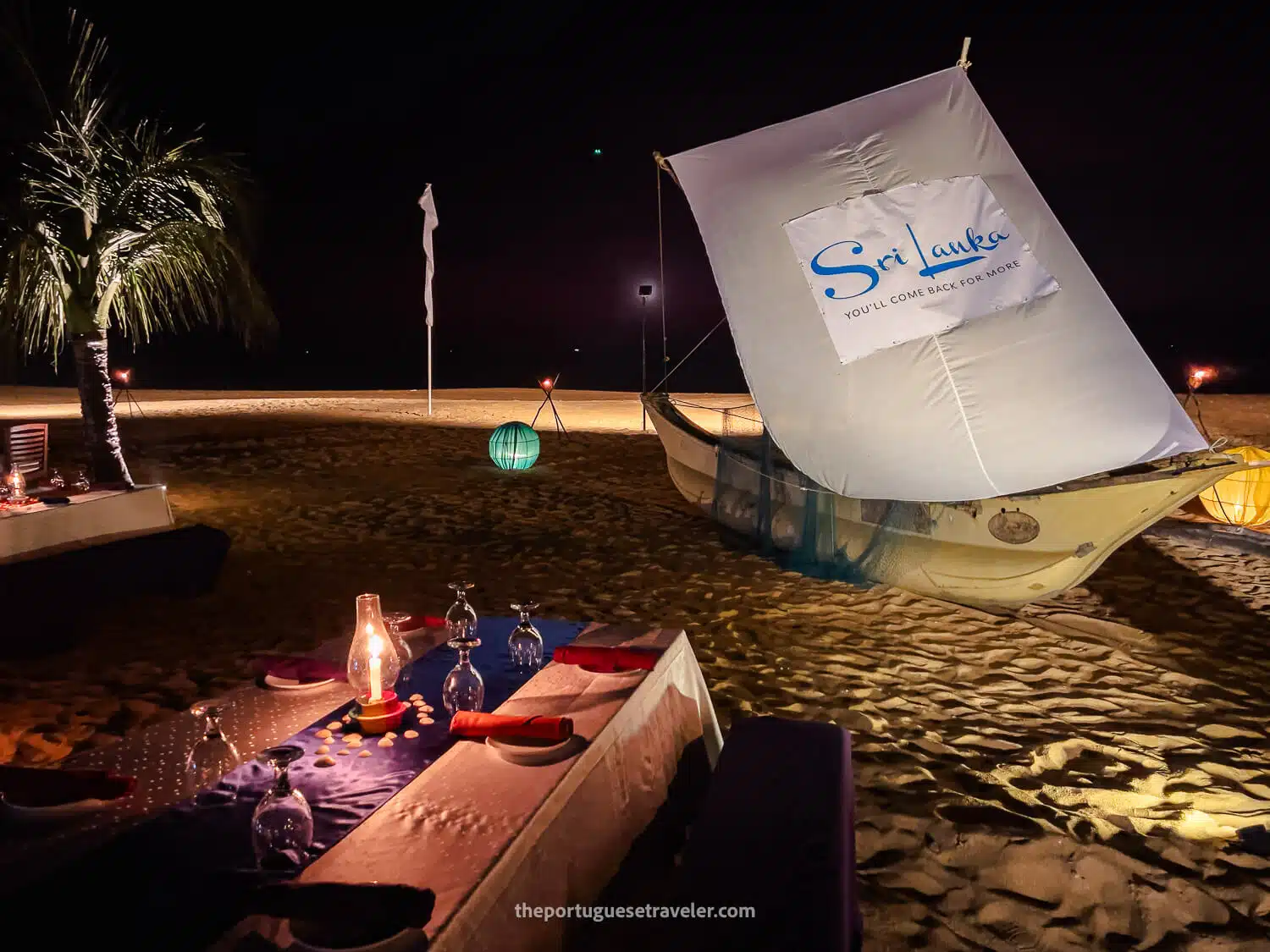
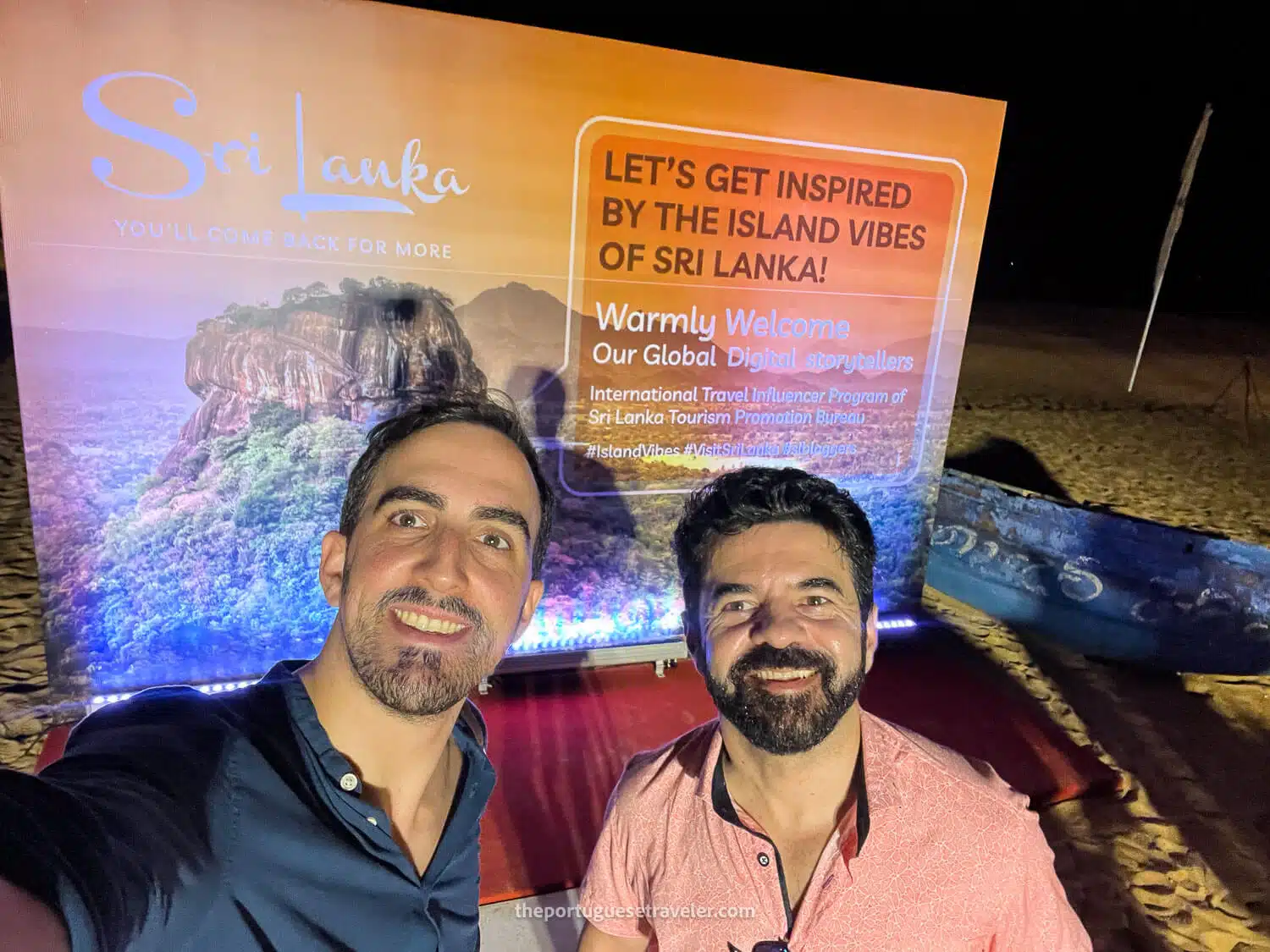
Plan your next adventure with us!
Here are the links we use and recommend to plan your trip easily and safely. You won’t pay more, and you’ll help keep the blog running!
Adventures in Sri Lanka - The Ancient Ceylon
Explore The Galapagos Islands
Hiking in Switzerland & Italy
The Hidden Worlds of Ecuador
ABOUT ME
I’m João Petersen, an explorer at heart, travel leader, and the creator of The Portuguese Traveler. Adventure tourism has always been my passion, and my goal is to turn my blog into a go-to resource for outdoor enthusiasts. Over the past few years, I’ve dedicated myself to exploring remote destinations, breathtaking landscapes, and fascinating cultures, sharing my experiences through a mix of storytelling and photography.
SUBSCRIBE
Don’t Miss Out! Be the first to know when I share new adventures—sign up for The Portuguese Traveler newsletter!
MEMBER OF
RECENT POSTS
COMMUNITY
TRAVEL INSURANCE
Lost luggage, missed flights, or medical emergencies – can you afford the risk? For peace of mind, I always trust Heymondo Travel Insurance.
Get 5% off your insurance with my link!
